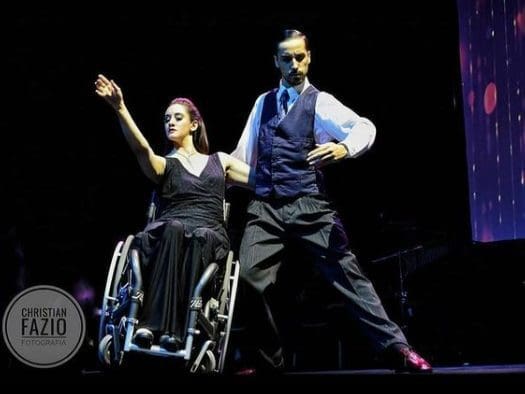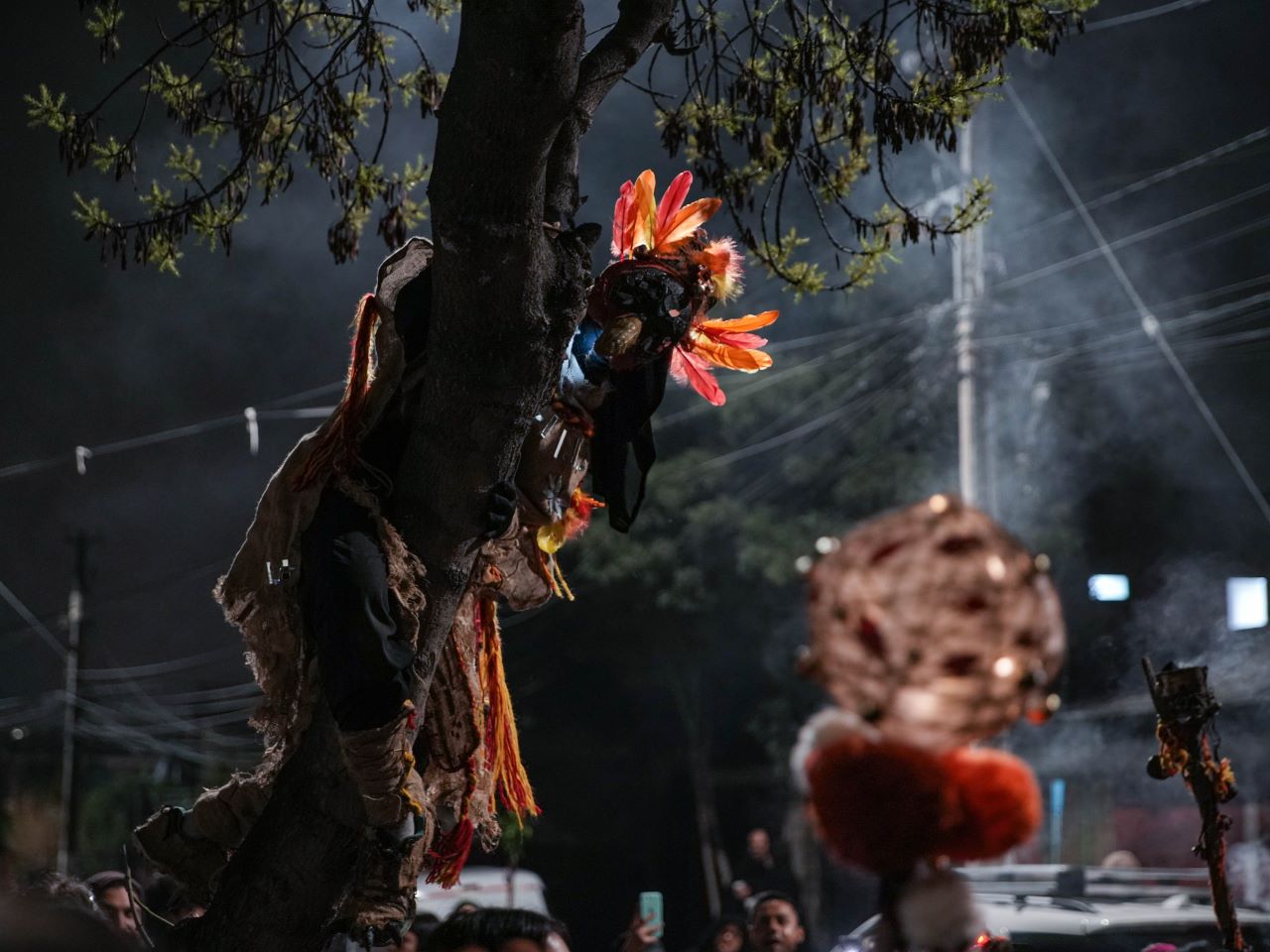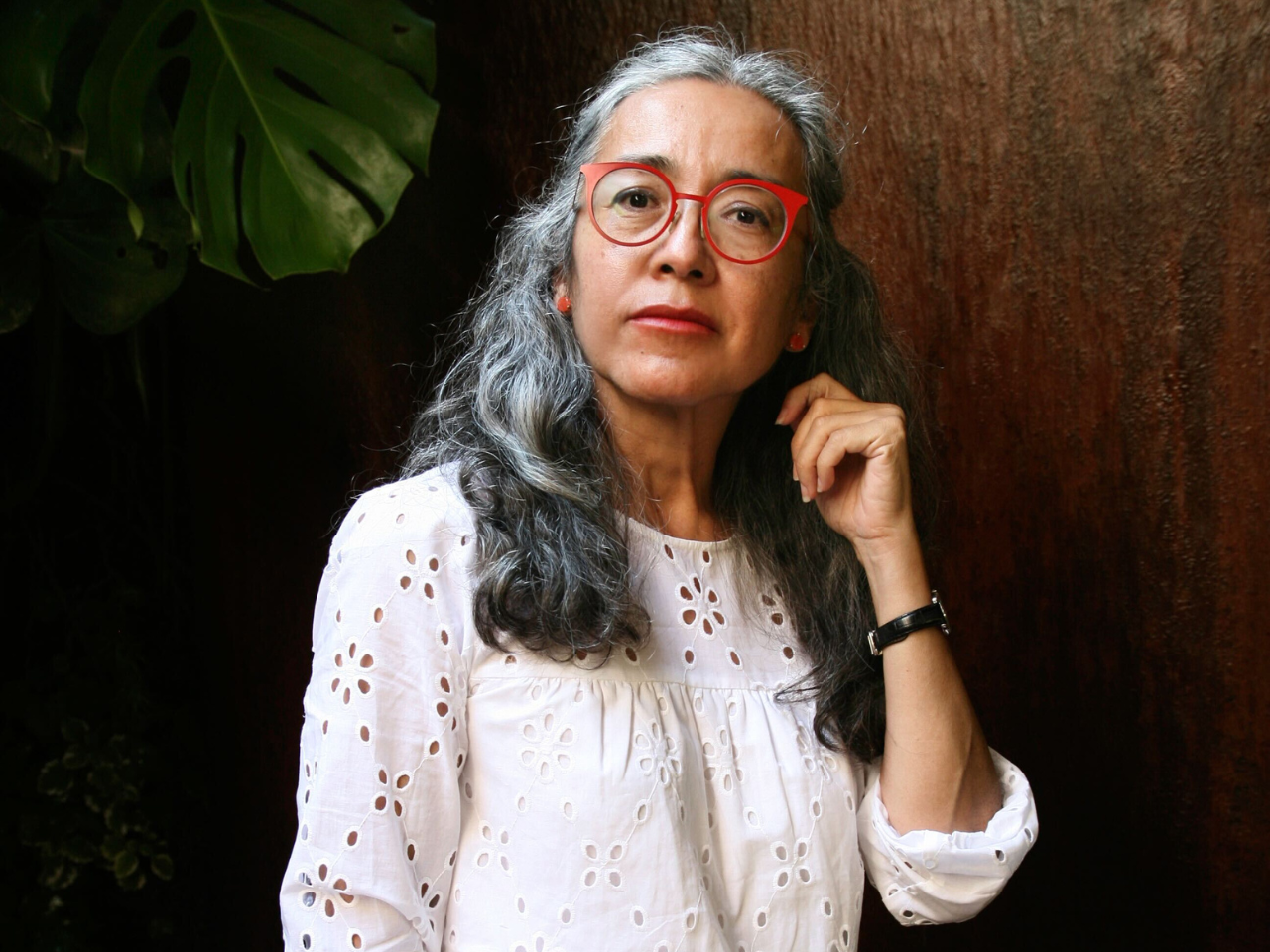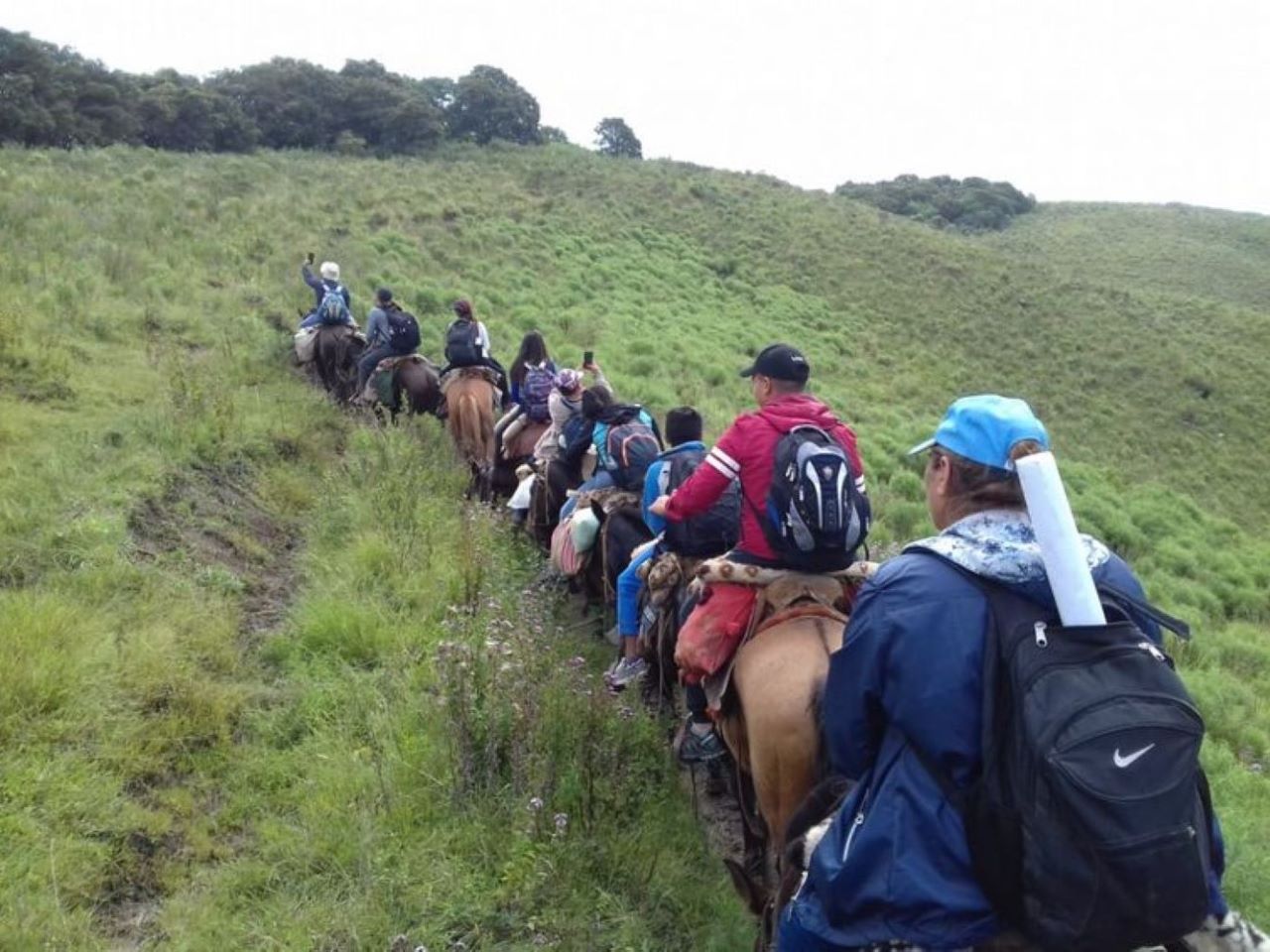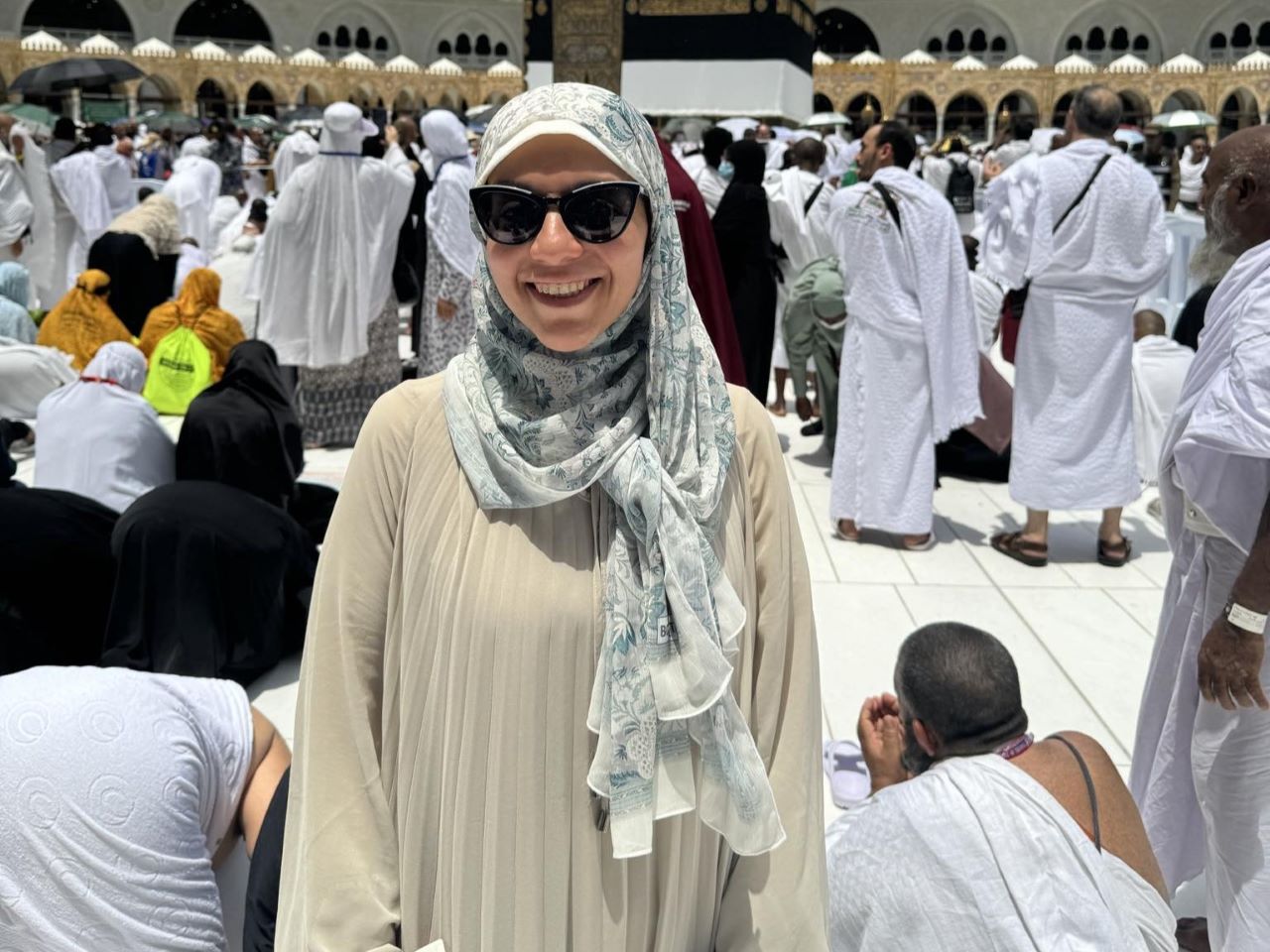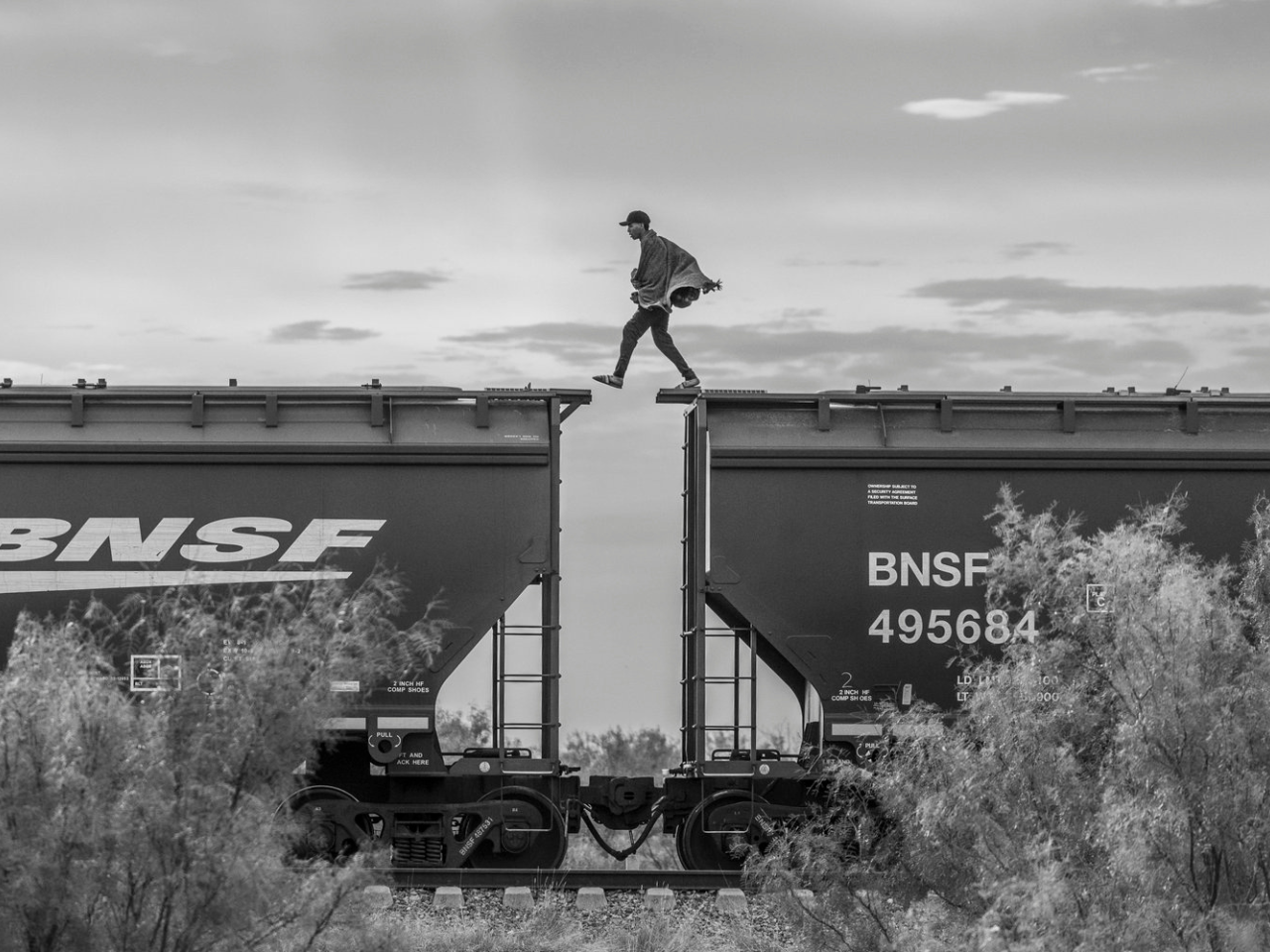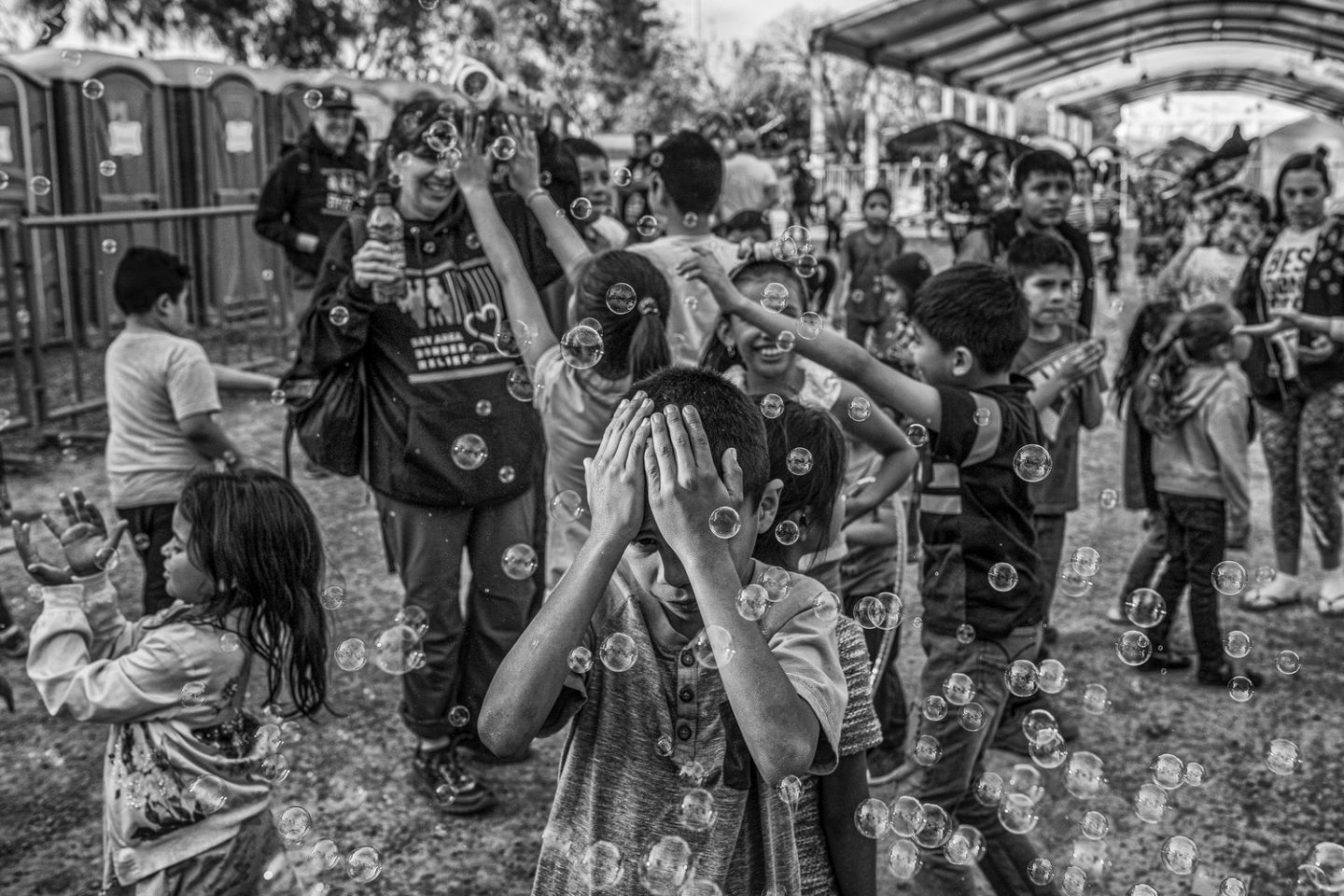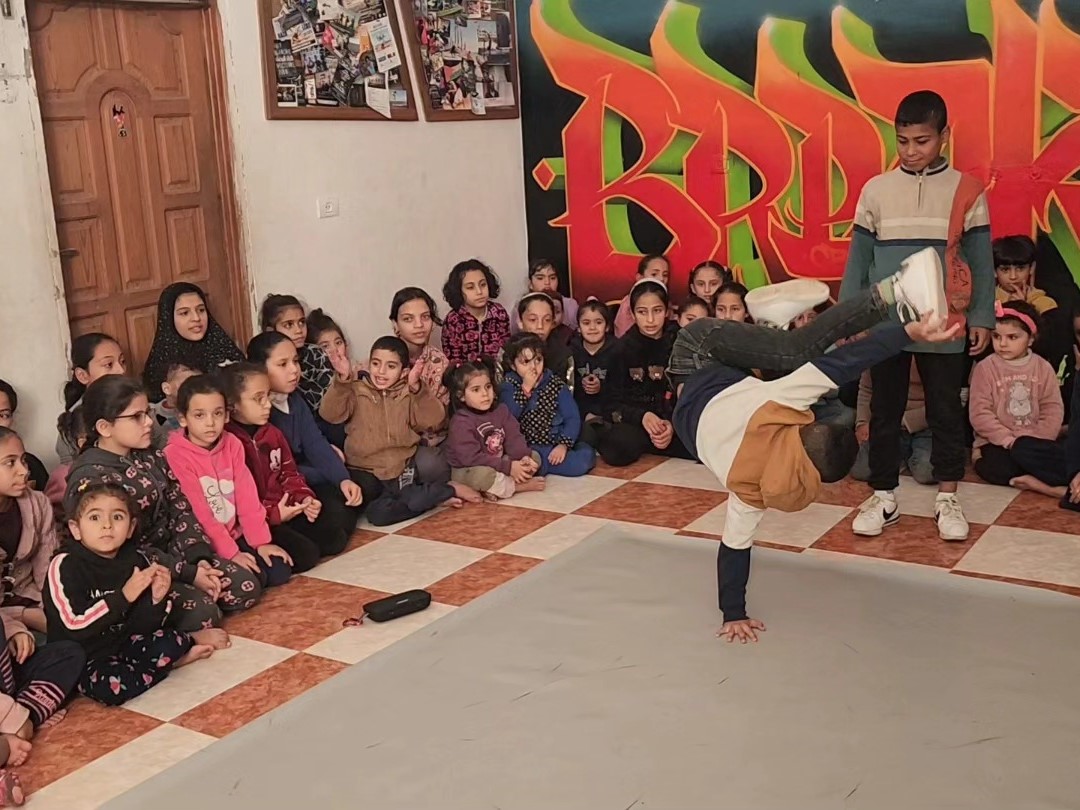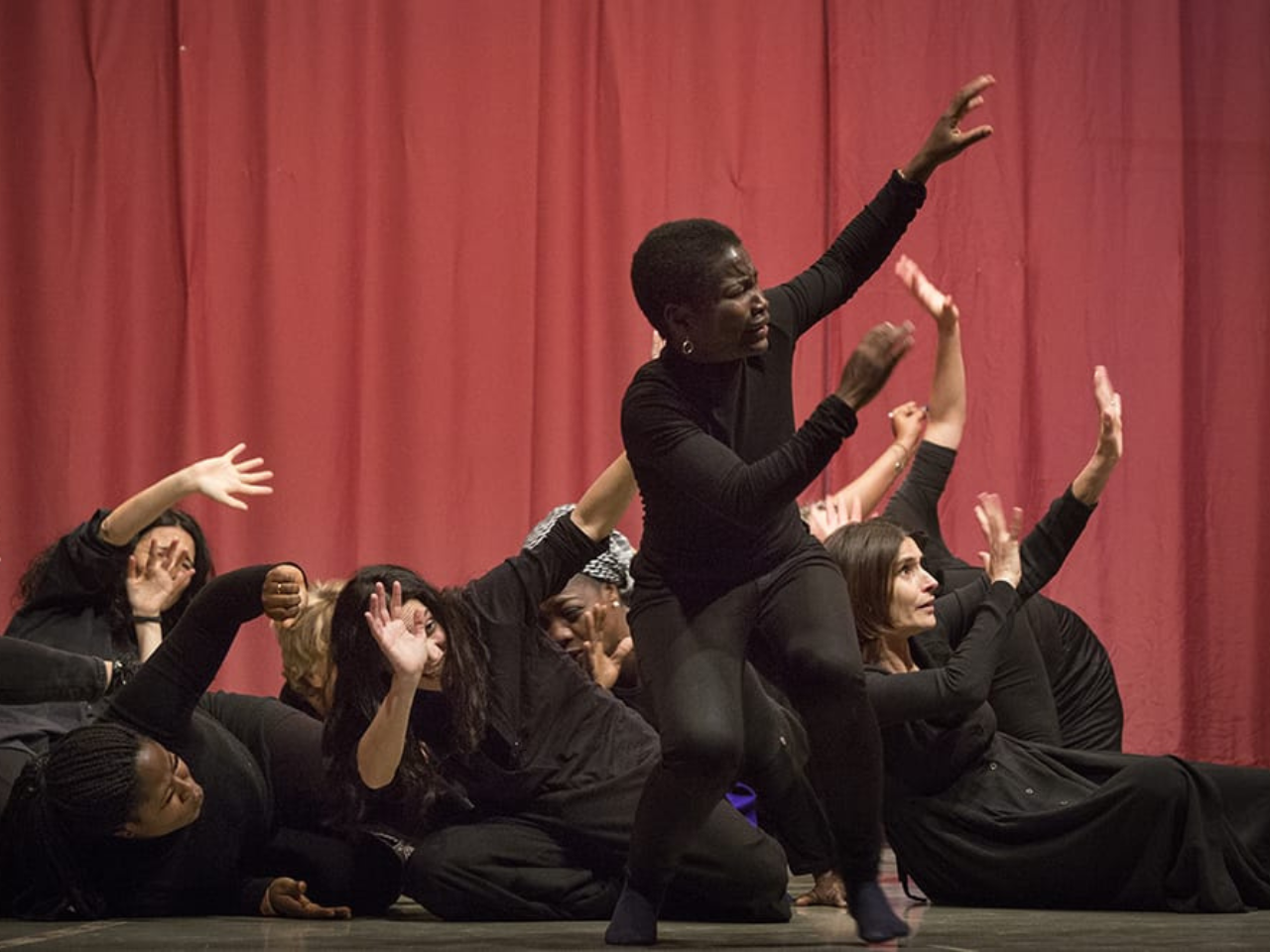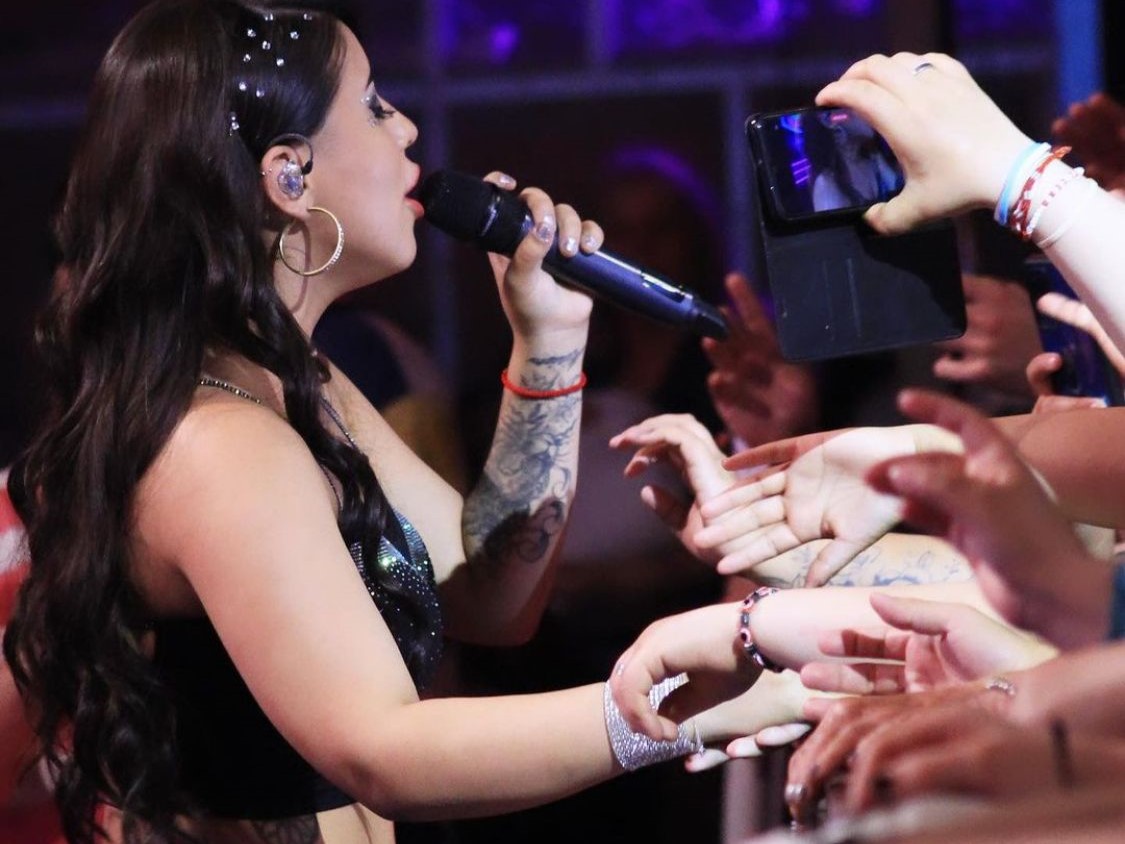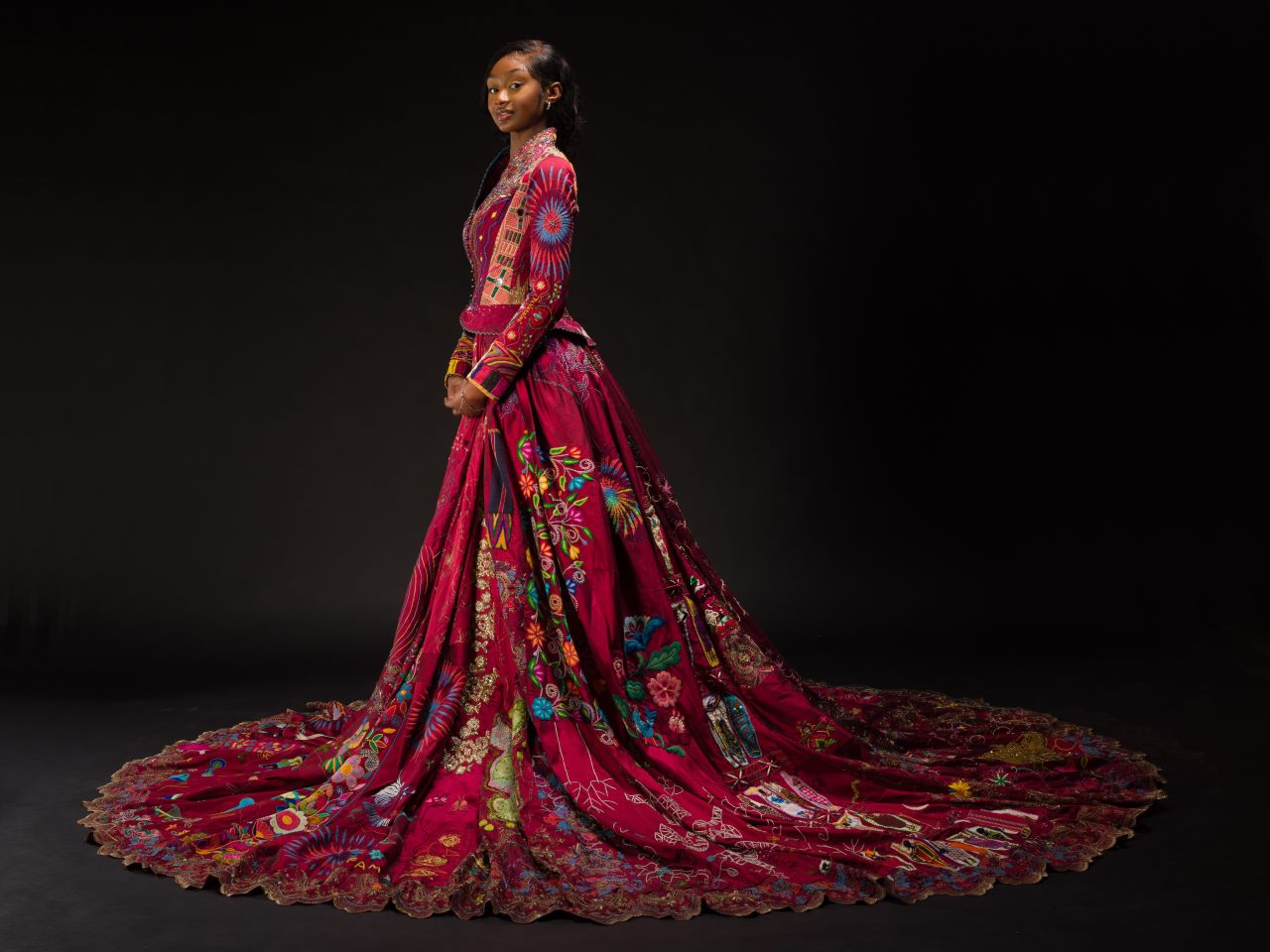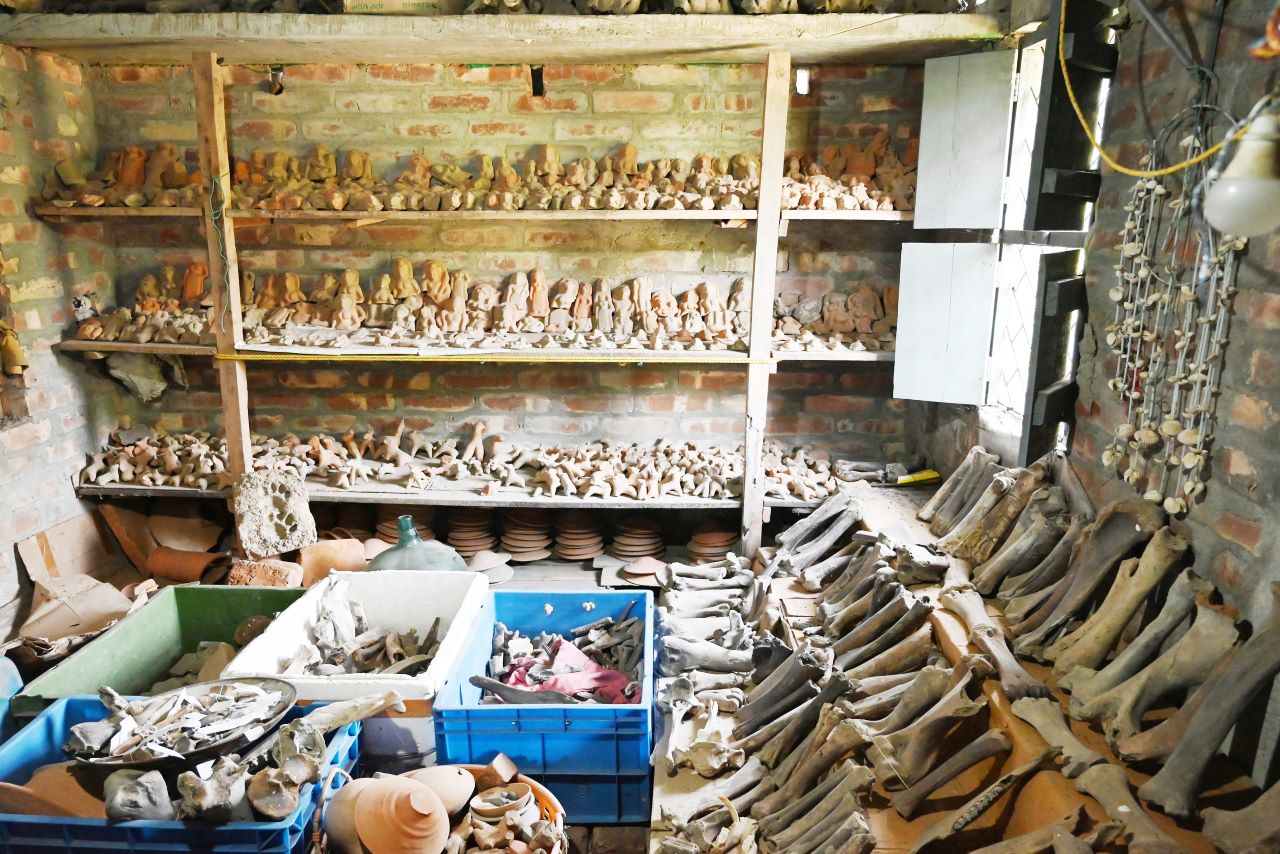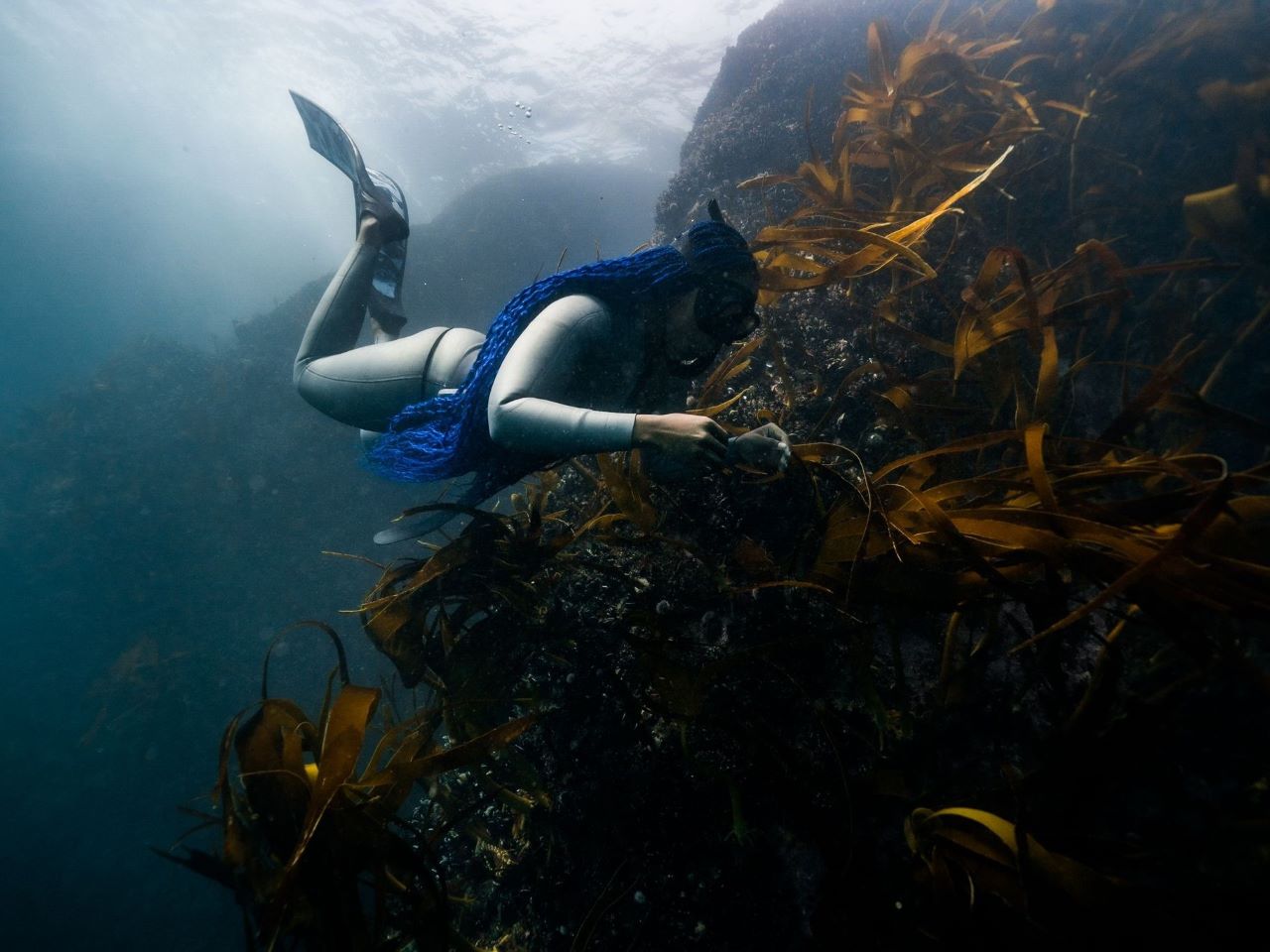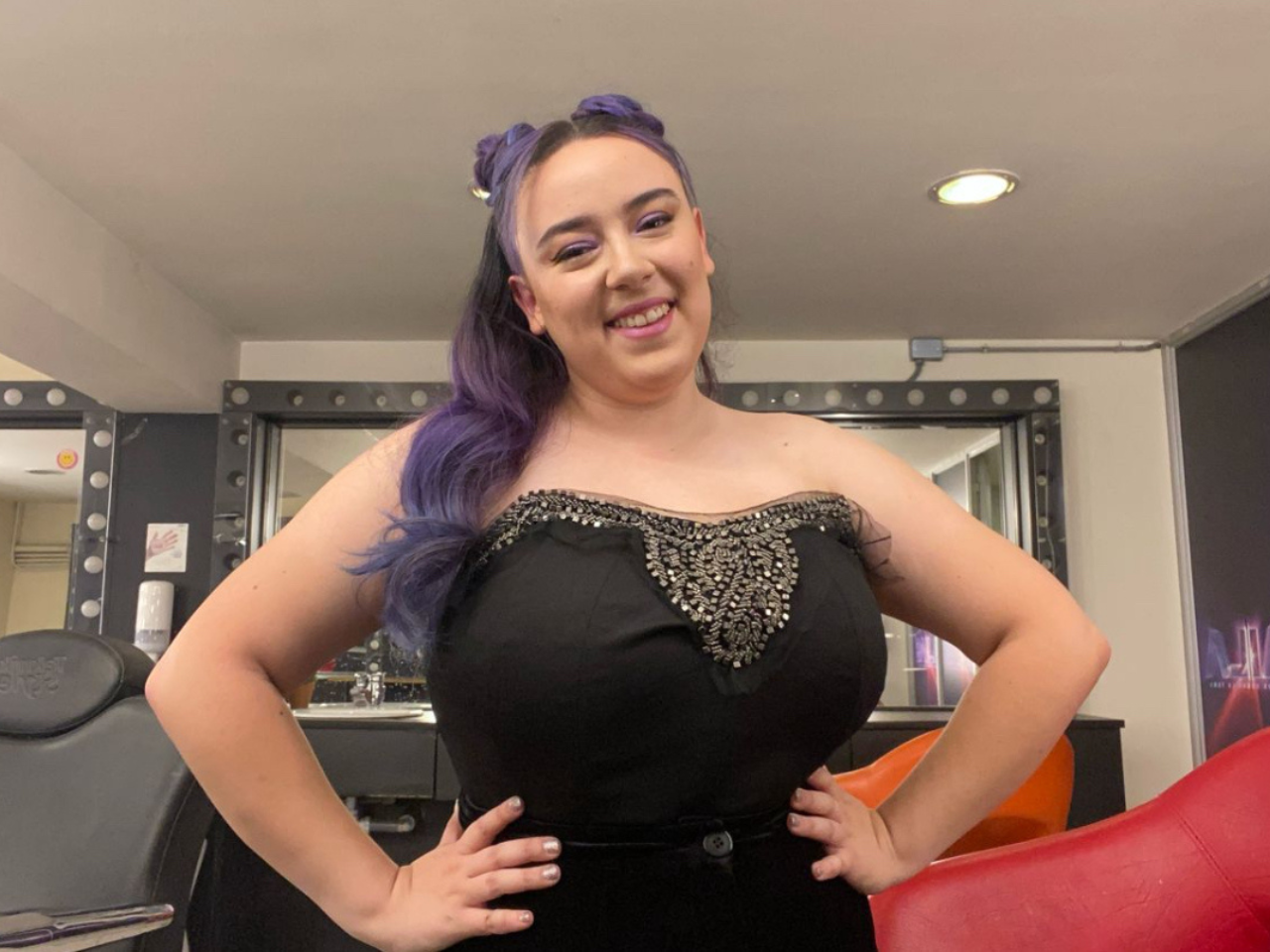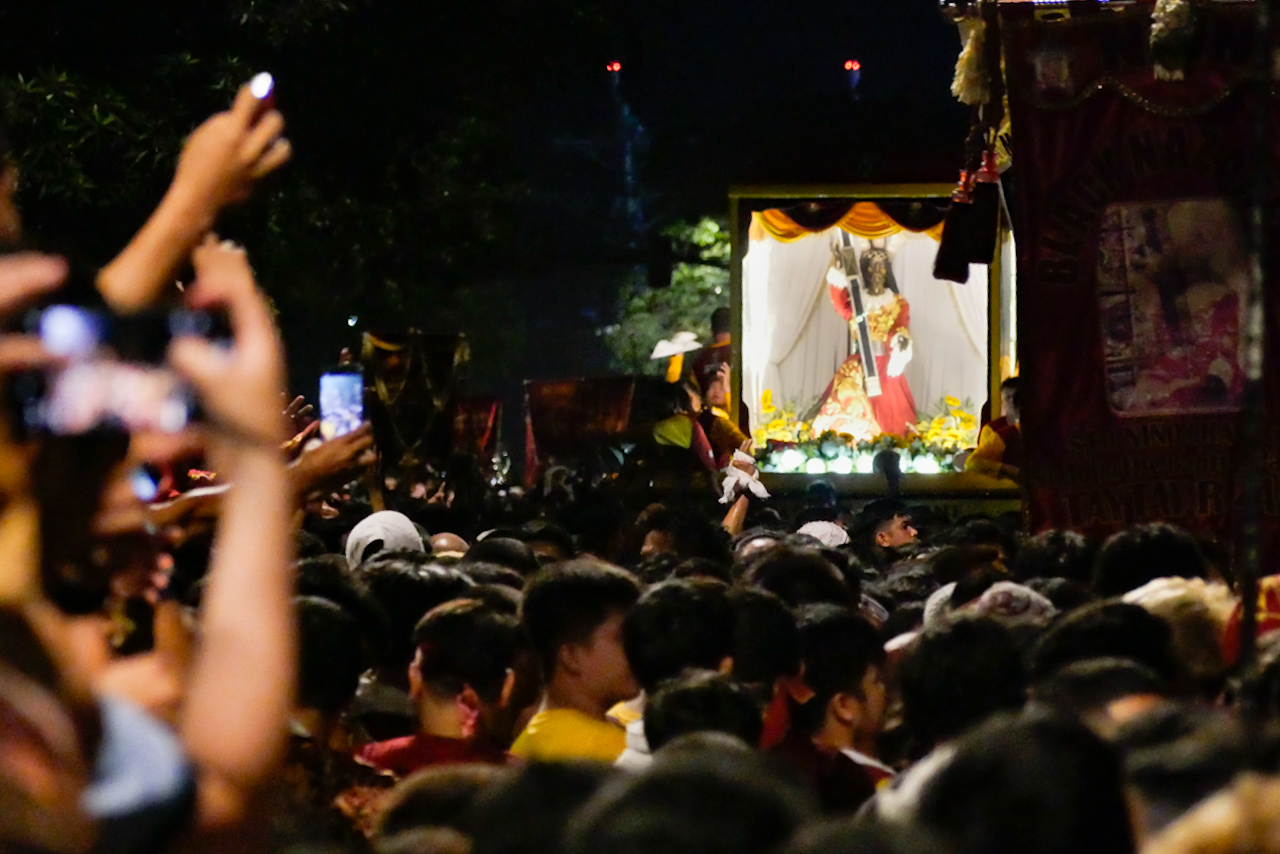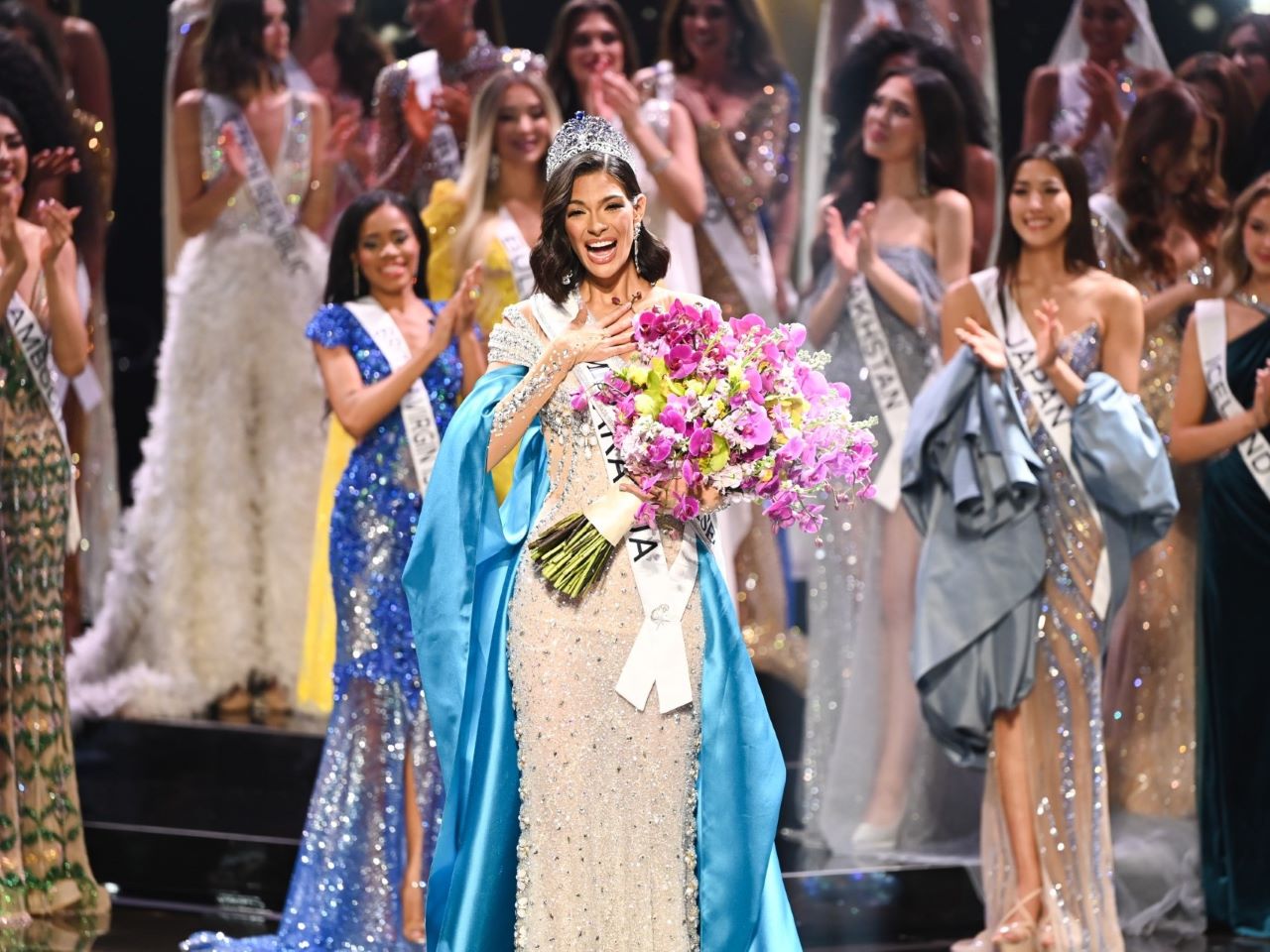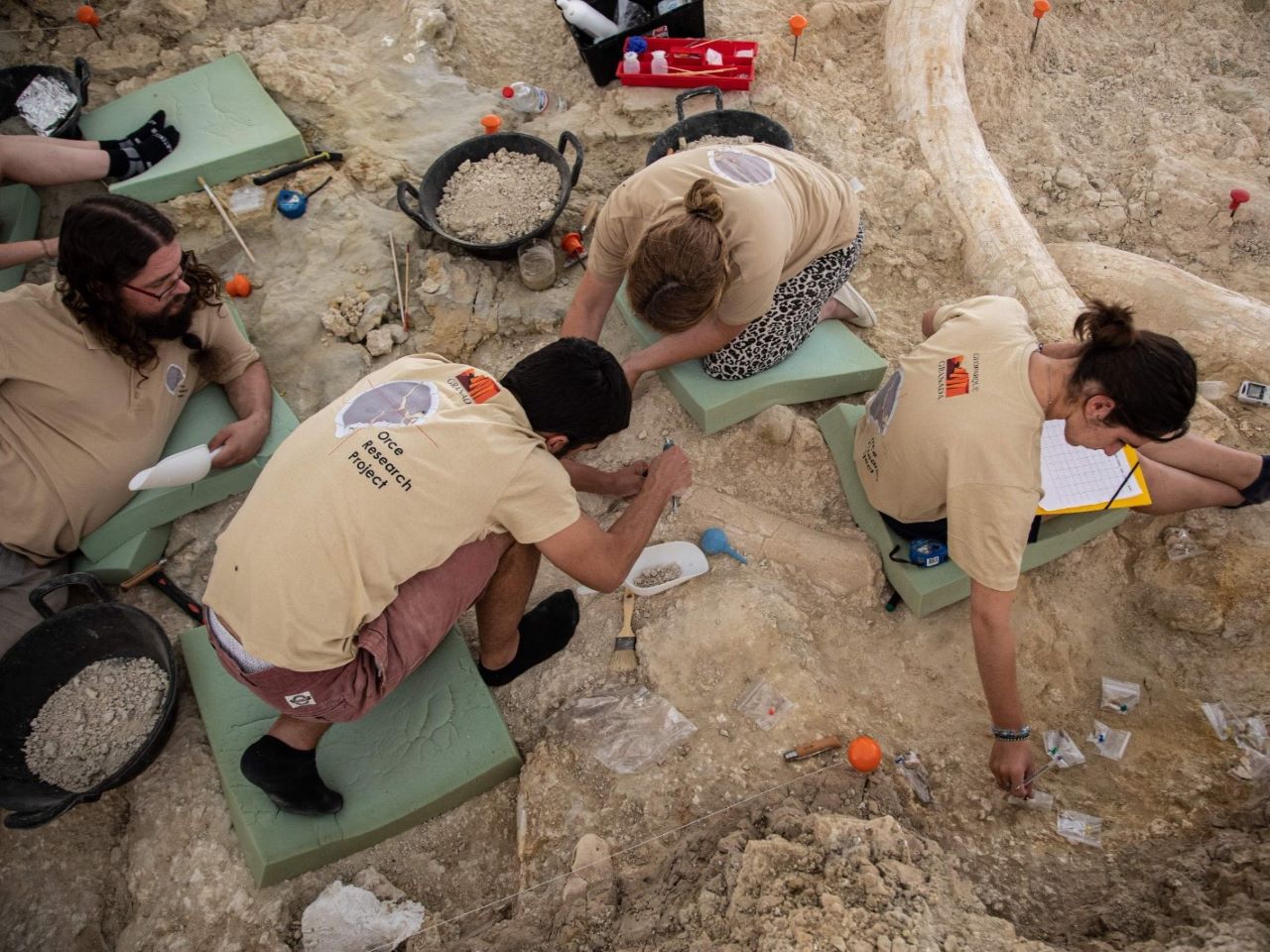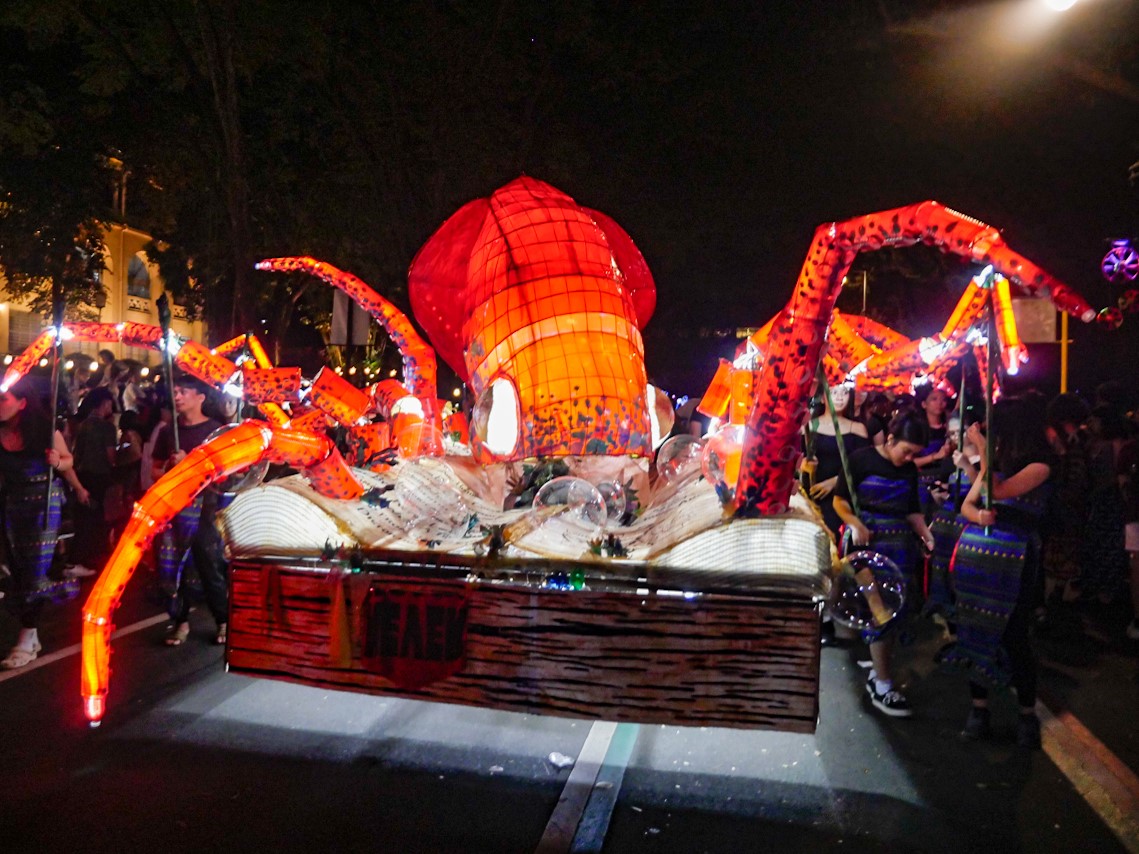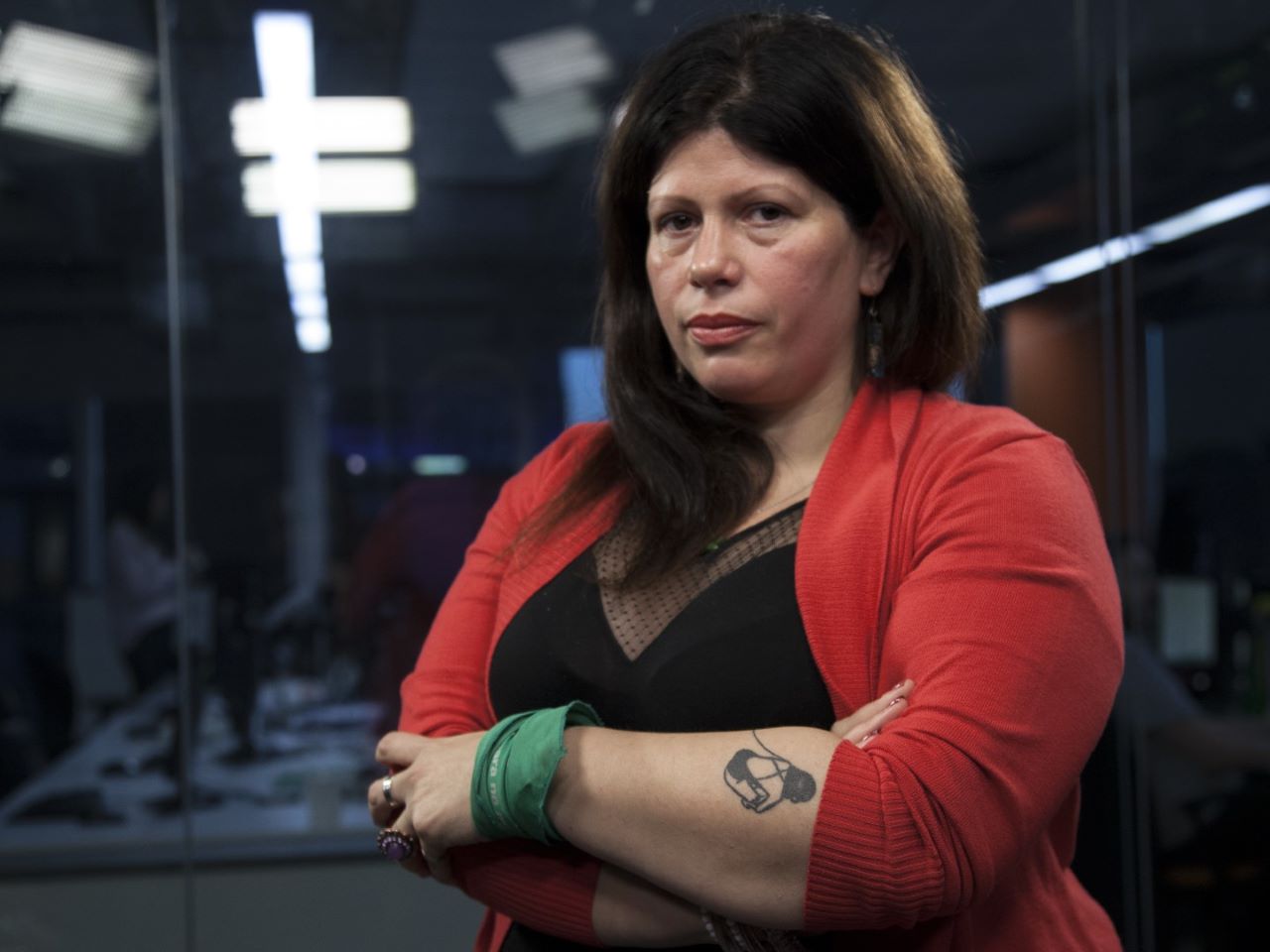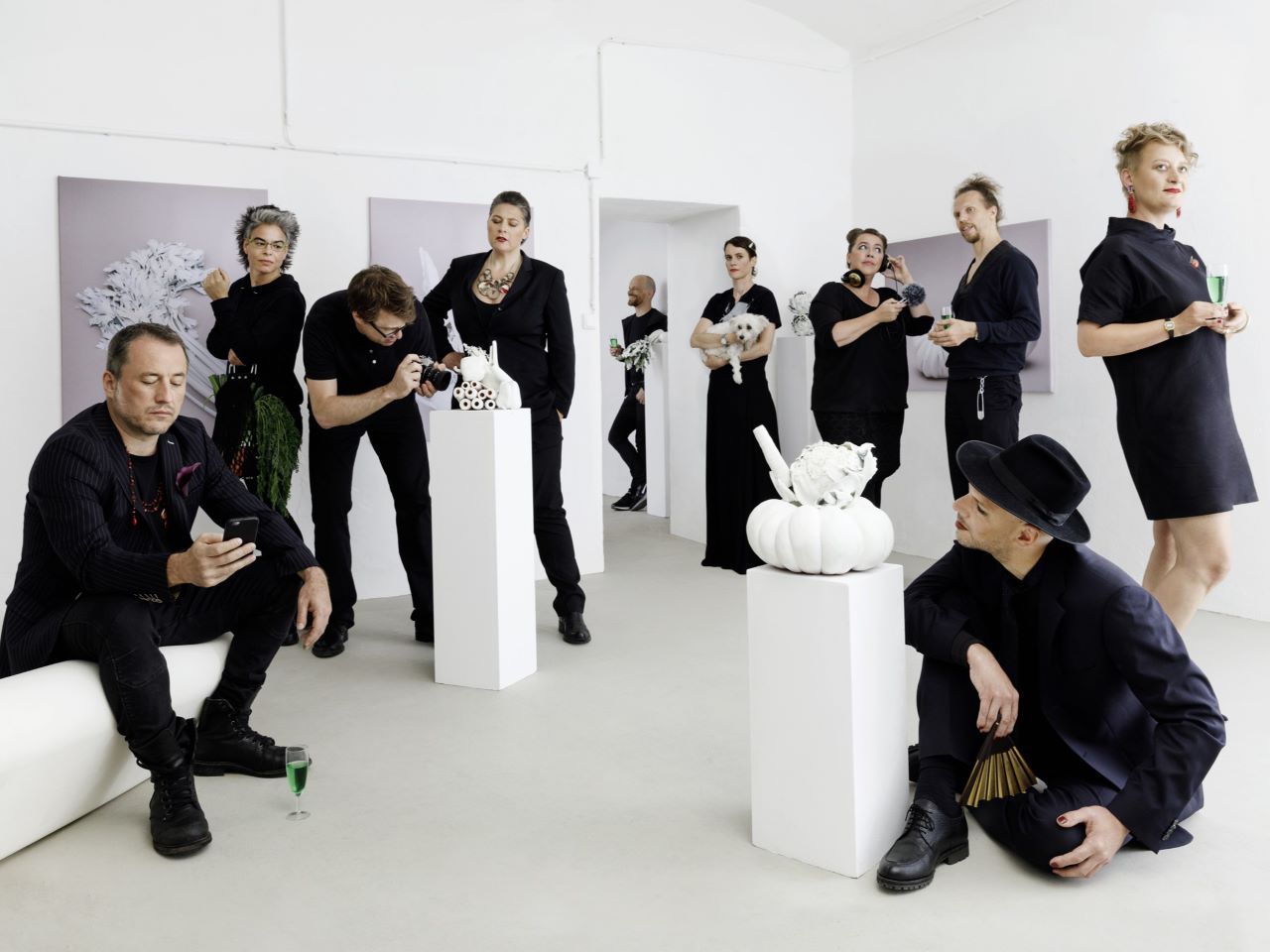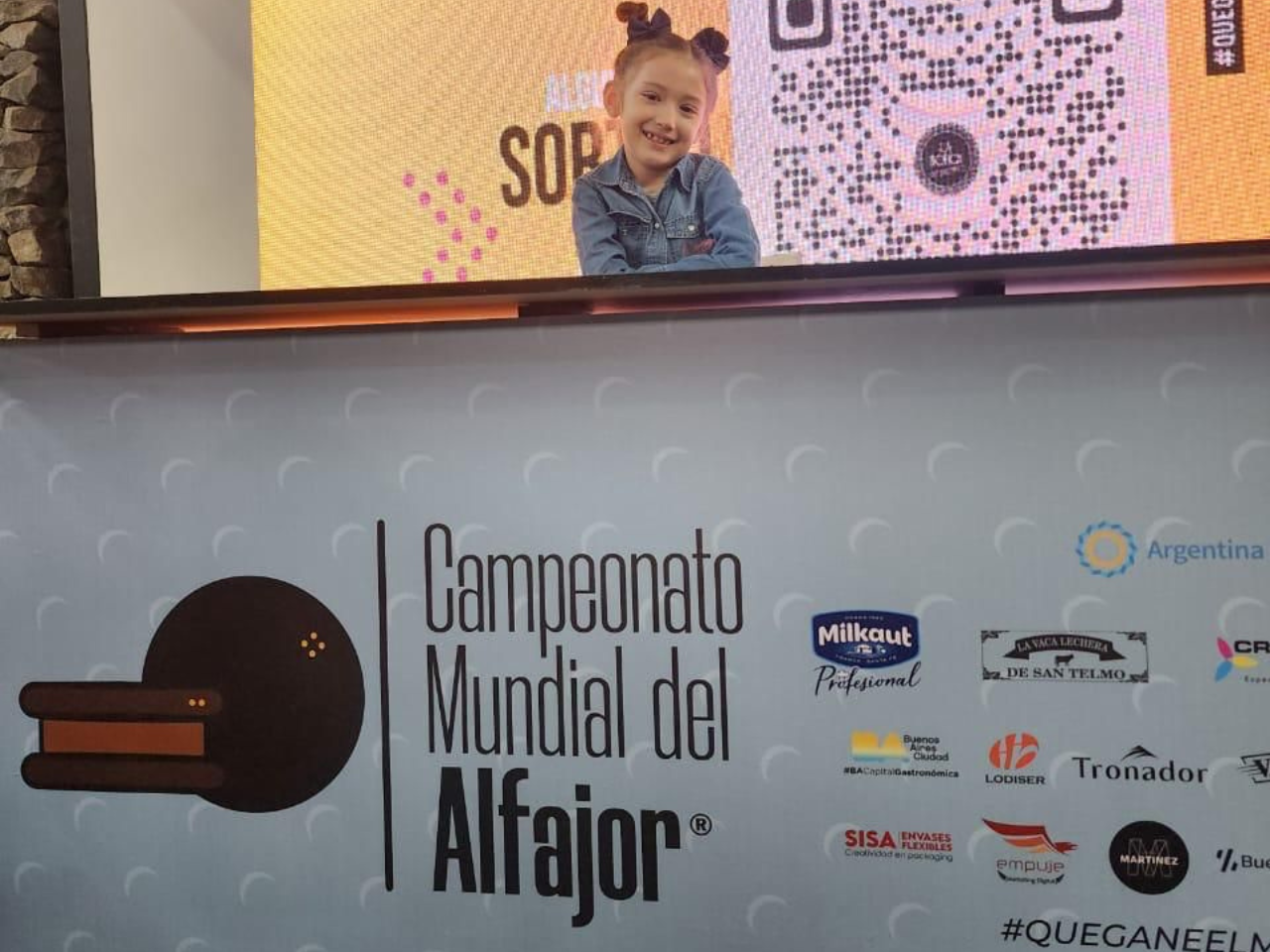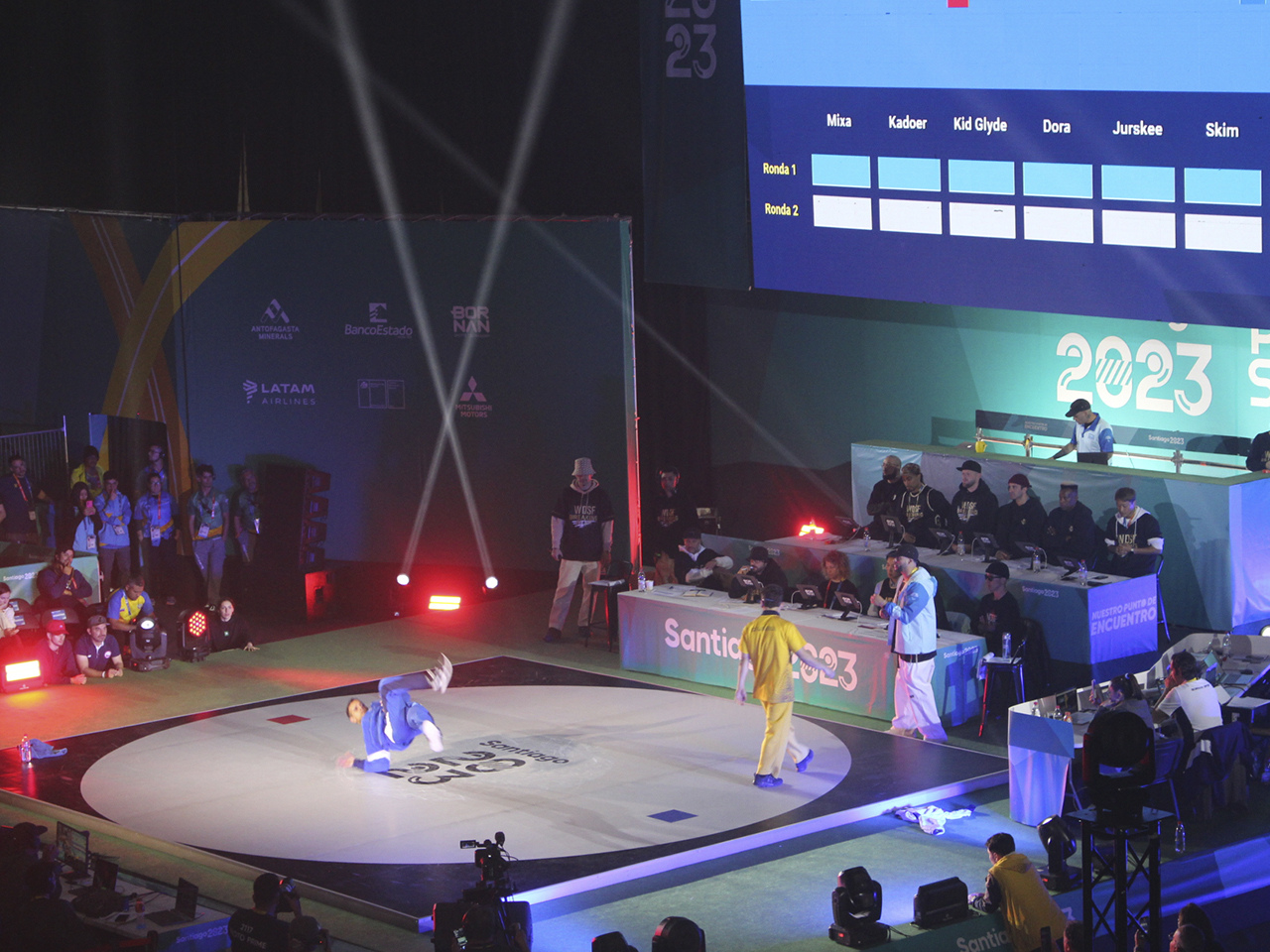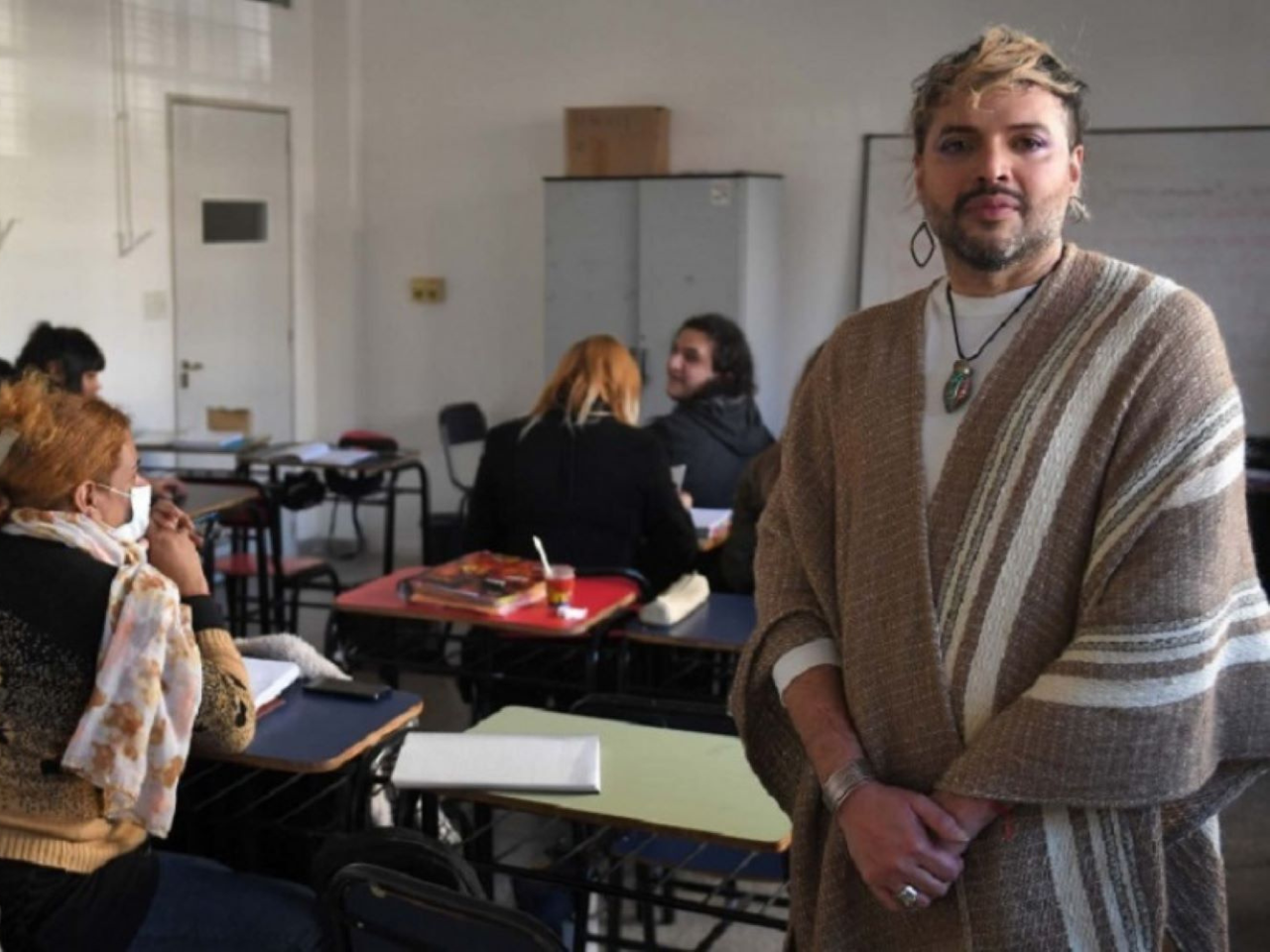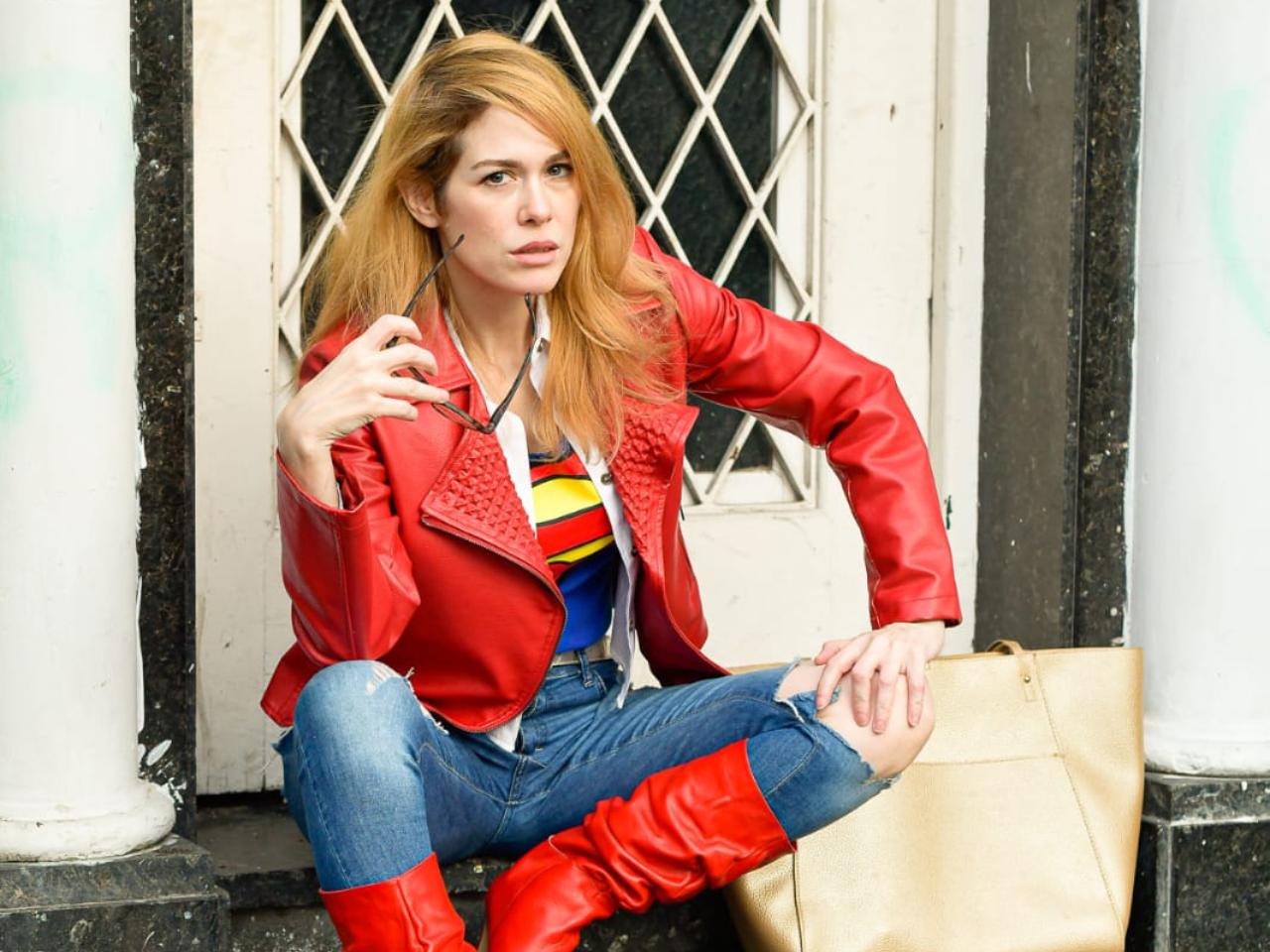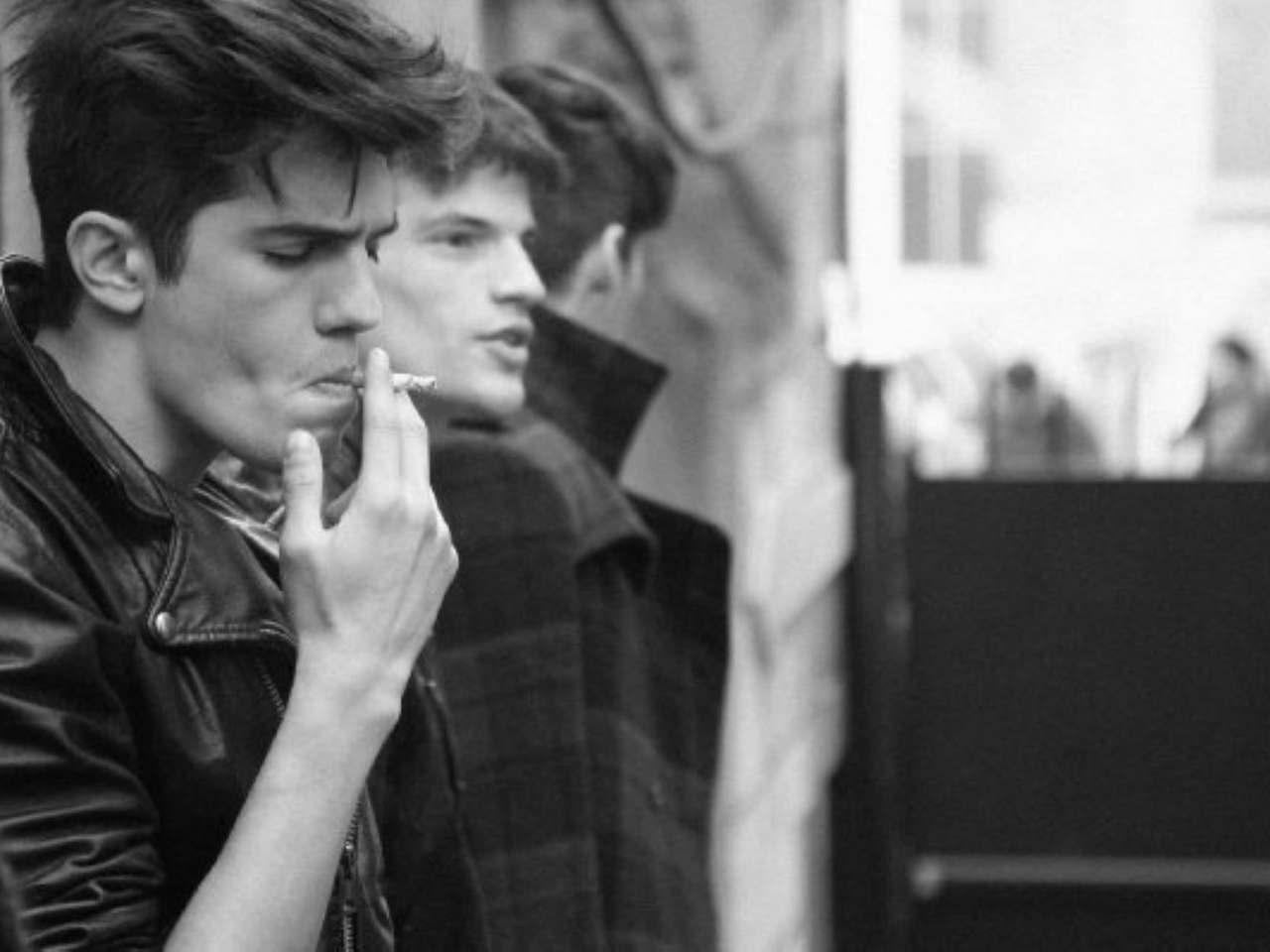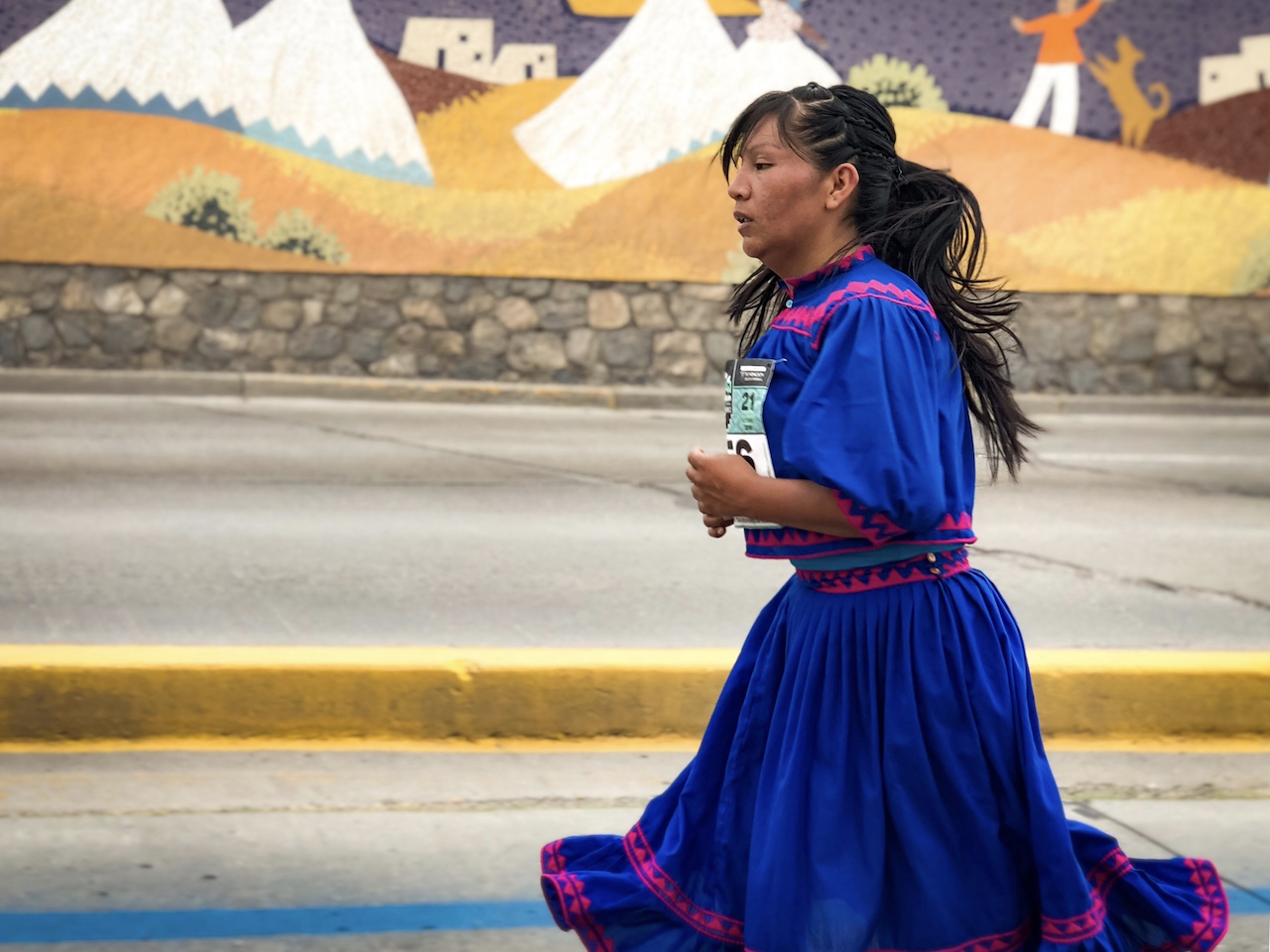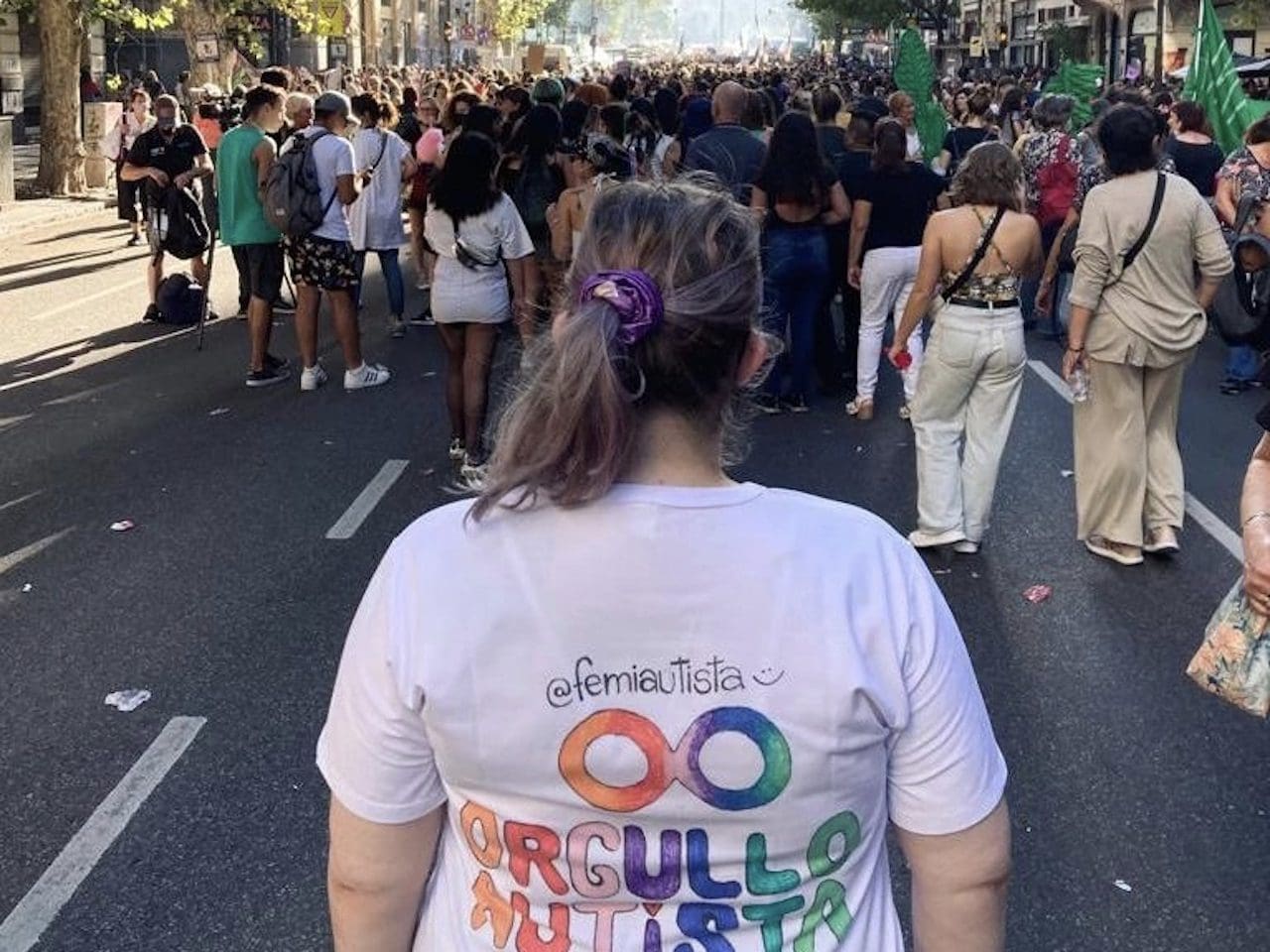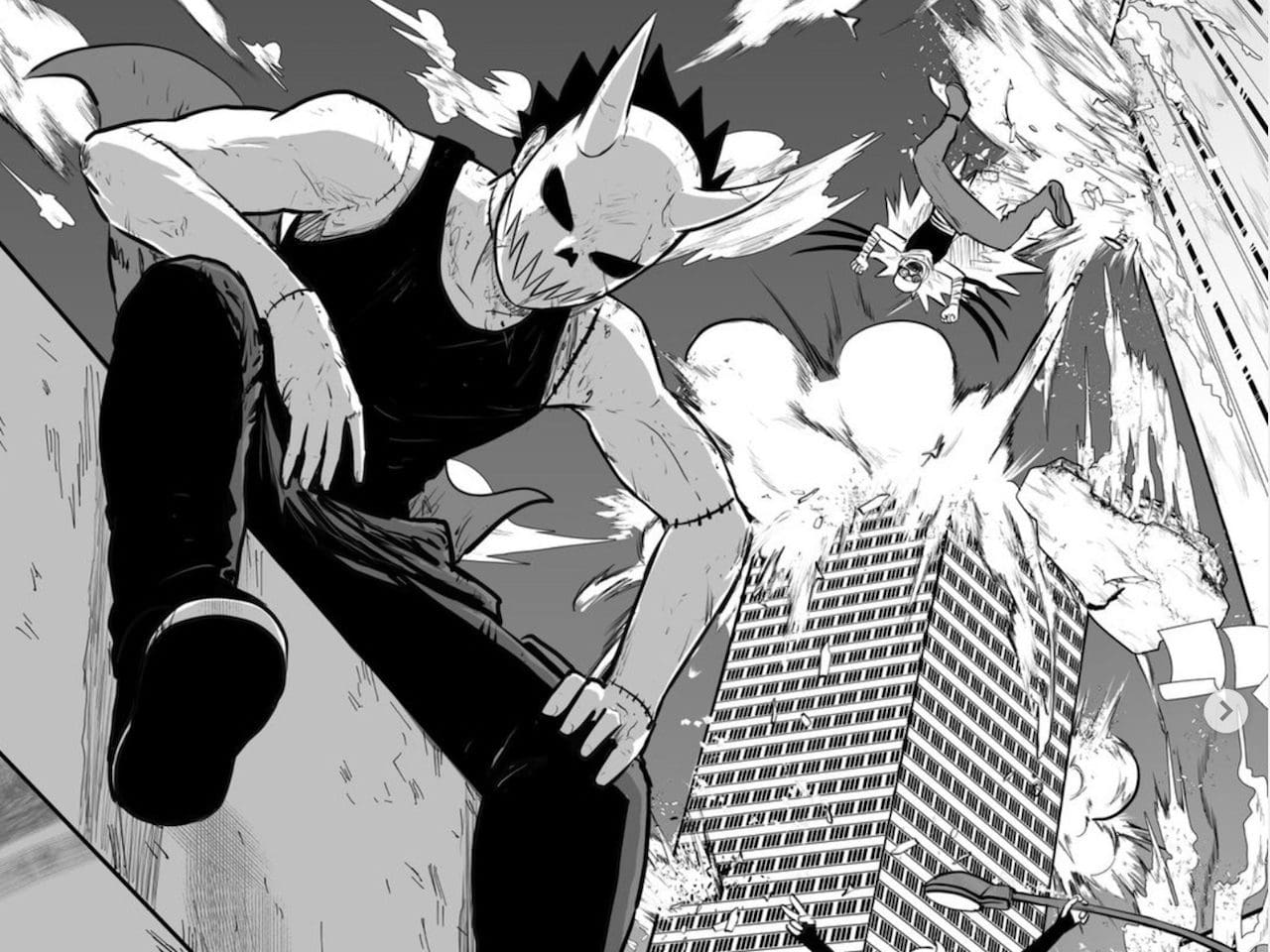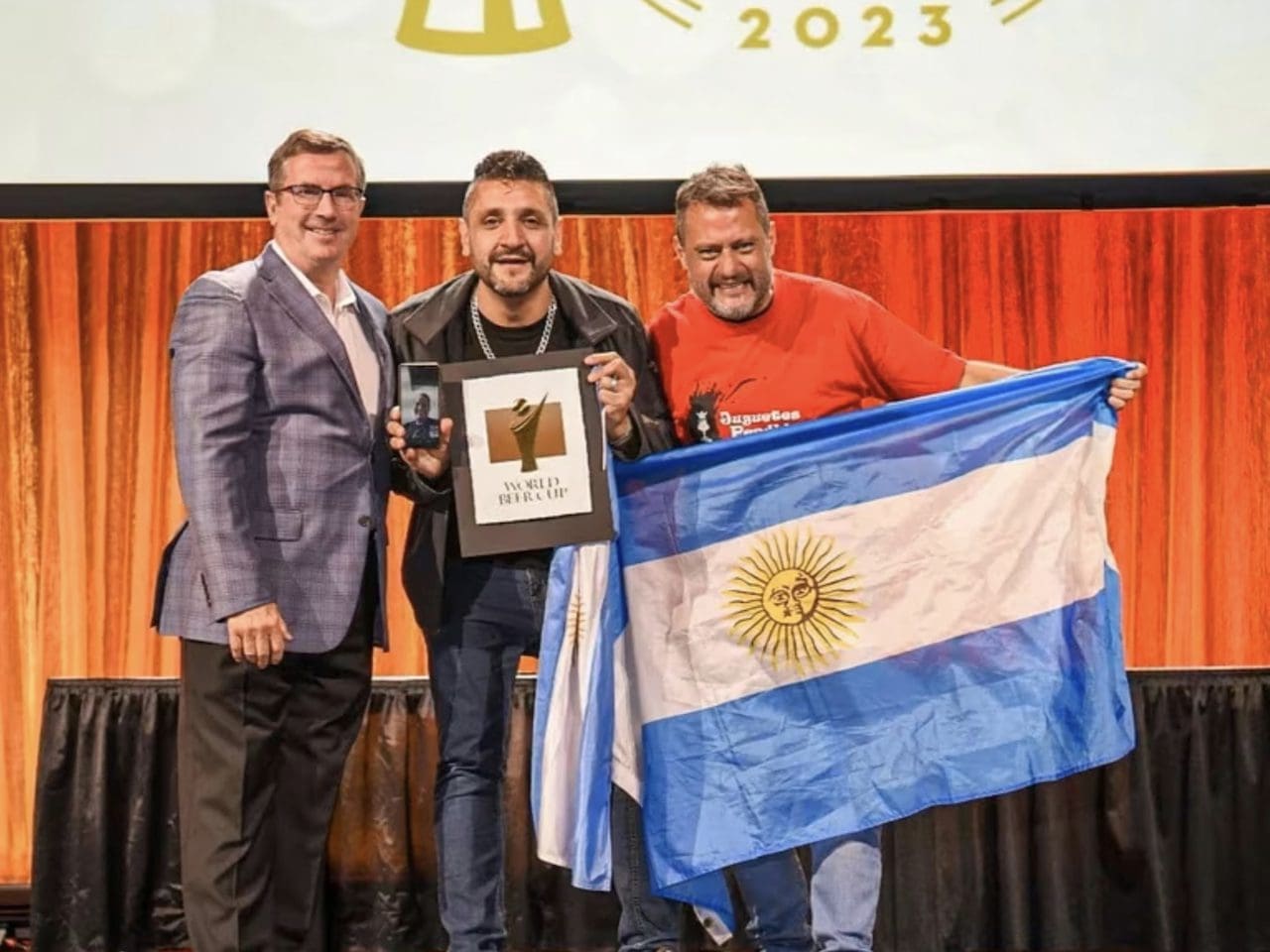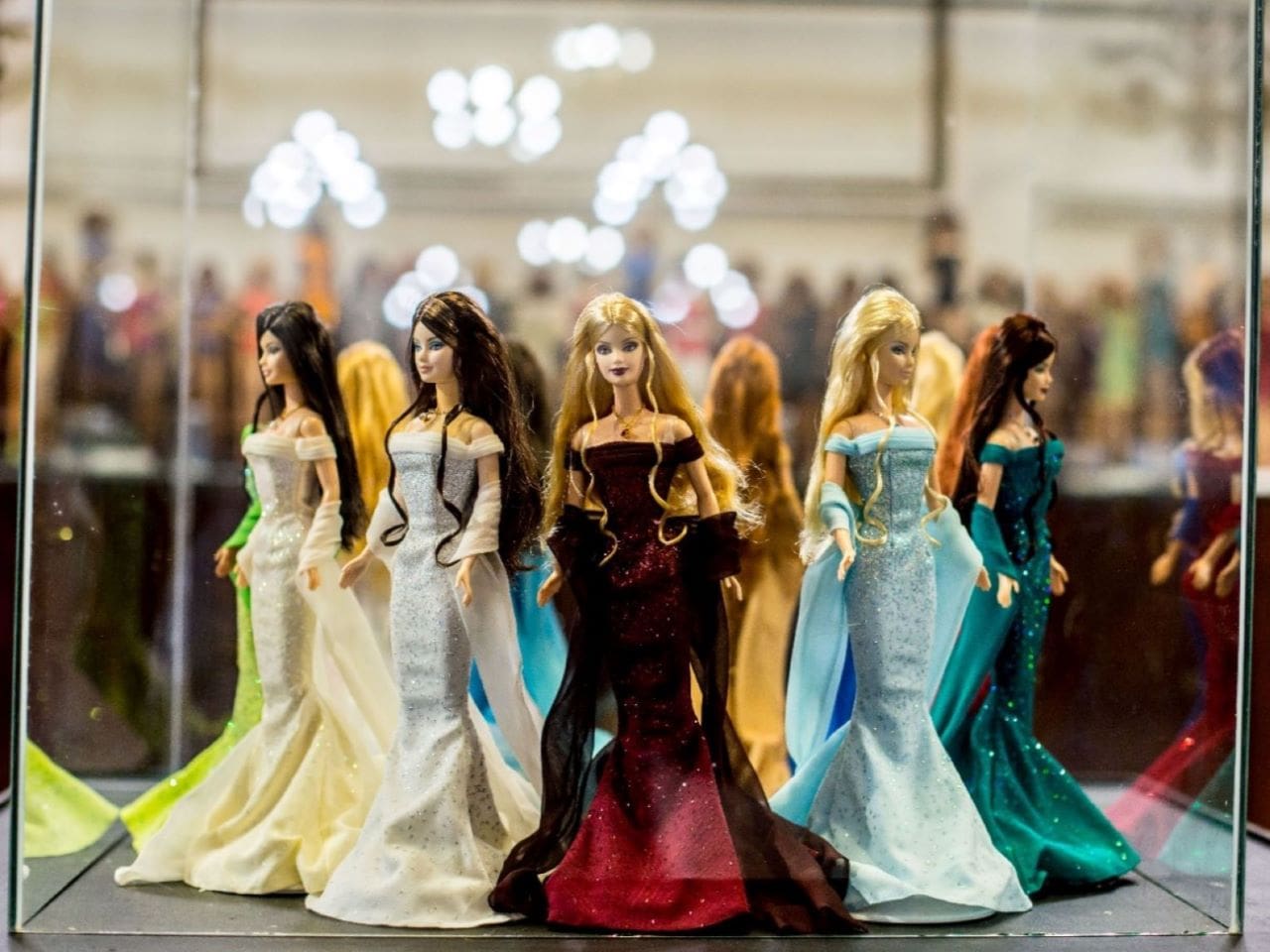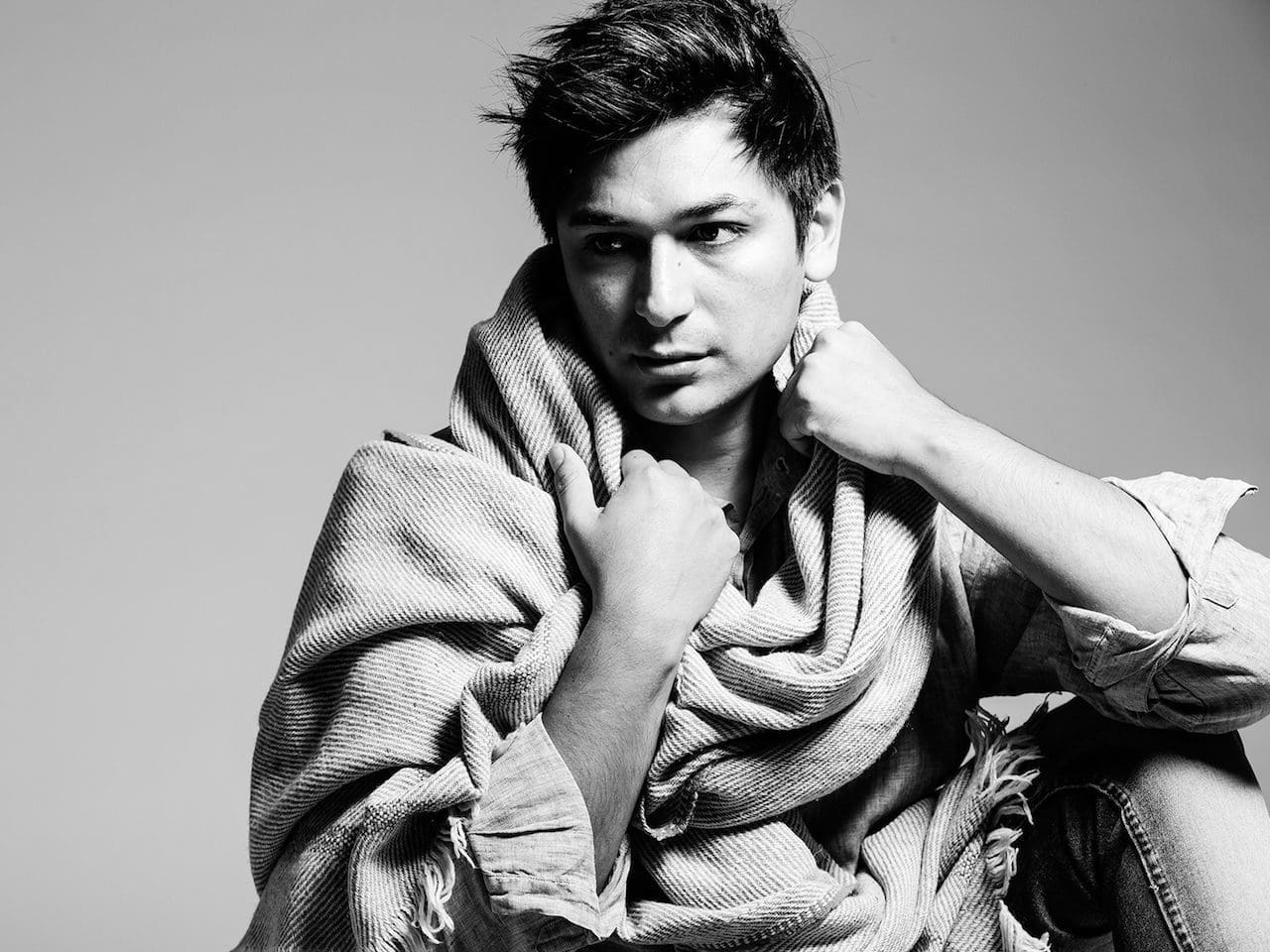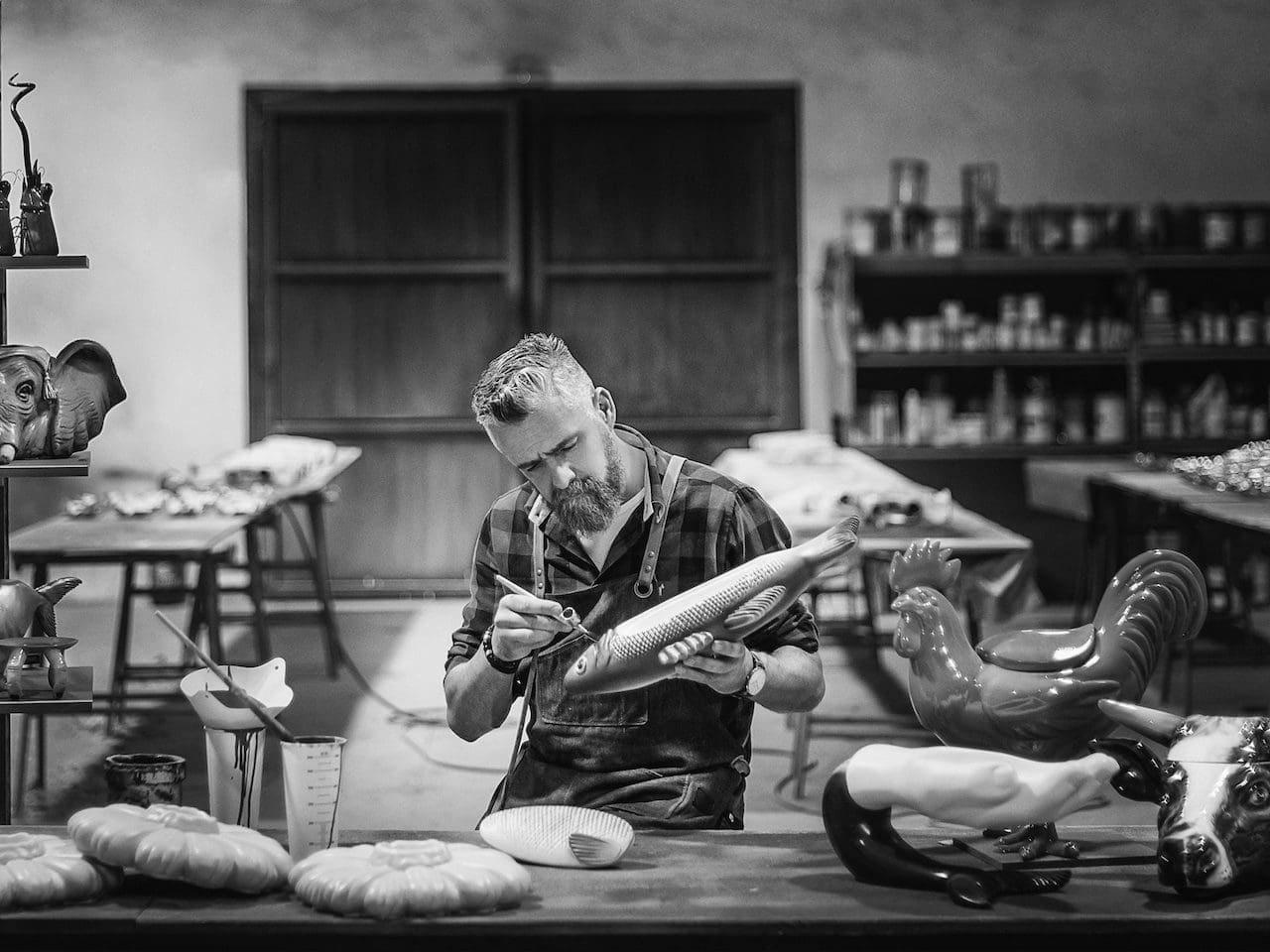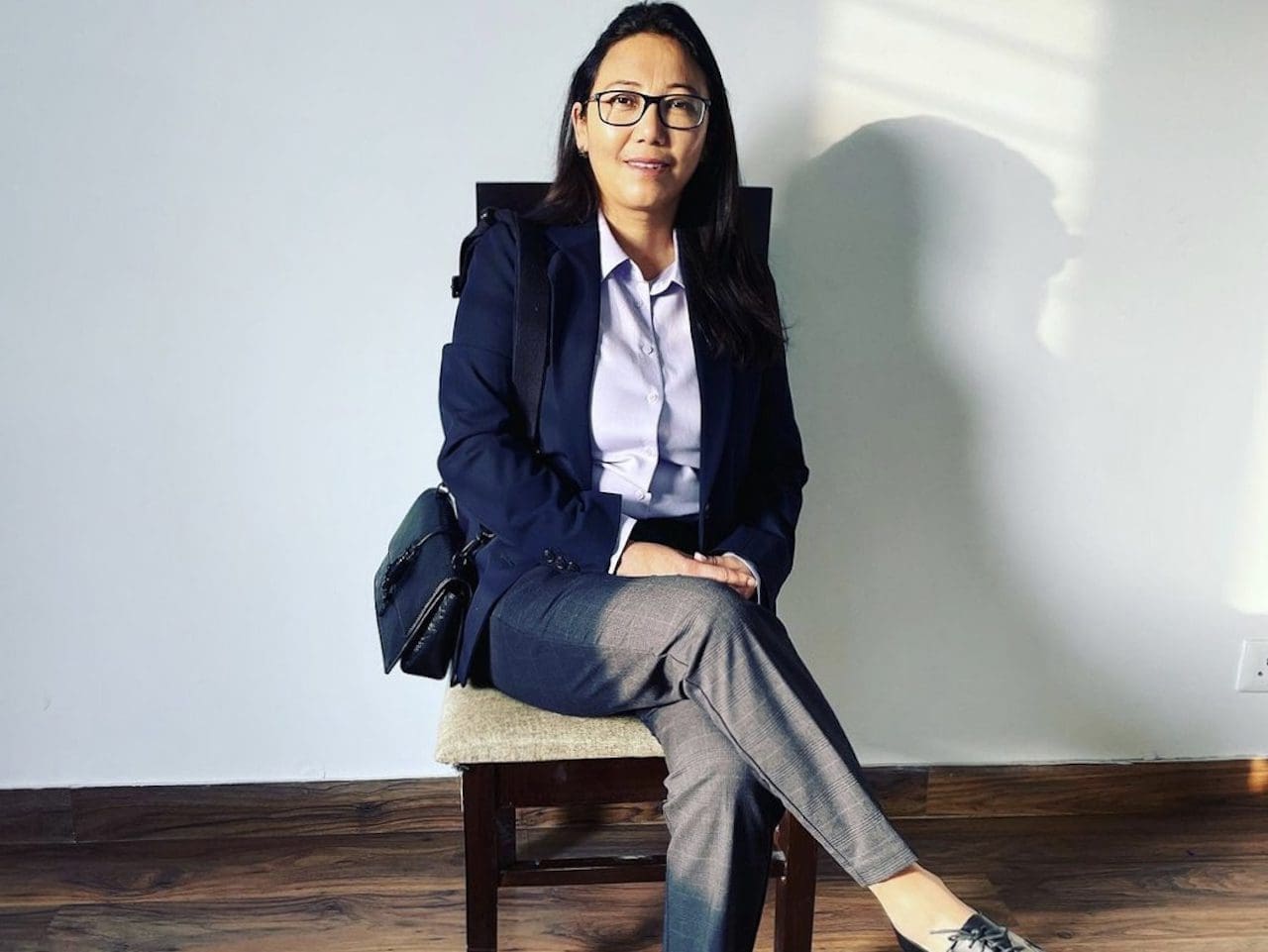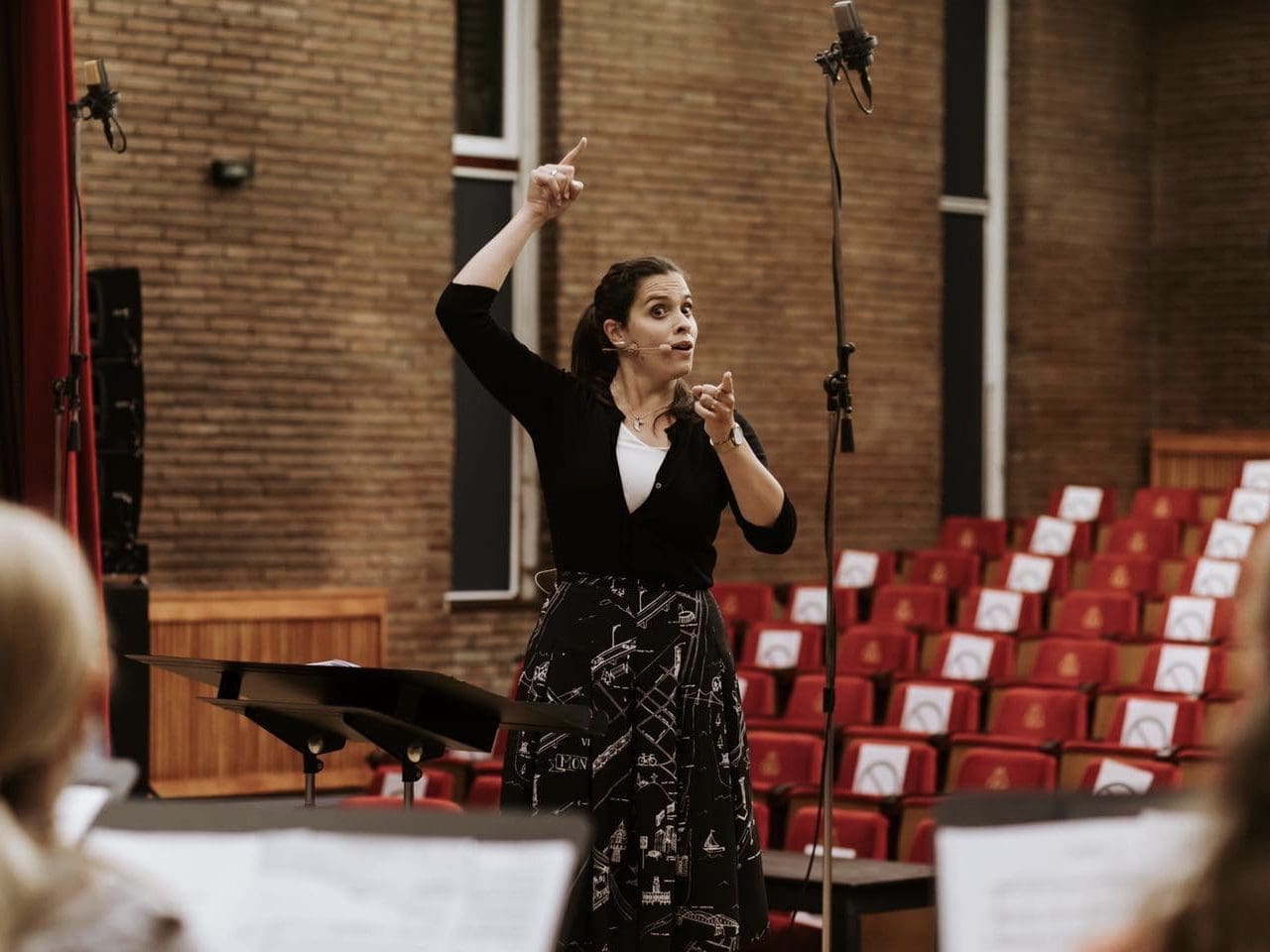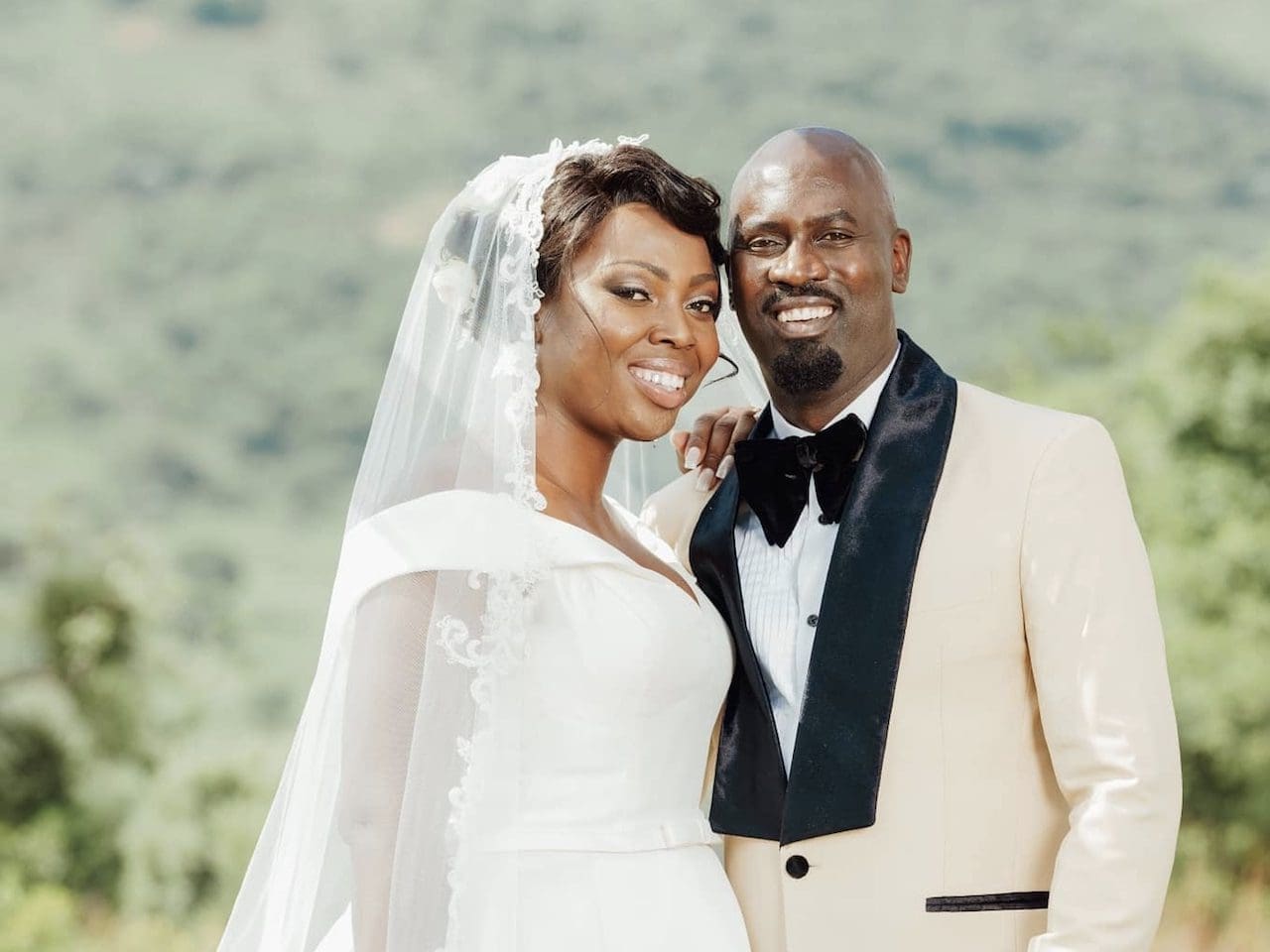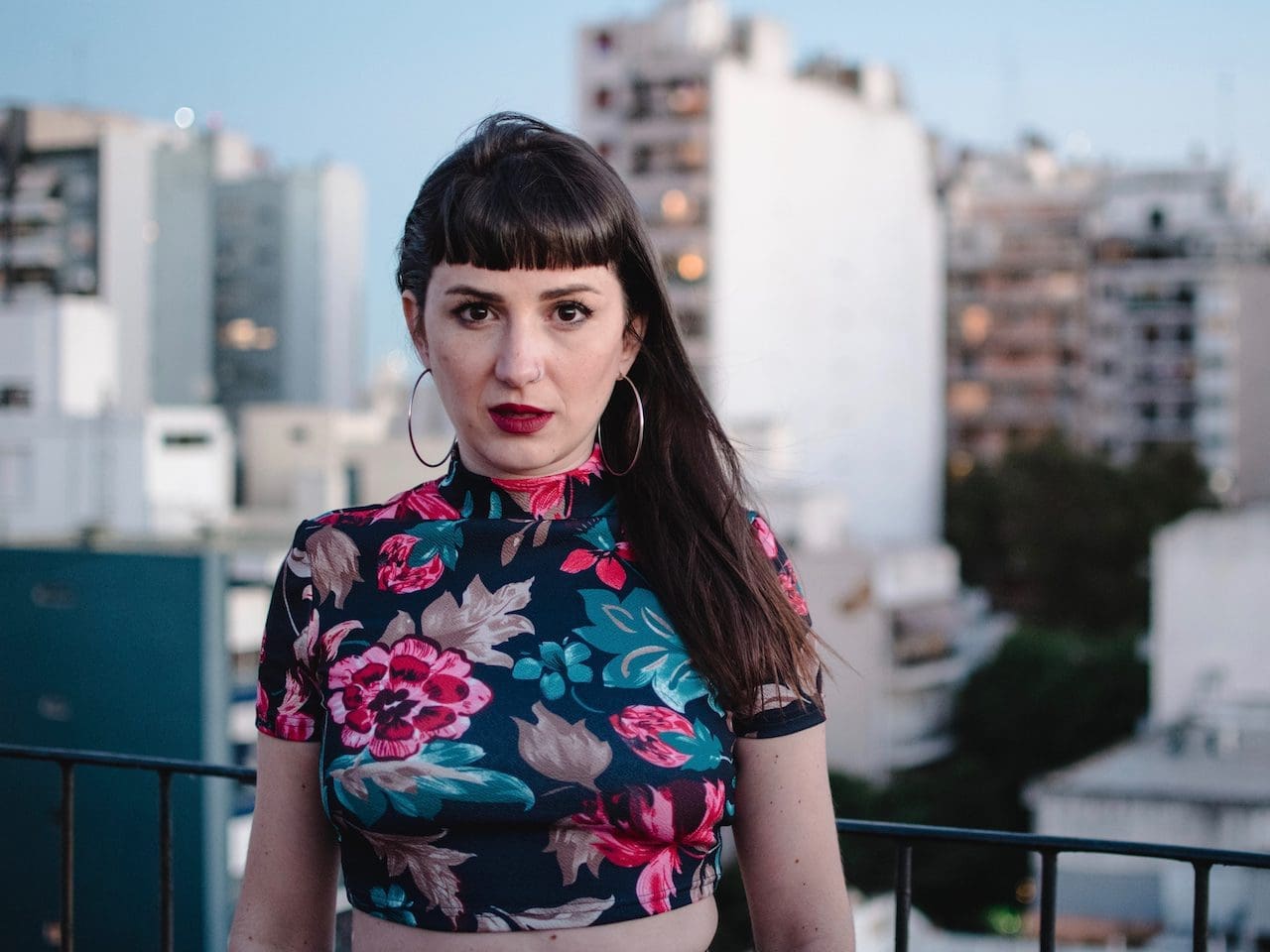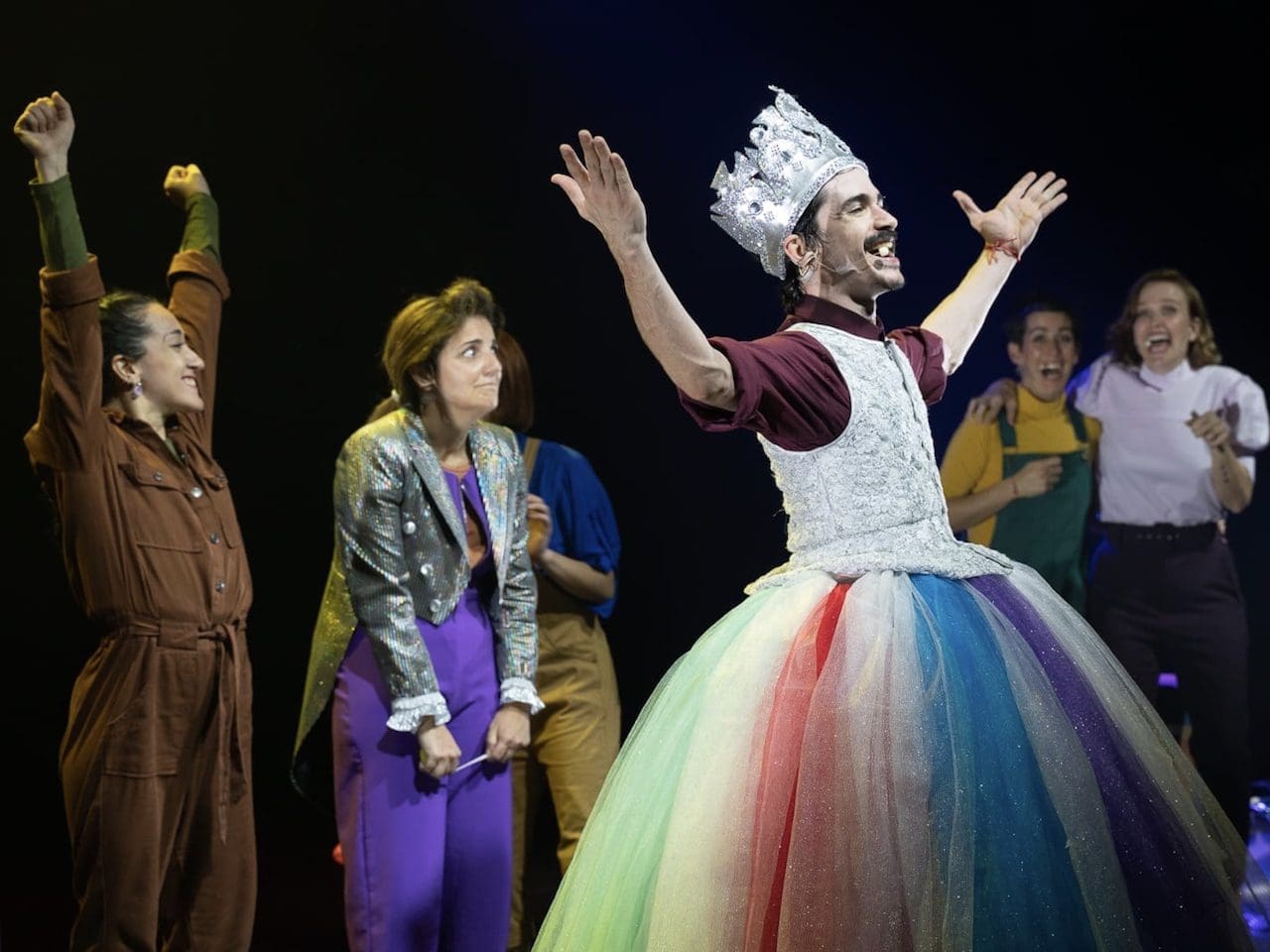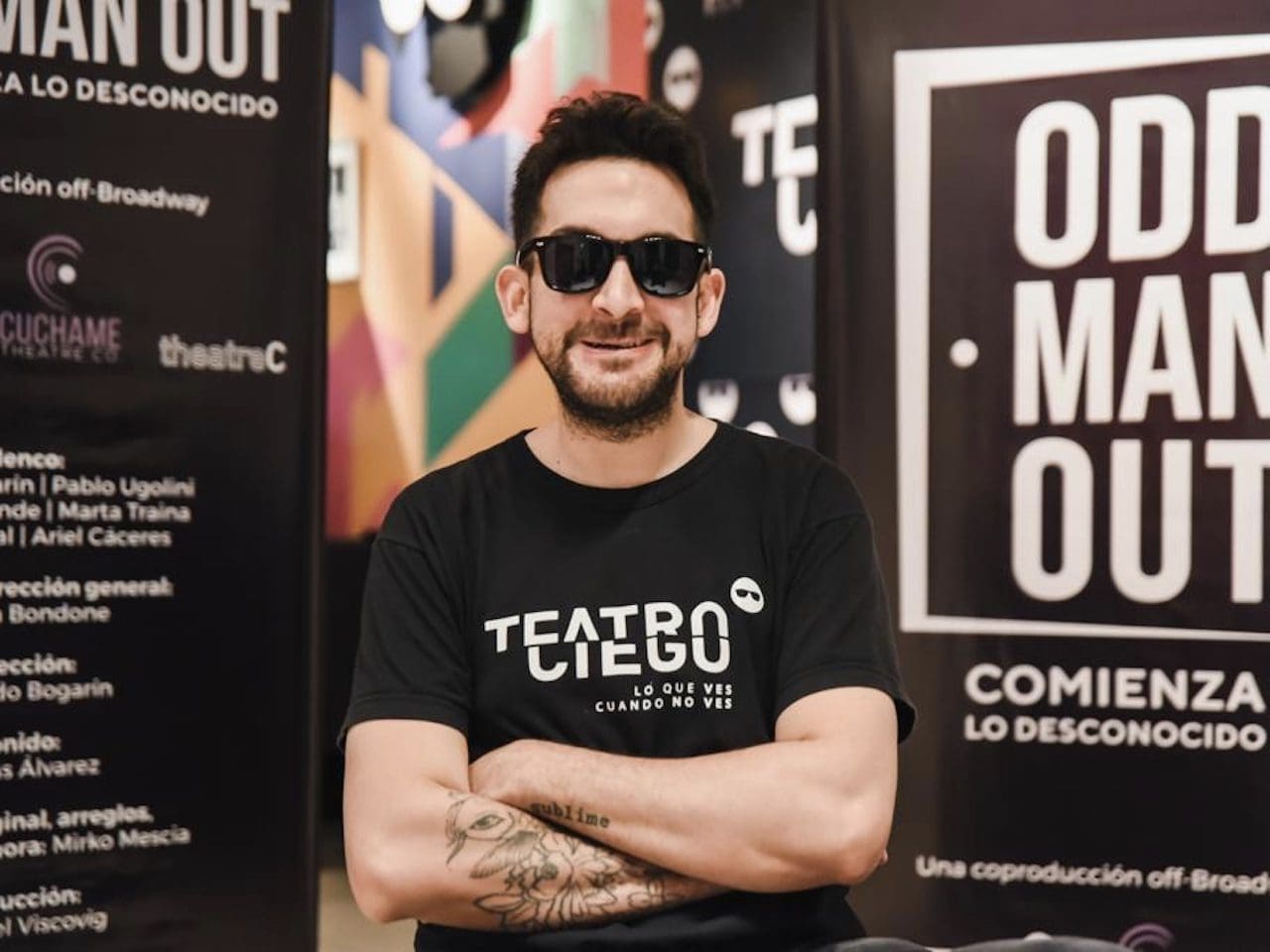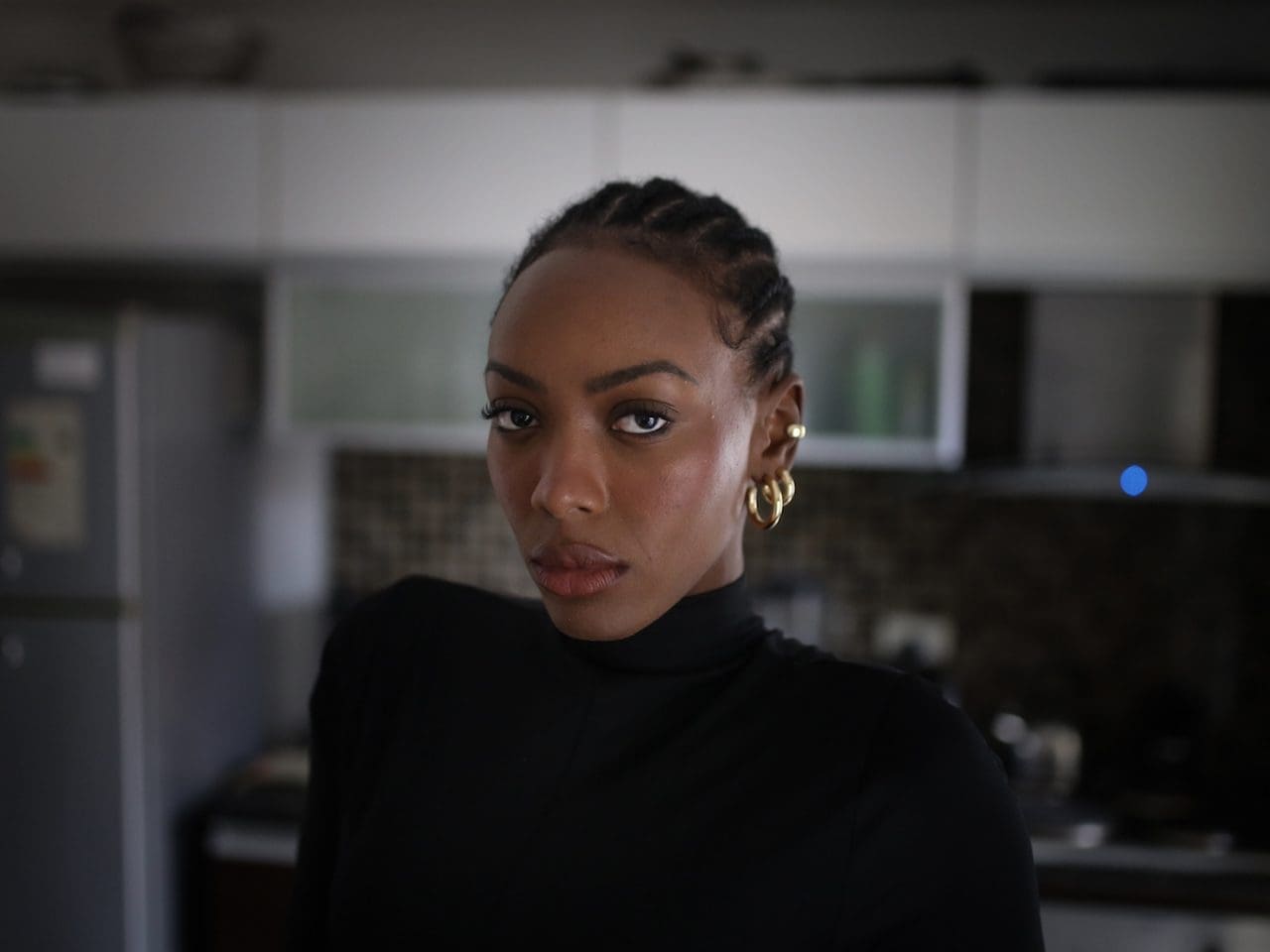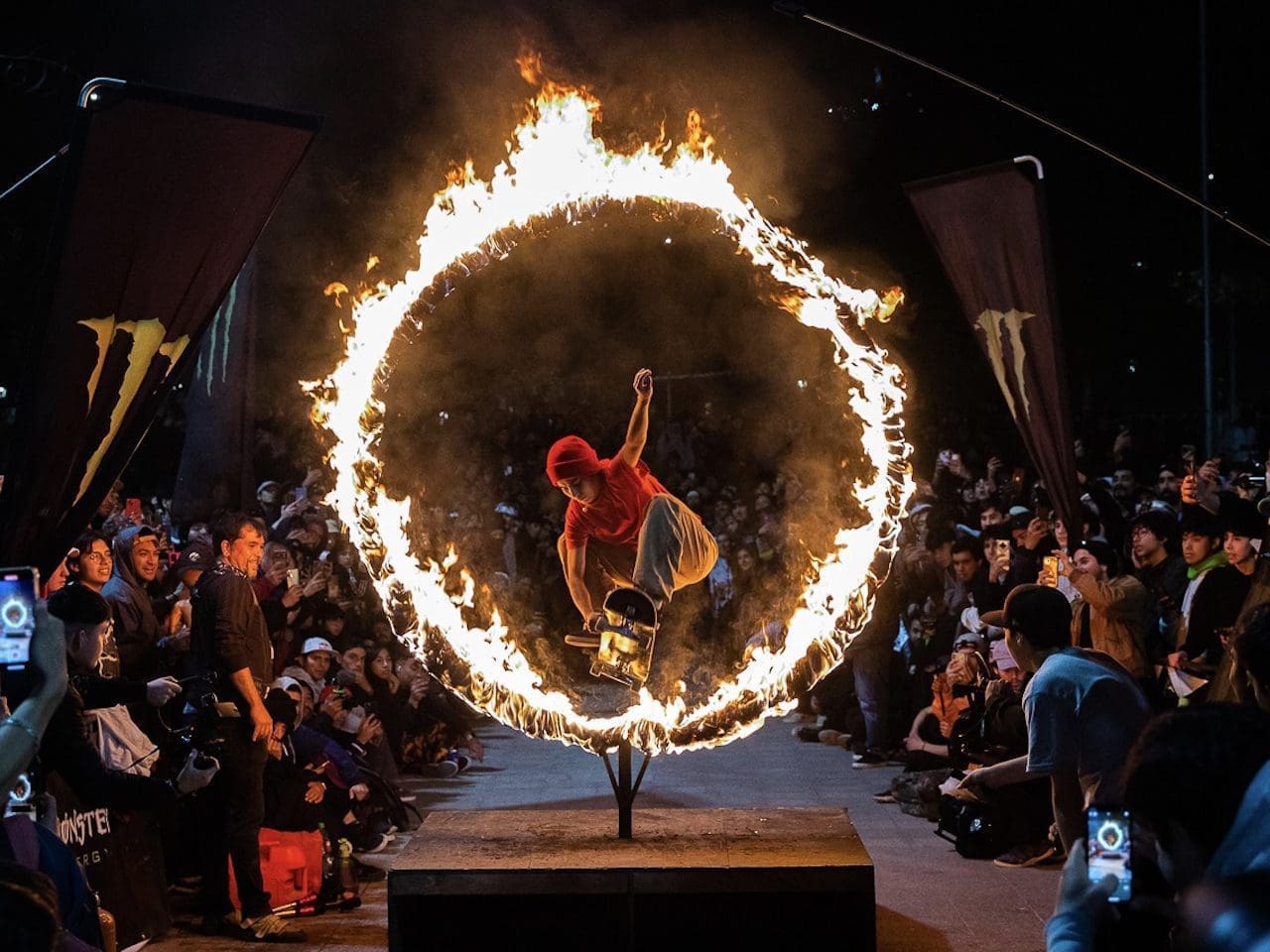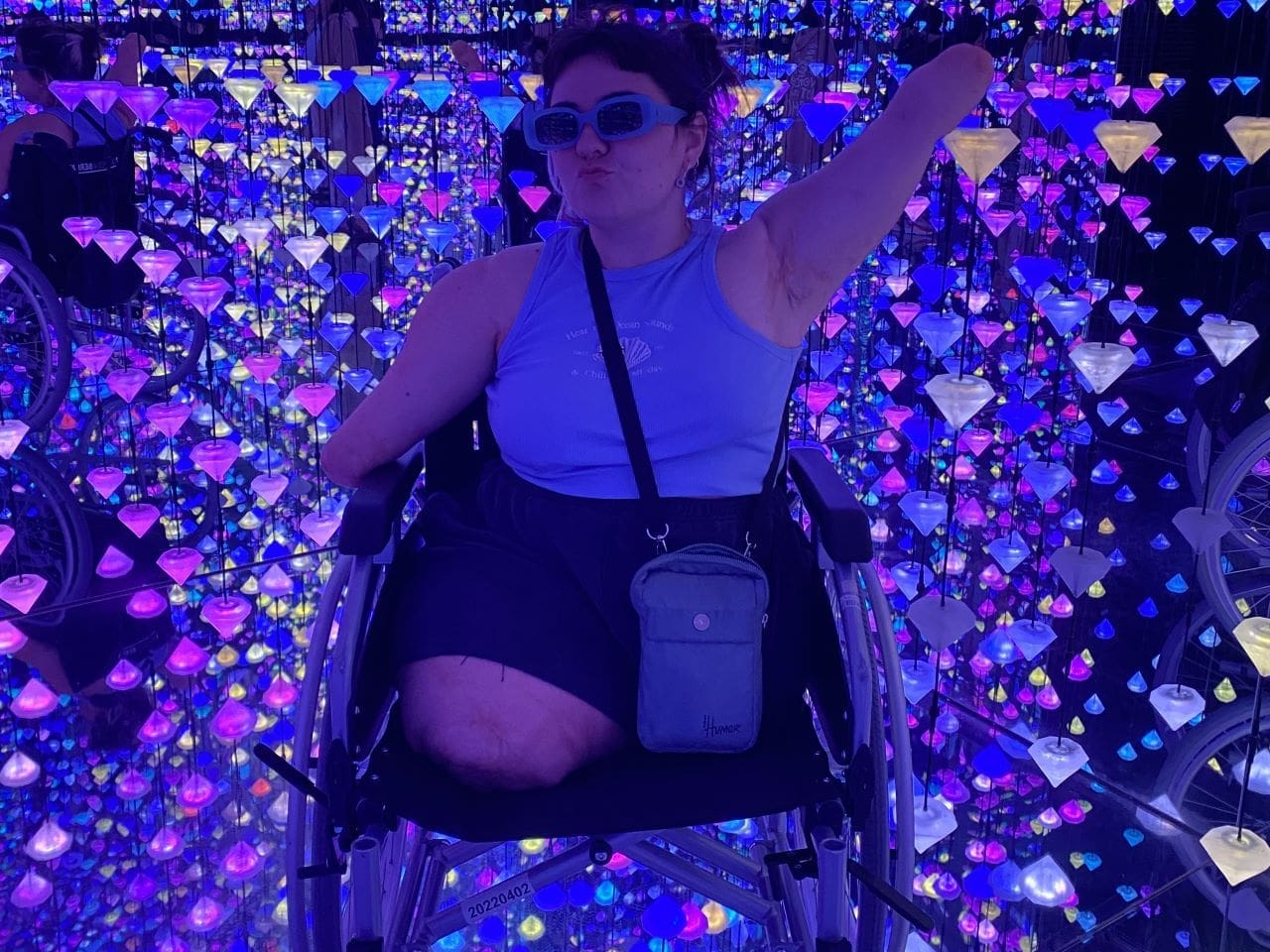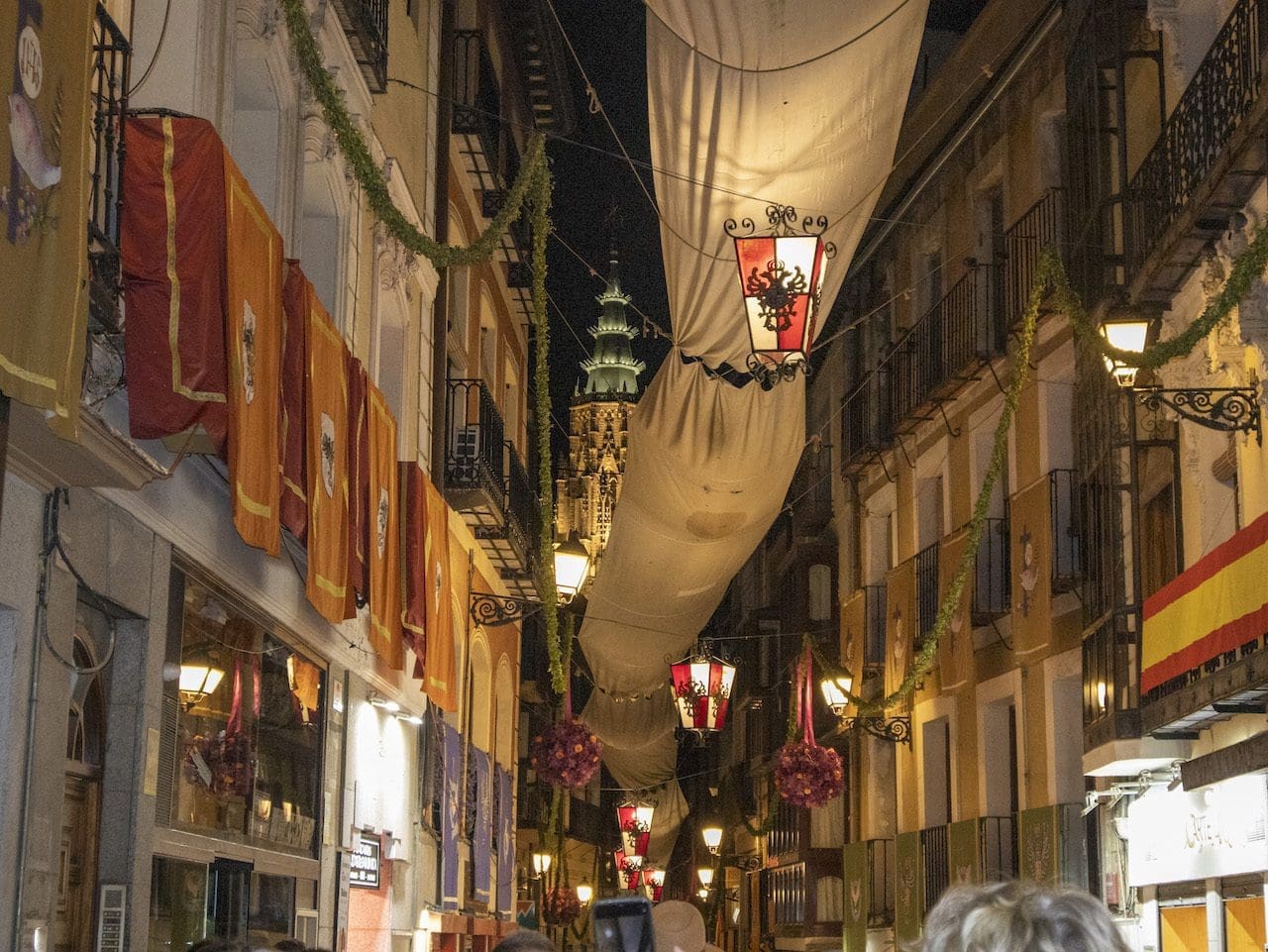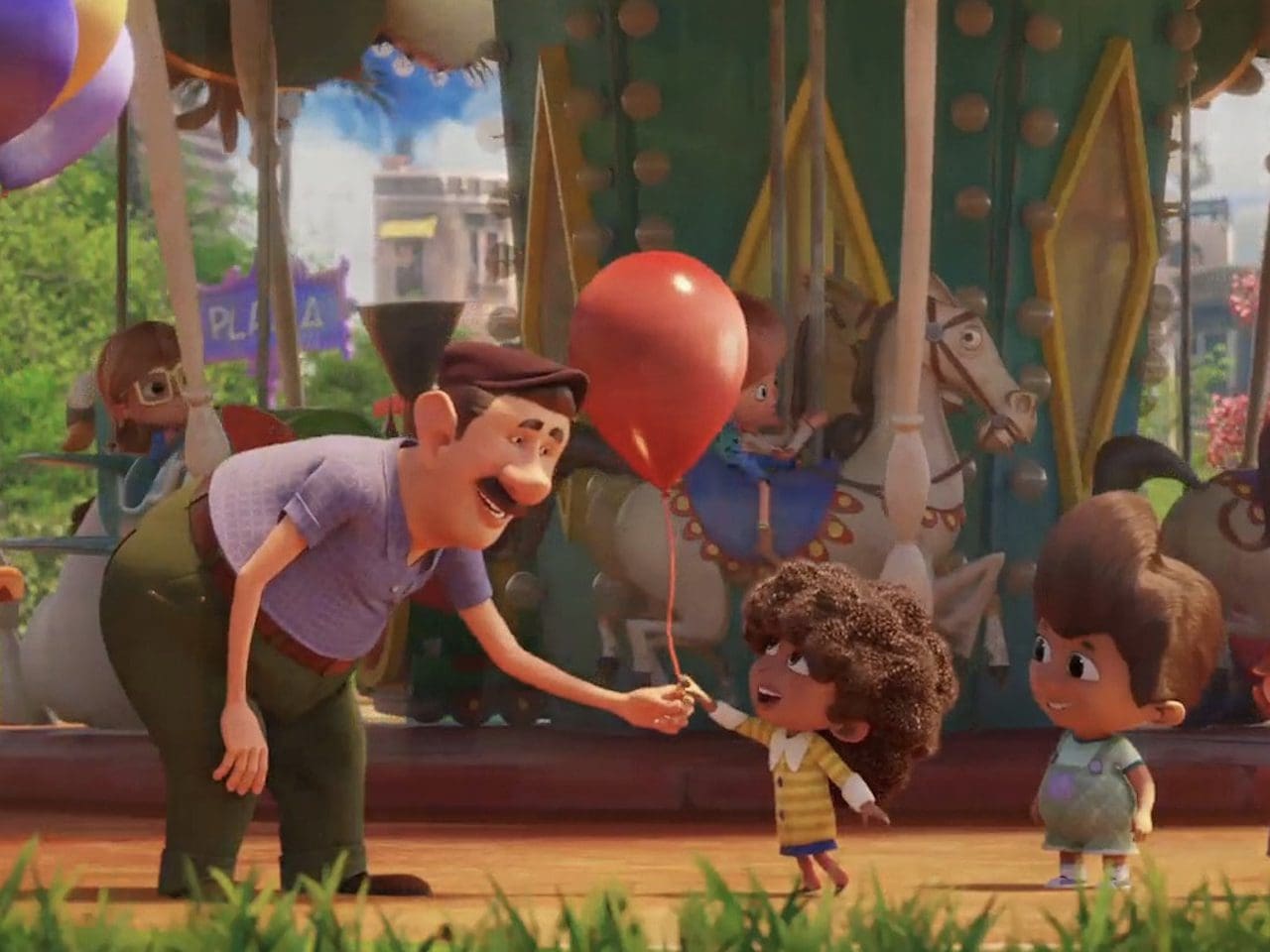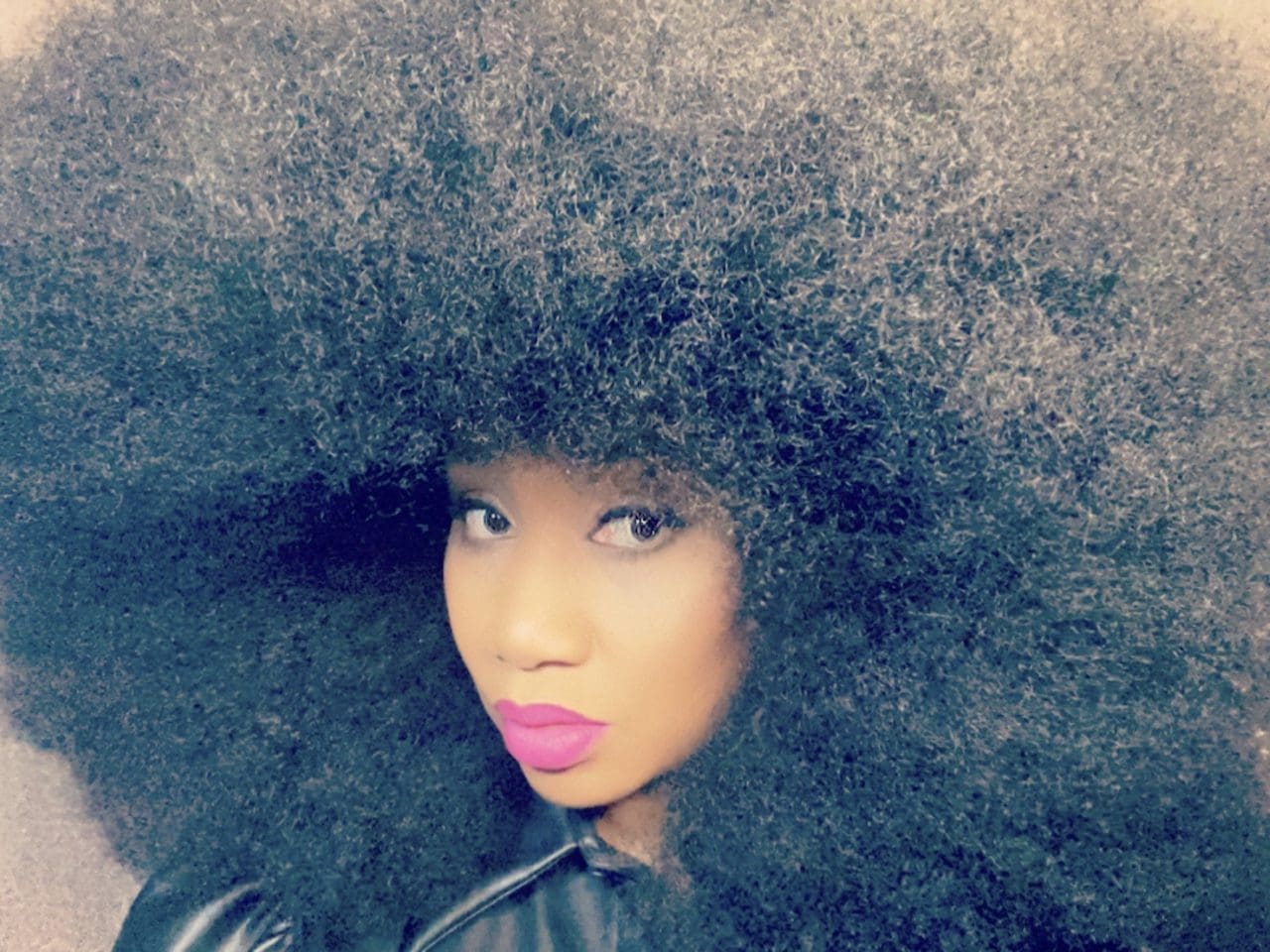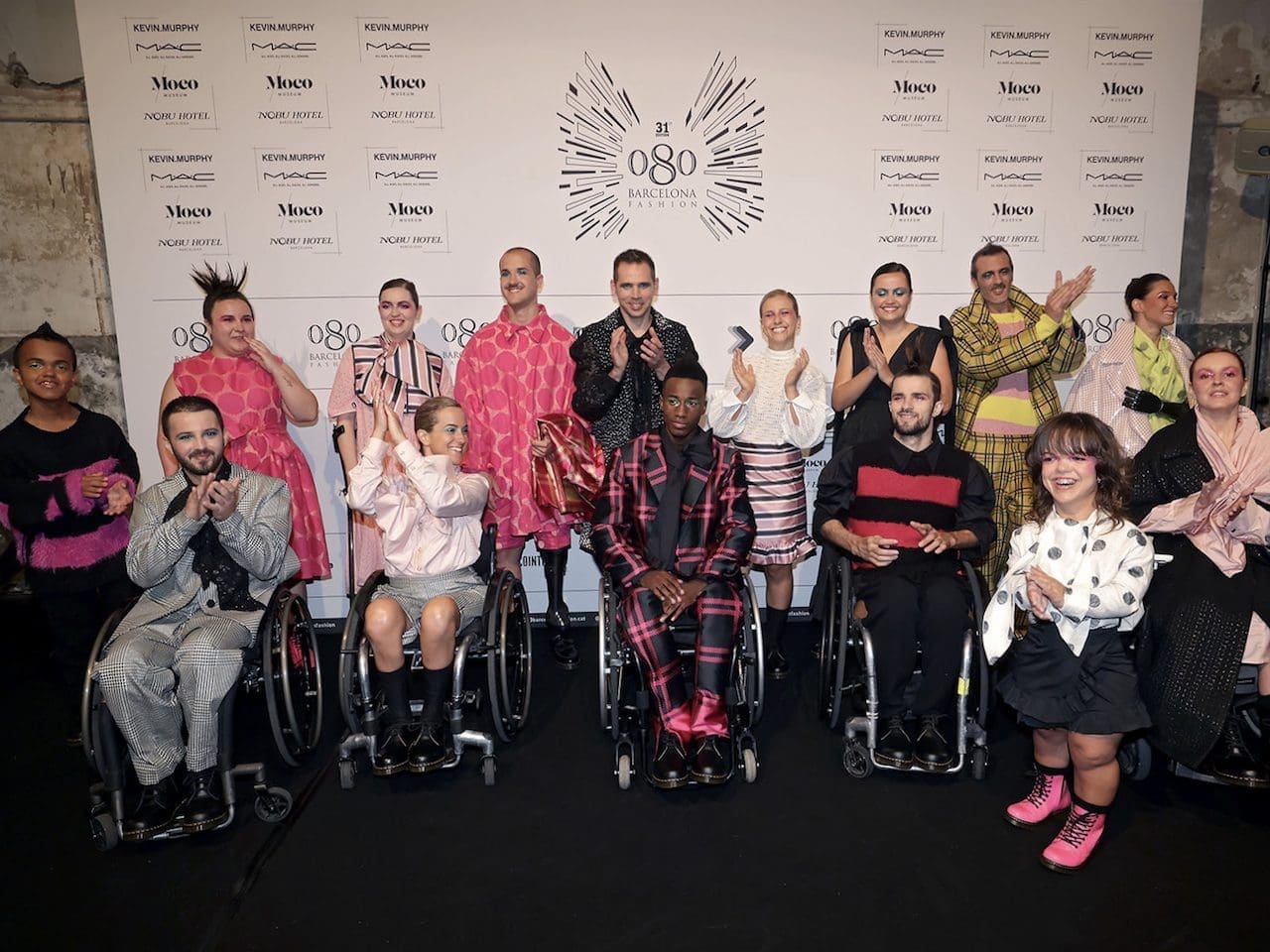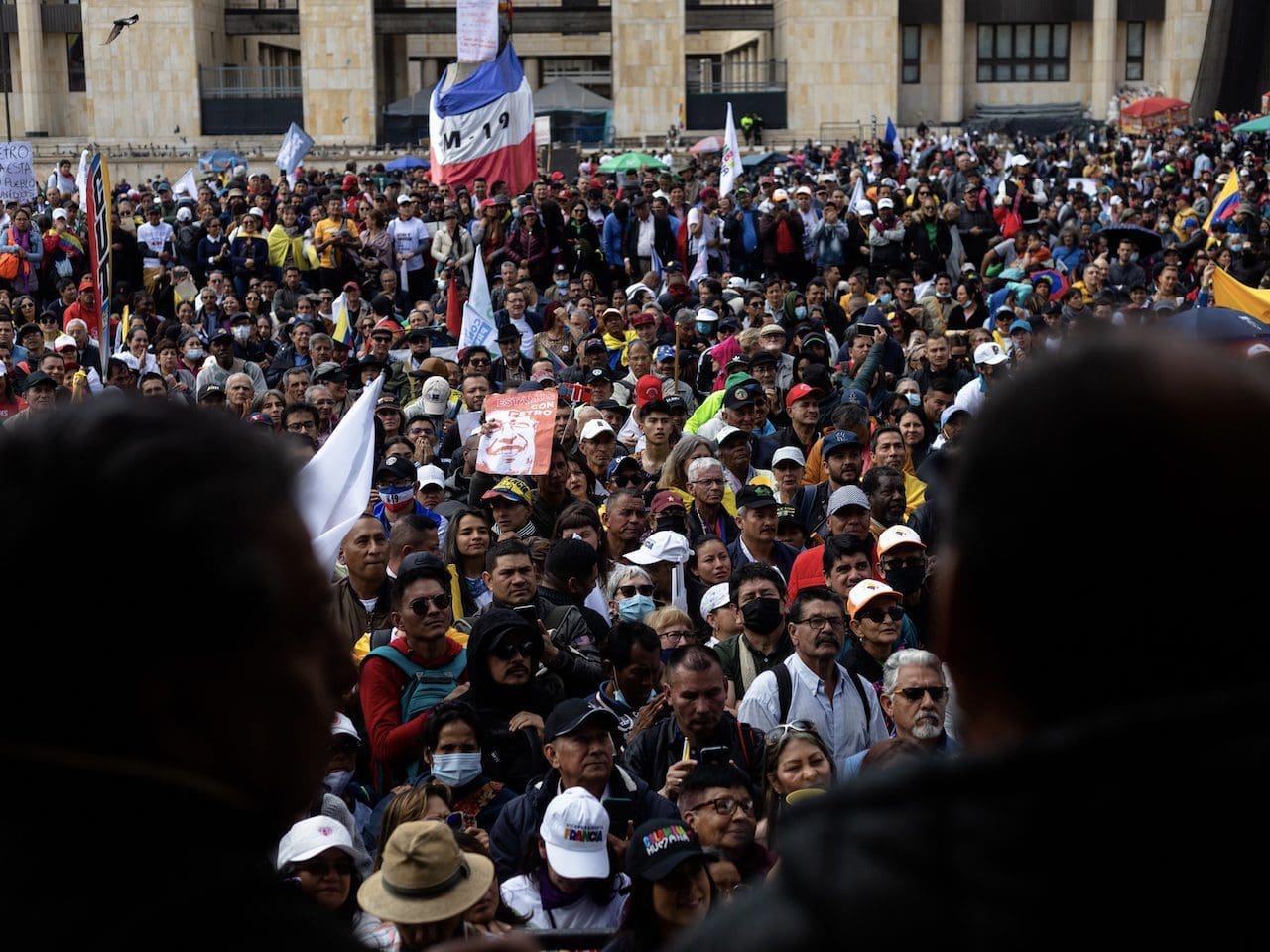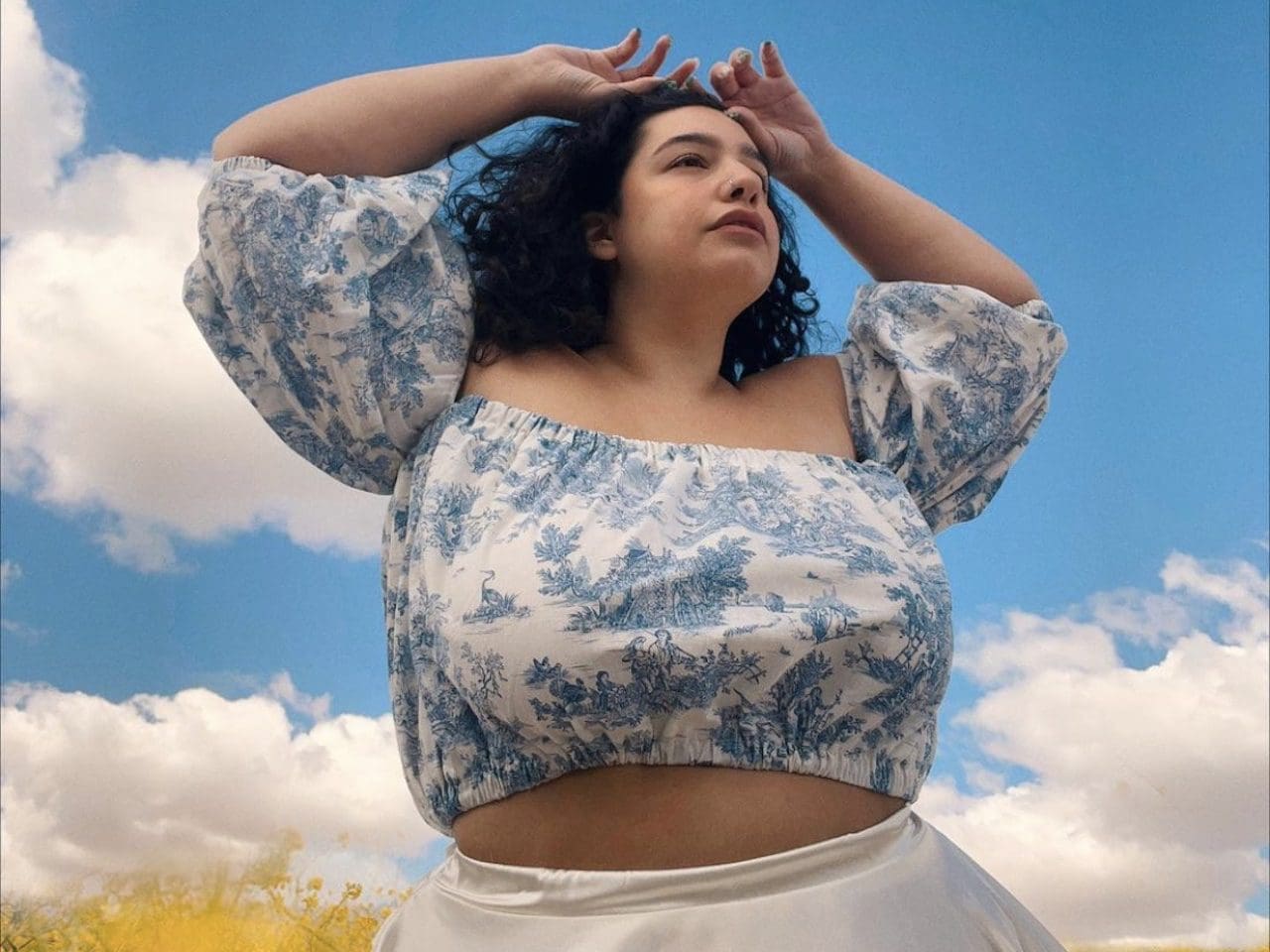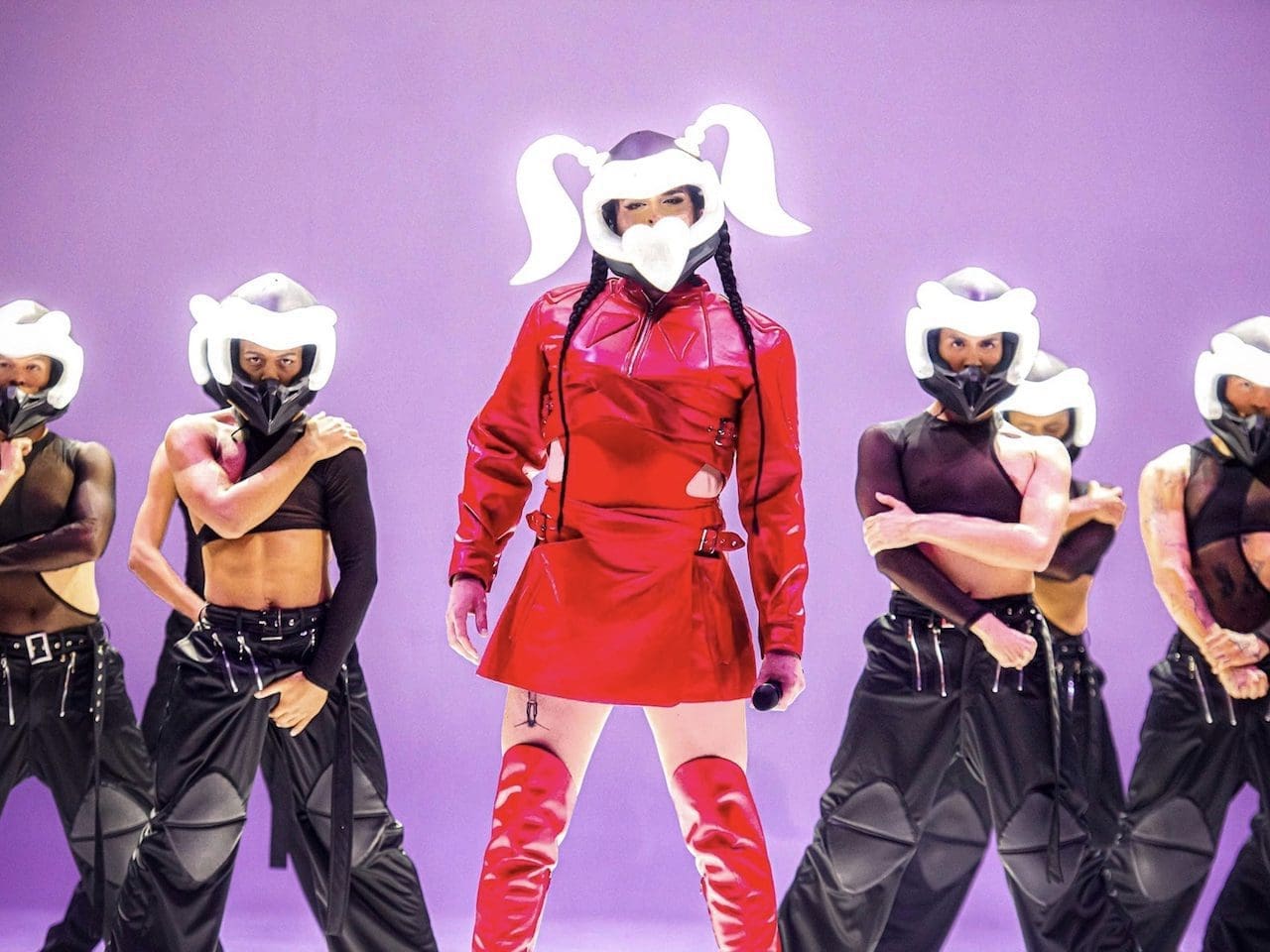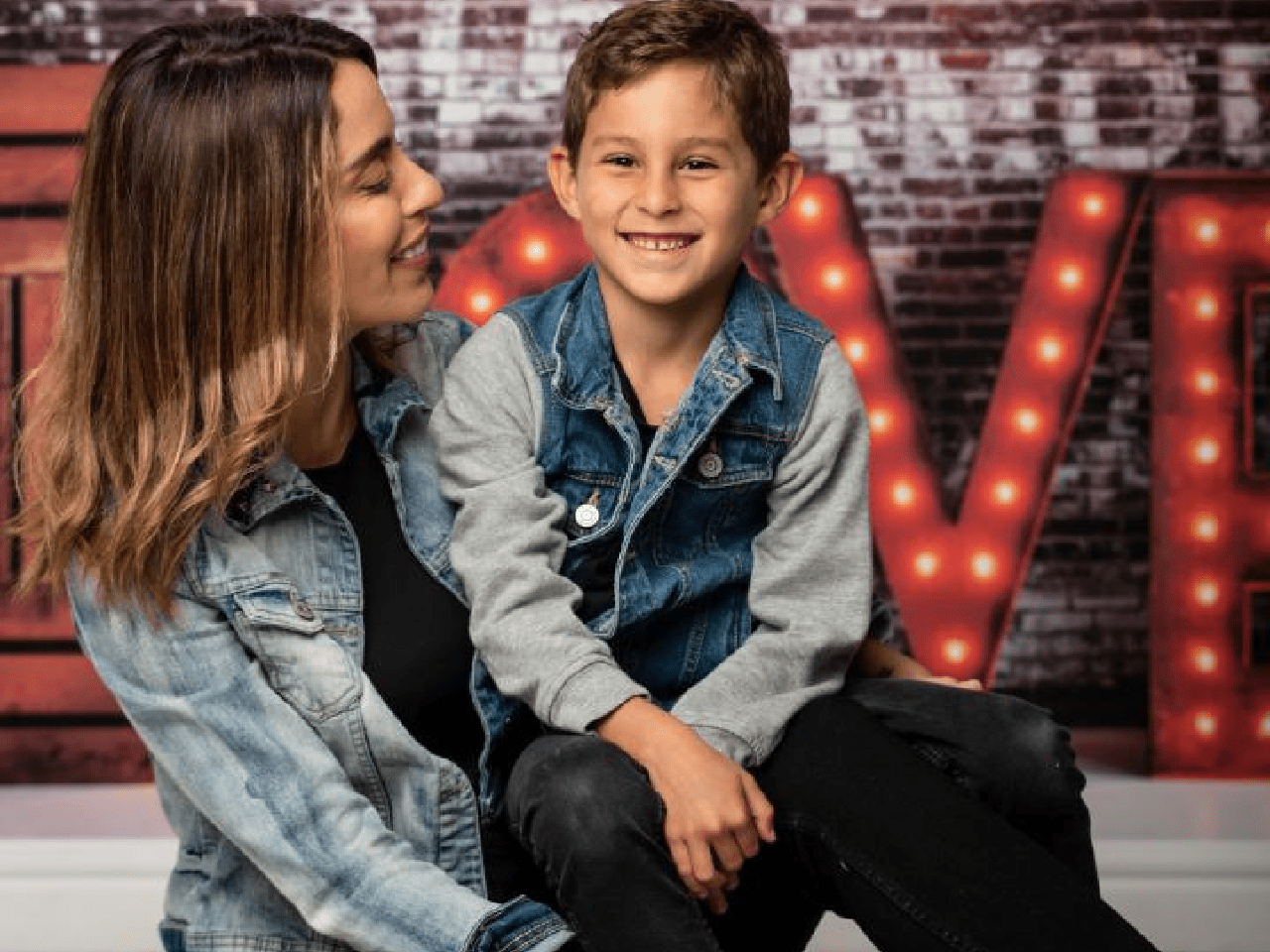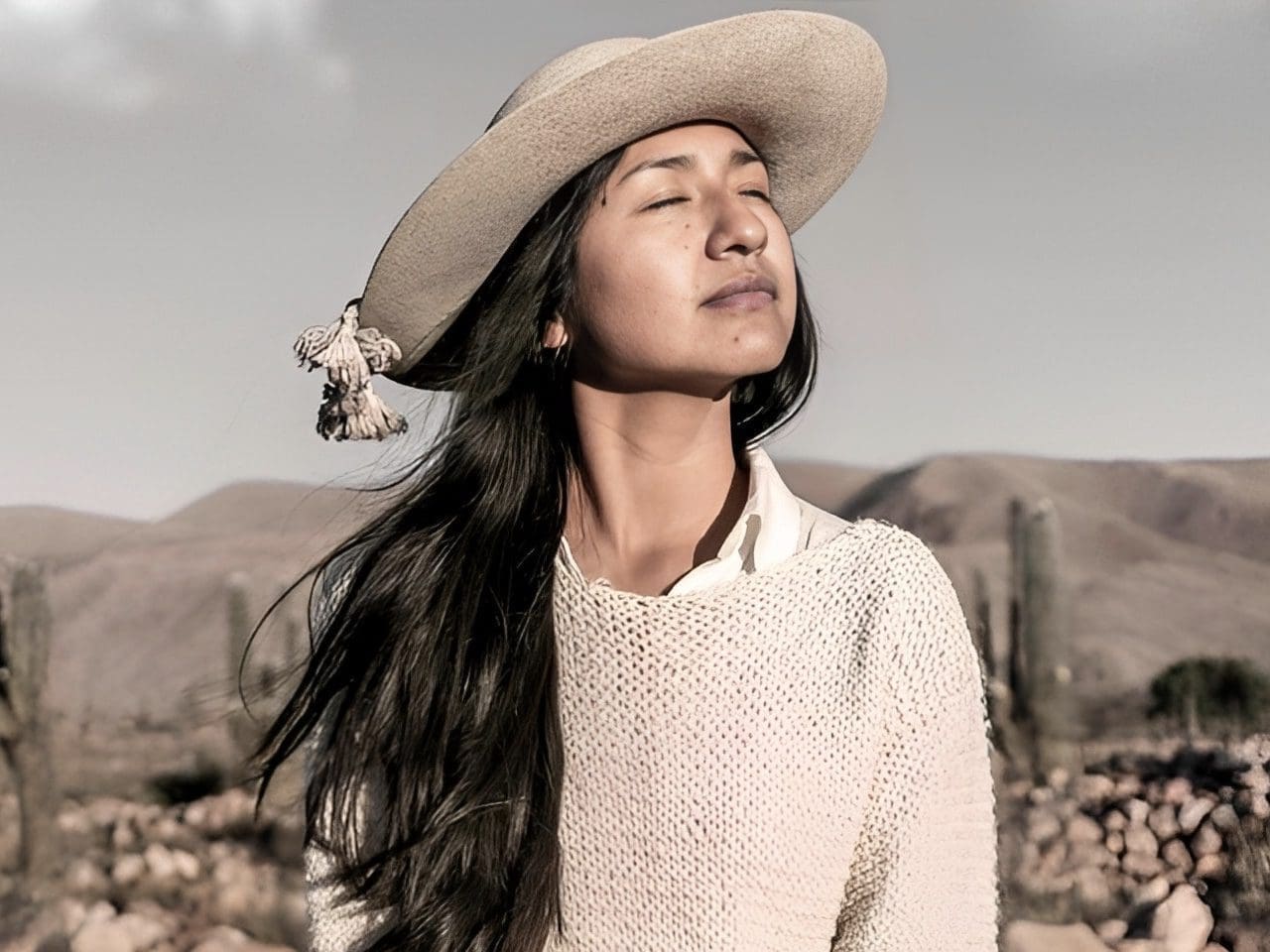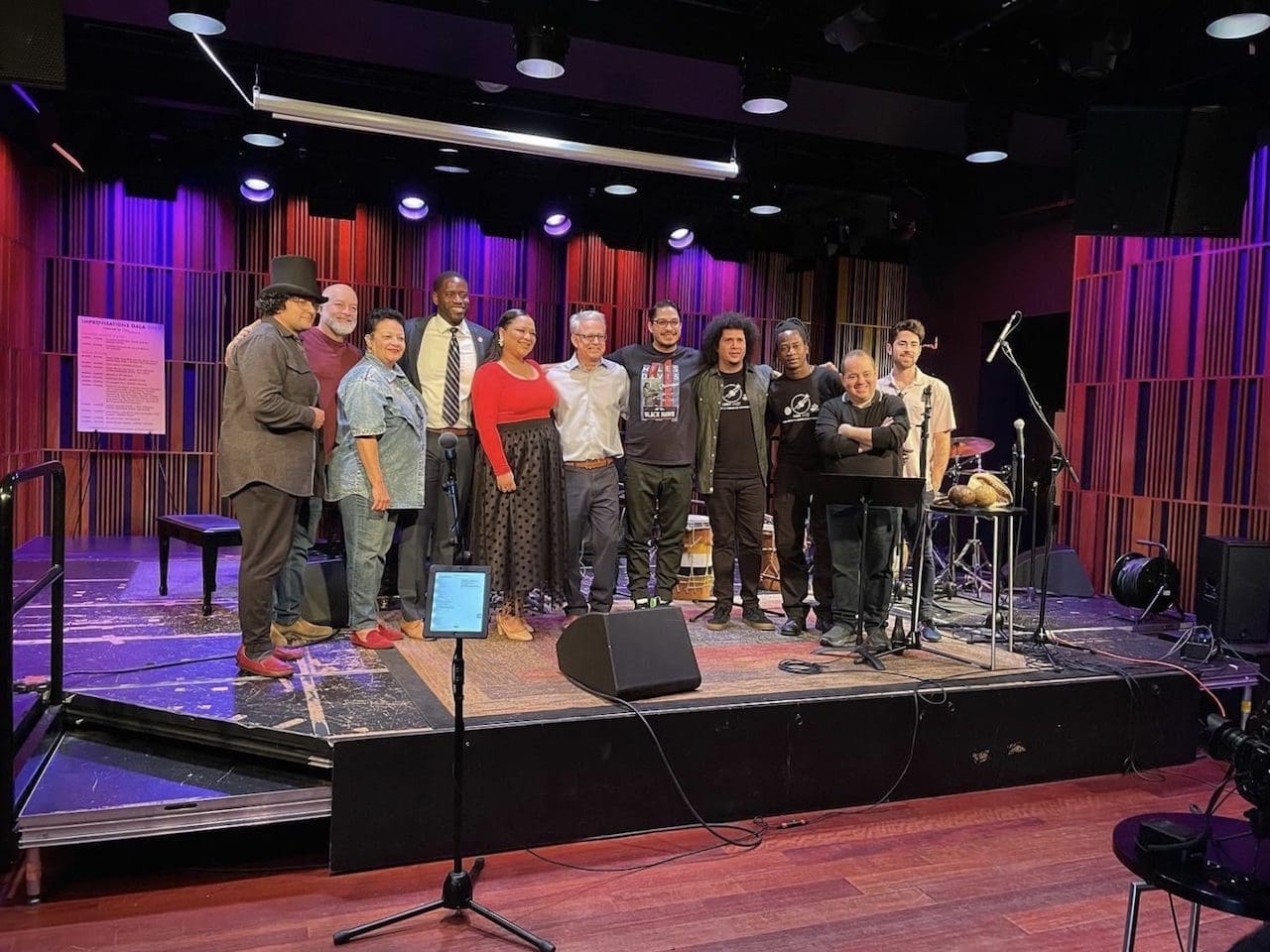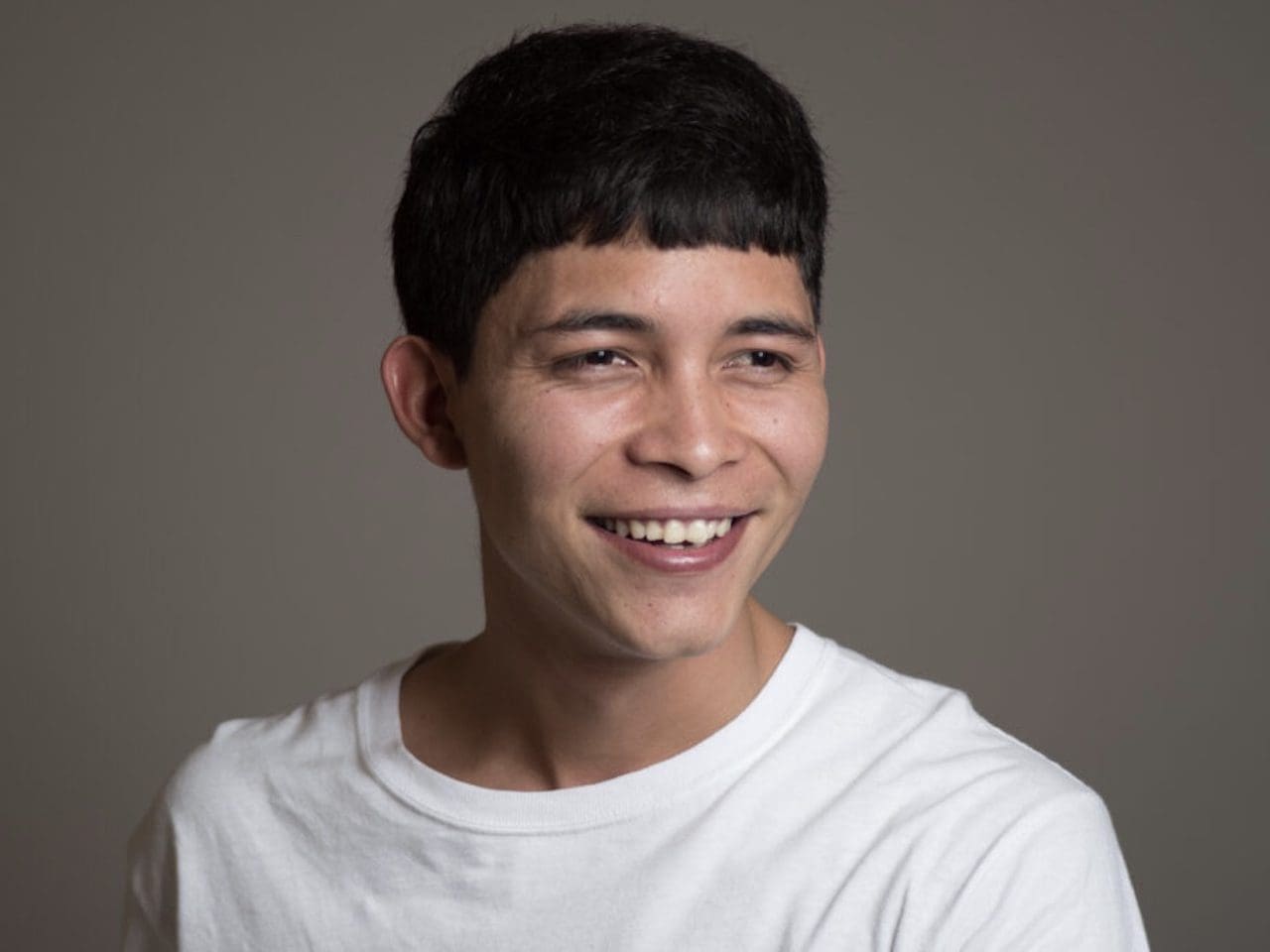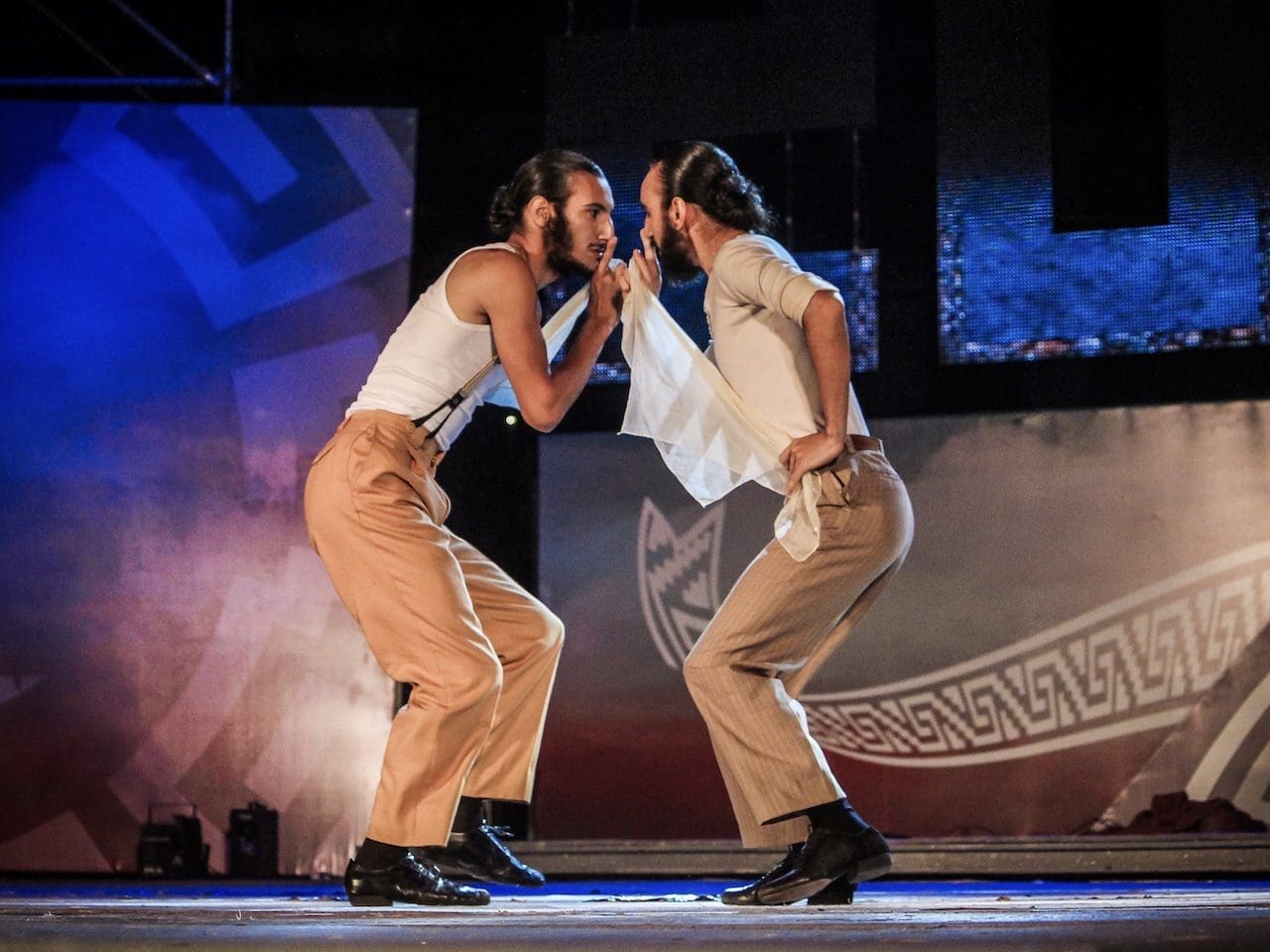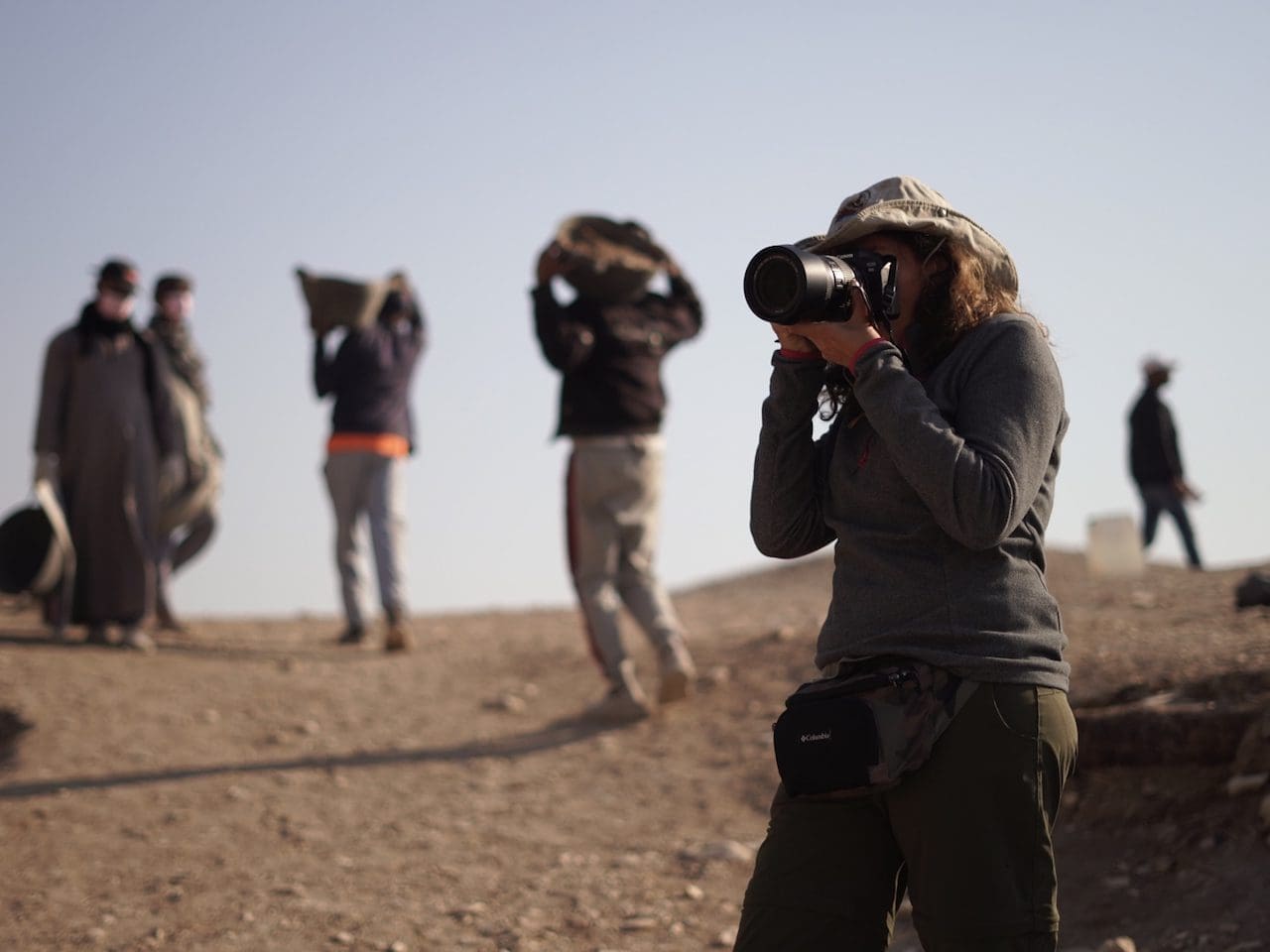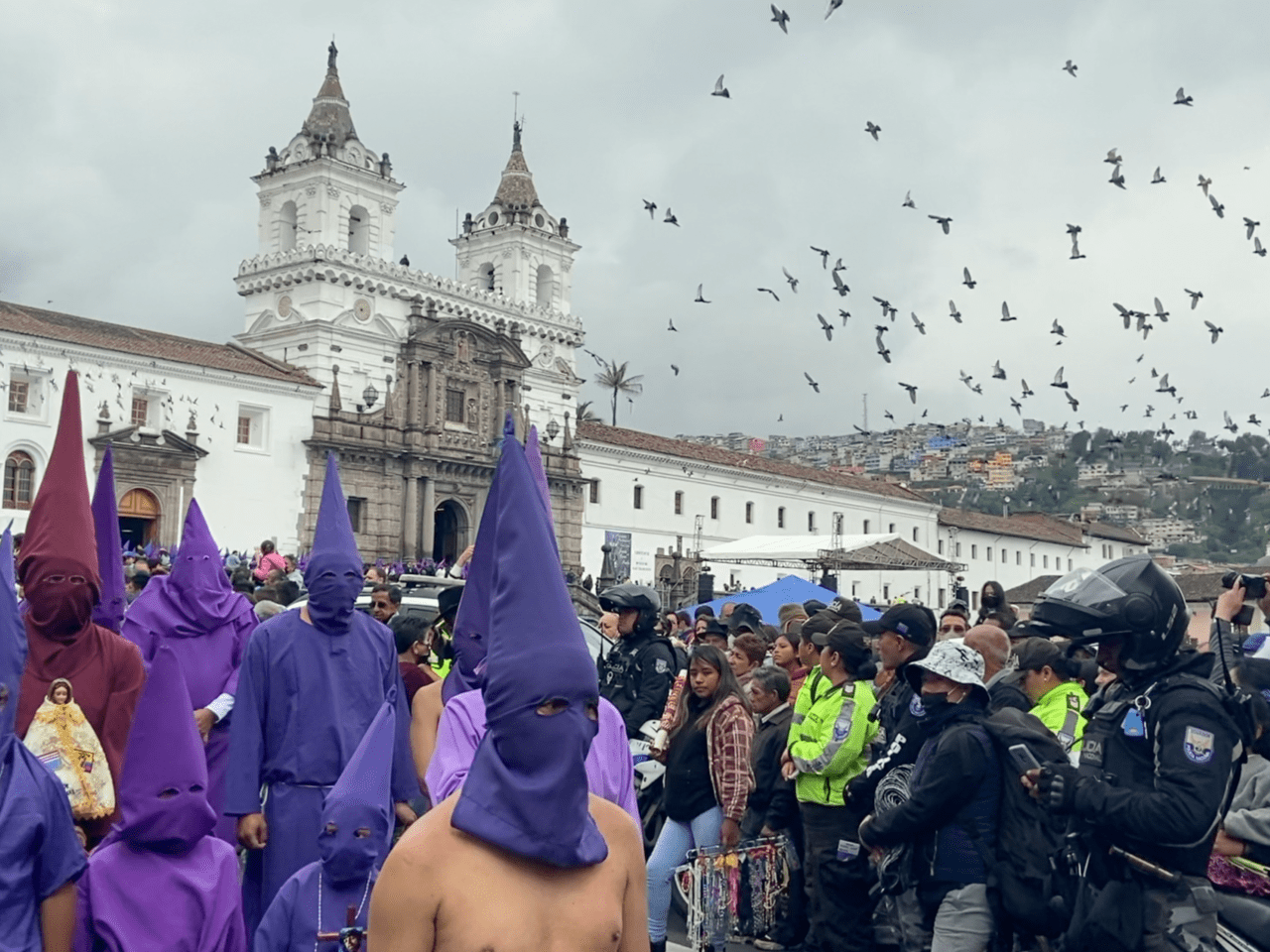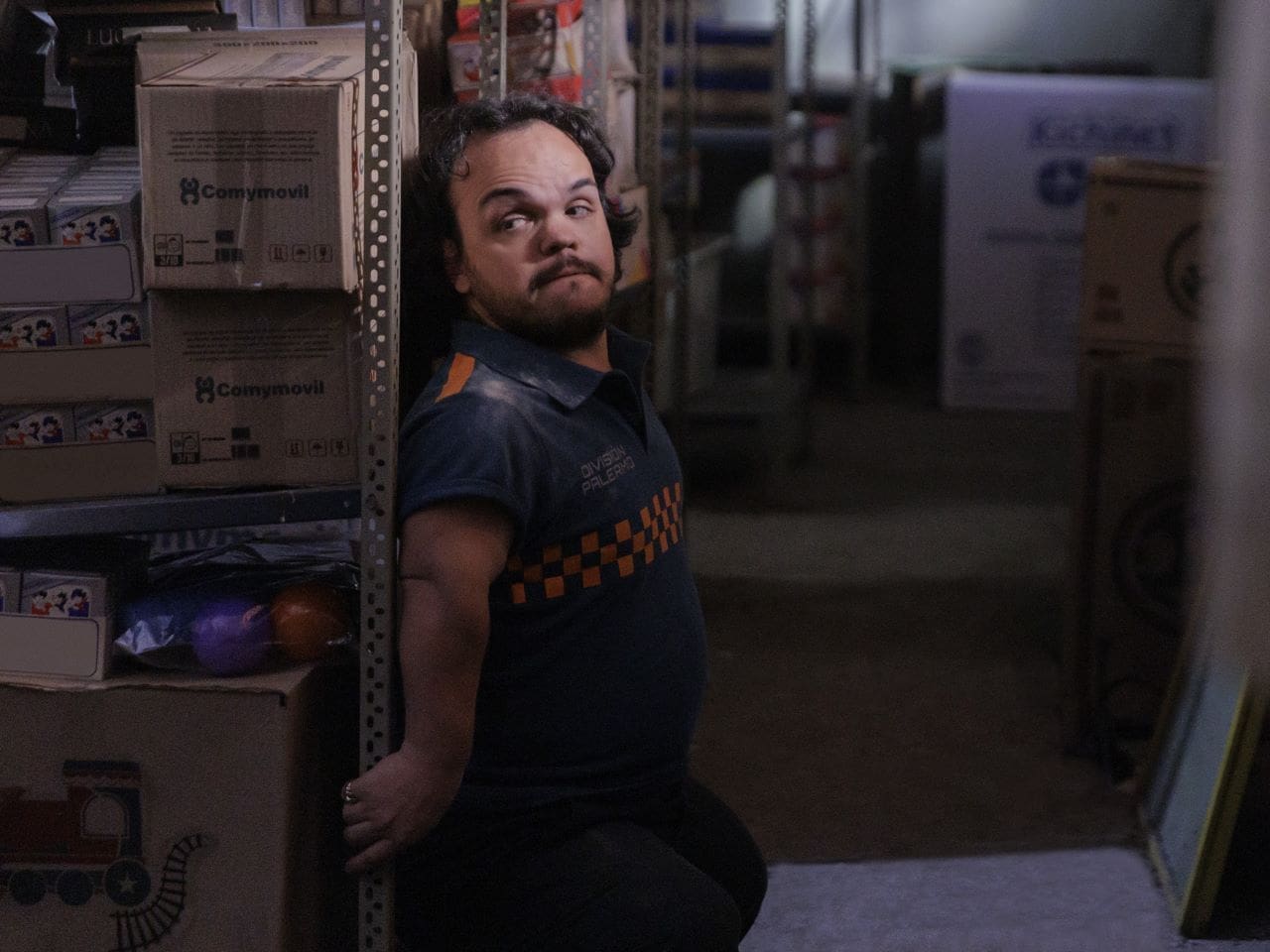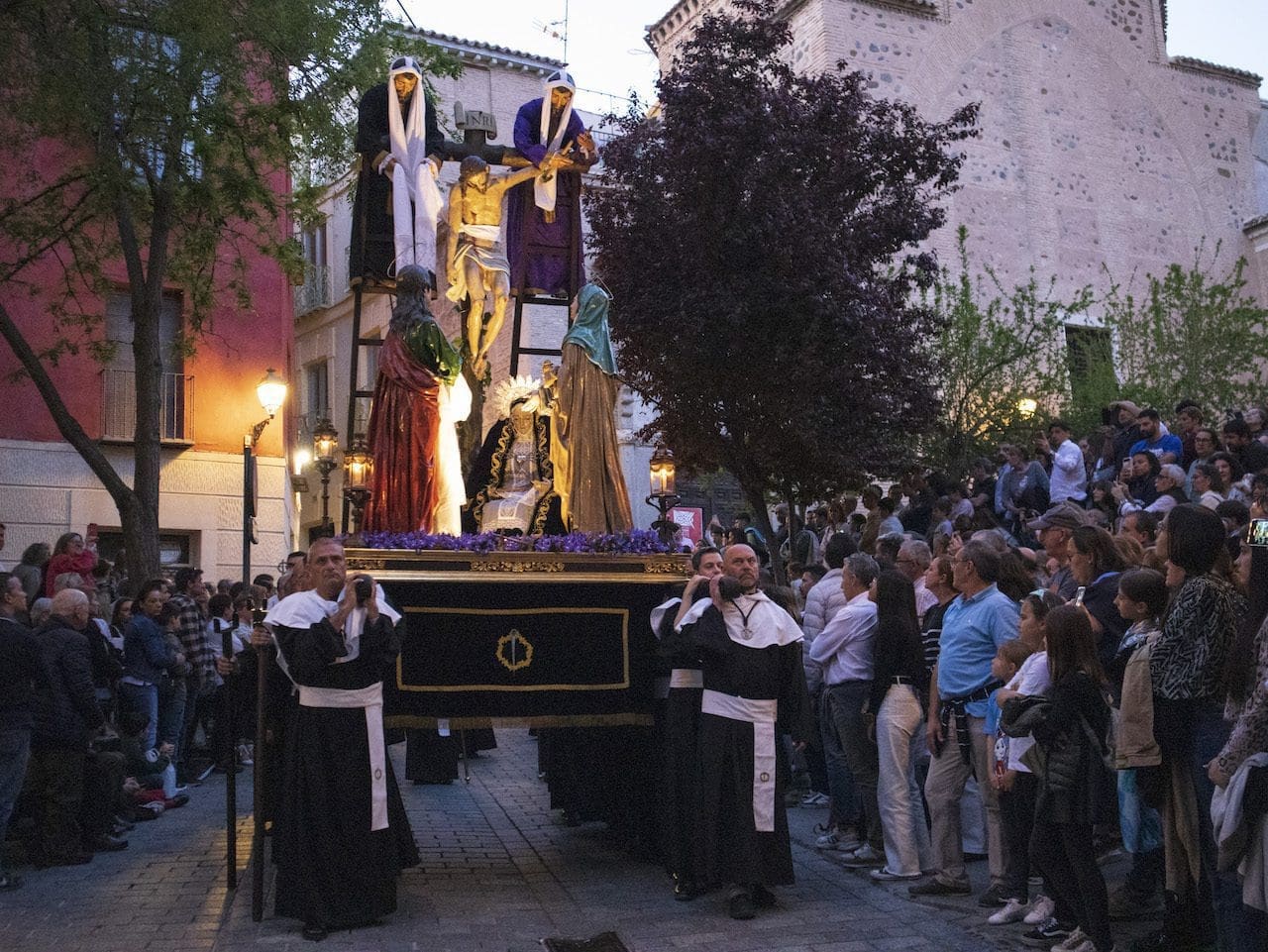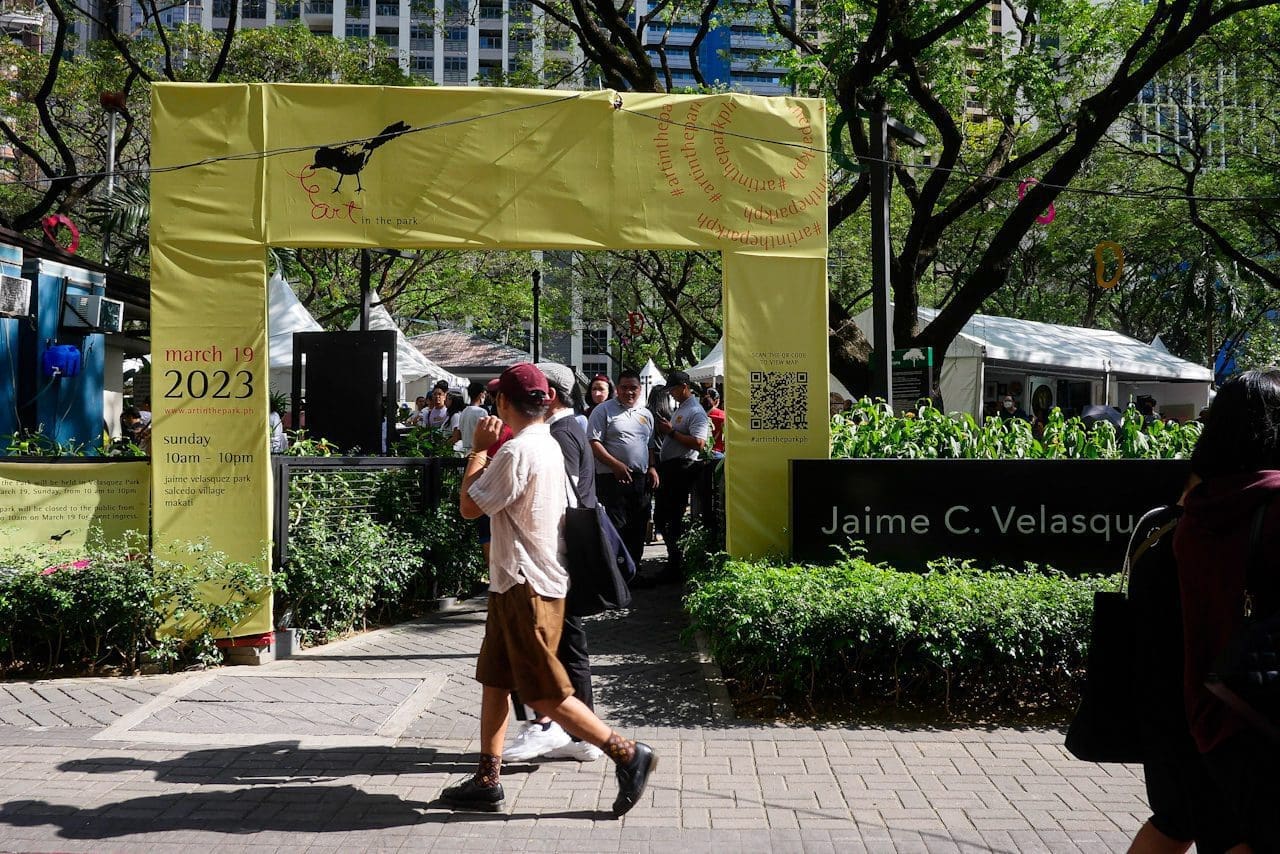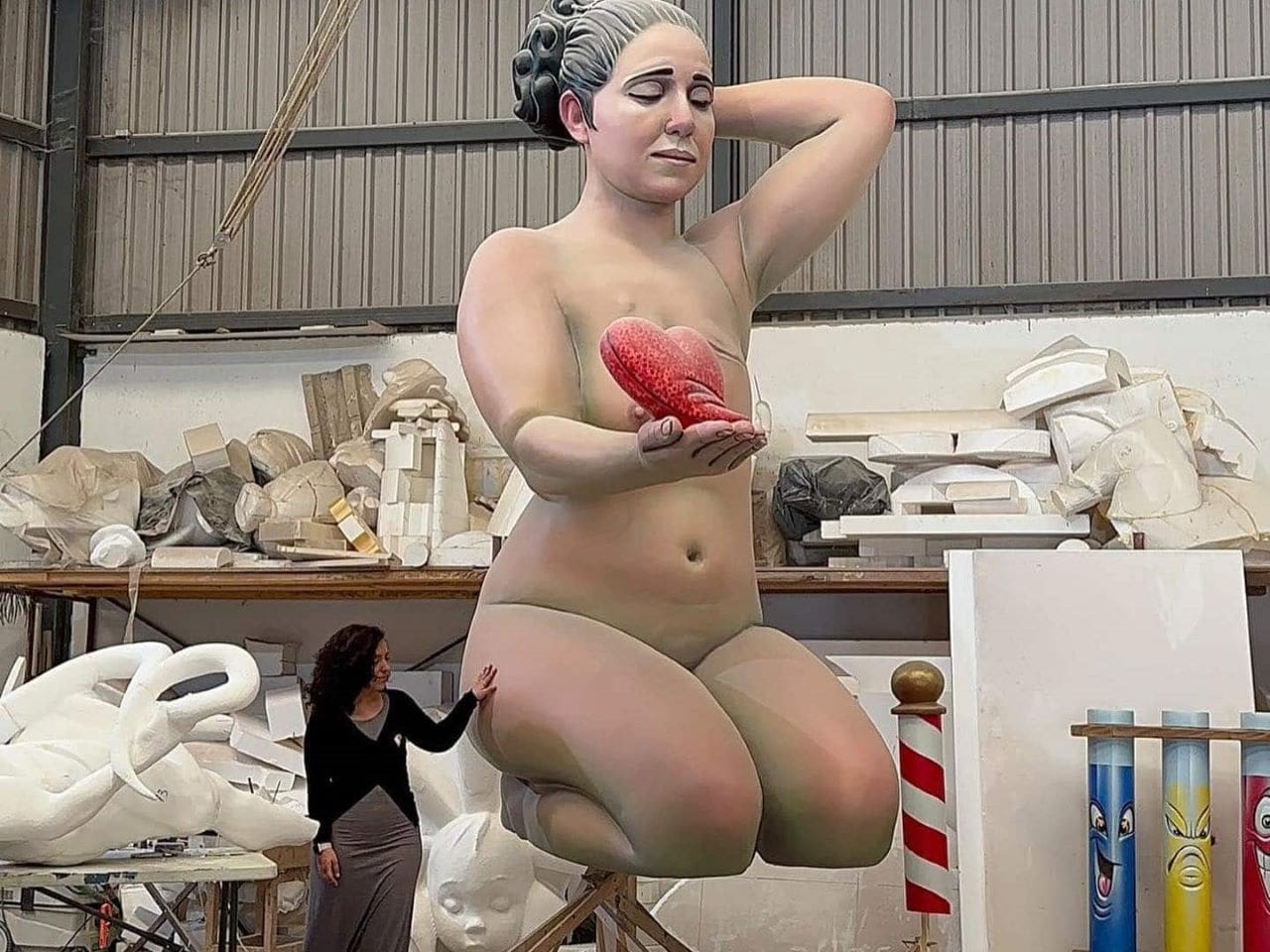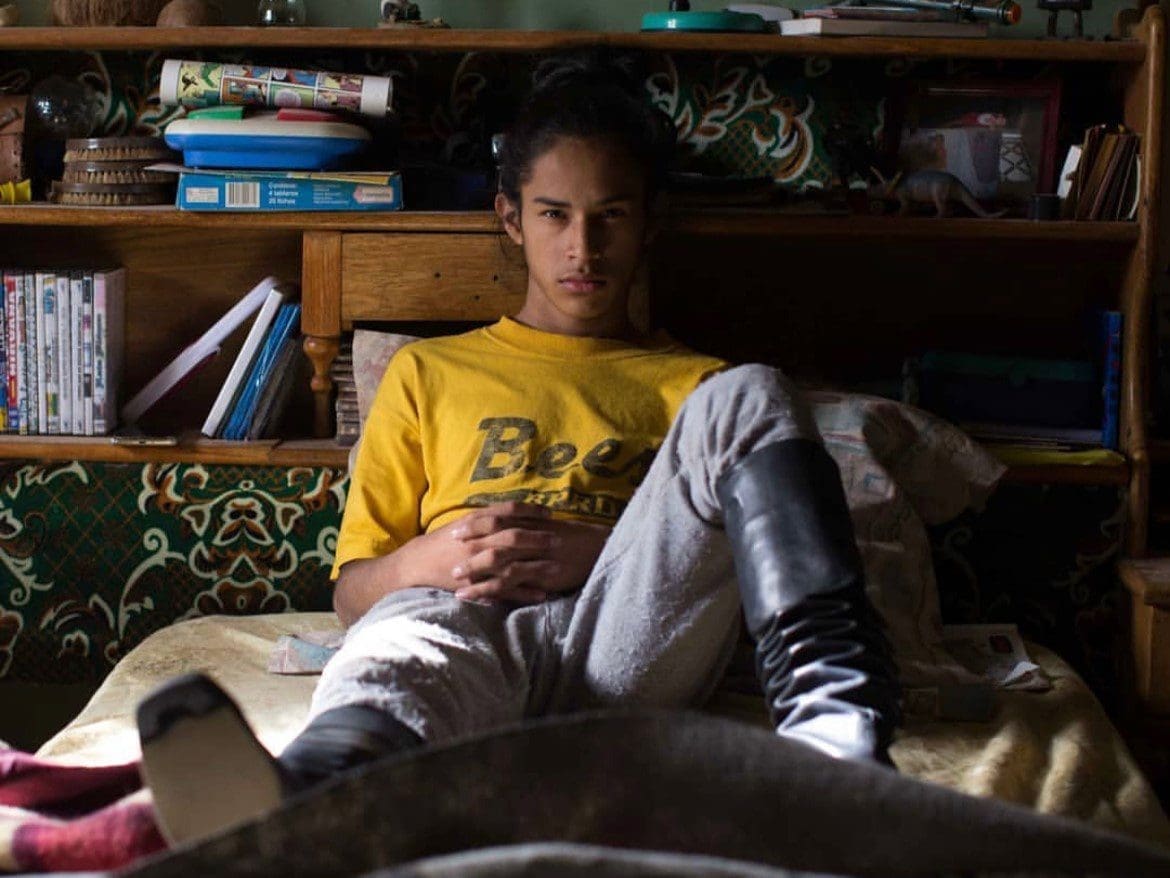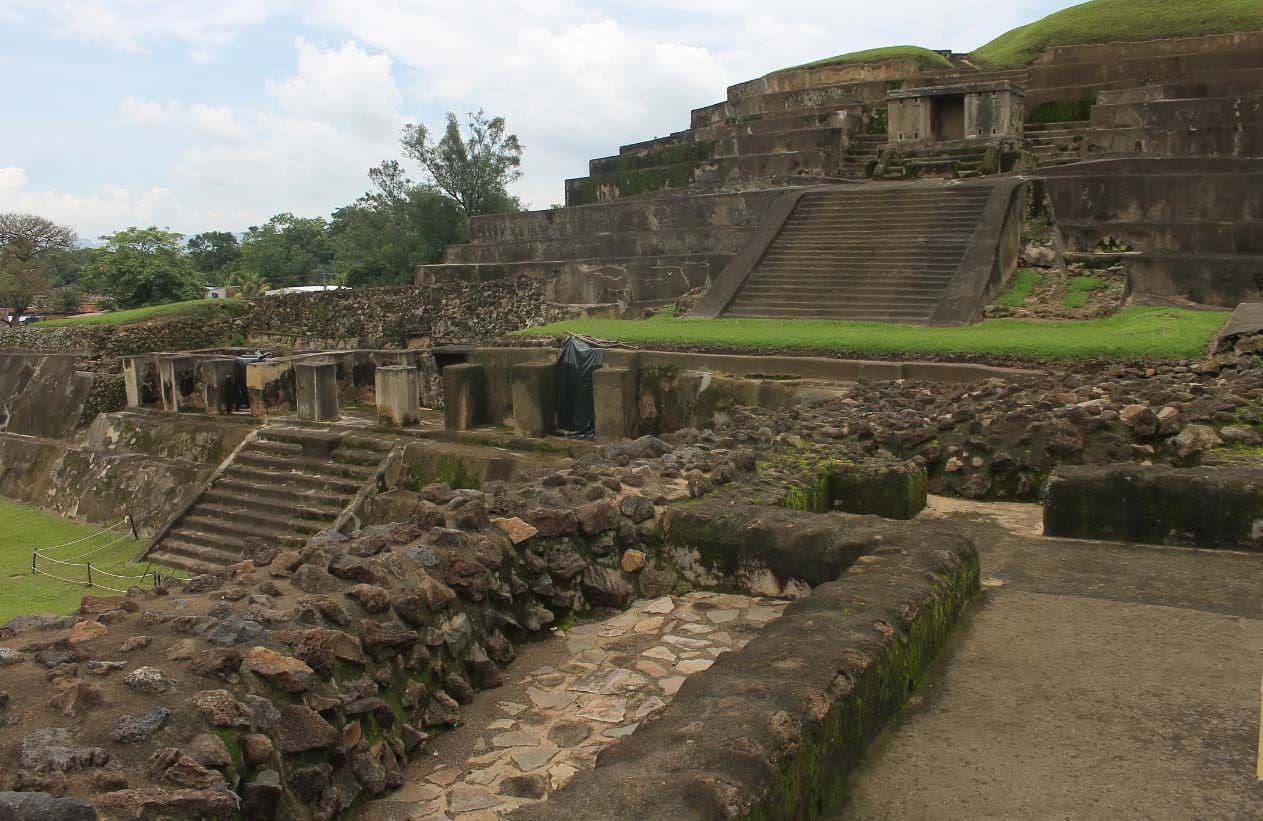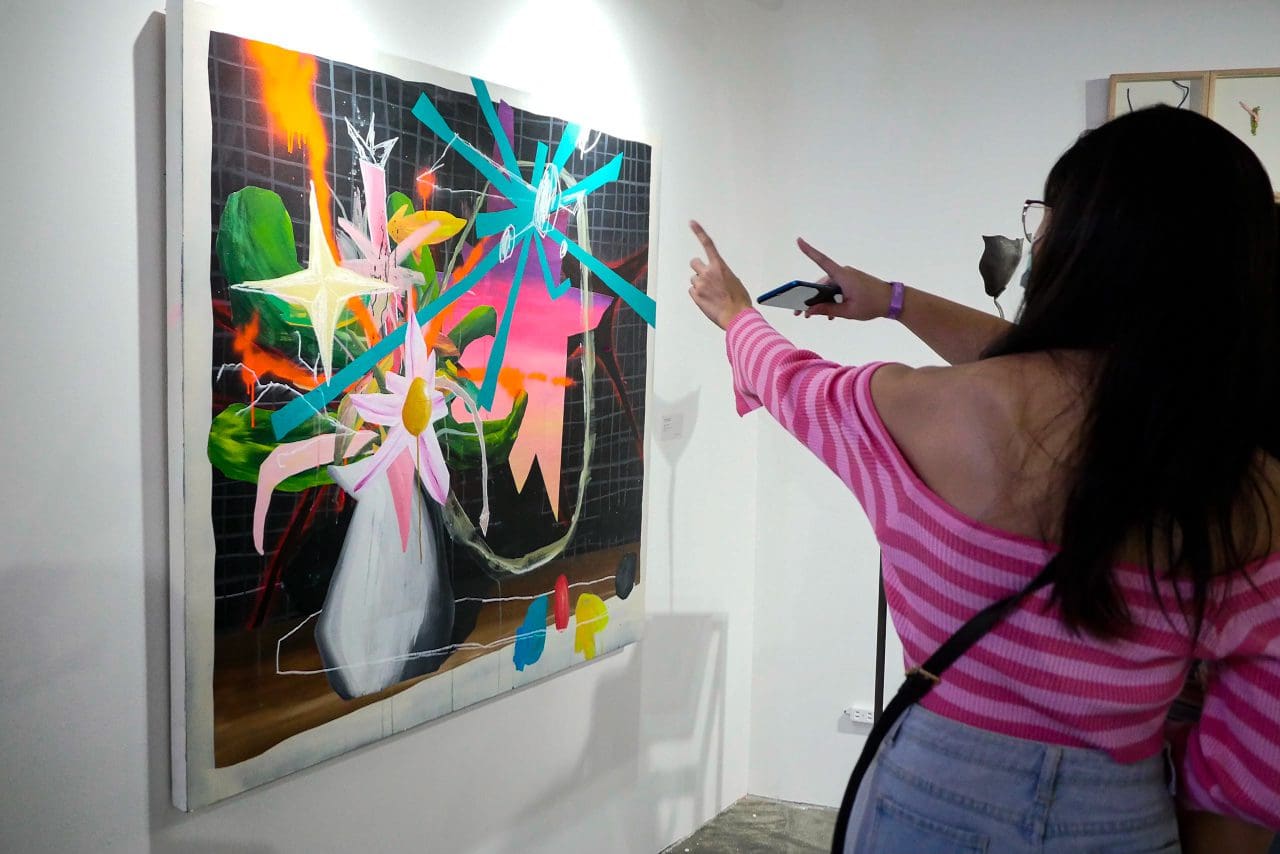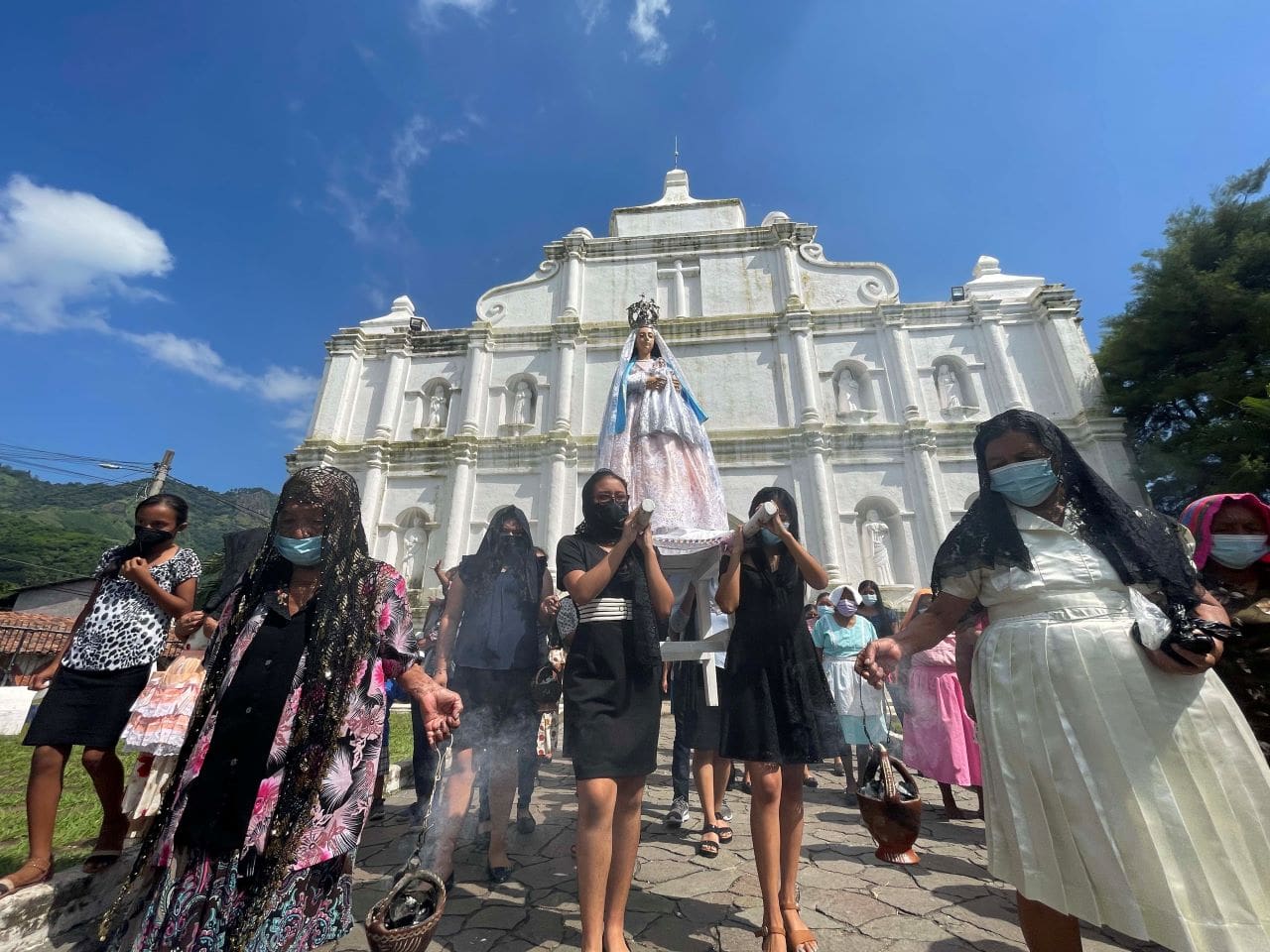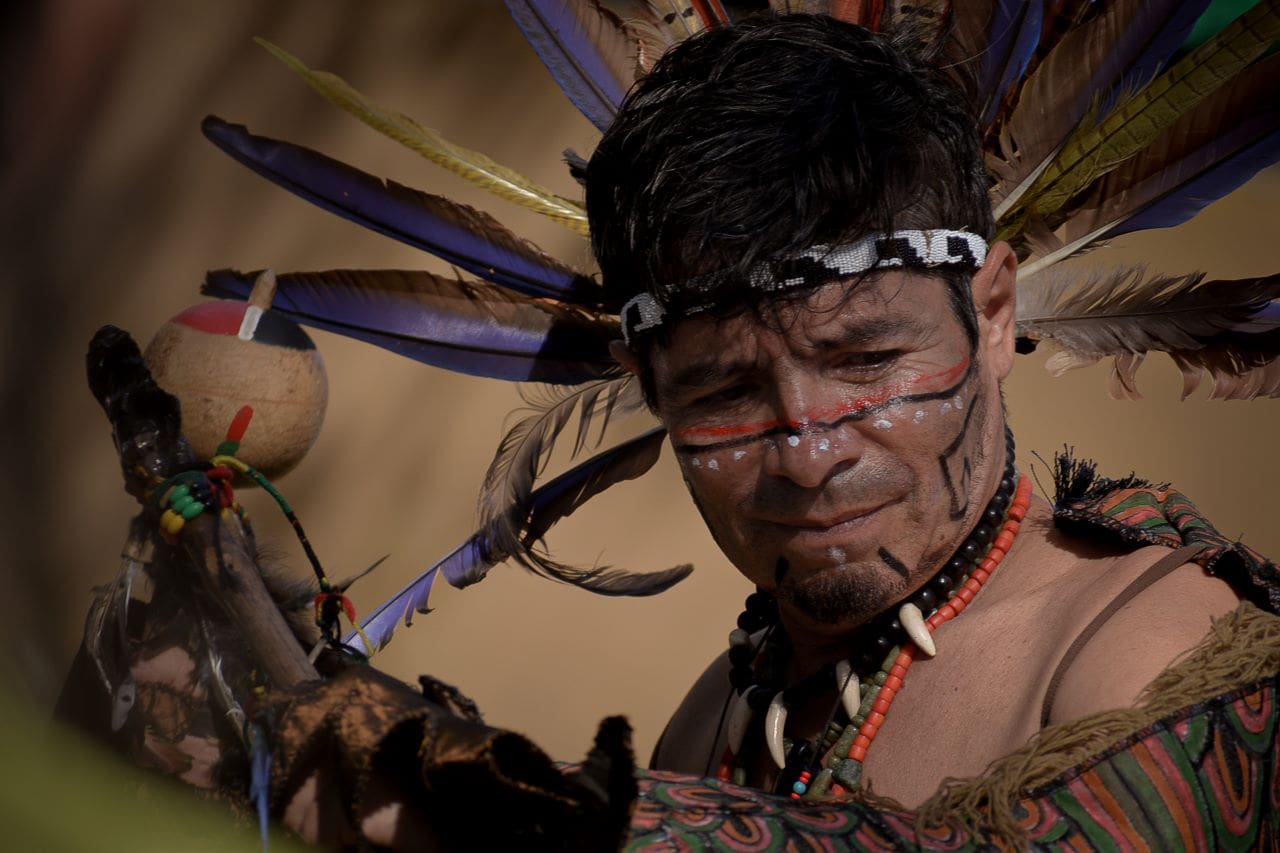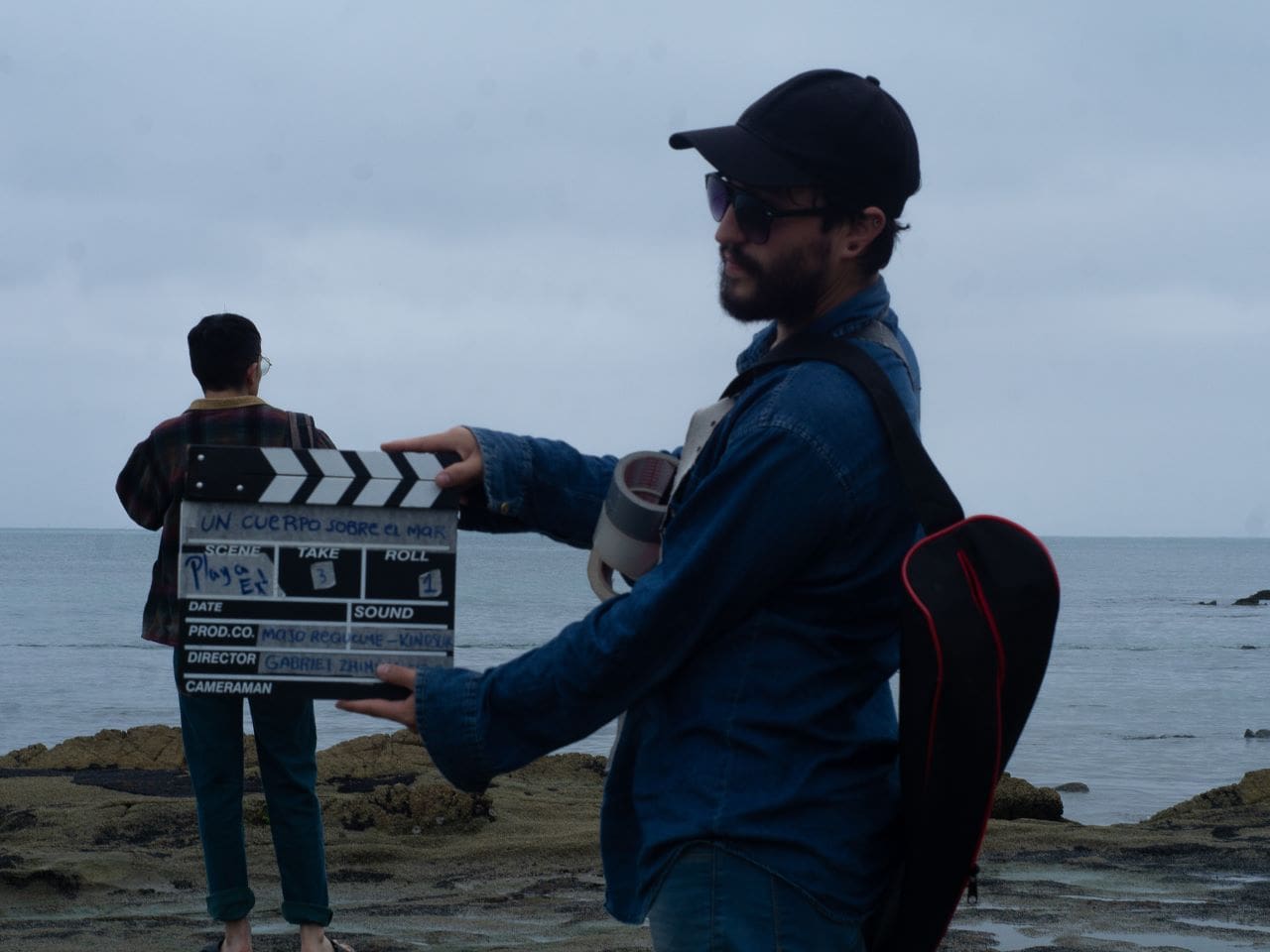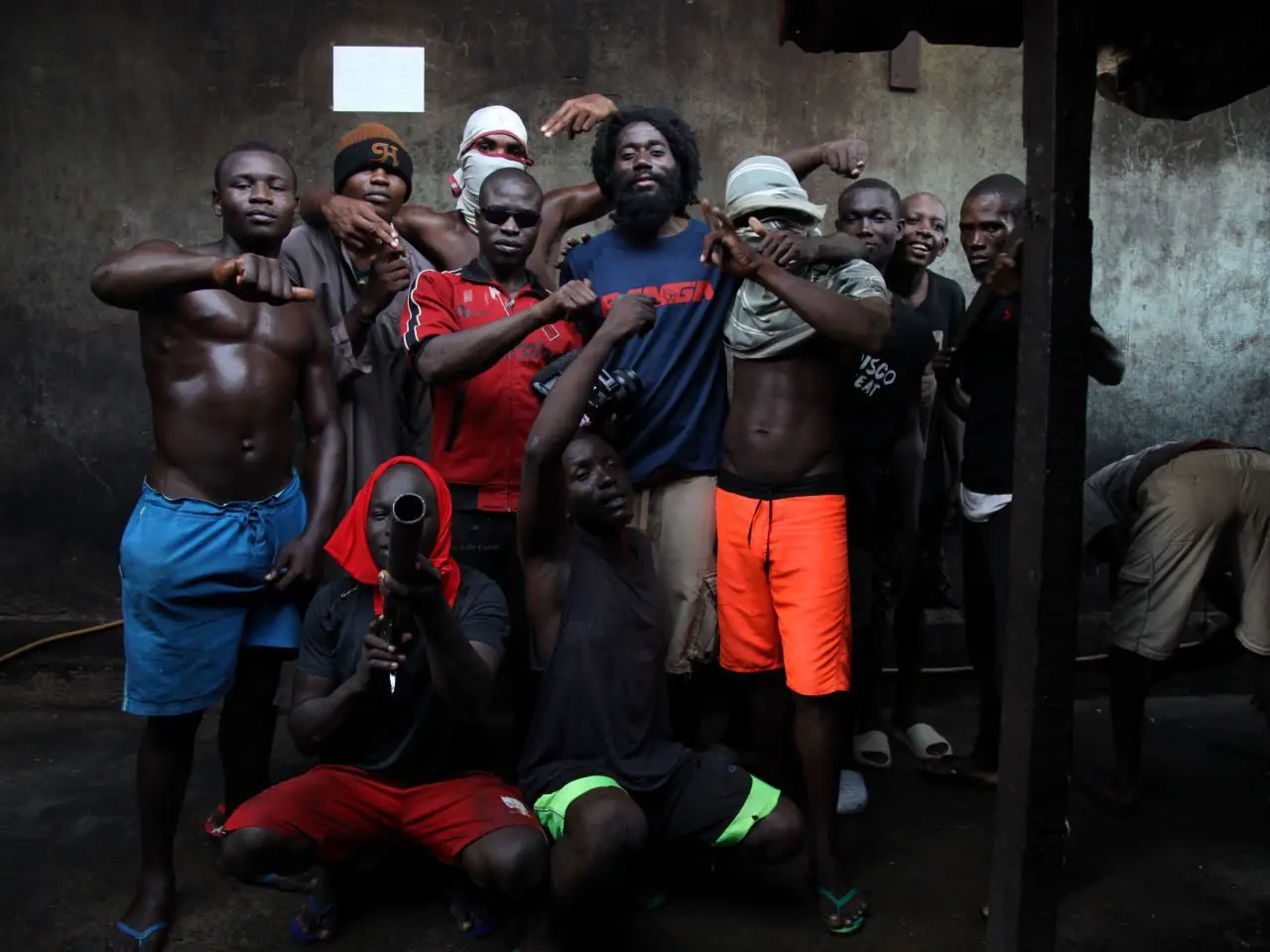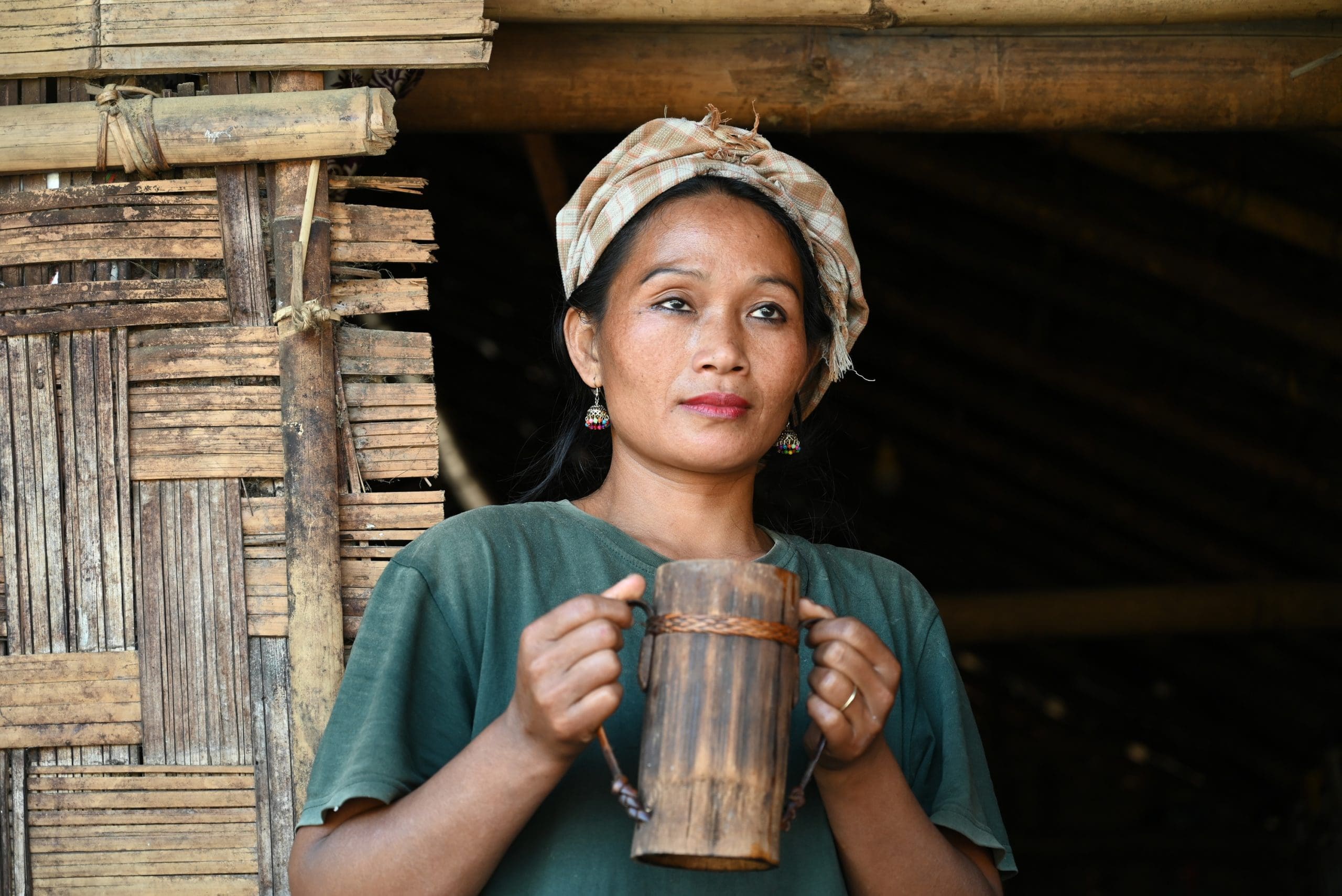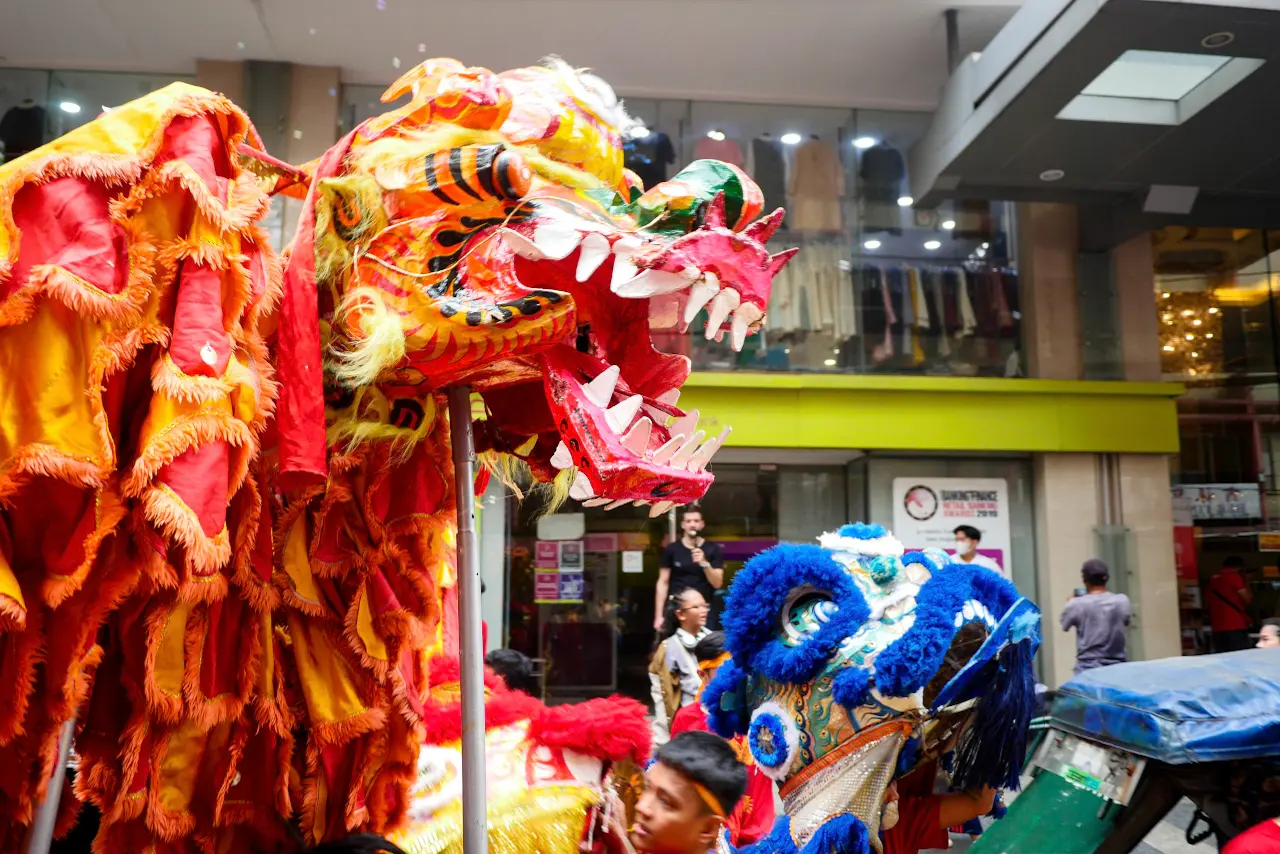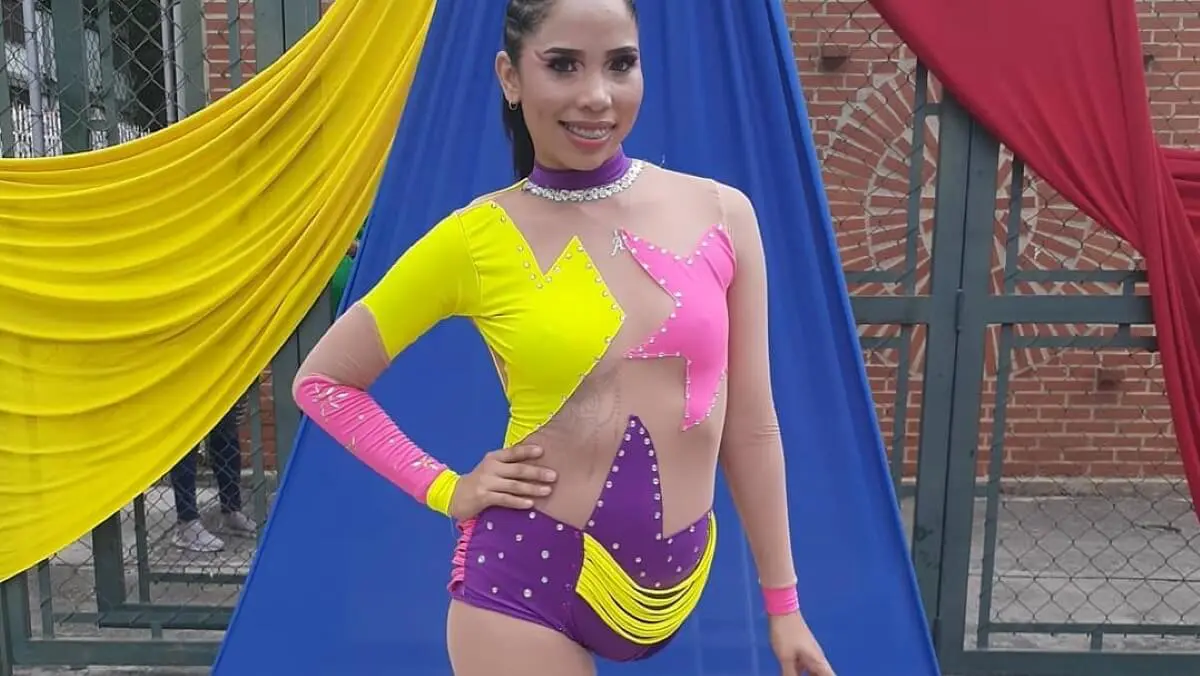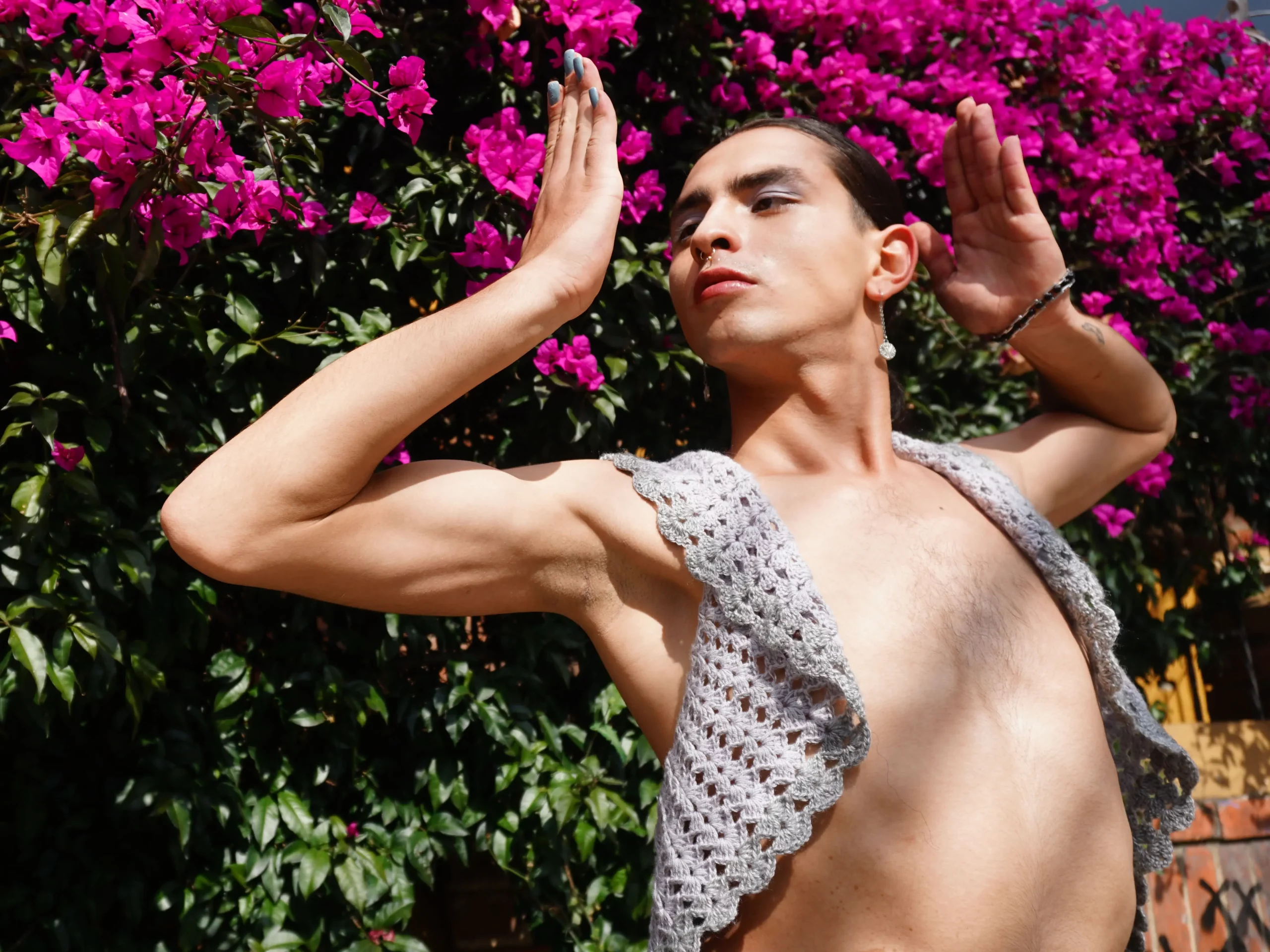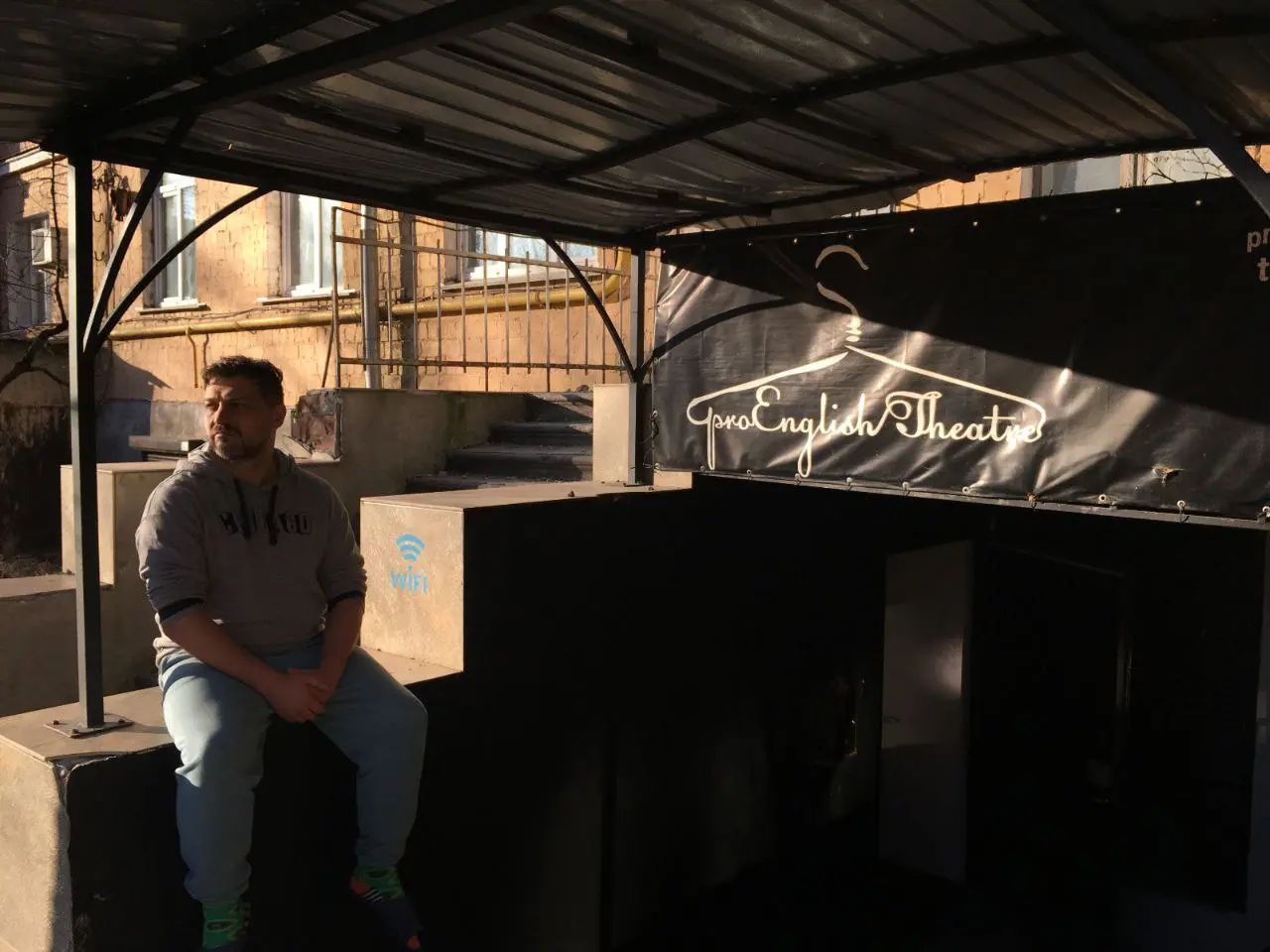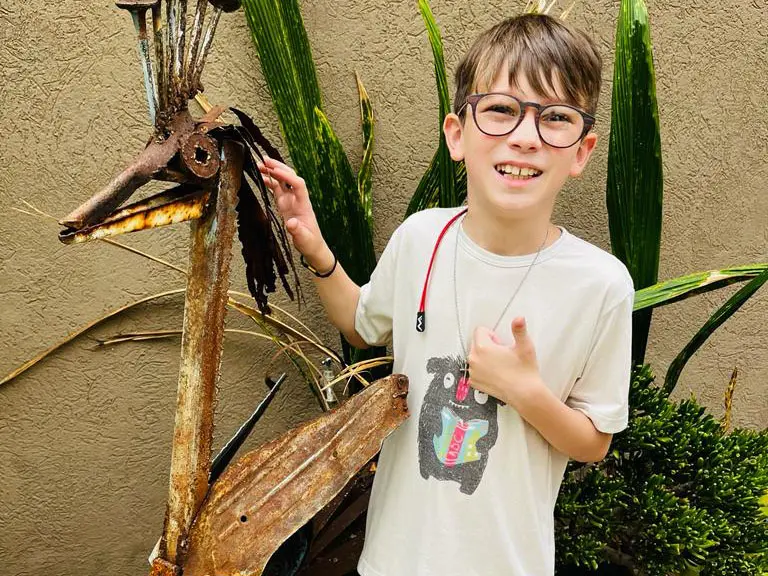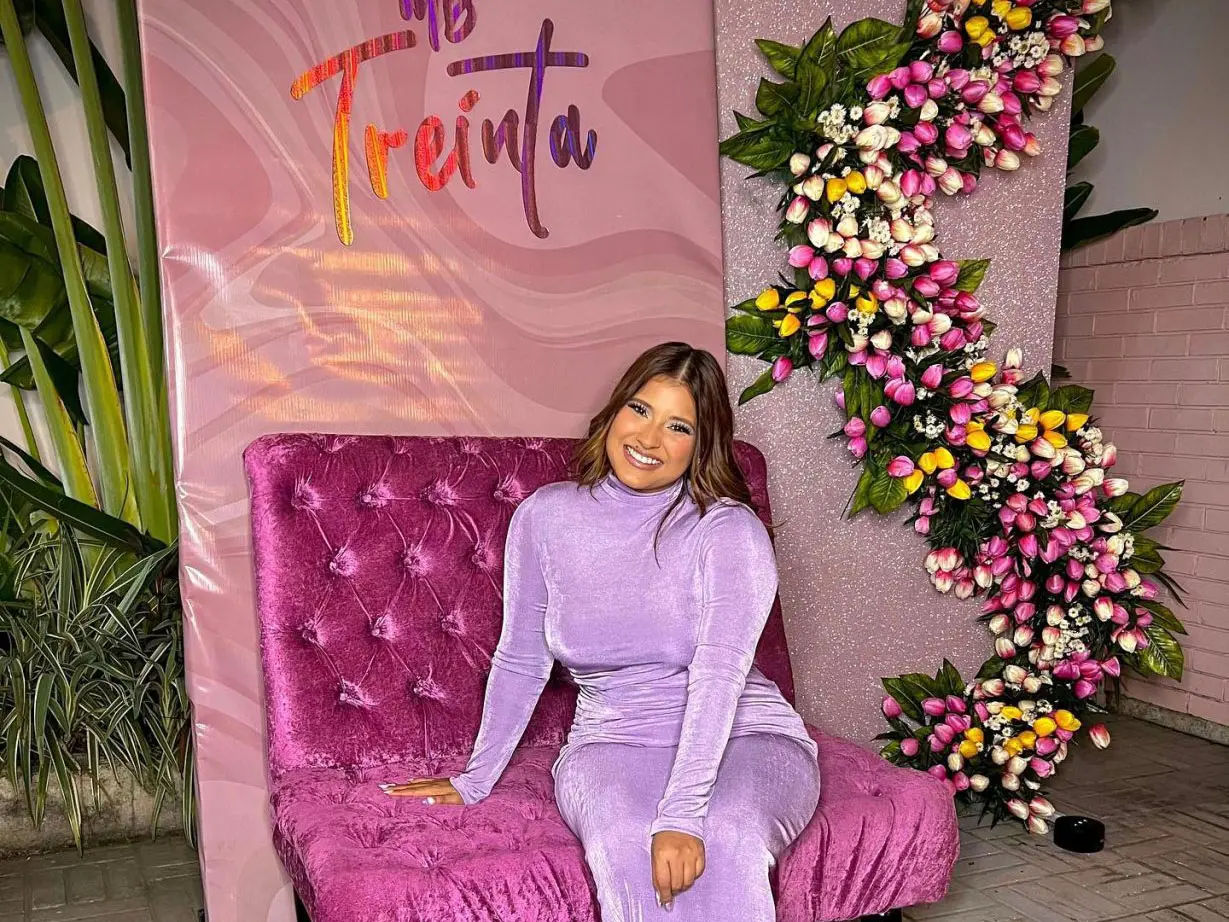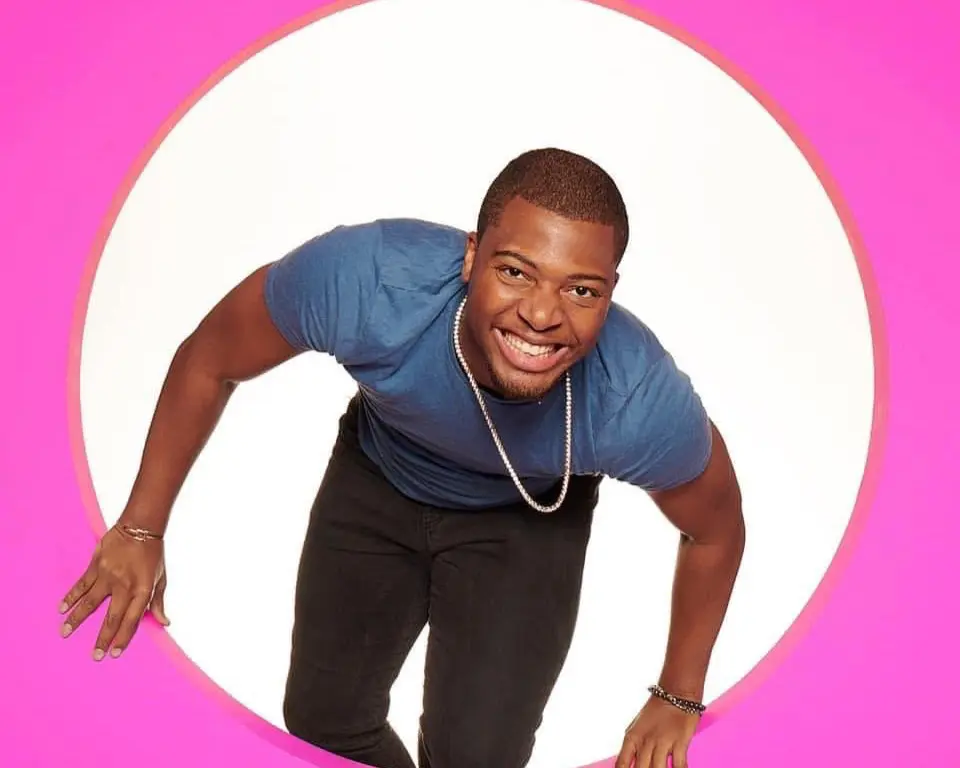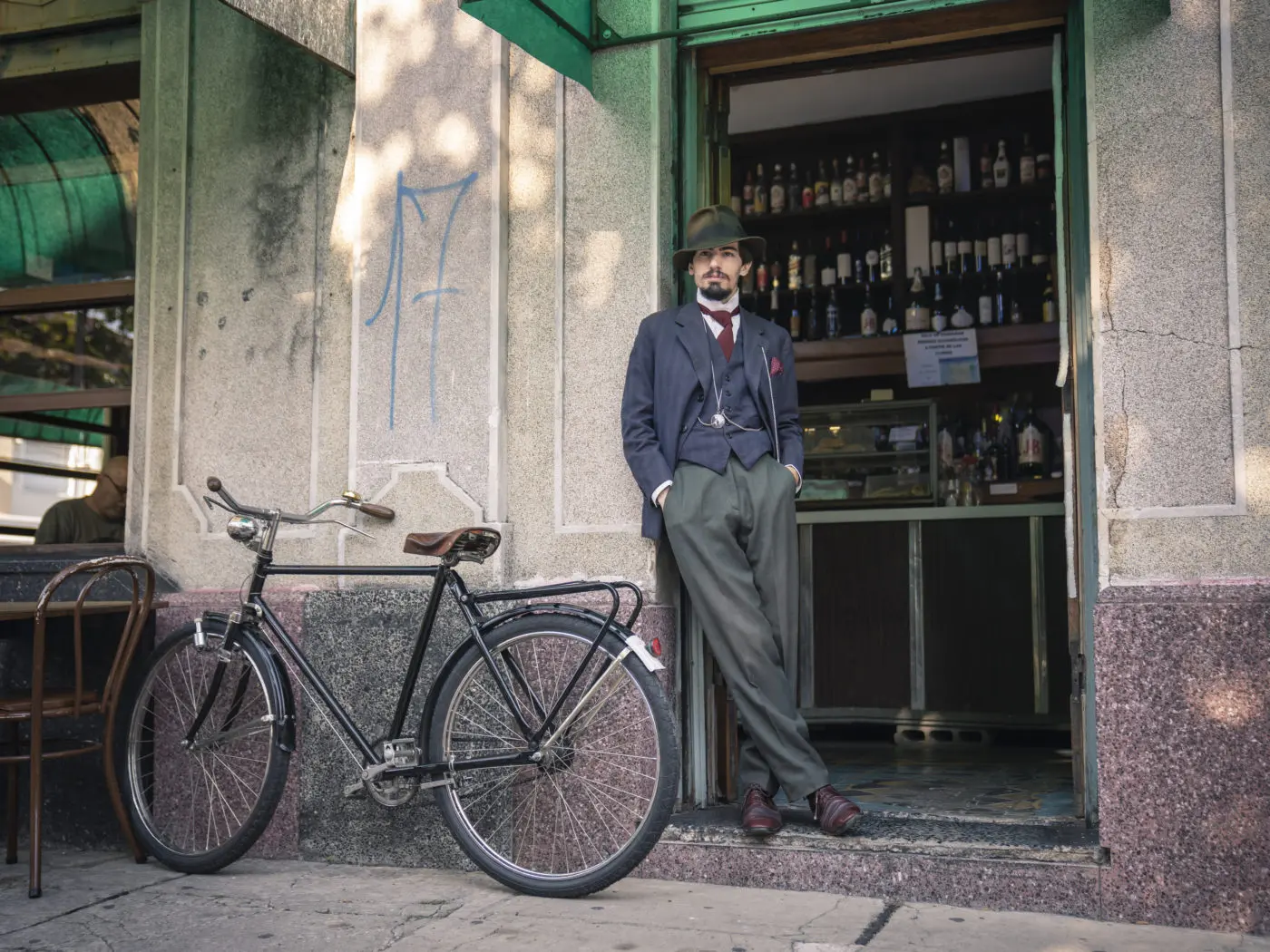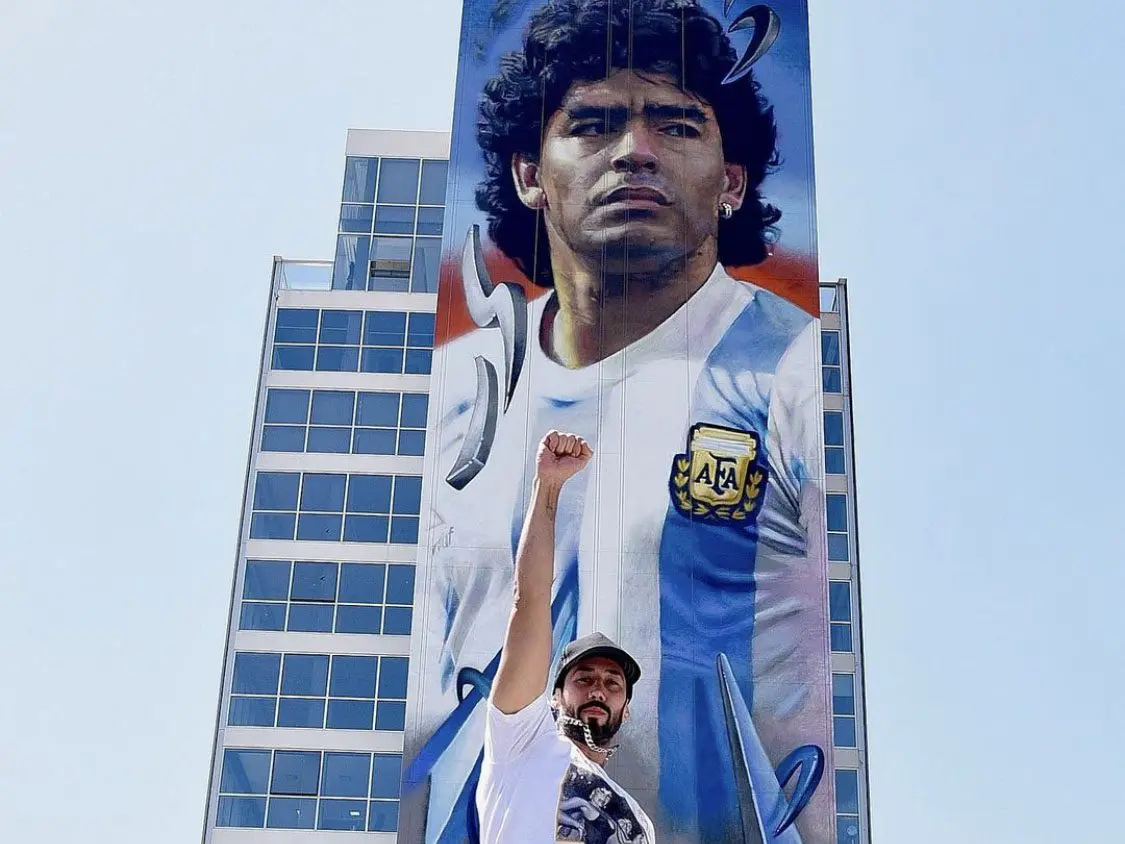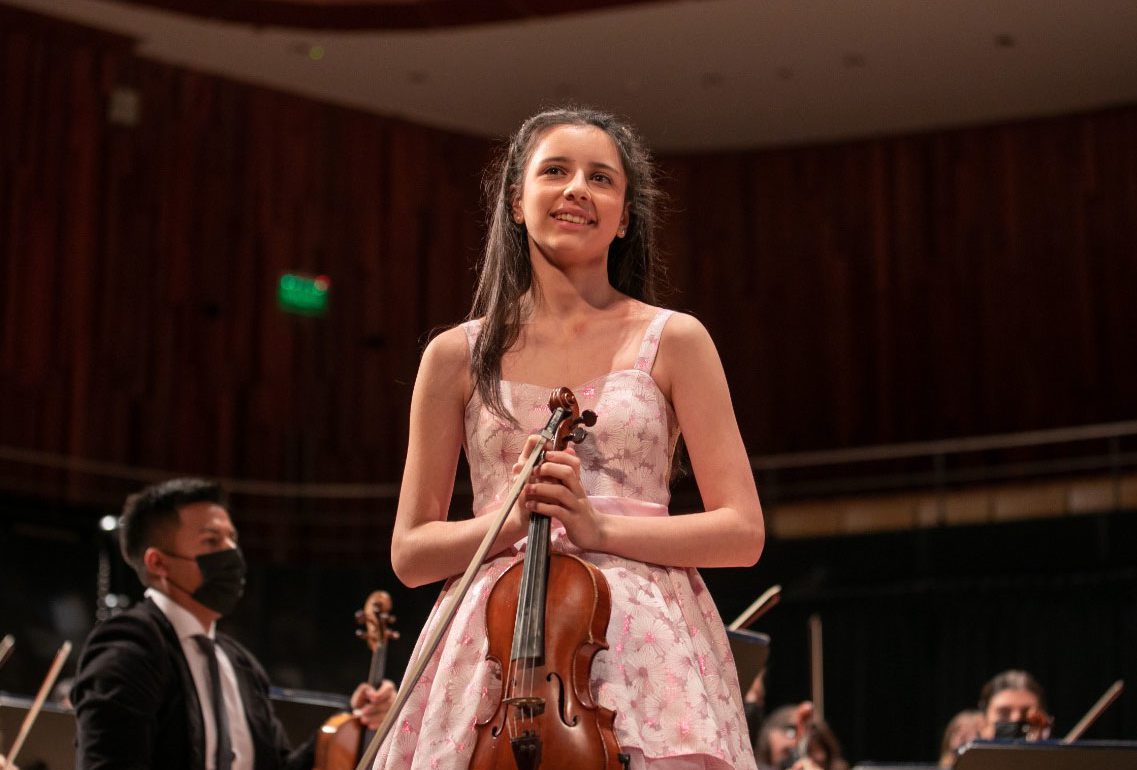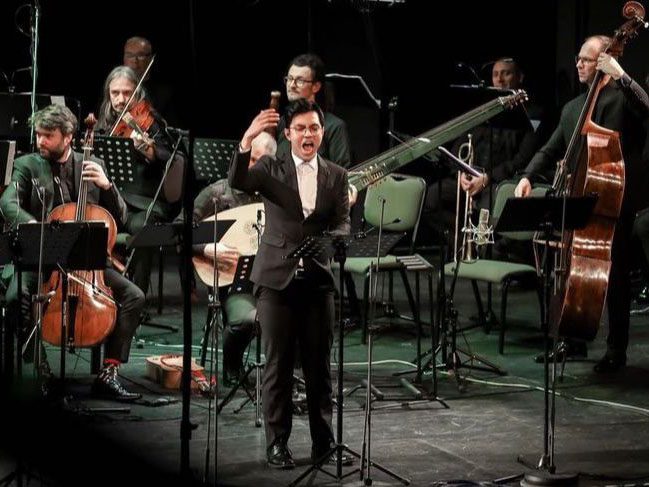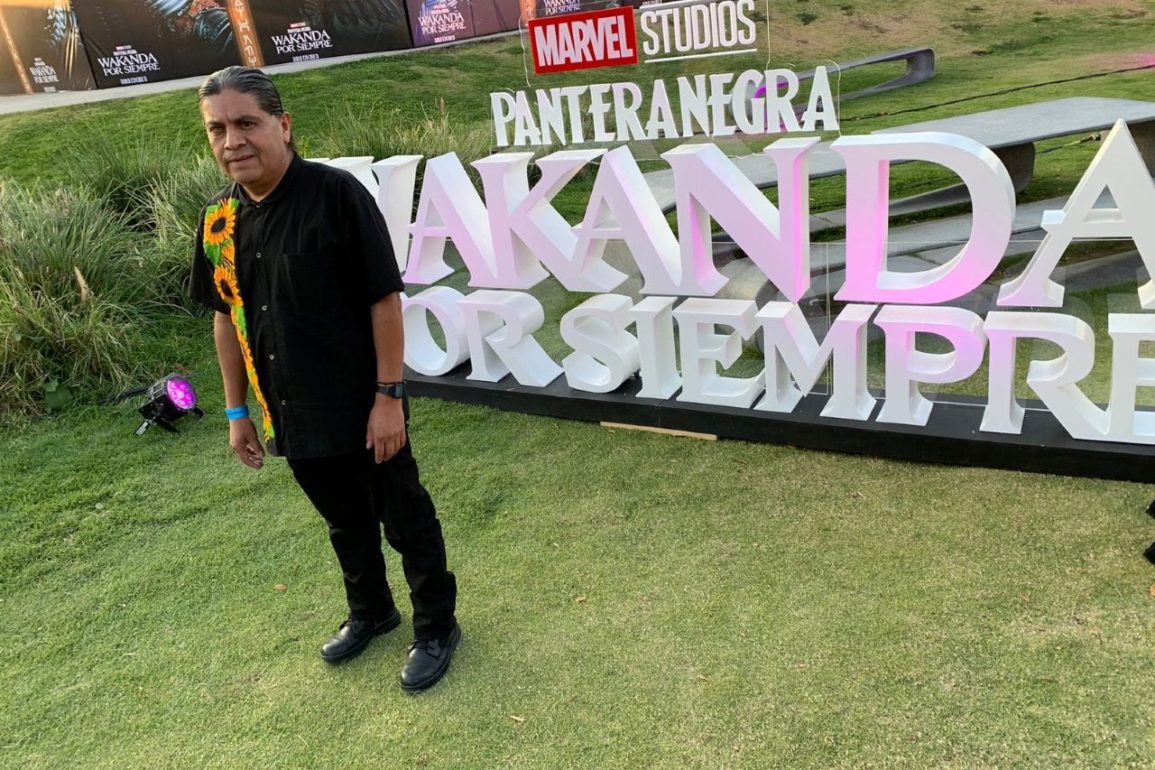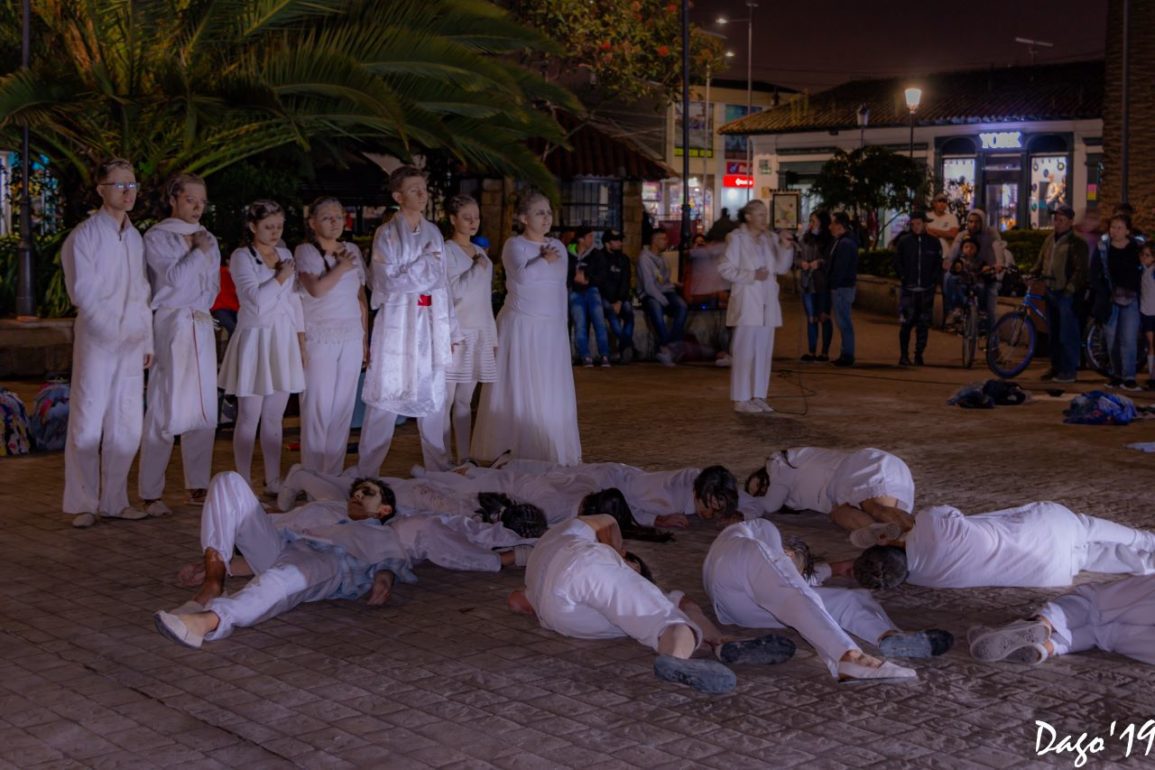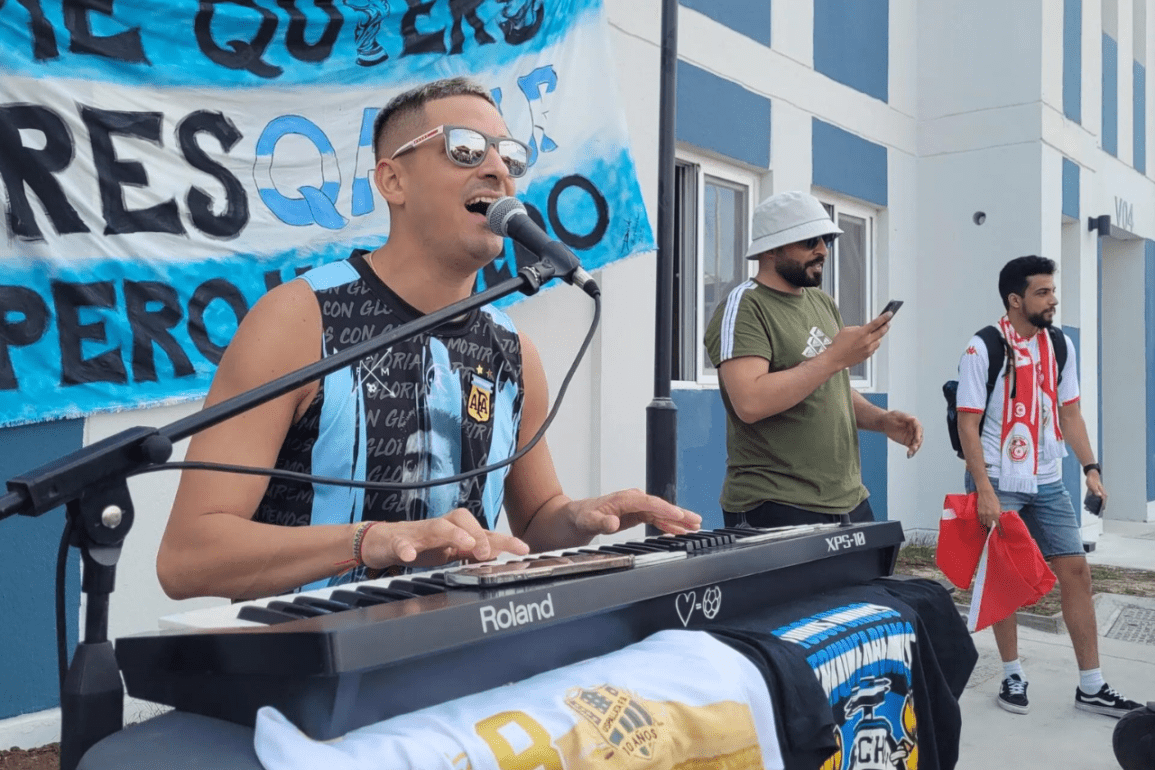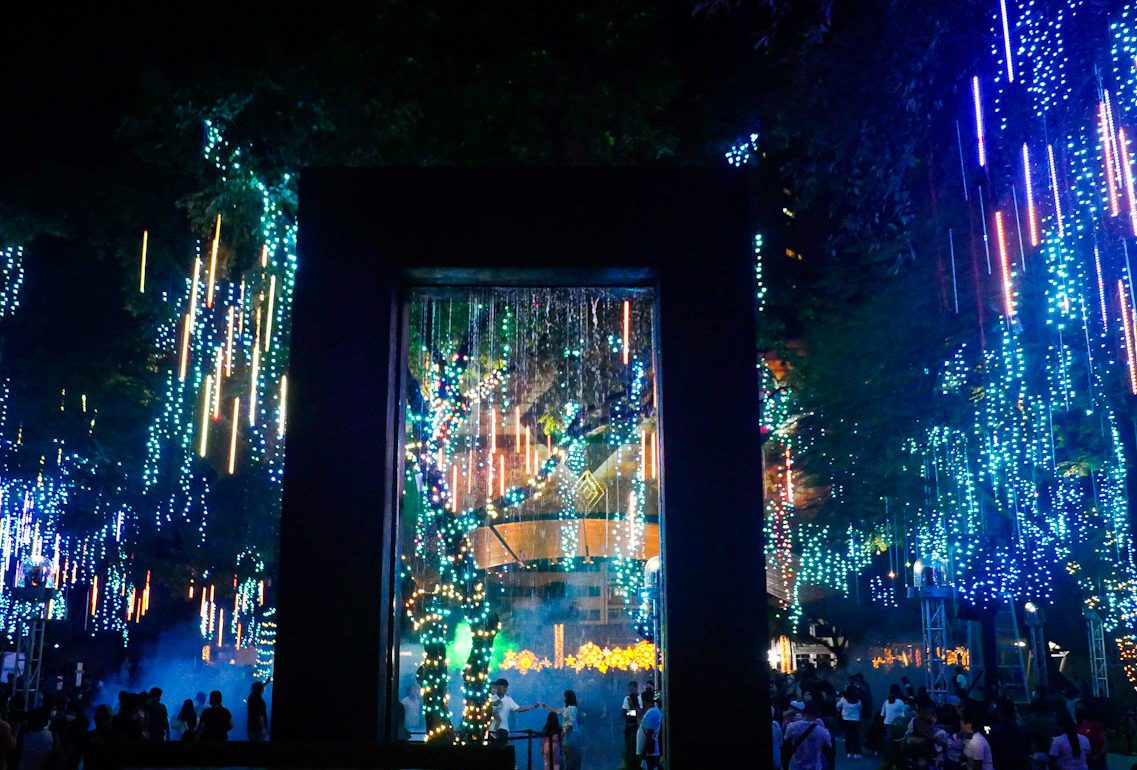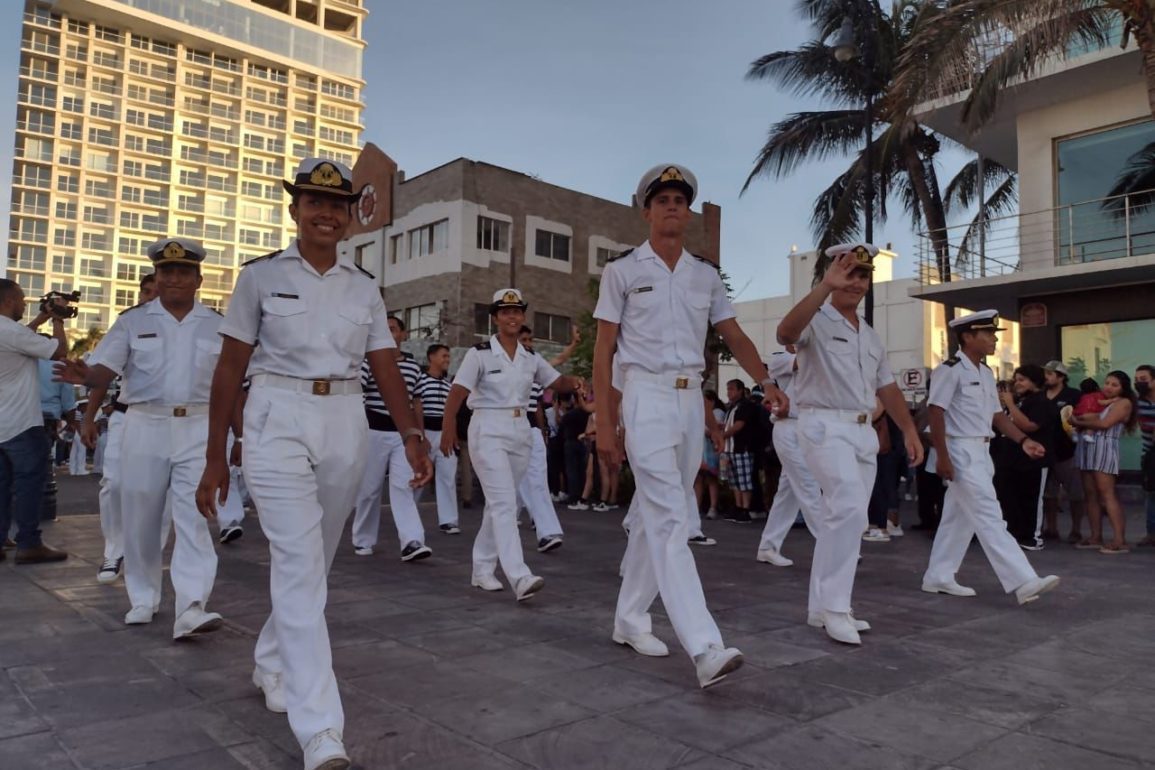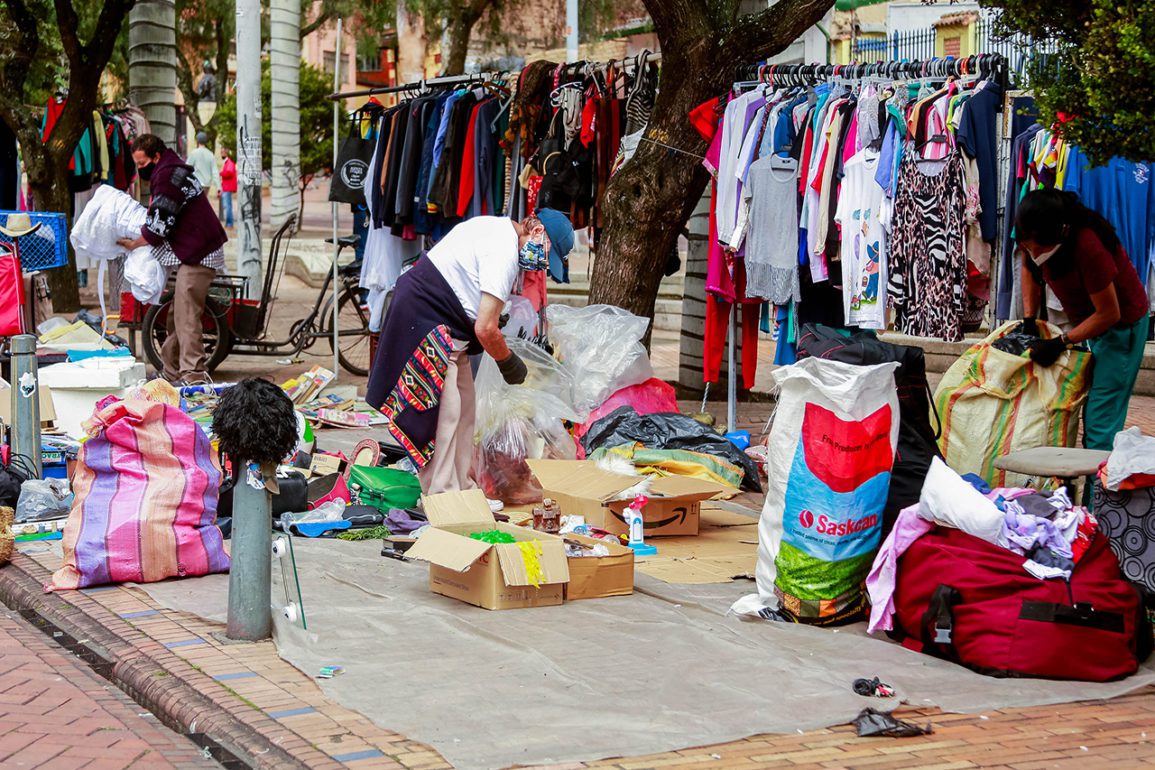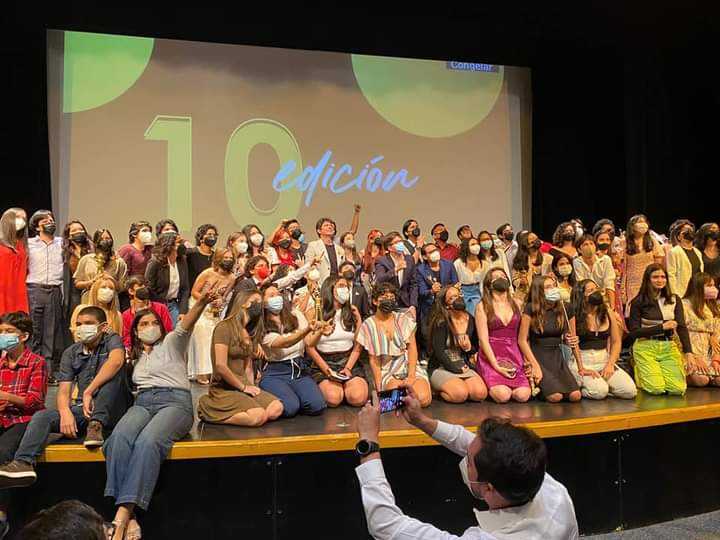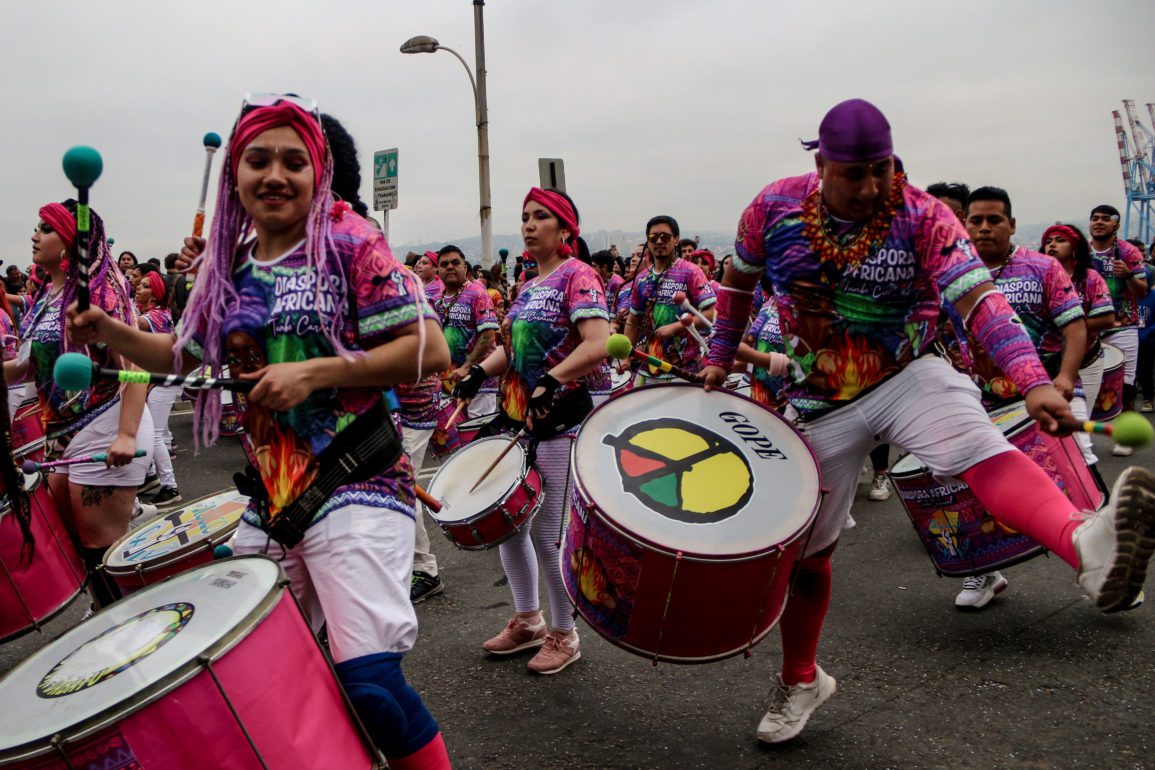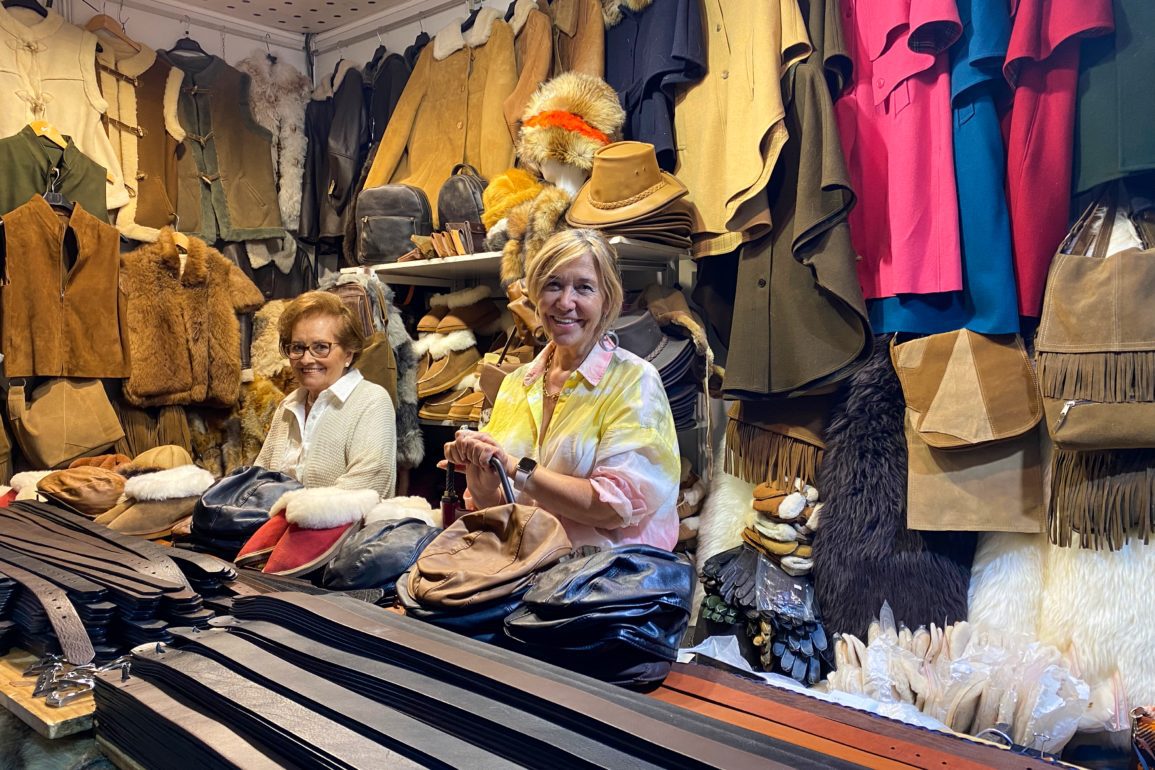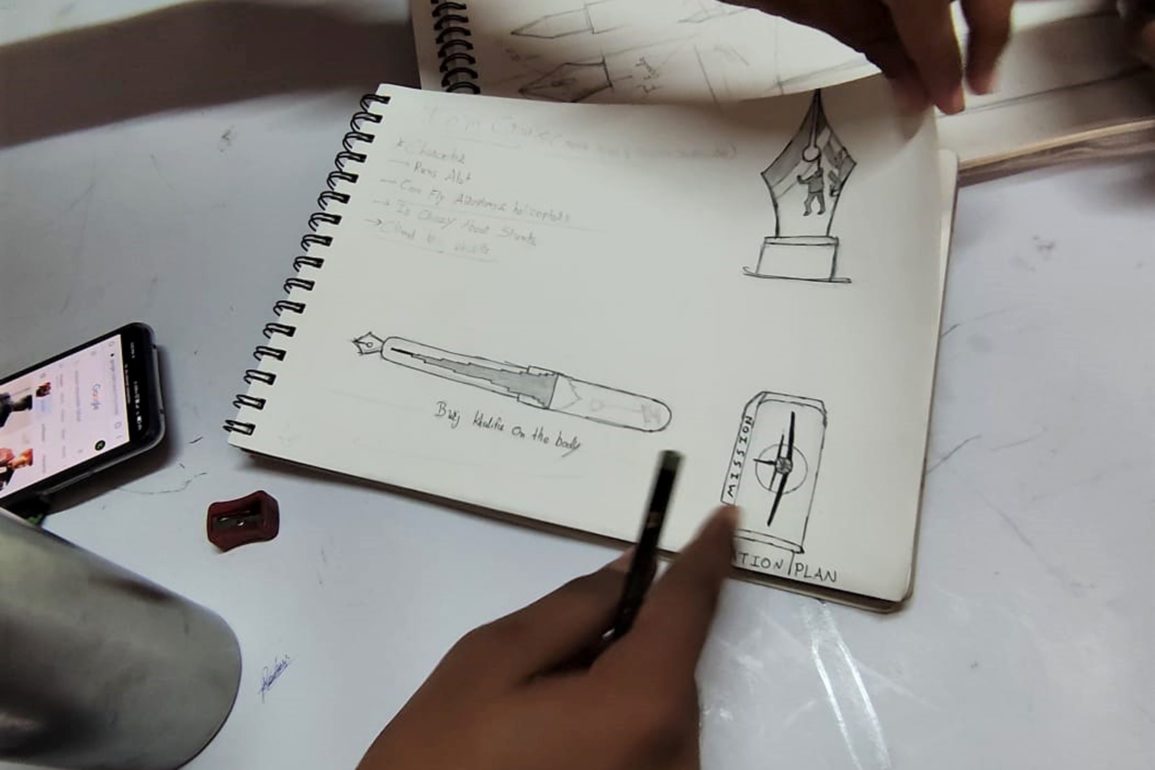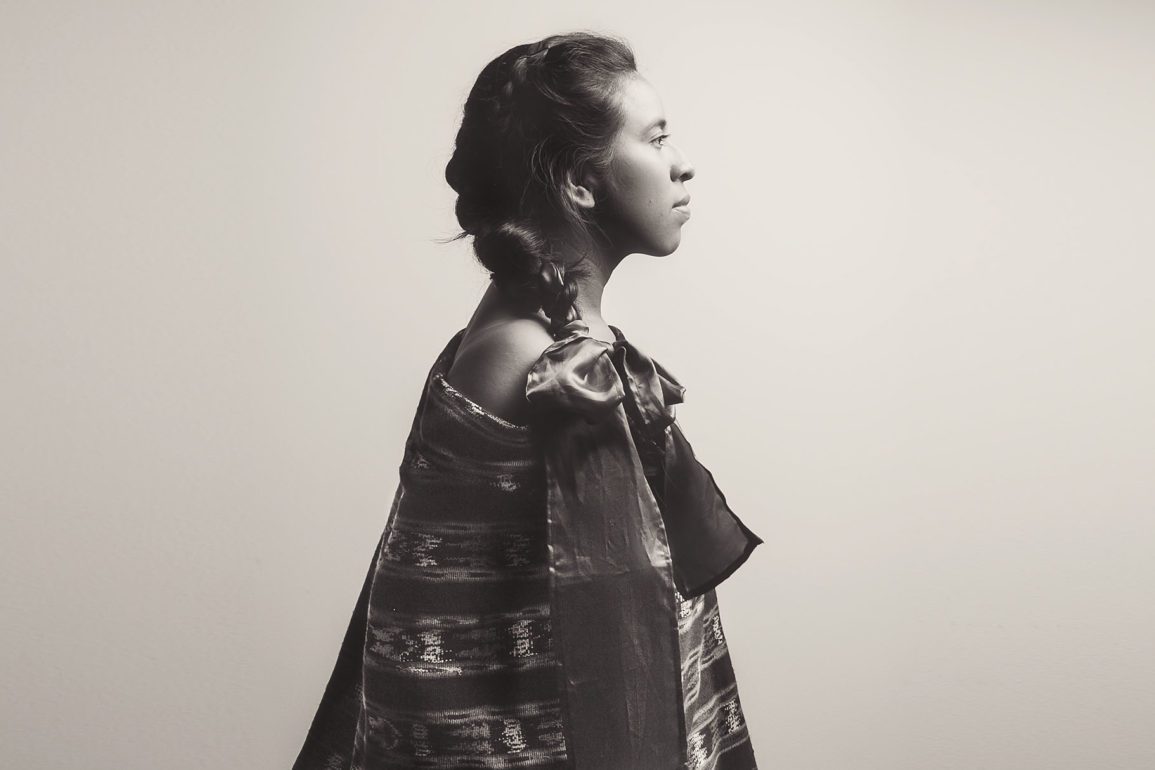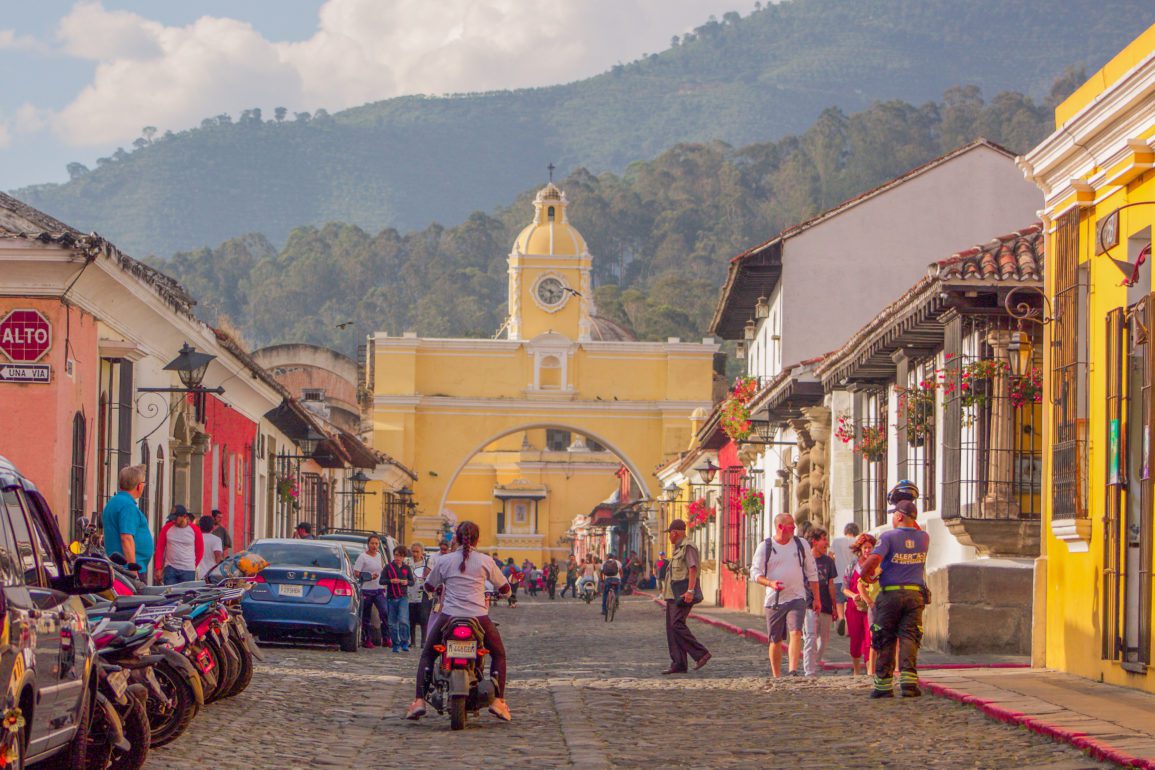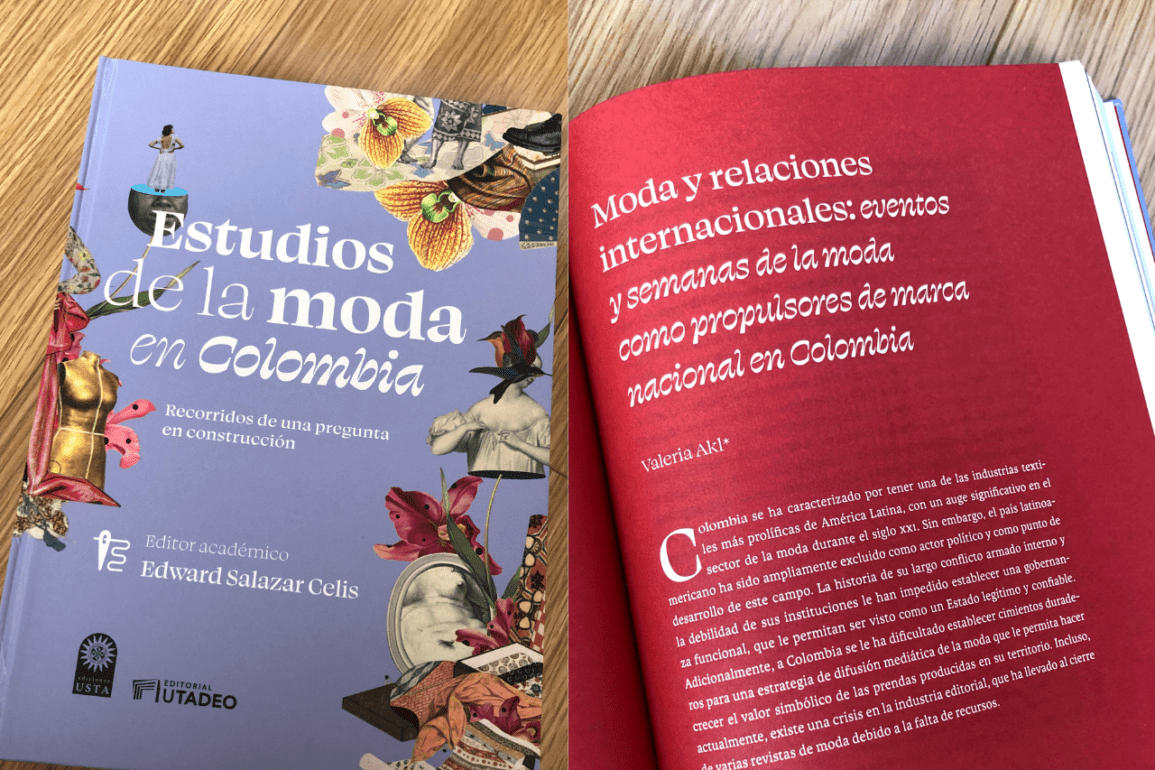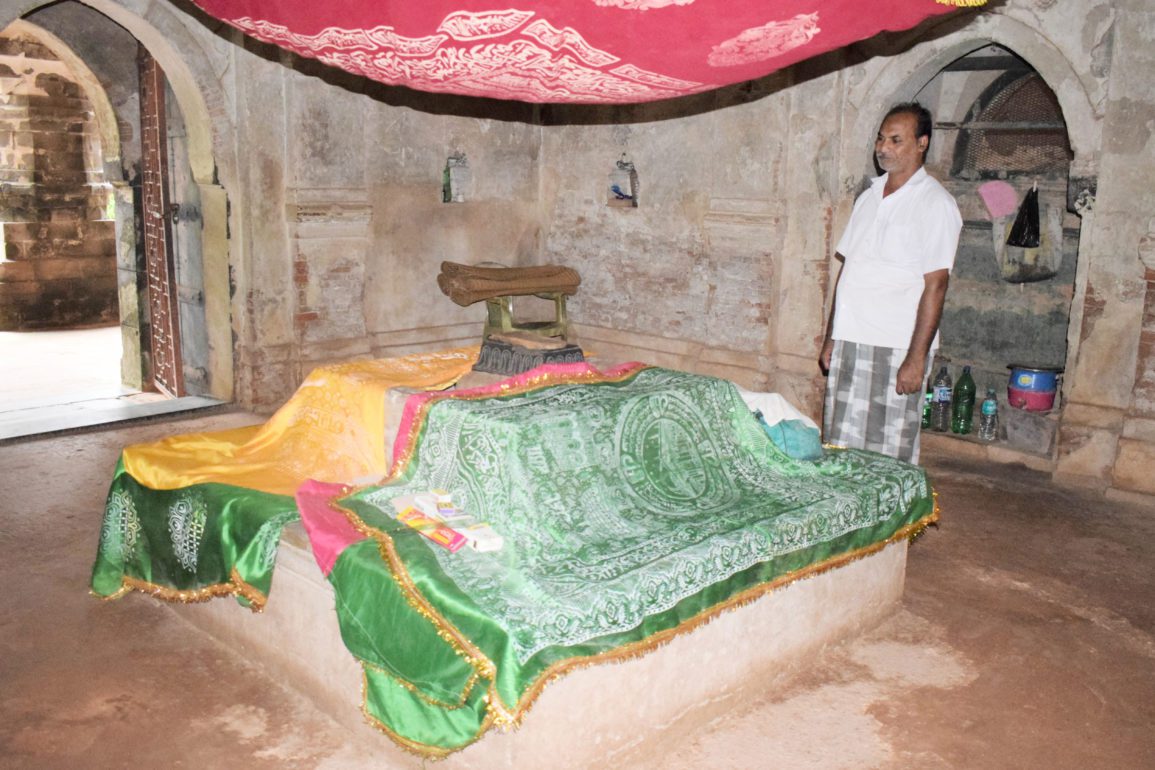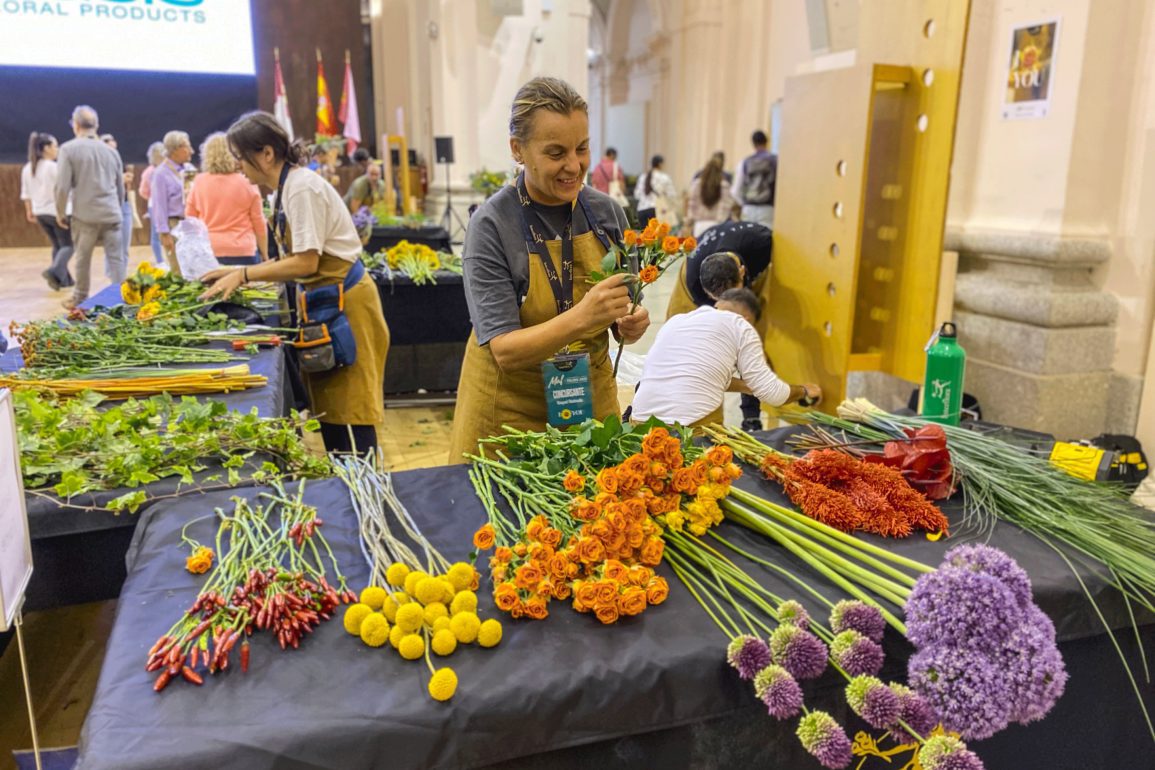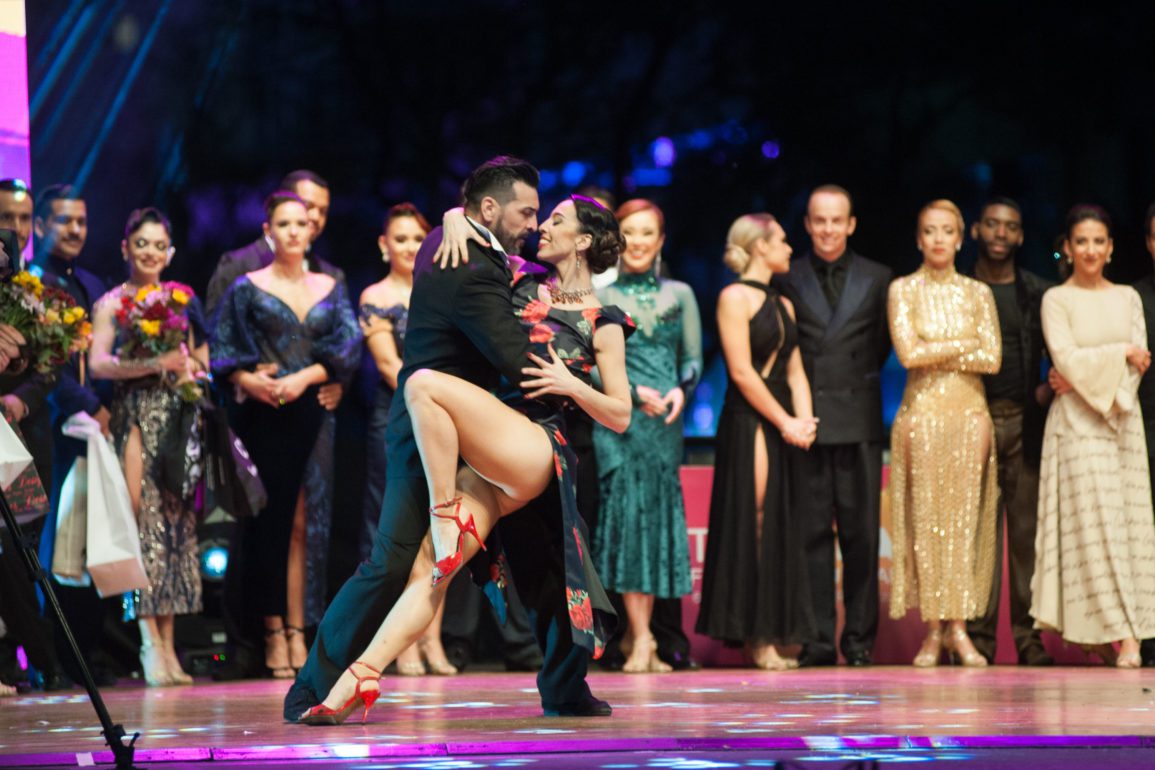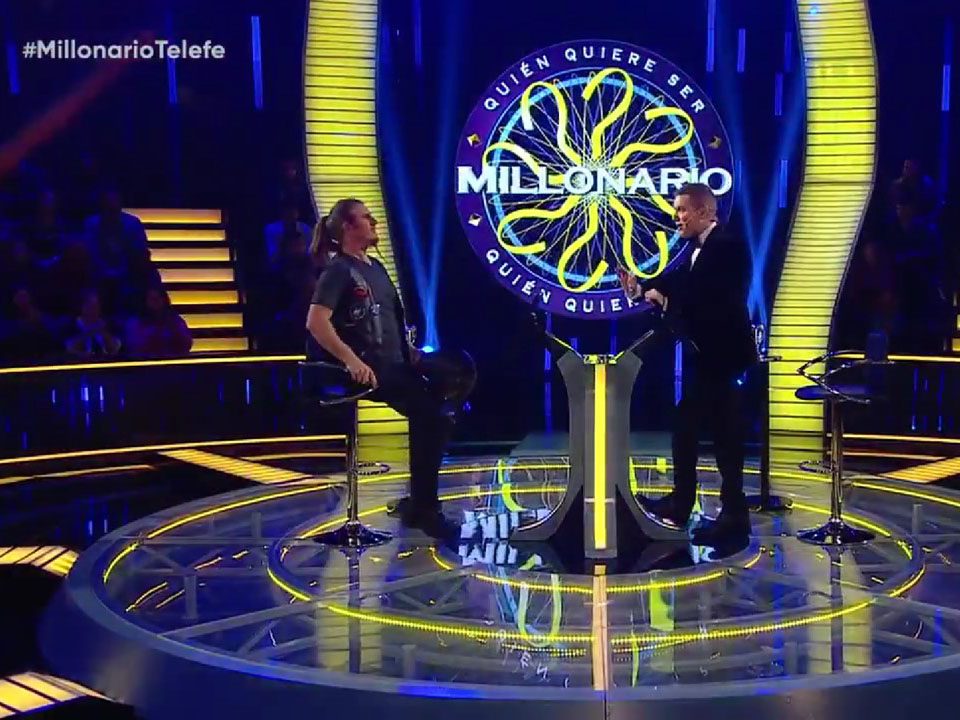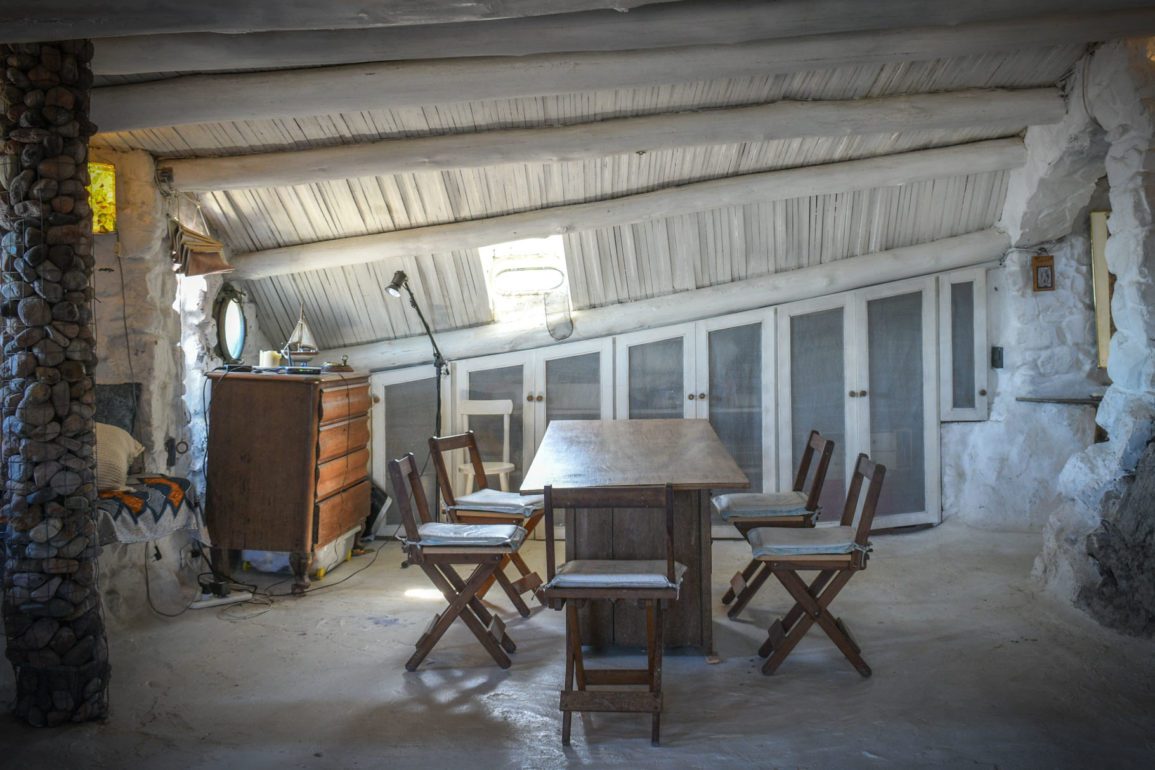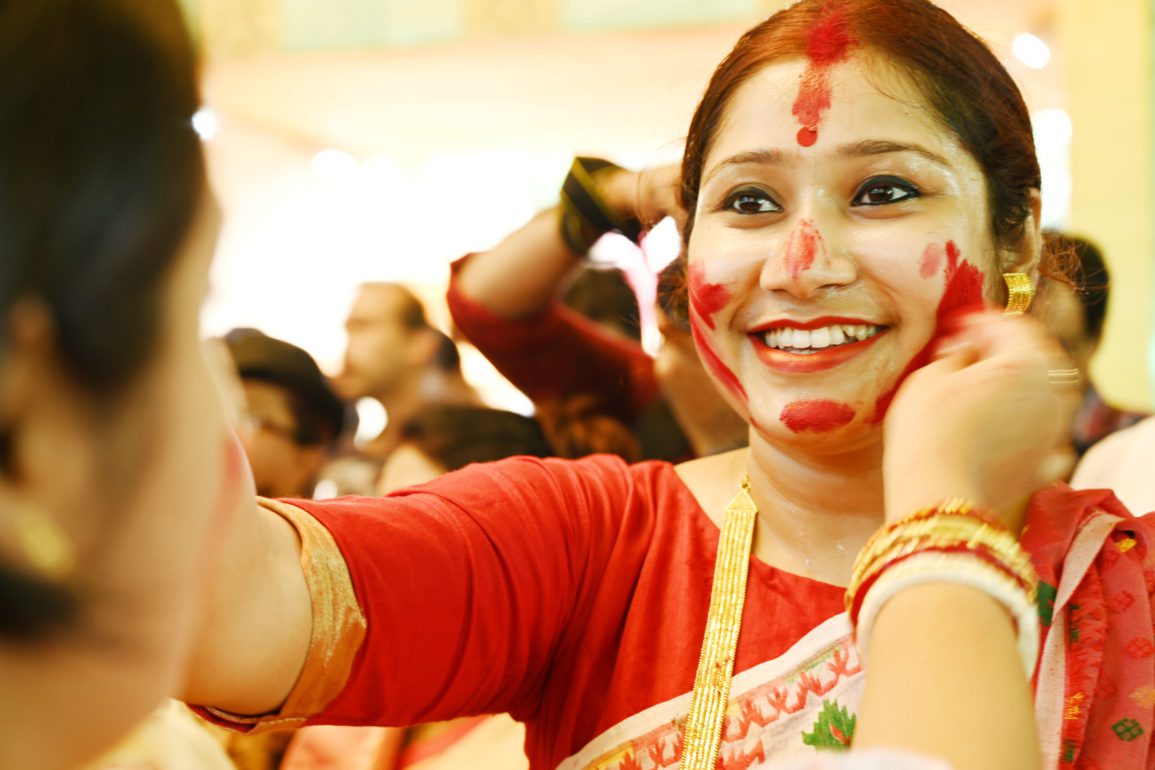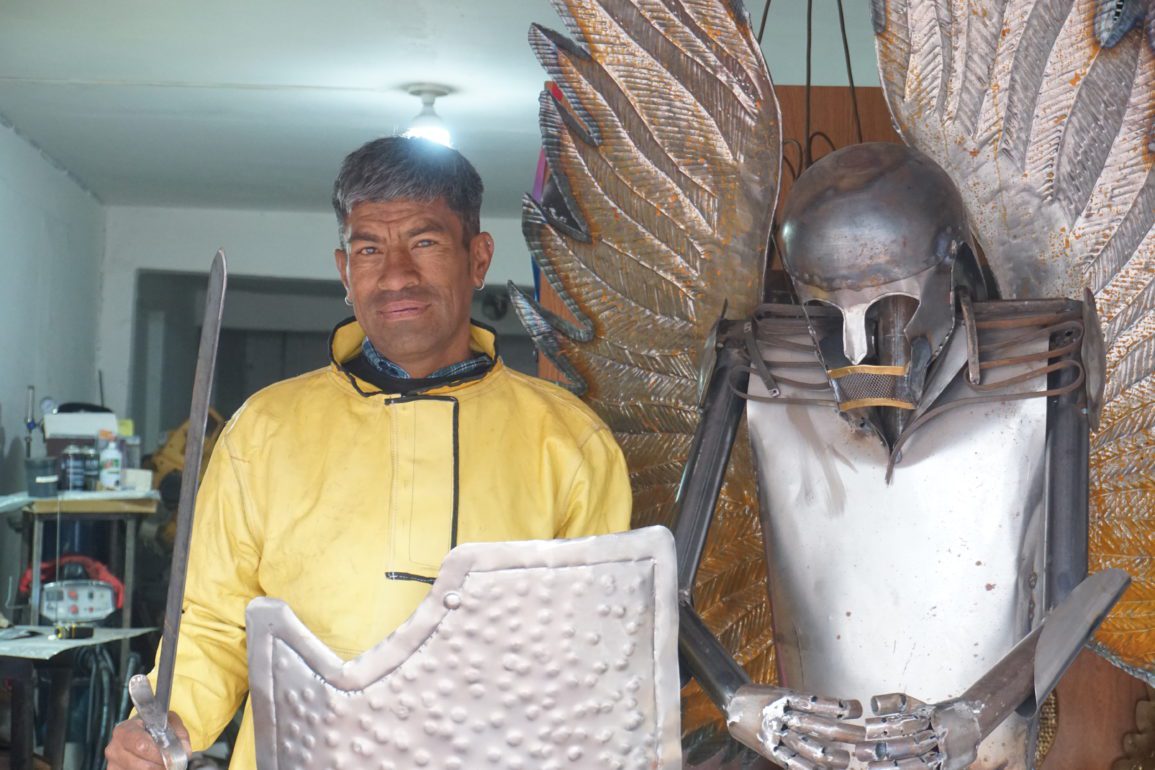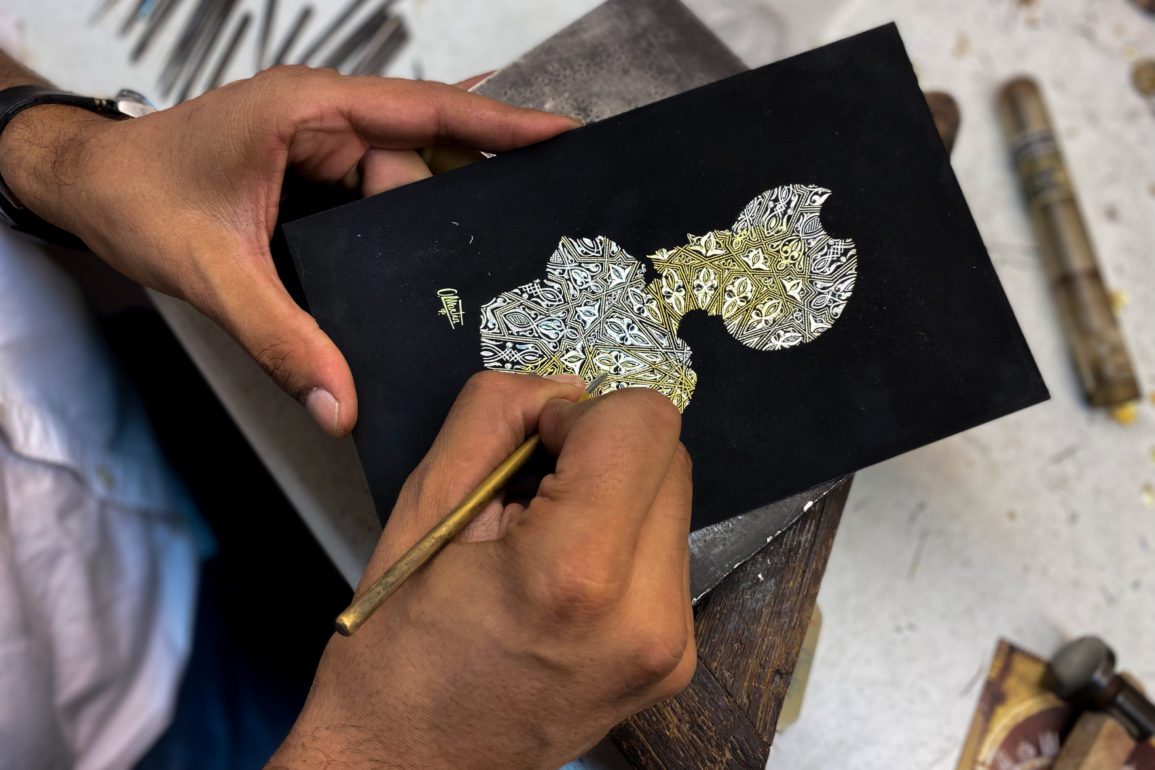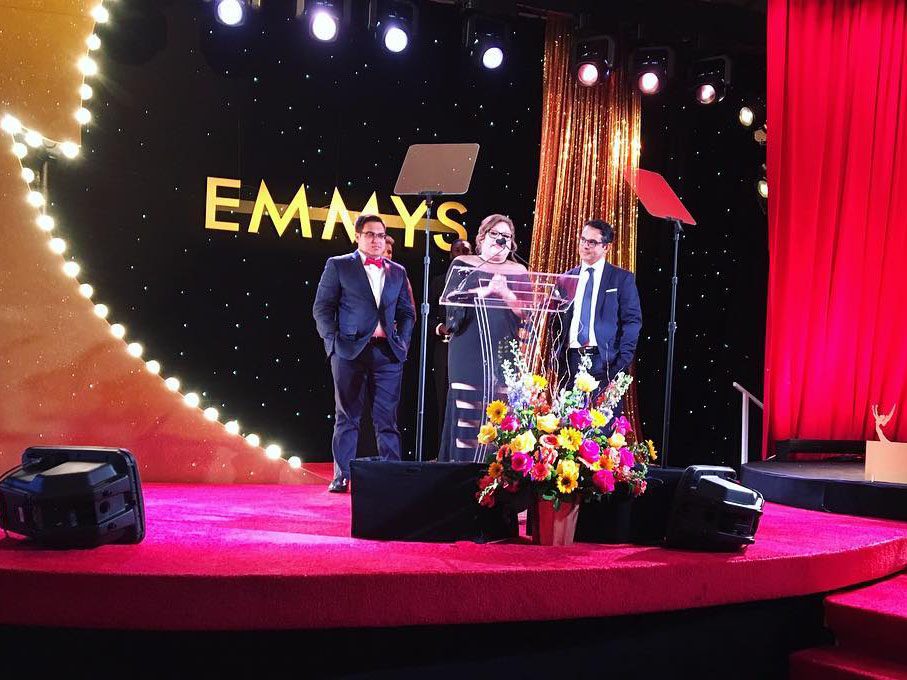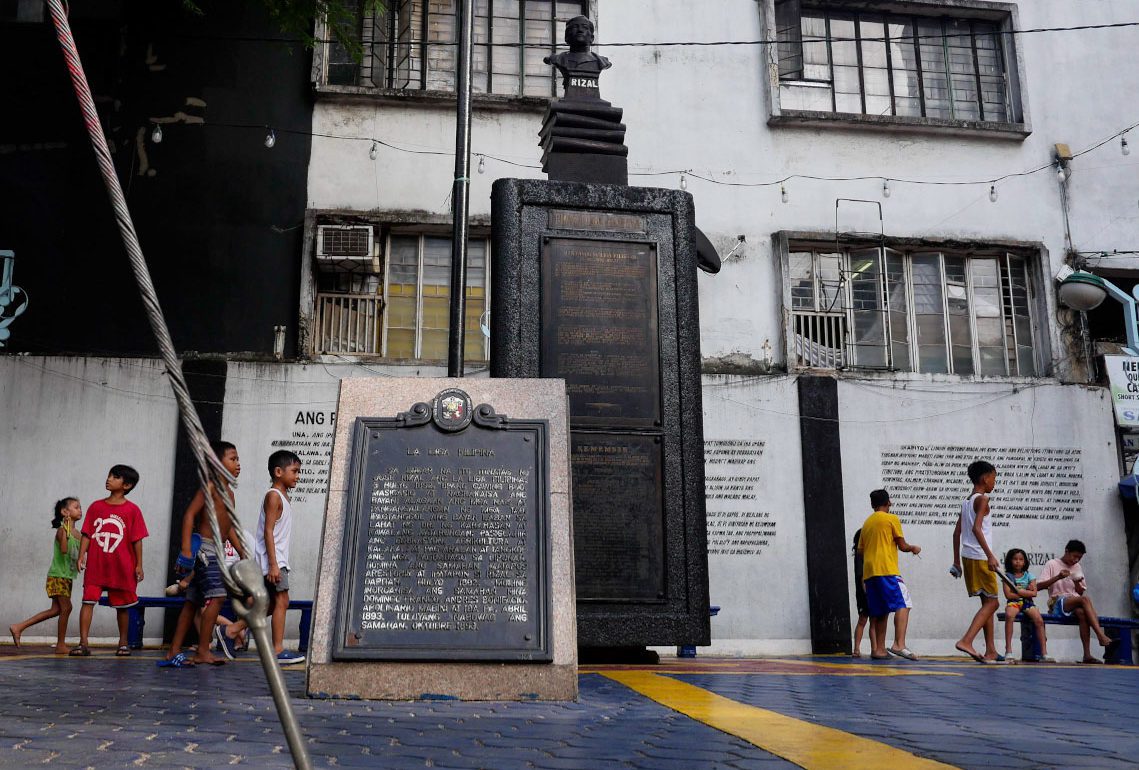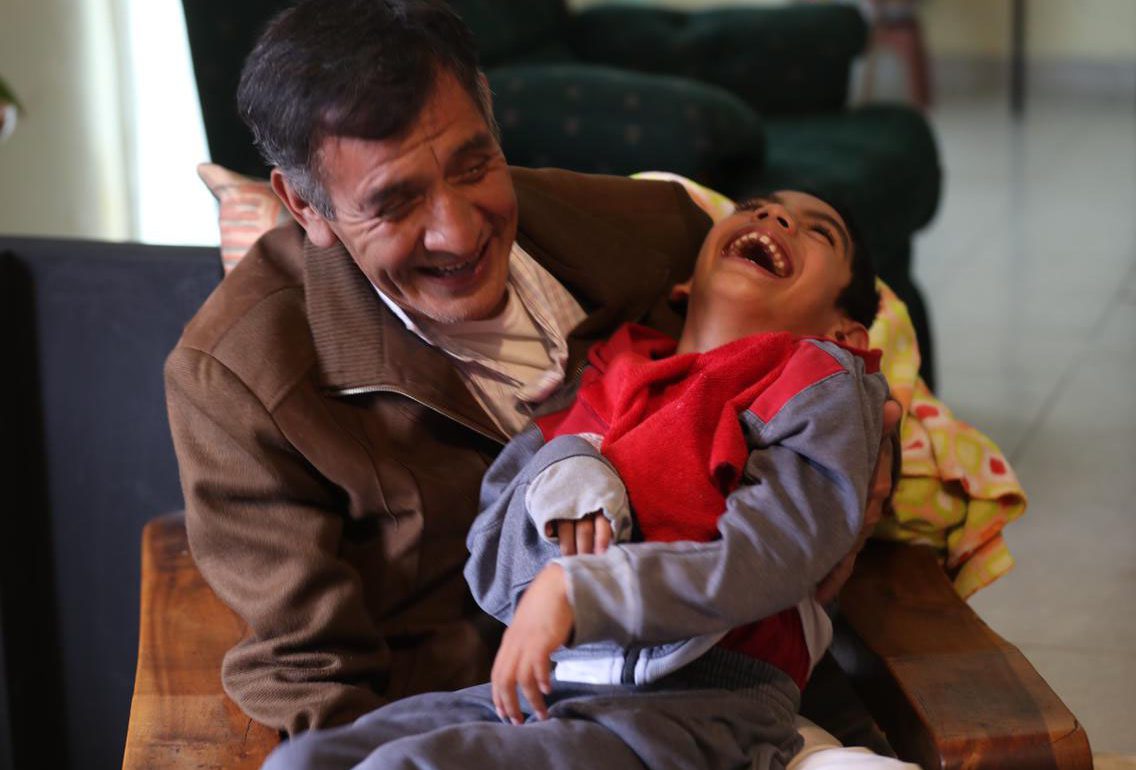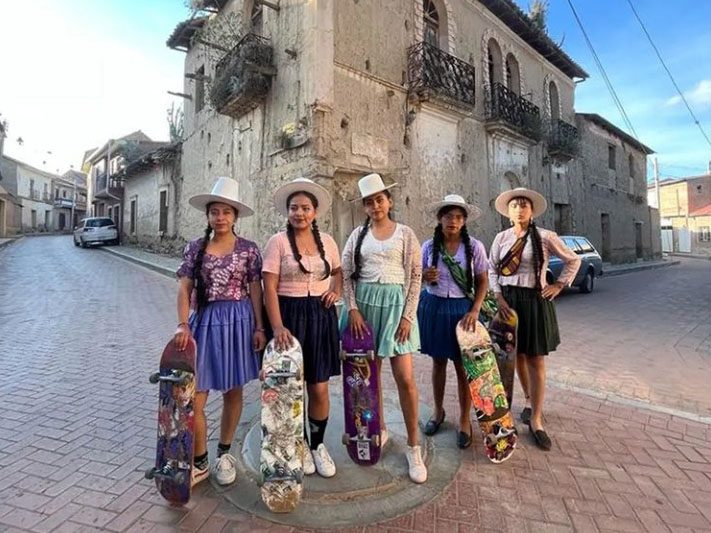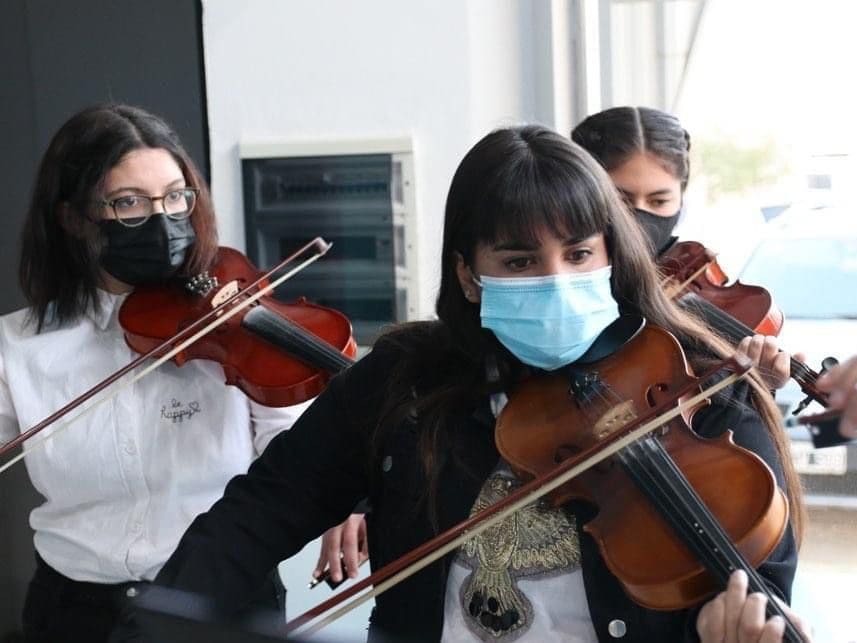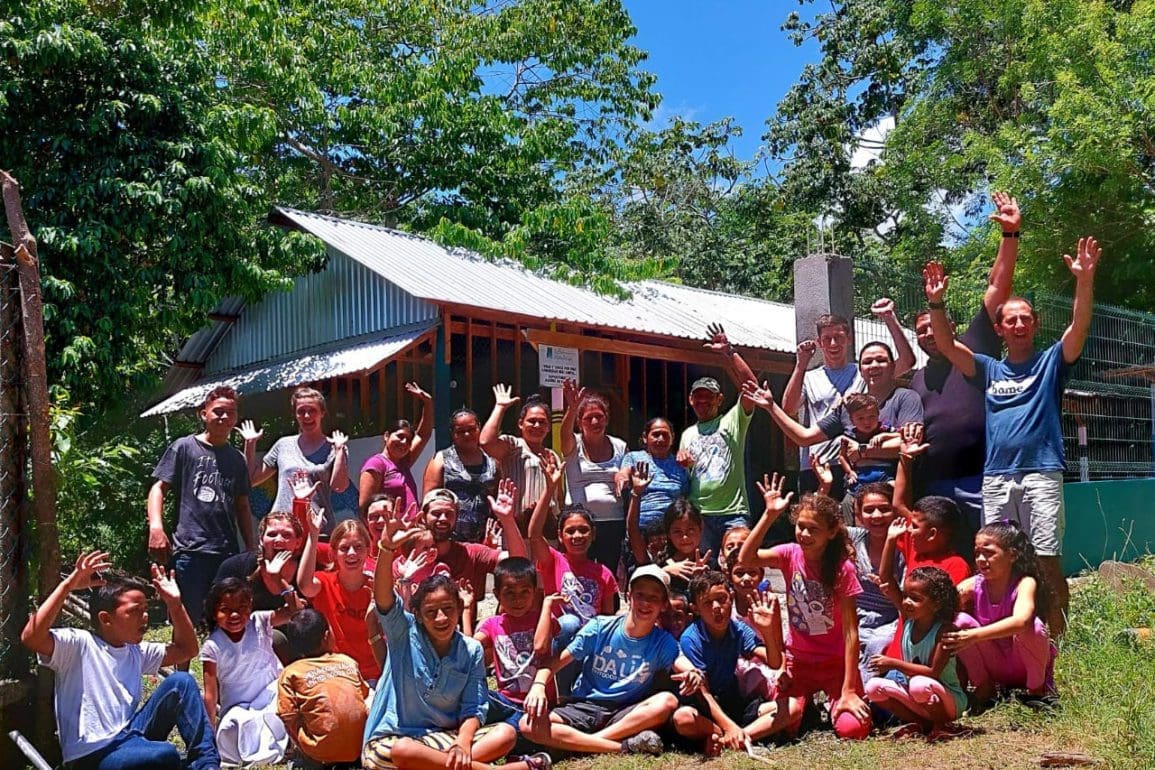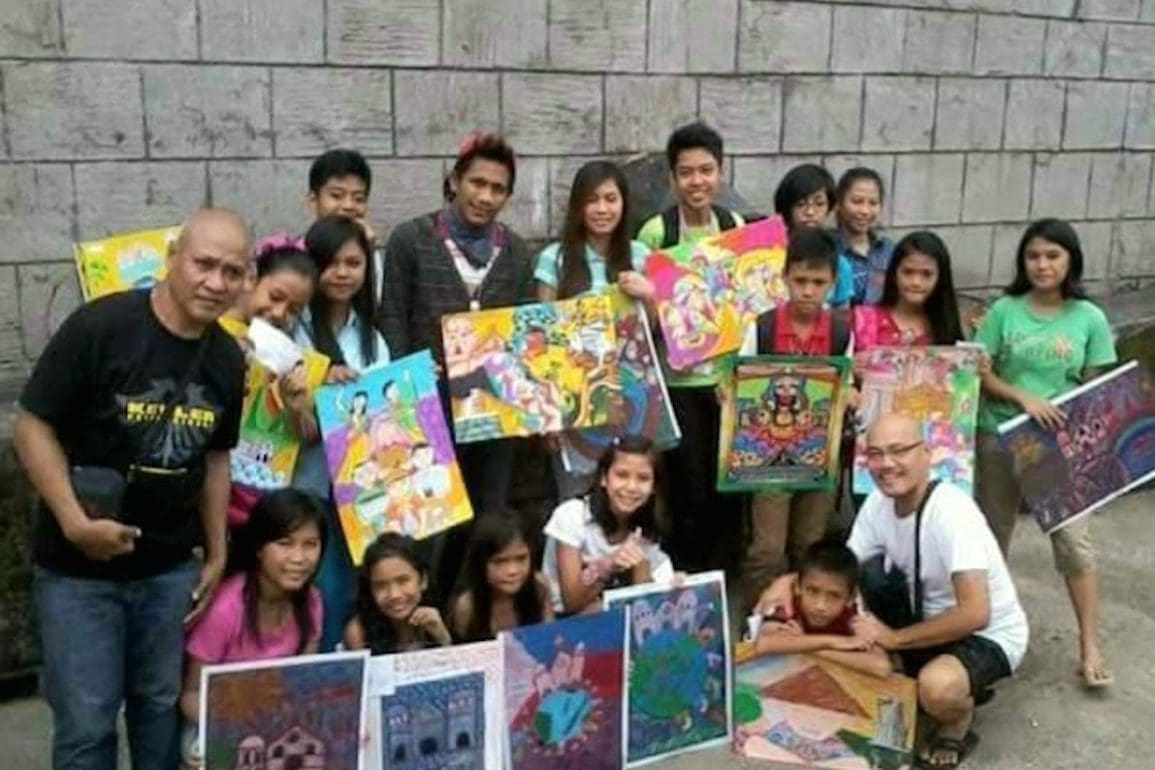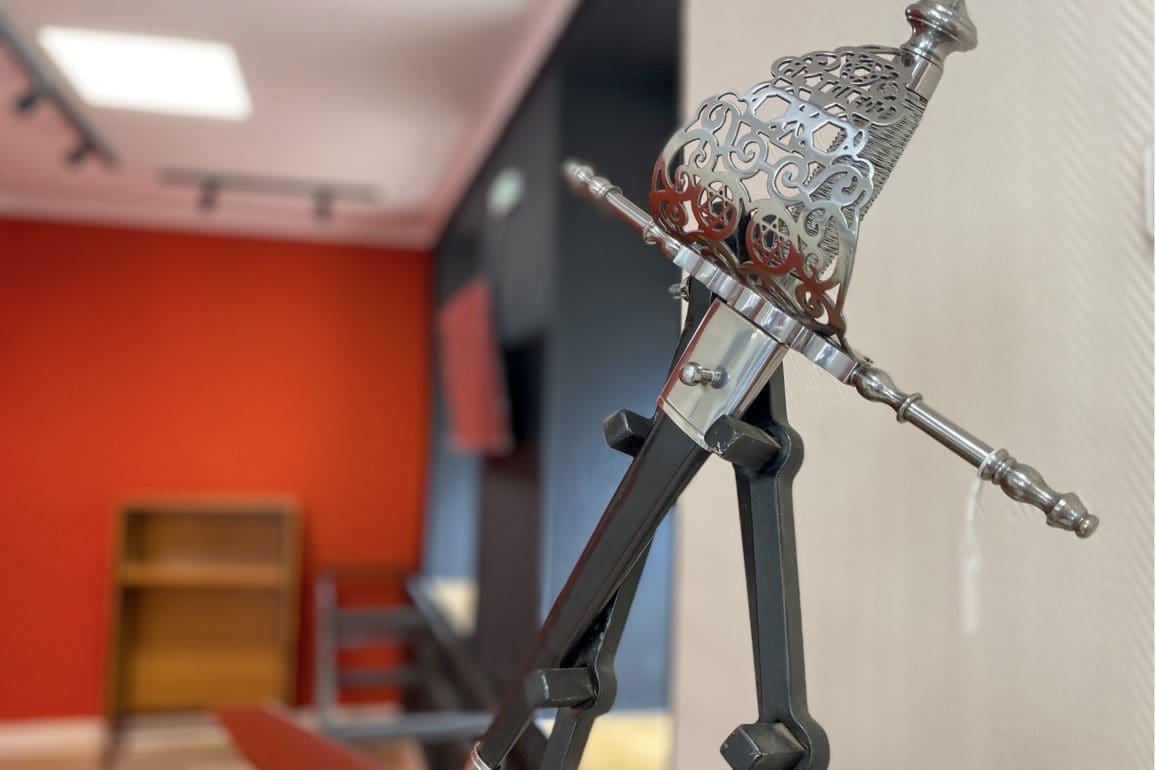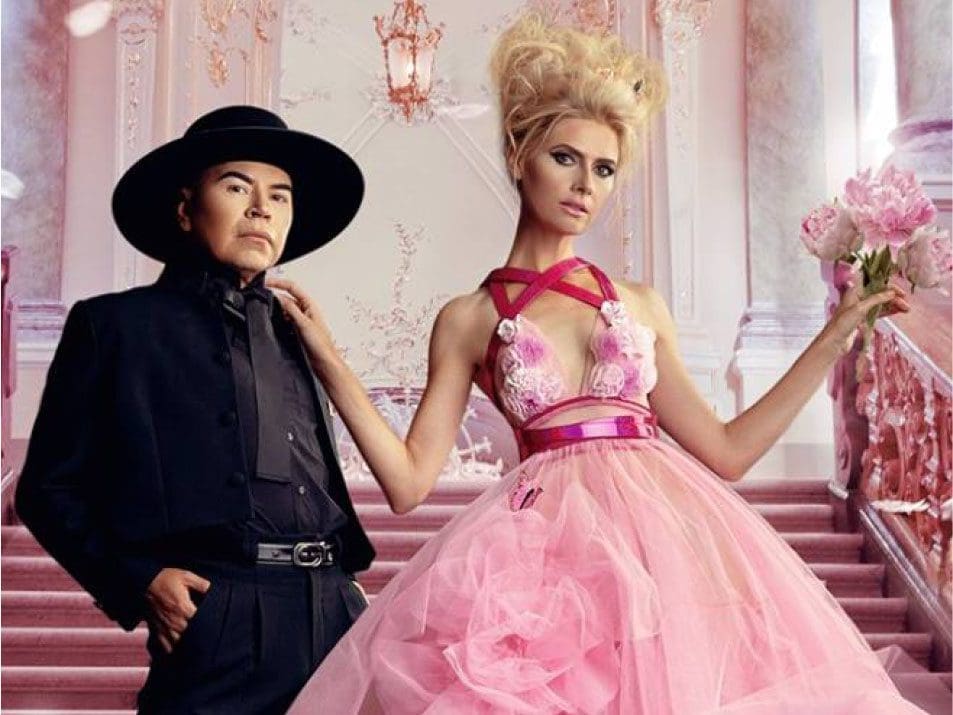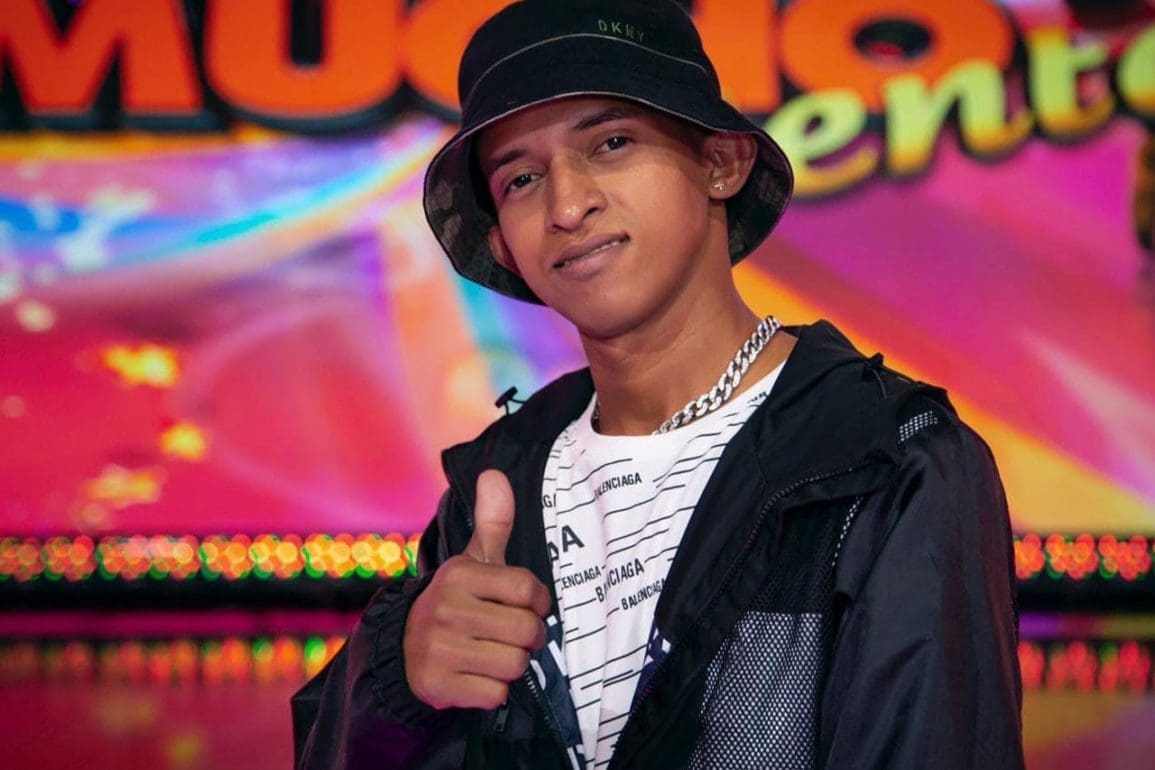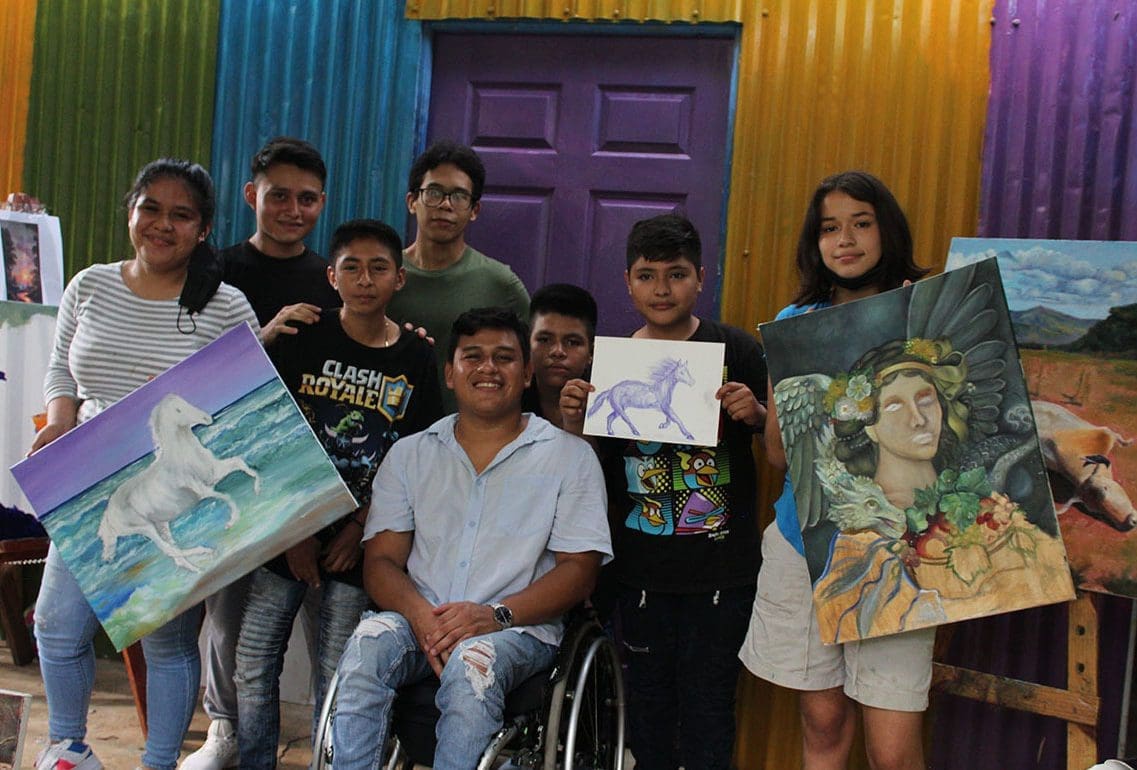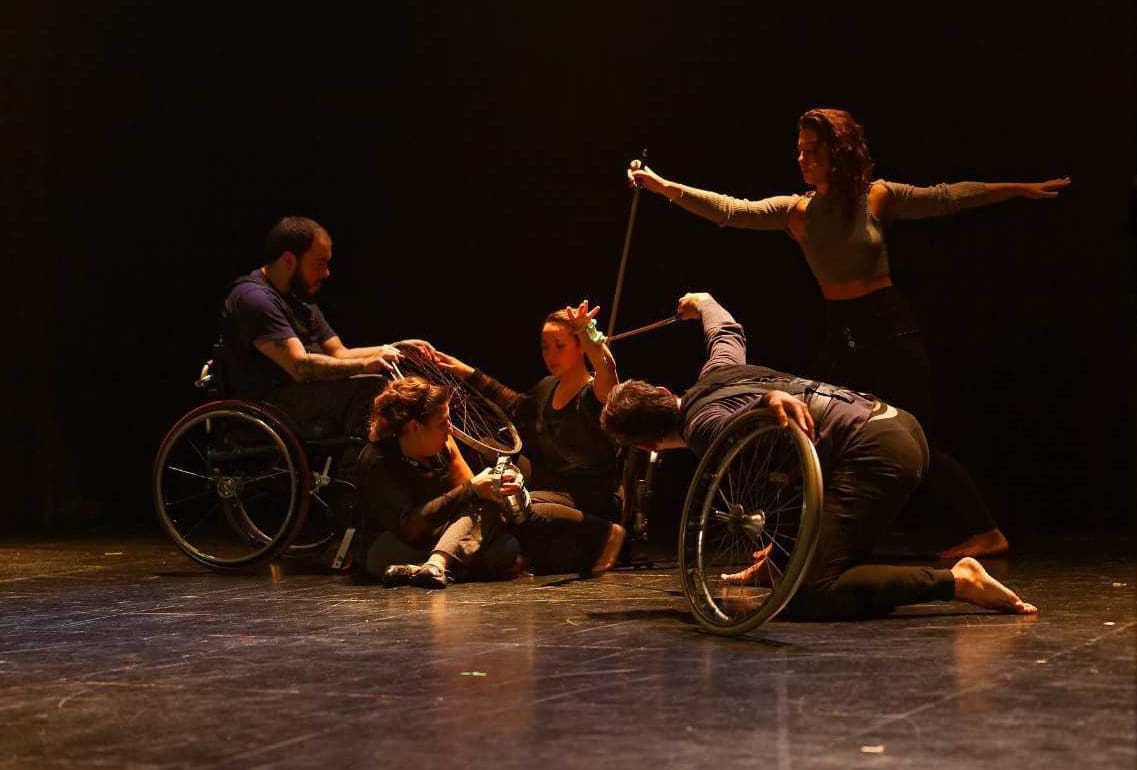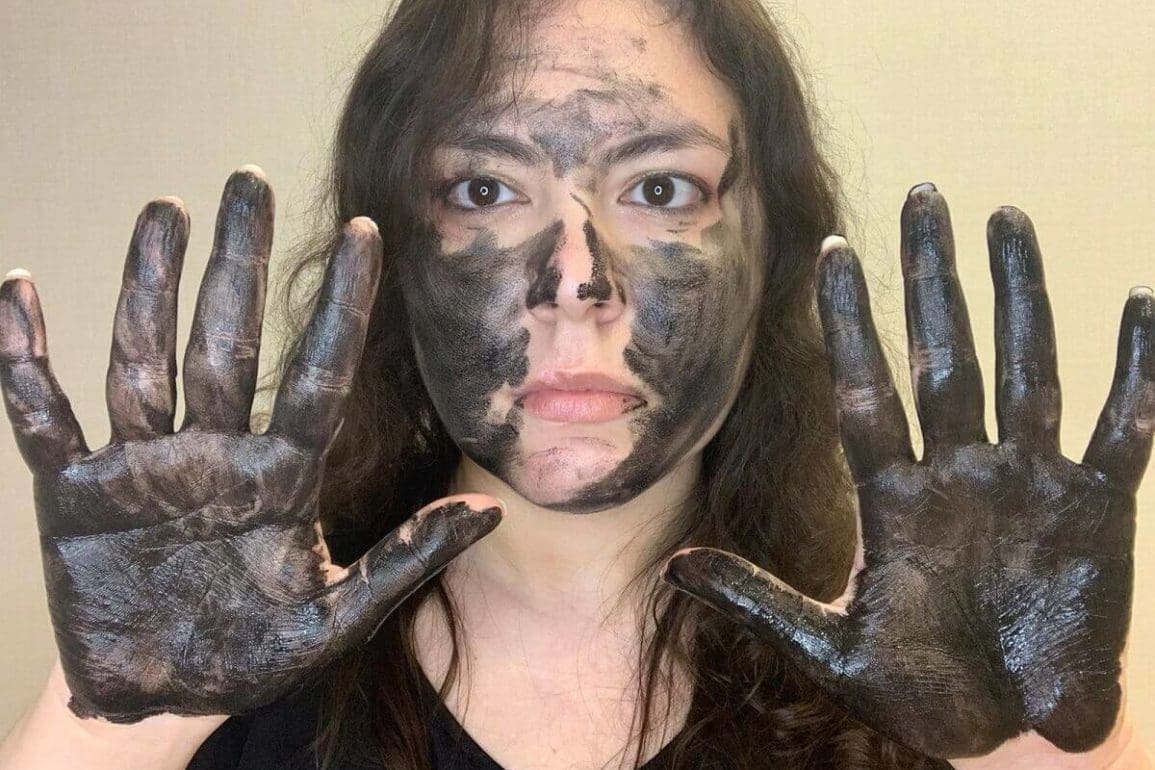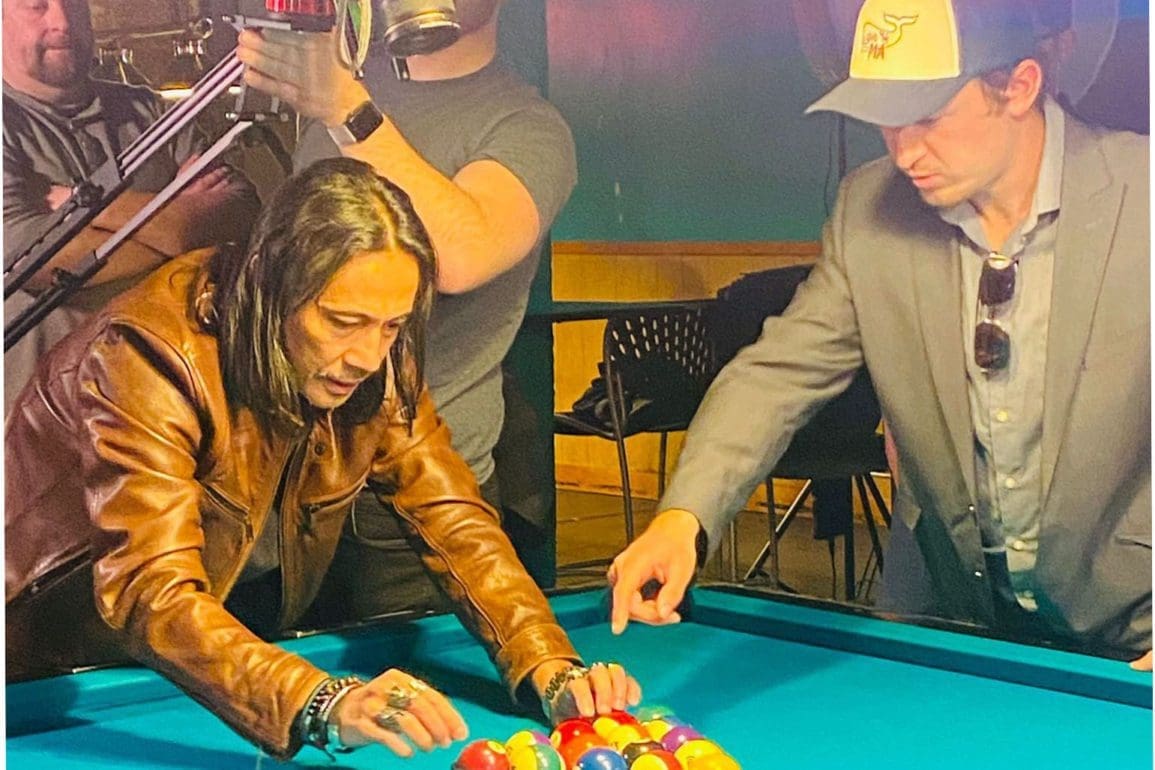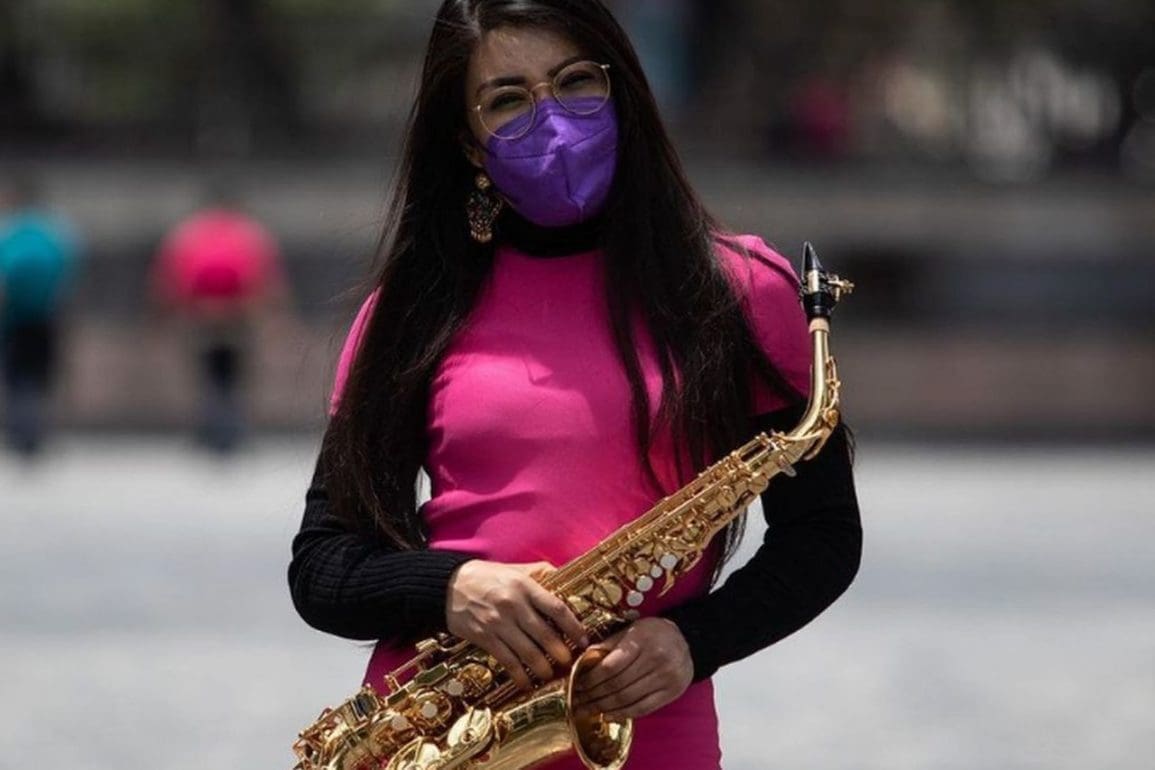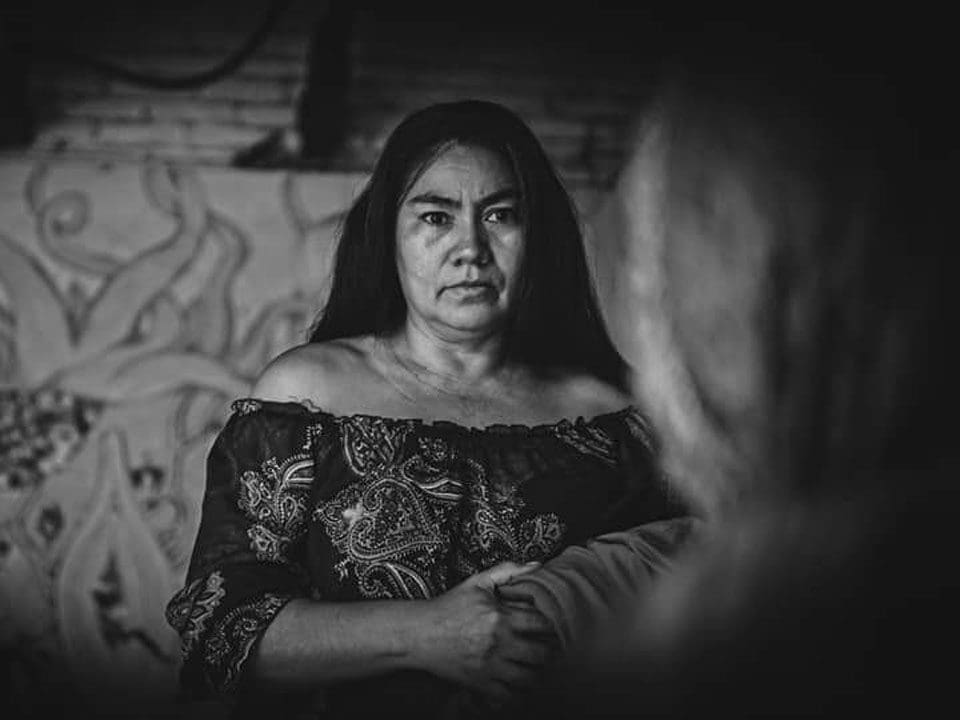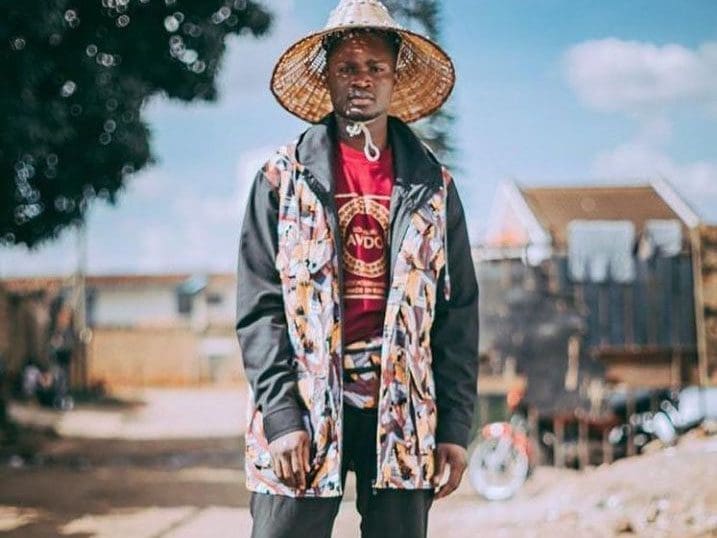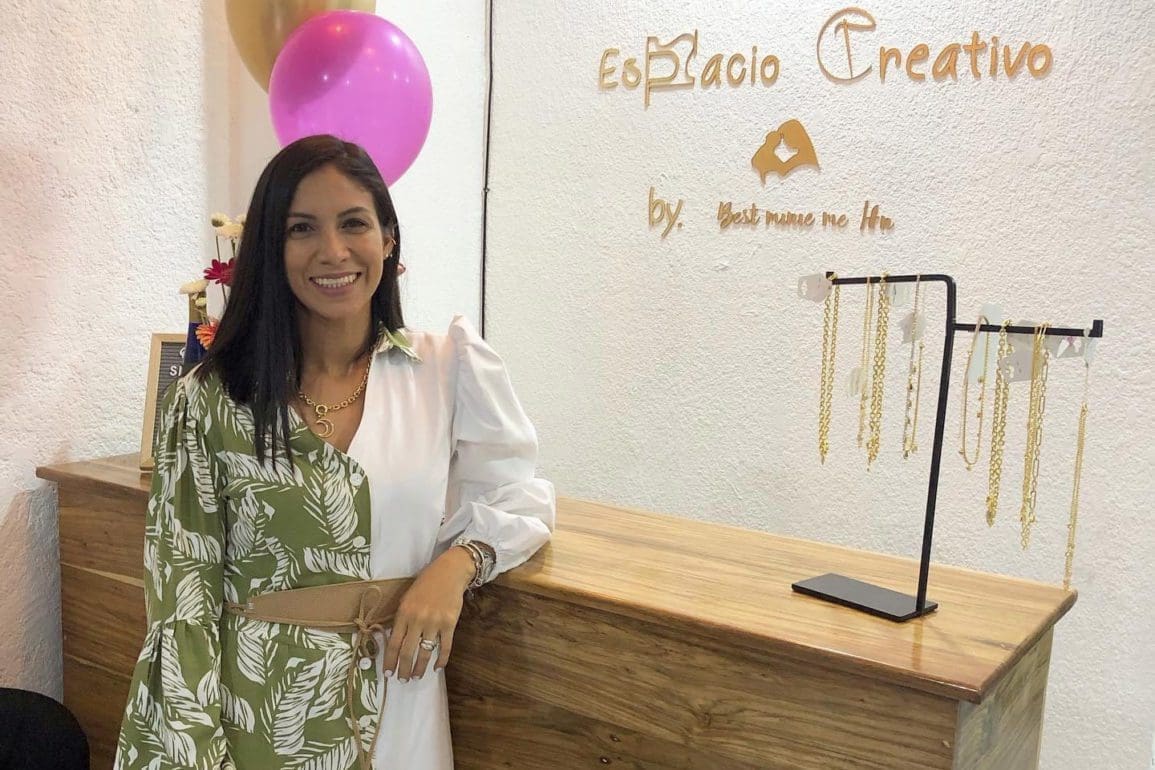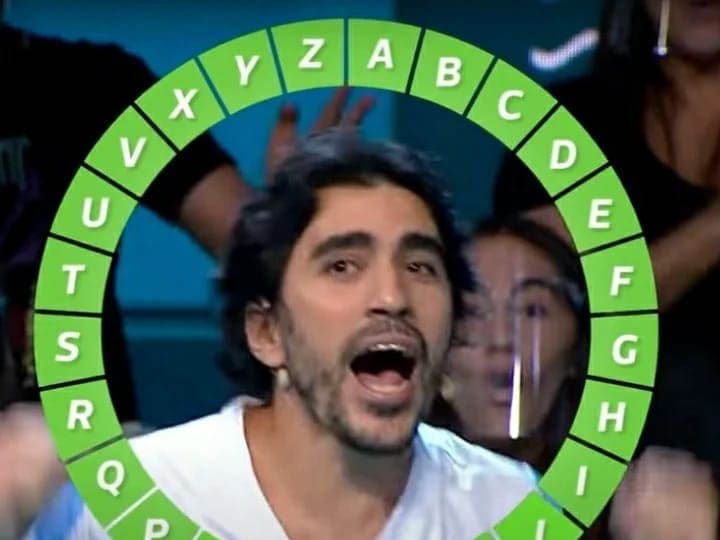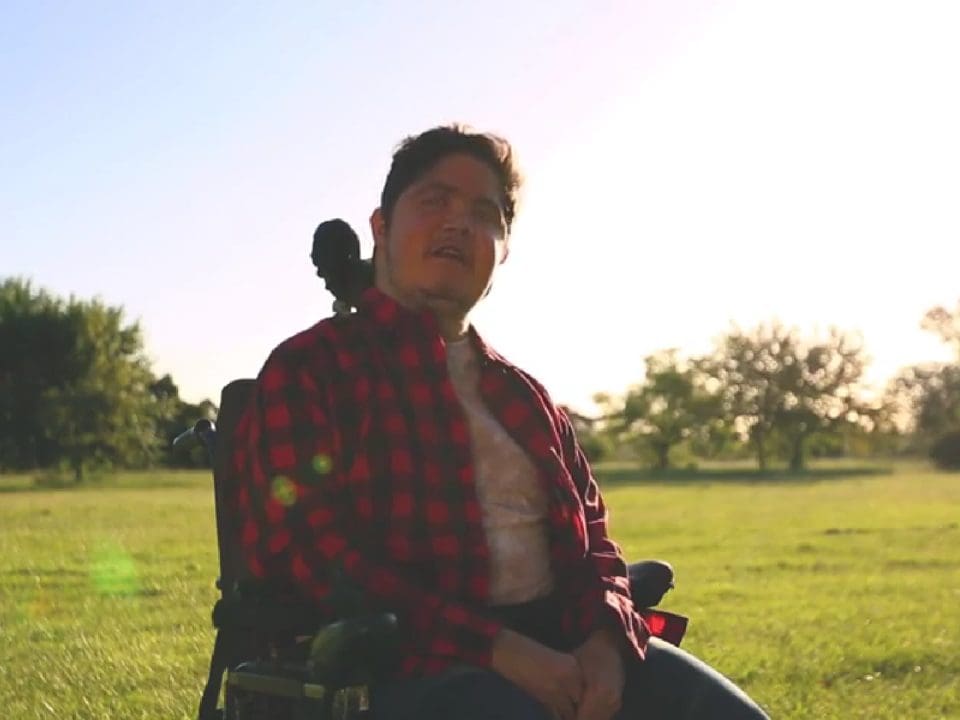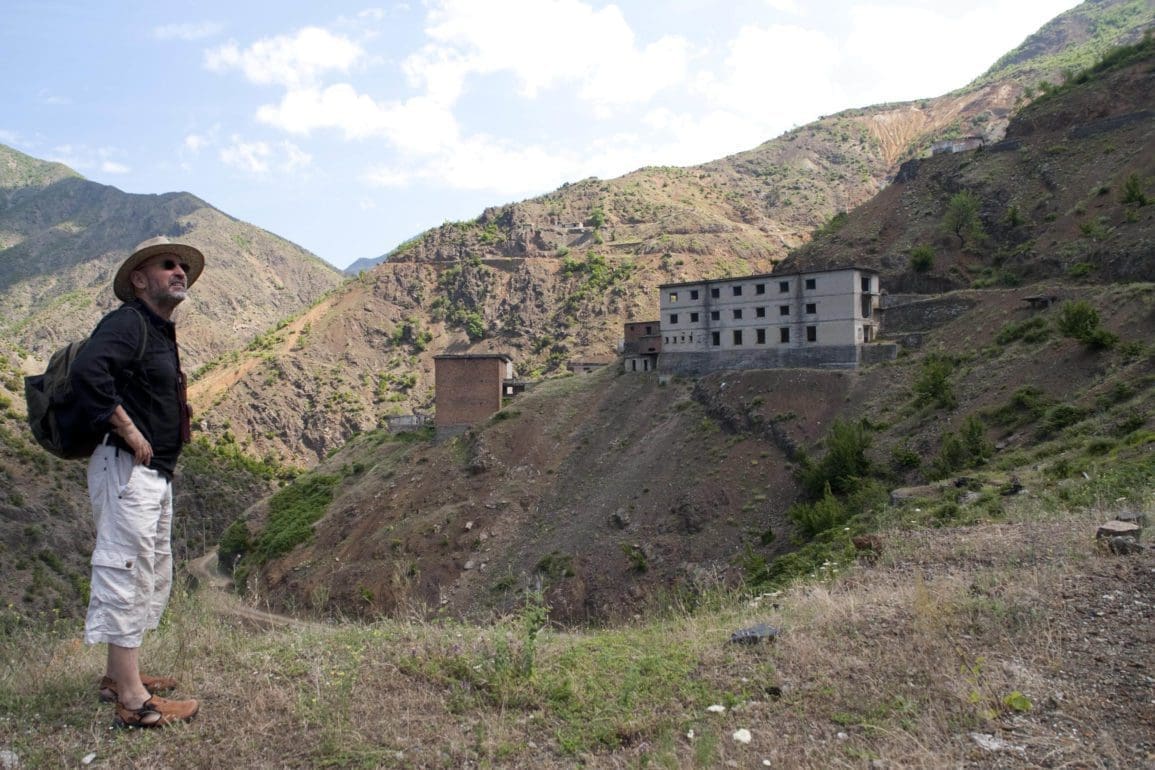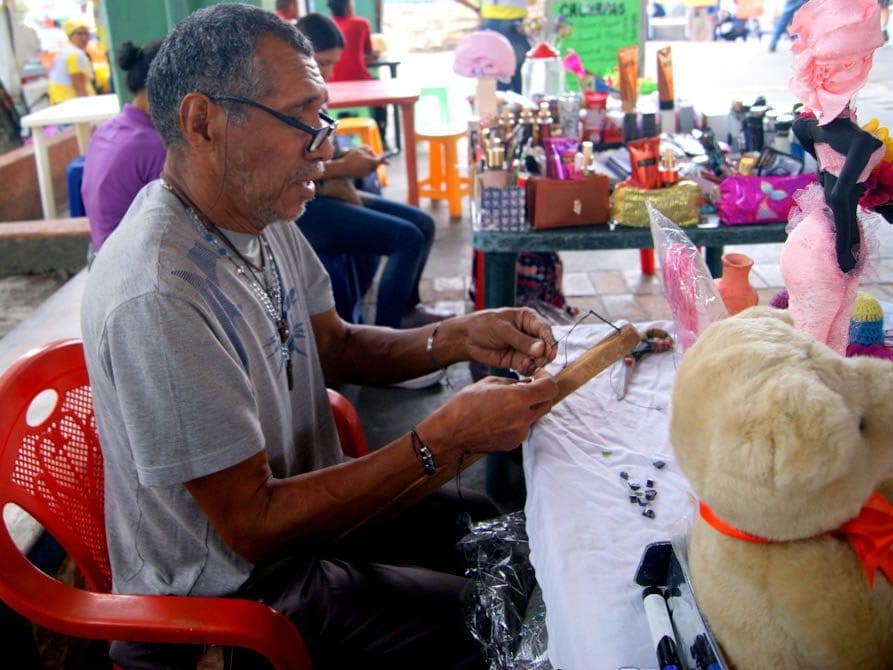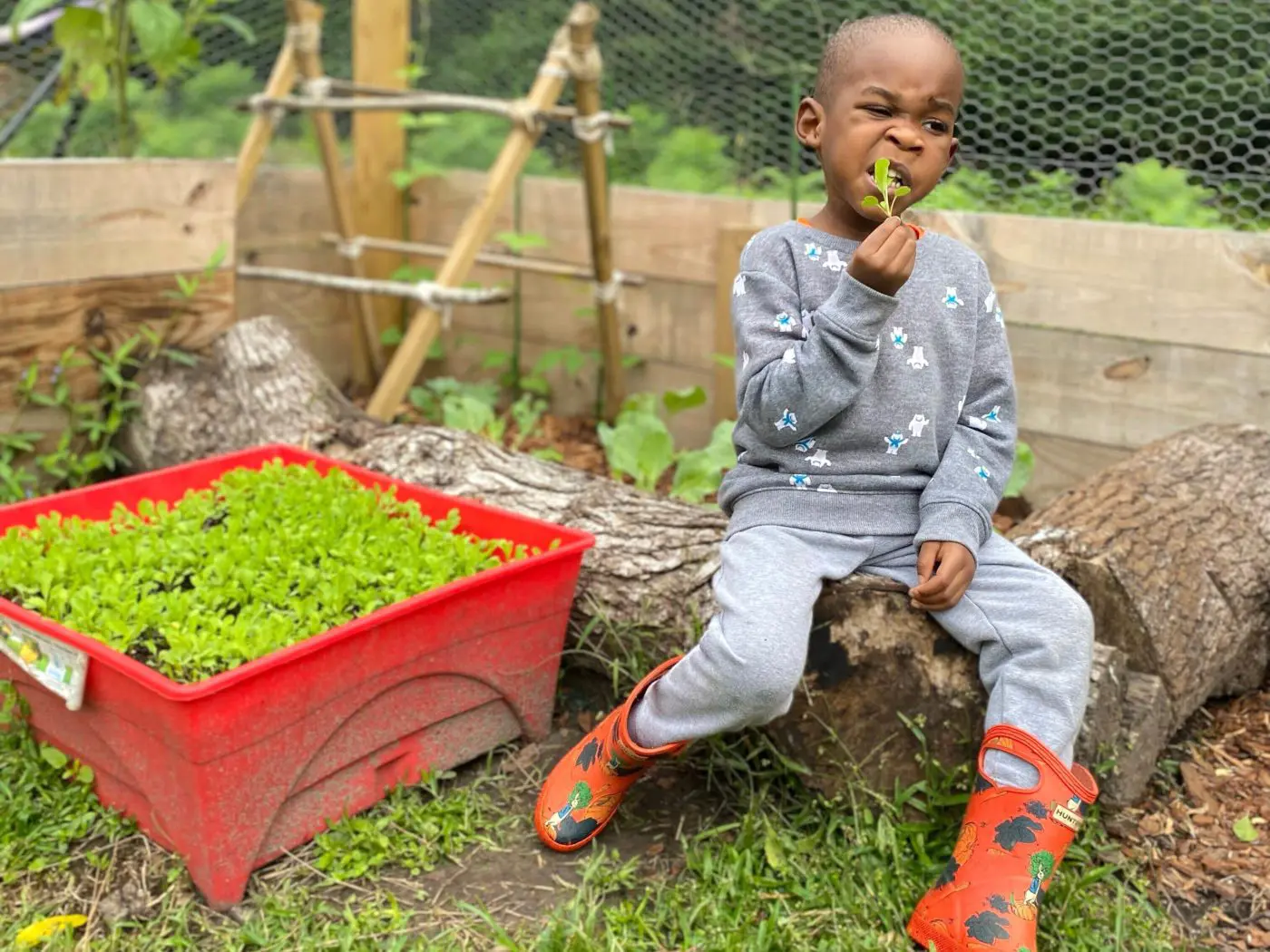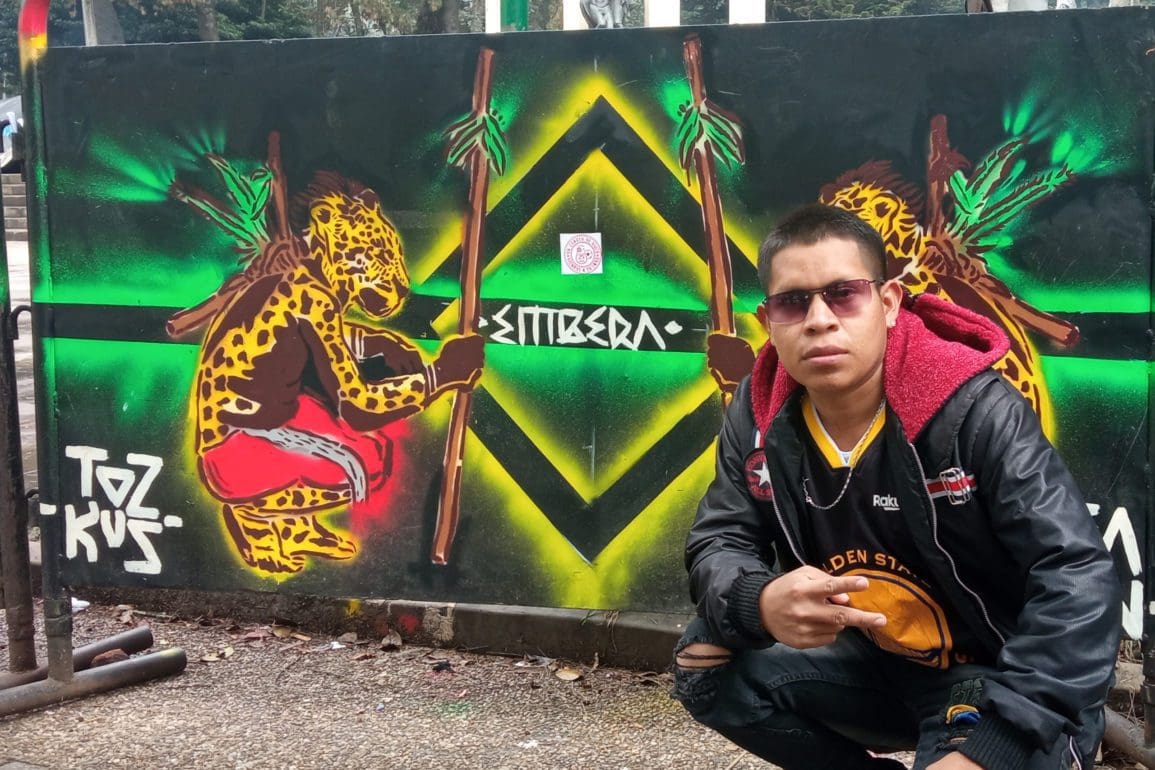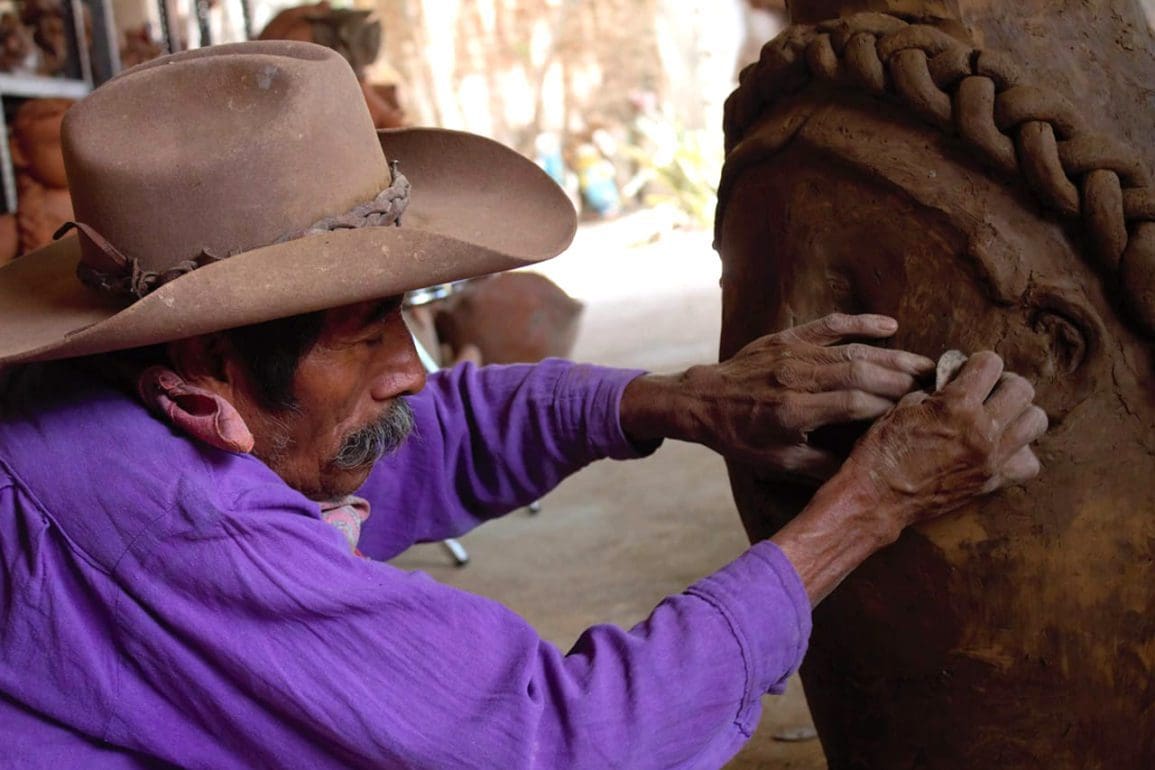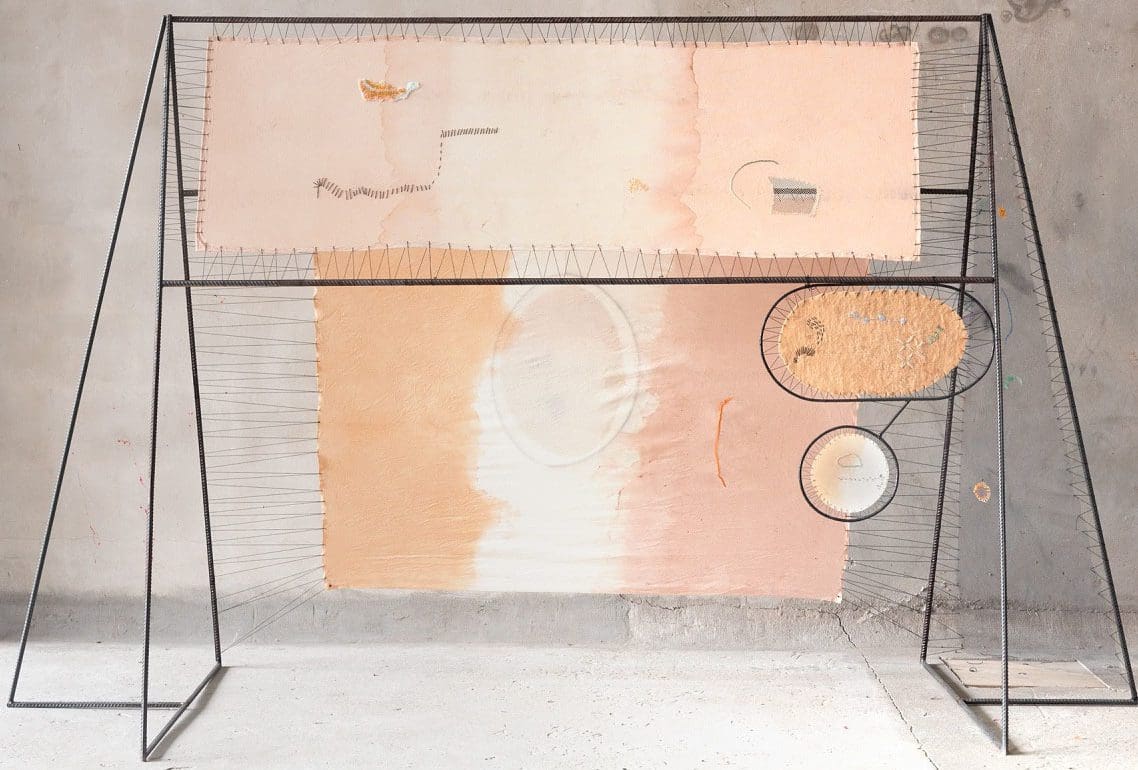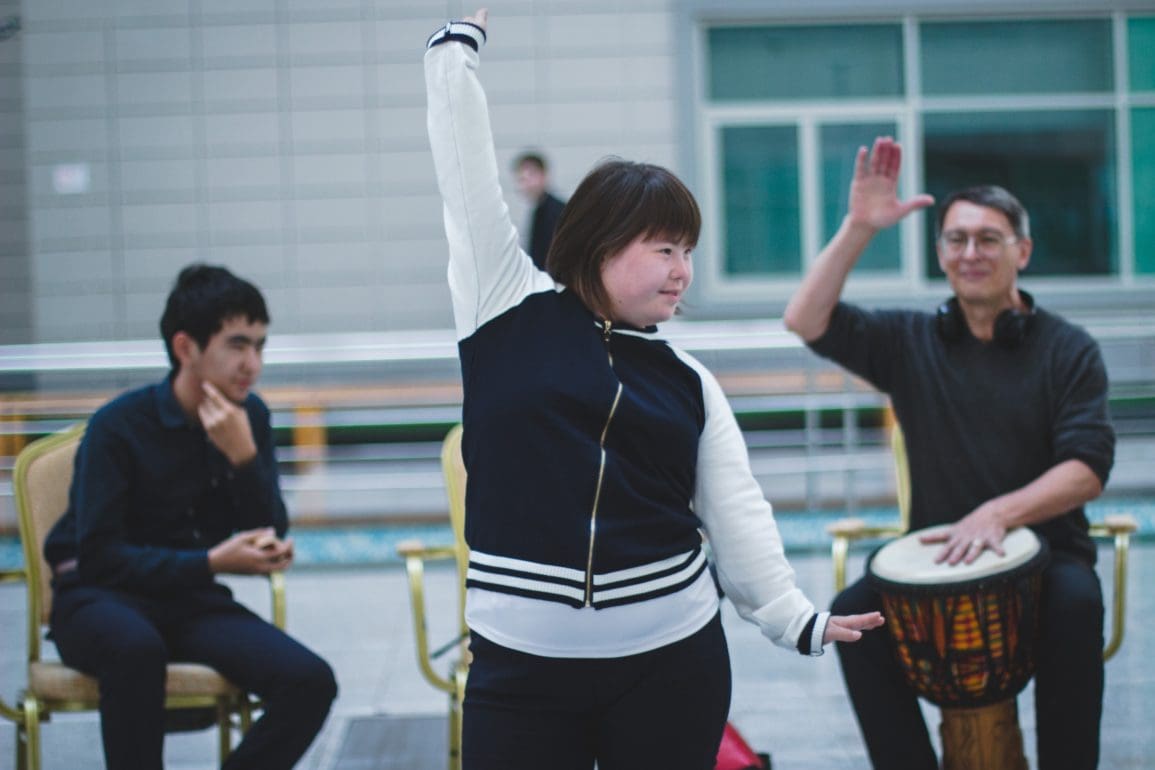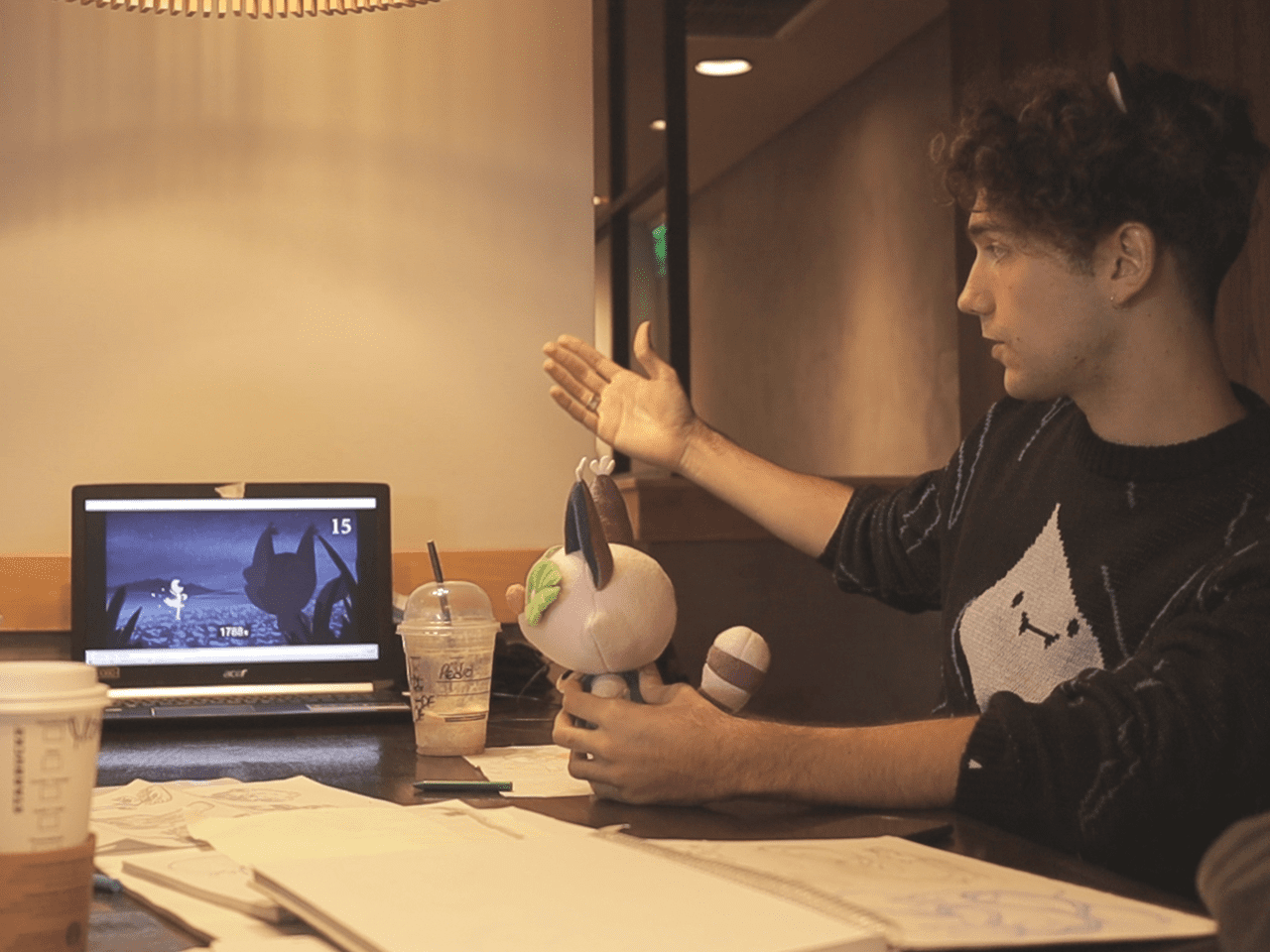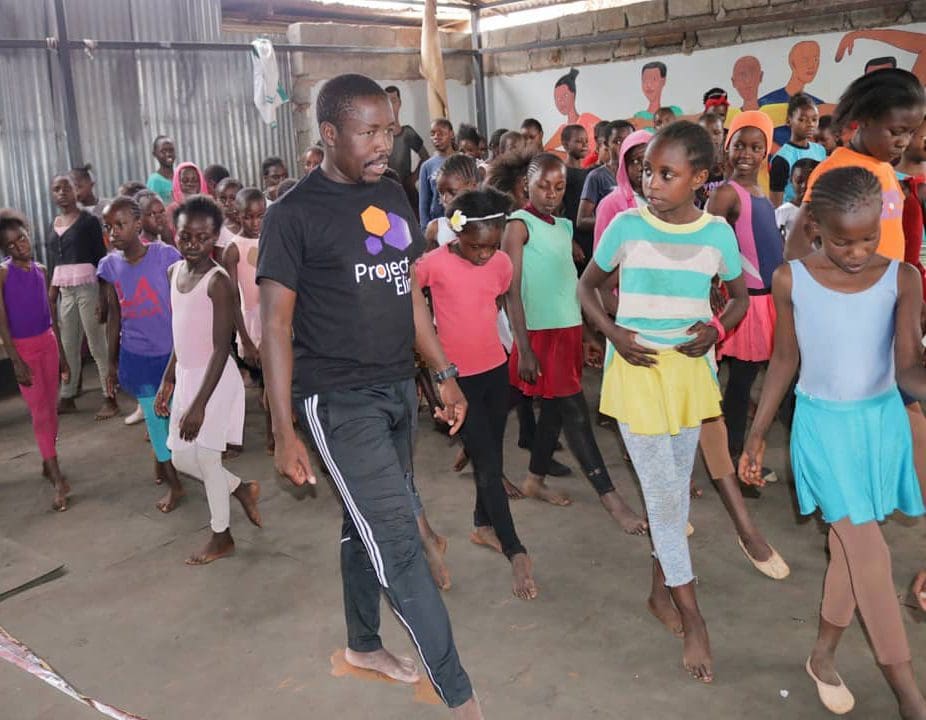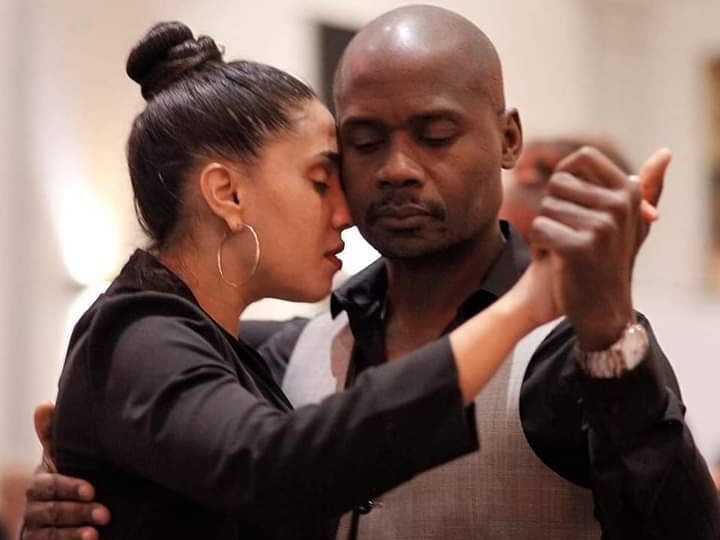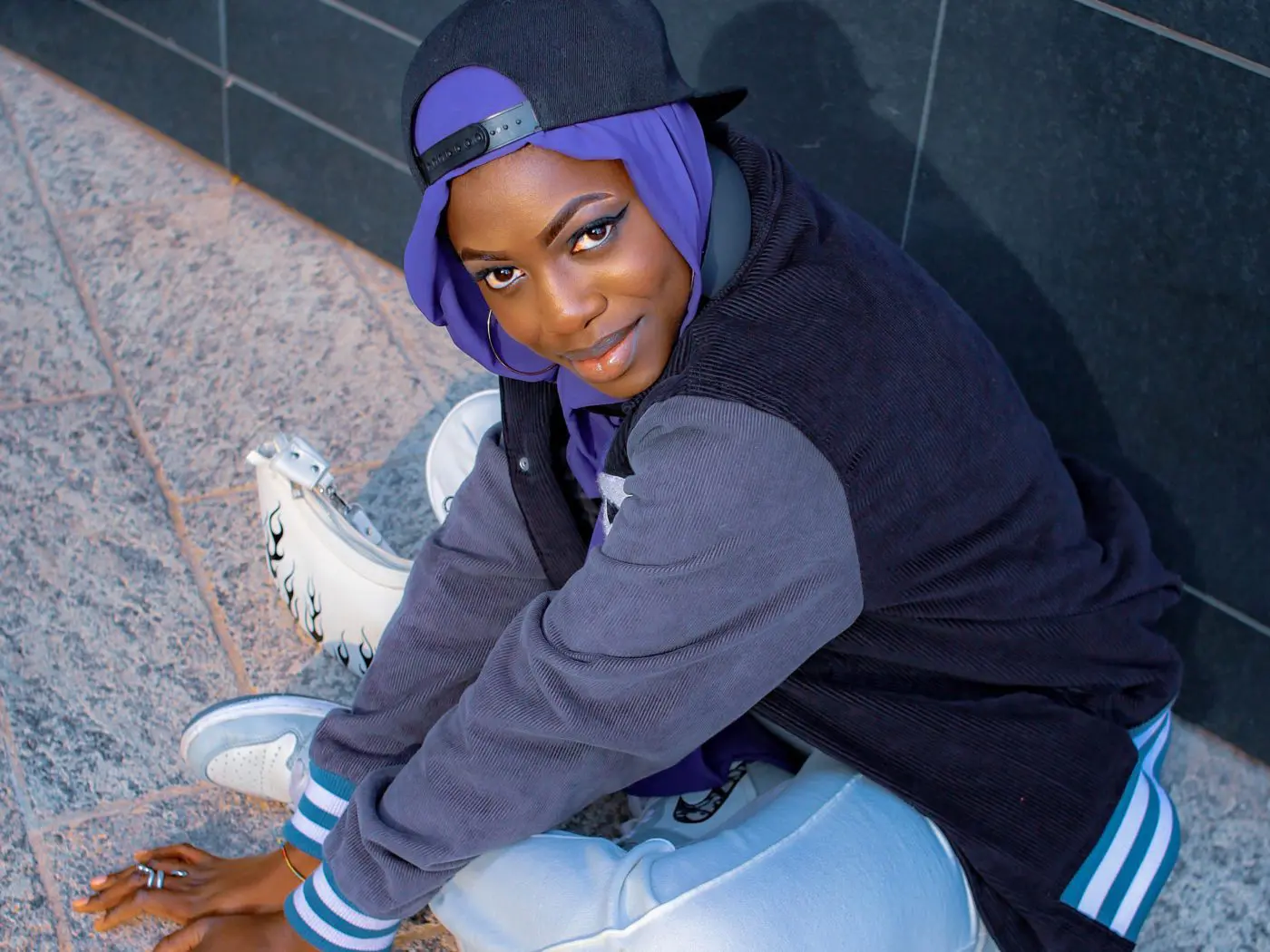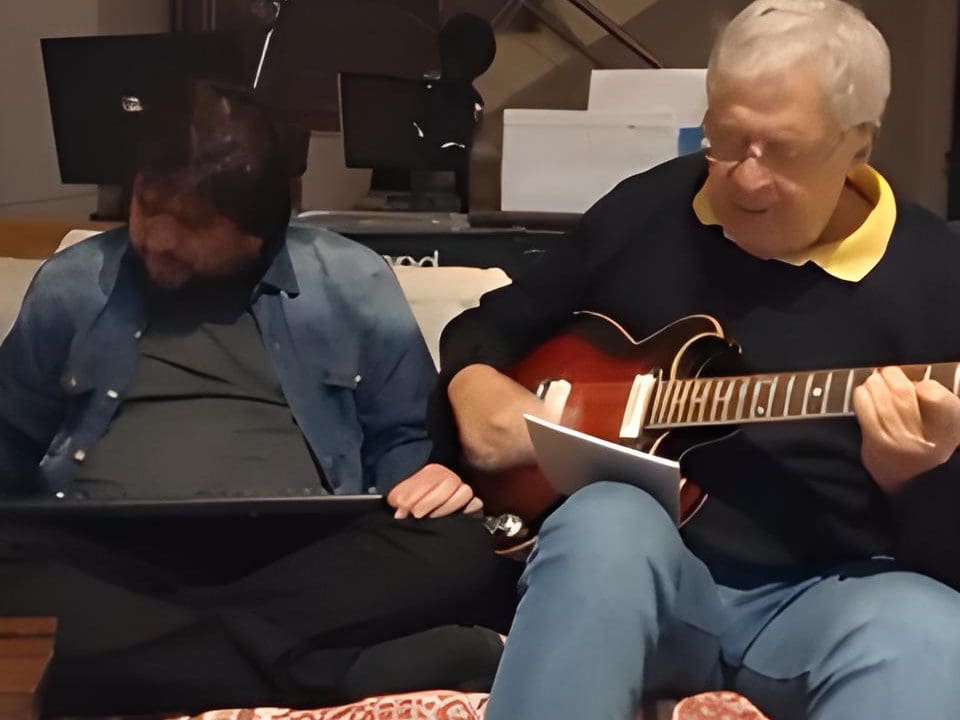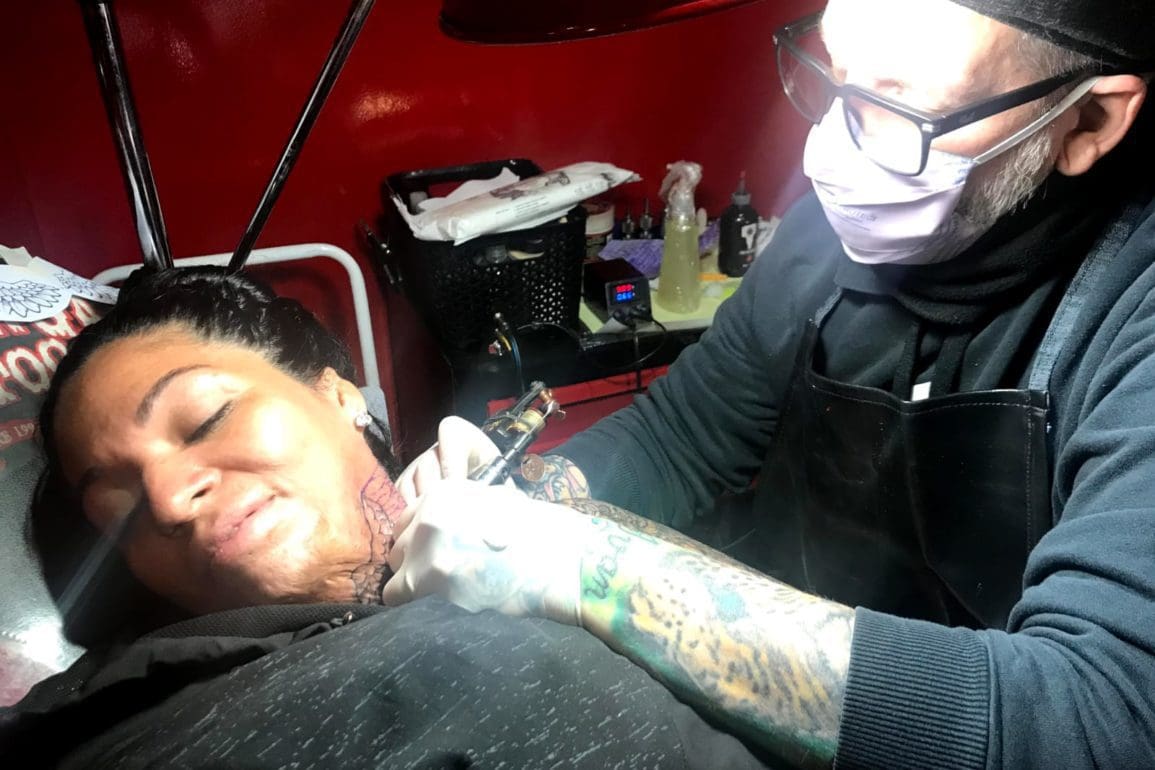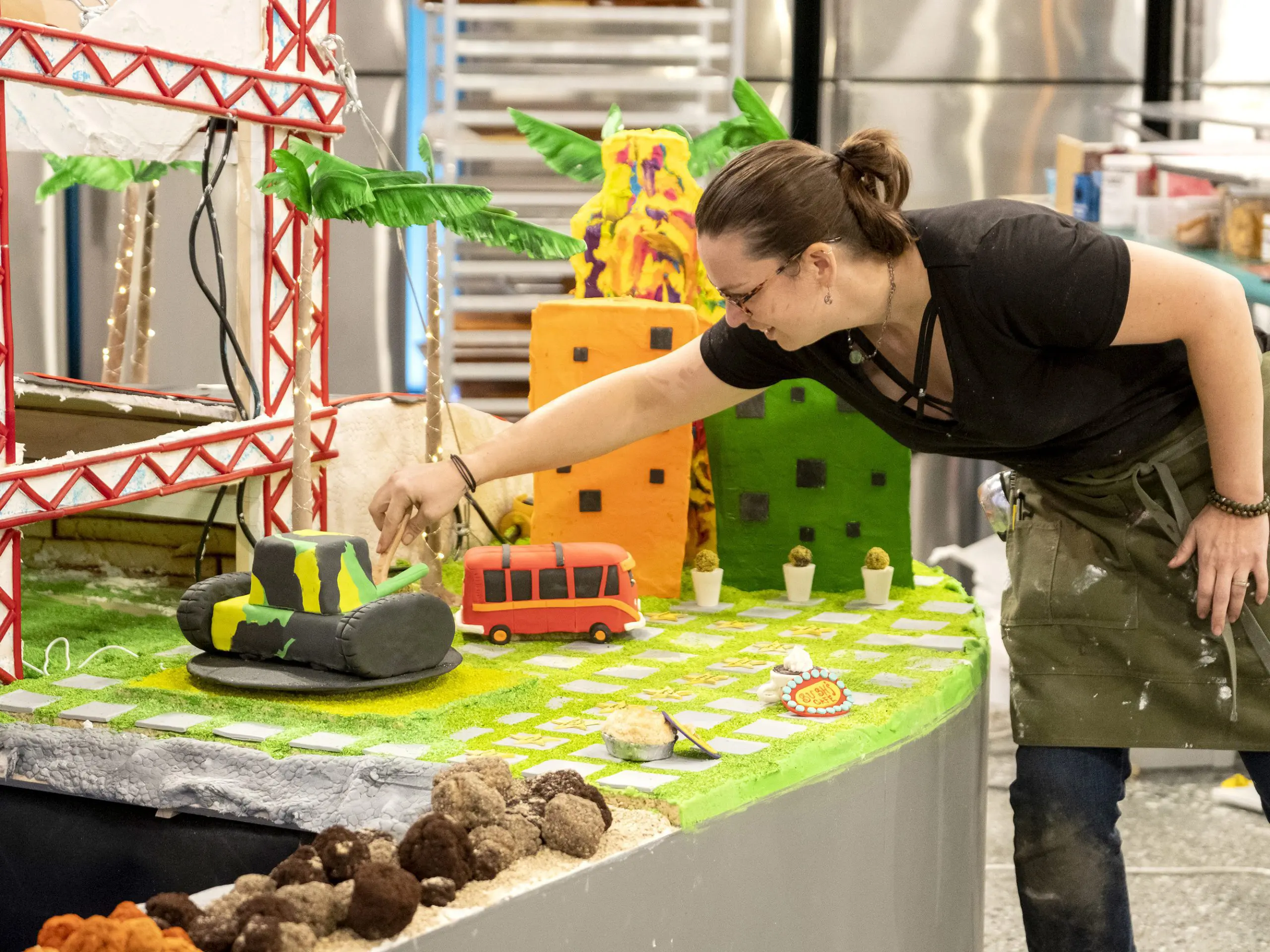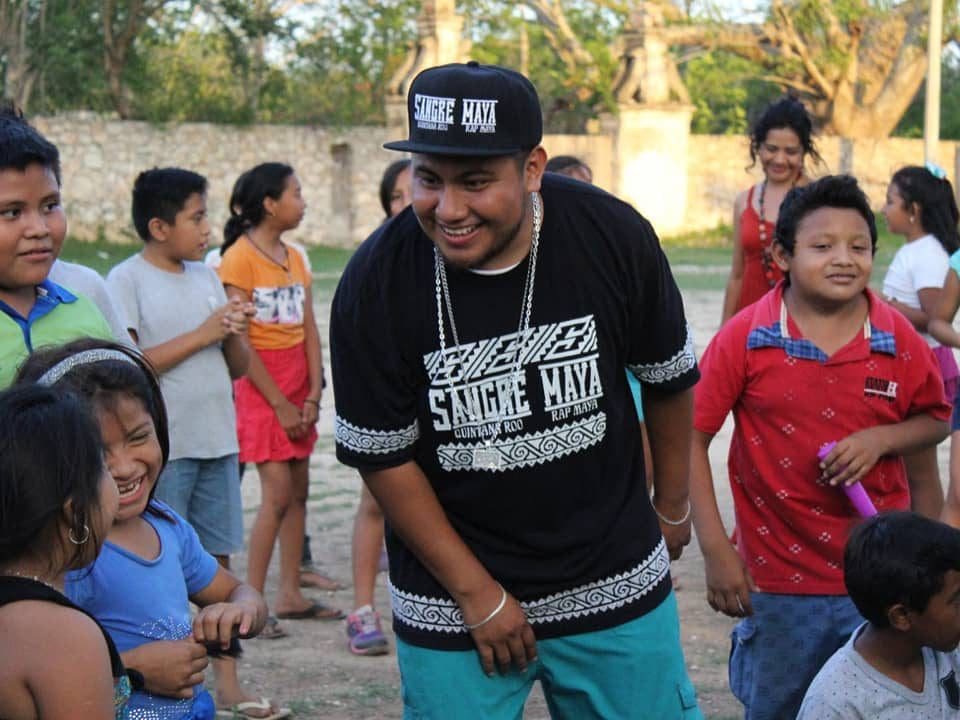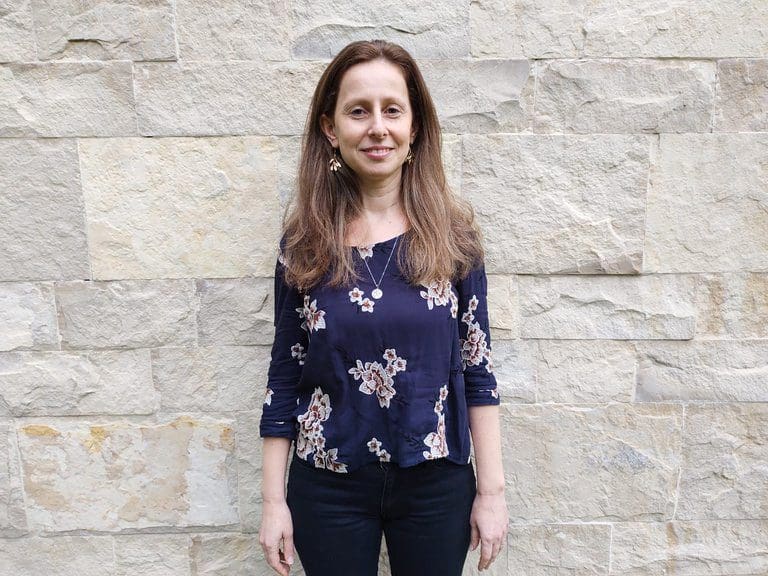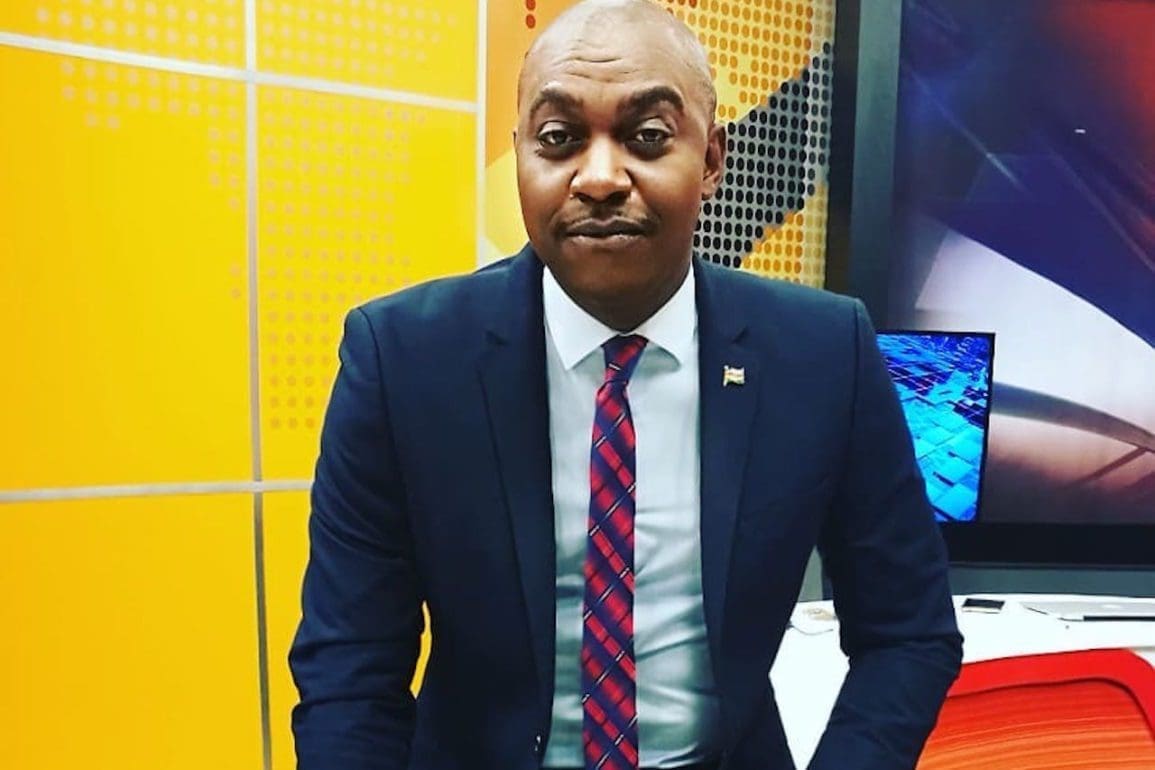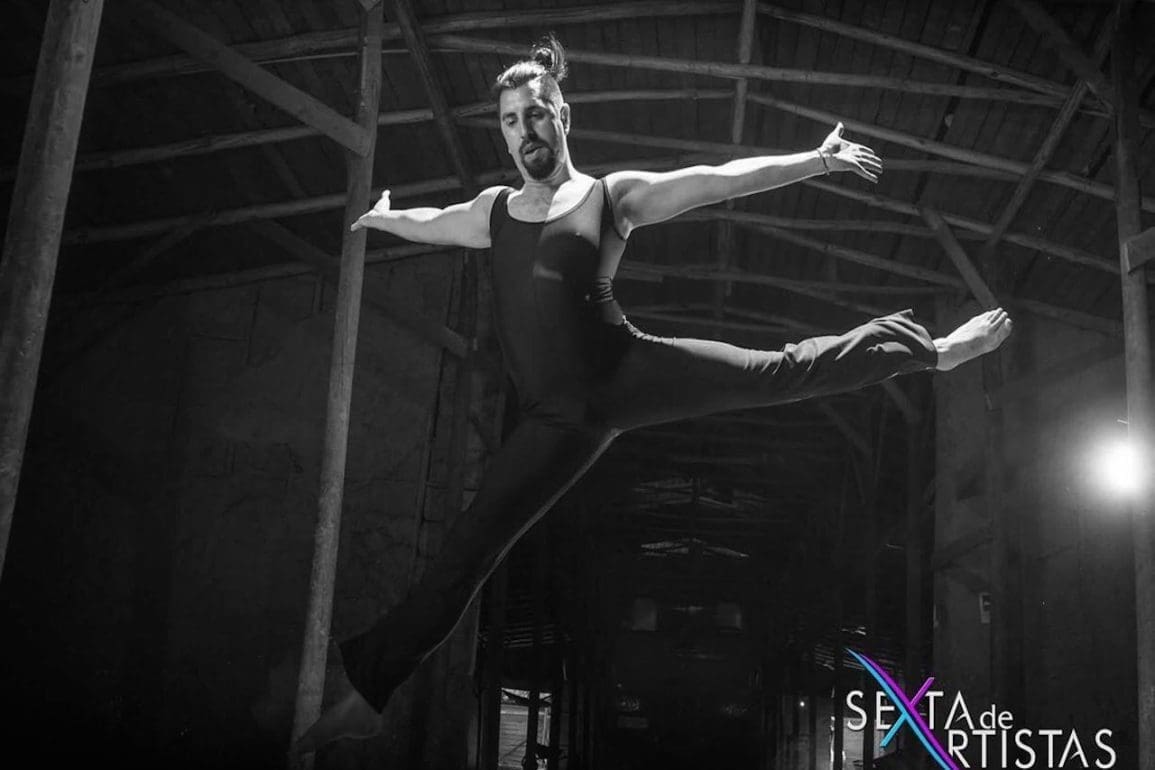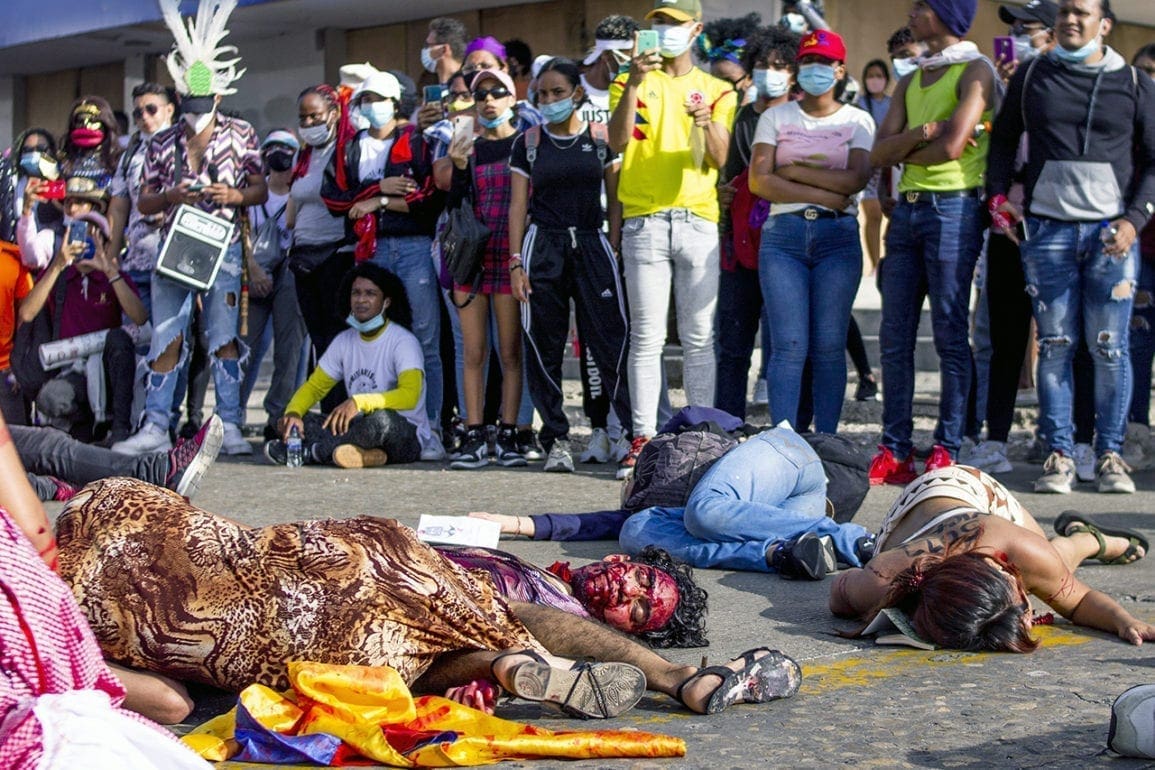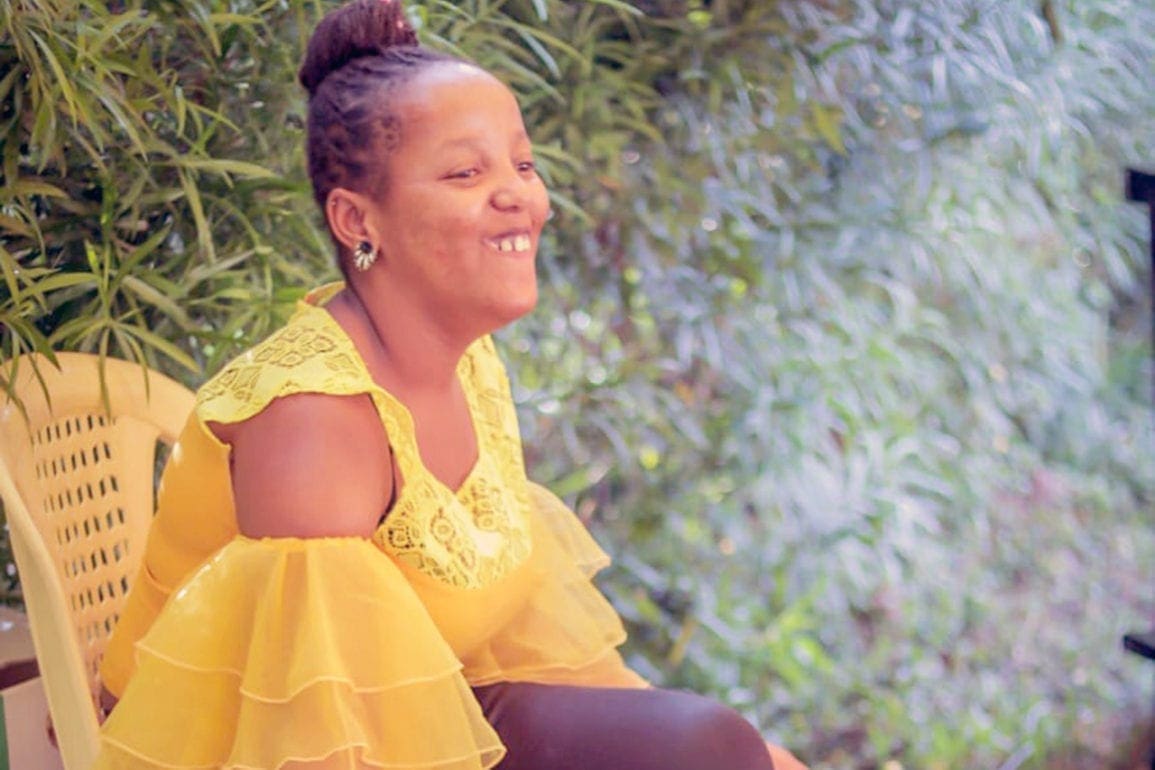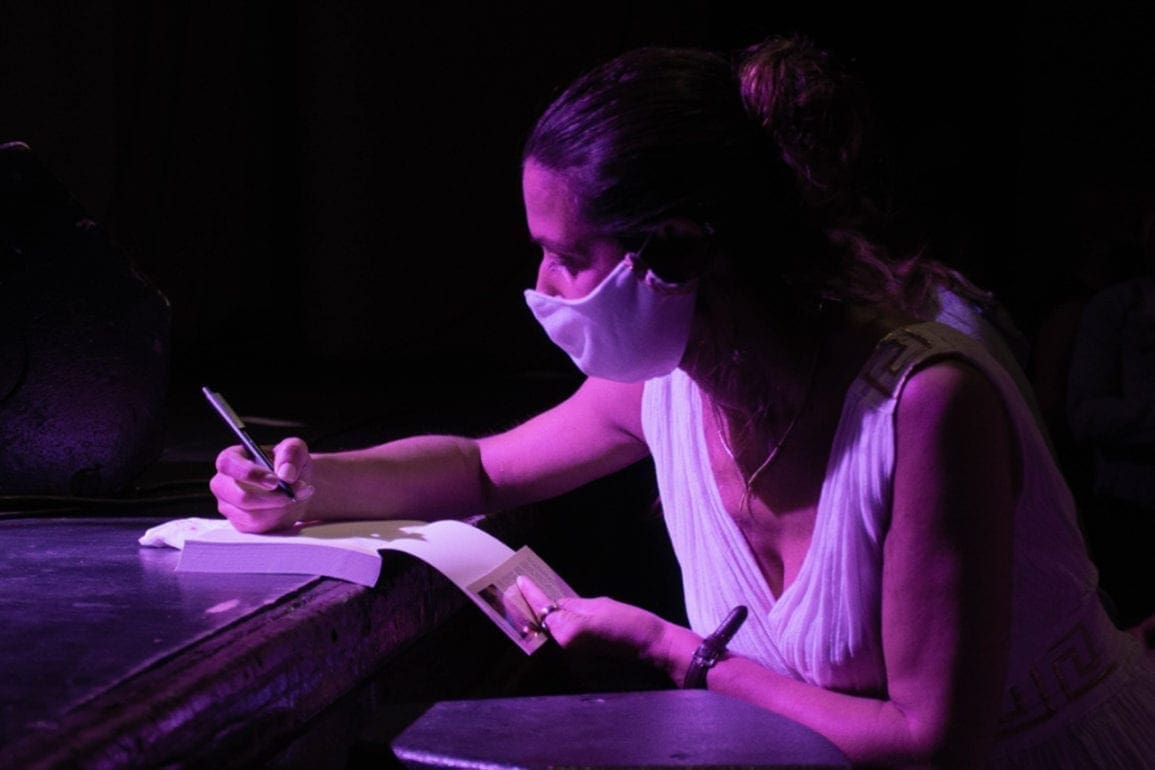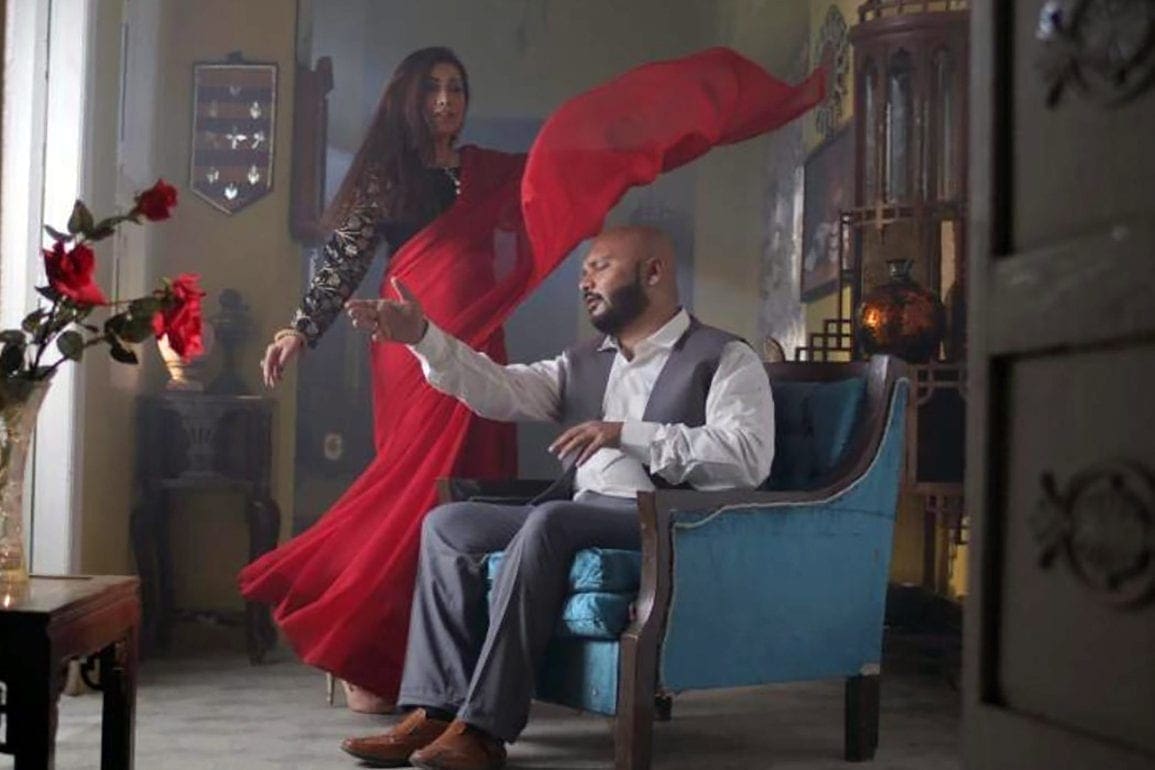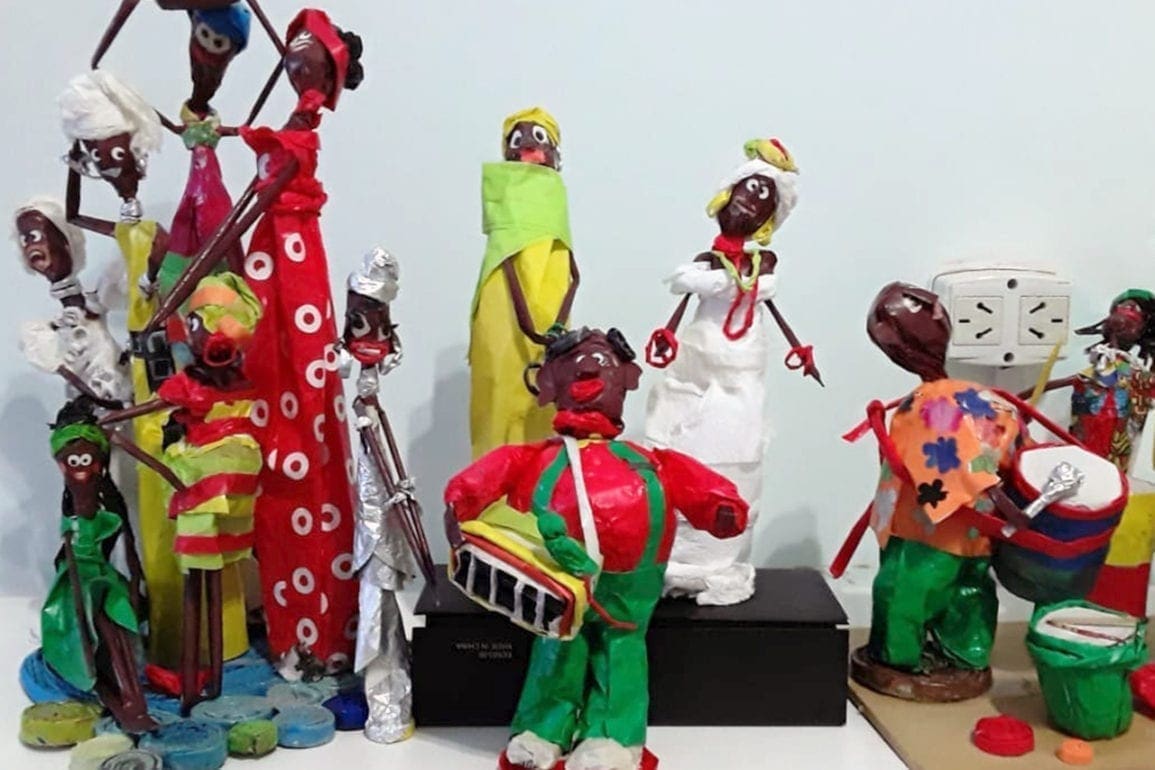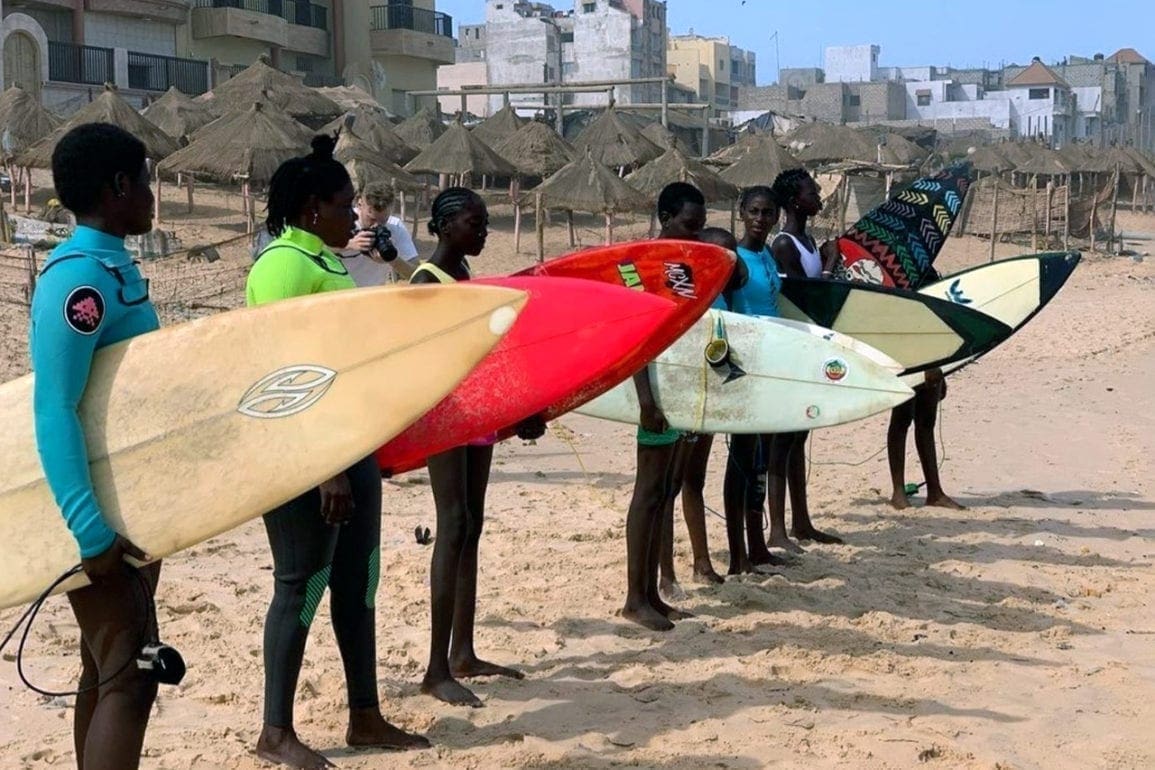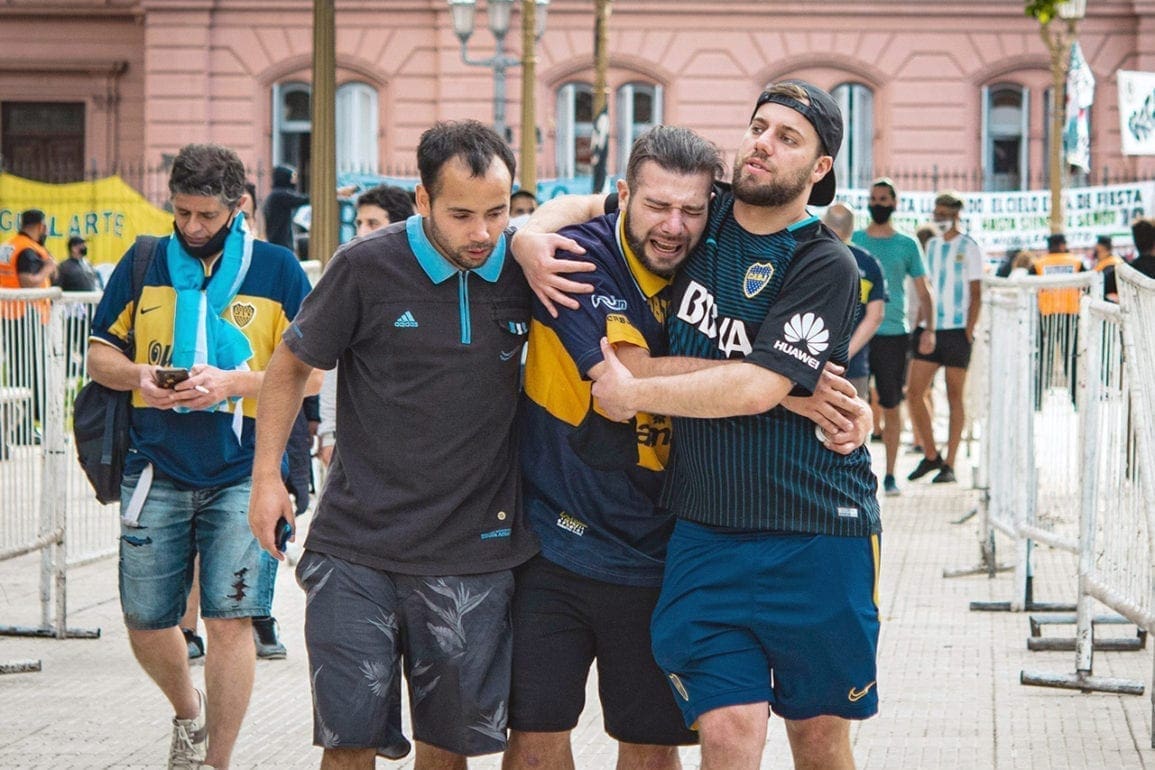Wheelchair tango offers release, expression for Argentinian dancer
When I dance the tango, I connect with my own feelings. Although I represent a character, I am also telling part of my life and exposing something of my own. I reveal something of myself every time I perform. That intimacy transforms me as I dance.
- 3 years ago
December 24, 2021

BUENOS ARES, Argentina—My name is Aixa Di Salvo, and I am 34 years old. I’ve used a wheelchair since I was in a car accident at the age of 12 and lost the capacity to walk. However, that did not stop me from fulfilling my dream of being a tango dancer.
Tango infuses my childhood memories
When I was born, art flourished in every corner of my home. My father committed his time and energy to our heritage and folklore; he met up with other musicians to sing, play the guitar, laugh, and enjoy the culture. When I remember my childhood home, I hear my grandparents whistling a tango in the kitchen. Sometimes, they sang it while listening to it on the radio. The music constantly permeated the air.
At that time, I did not pay much attention. It wasn’t until my adolescence that tango began to take on another meaning; something about the music invited me to express my emotions through dance. I remember staying up till the early hours of the morning, listening with headphones on to not disturb the others.
The first time I appeared on stage to dance the tango in my wheelchair, it was like a dream. It was pure emotion; I reconnected with that girl I used to be, who dreamed of being a dancer. That day, I confirmed in my soul that dancing was the best decision of my life.
Today, as a woman, I still hold that first experience close. I remember that first feeling of flying that dancing generated in me, and the emotions of my parents and my grandmother, who came to see me and unconditionally supported me from the beginning.
My wheelchair represents freedom, but limits remain
I have been a wheelchair user for 21 years. I don’t see it as an obstacle, quite the contrary—the chair represents great possibility, both in everyday life and in dancing.
My wheelchair enriches my dancing. It has an imposing presence that generates endless questions, emotions, and sensations in the viewer. Being a wheelchair user gives my dancing additional impact that allows me to communicate a message to society, which has a meaning beyond my desire to dance. It has to do with the understanding of bodies.
There have always been stereotypes of what kind of body can get on stage and dance. Thankfully, for some time now, the world of dance is opening up and showcasing different, more diverse bodies. This communicates that we can all dance and we can all train as artists if that is our desire.
It is also true that the conditions must be in place for that to happen. In my case, the obstacles had more to do with the lack of accessibility, because not all stages, training spaces and dressing rooms are inclusive for artists with functional diversity.
In one case, people made excuses, saying a particular rehearsal room was off limits for people in wheelchairs because the floor could get damaged. To that I say, in my 21 years of rolling, I have never damaged the flooring of my house.
Bathrooms can present another obstacle. Generally, in the bathrooms of cultural centers or theaters, designers assume that a person with a disability is going to see a show, but not to be part of it. Therefore, there are often no accessible washrooms backstage where the dressing rooms are.
Growing as a person and a tango dancer
Tango has helped my life blossom. It means much more than mastering a dance.
I was always shy growing up; I didn’t speak often, had few friends and felt uncomfortable in a group, preferring to be behind the scenes. However, I’ve always felt that there are things within myself, just waiting to be released.
Tango has been crucial in that journey of self-expression, not only artistically but also for my entire being. It has transformed my attitude toward life and helped me embrace a louder version of myself.
Some people still think that someone in a wheelchair could not possibly dance. Most are amazed watching us, and that is why exposure is crucial. Despite the stereotypes of the type of person who can be a performance artist, dance and other performance arts hold infinite possibilities.
For example, limitations are obvious within my body—I can’t walk. However, I can move a leg with the help of other parts of my body. When I dance, my whole body is available to help me move those other parts of my body that cannot move on their own.
Connecting with my partner, myself and my emotions
They say it takes two to tango, and the bond I share with my dance partner, Matías, is beautiful. He is part of me. We share moments in not just our art, but also life in general; we have conversations and support each other.
Our meeting was a learning moment for both of us, because he had never danced with a dancer in a wheelchair. We complement each other well. At first, we explored and discovered different ways to accomplish the goals of the piece, learning to connect and recognize each other in different situations based merely on a certain look or the connection we share. We met in 2013 and have not stopped trying new things since then.
A dance partner might have a similar energy, but there are times you have to regulate your power a little to avoid hurting each other. Due to my natural shyness, I had to work on mastering communication; it improved after a lot of effort and getting to know each other. Now, communication mostly comes through our movements.
Integrative dance requires substantial awareness from all parties, because not all artists with disabilities have the same type or degree of disability. For an artist with a spinal cord injury, the partners and choreographers must take into account the degree or the height at which the person suffered the injury. You must constantly consider balance, strength, and range of motion to avoid further damage or falling out of the chair.
When I dance the tango, I connect with my own feelings. Although I represent a character, I am also telling part of my life and exposing something of my own. I reveal something of myself every time I perform, and that intimacy transforms me as I dance.

